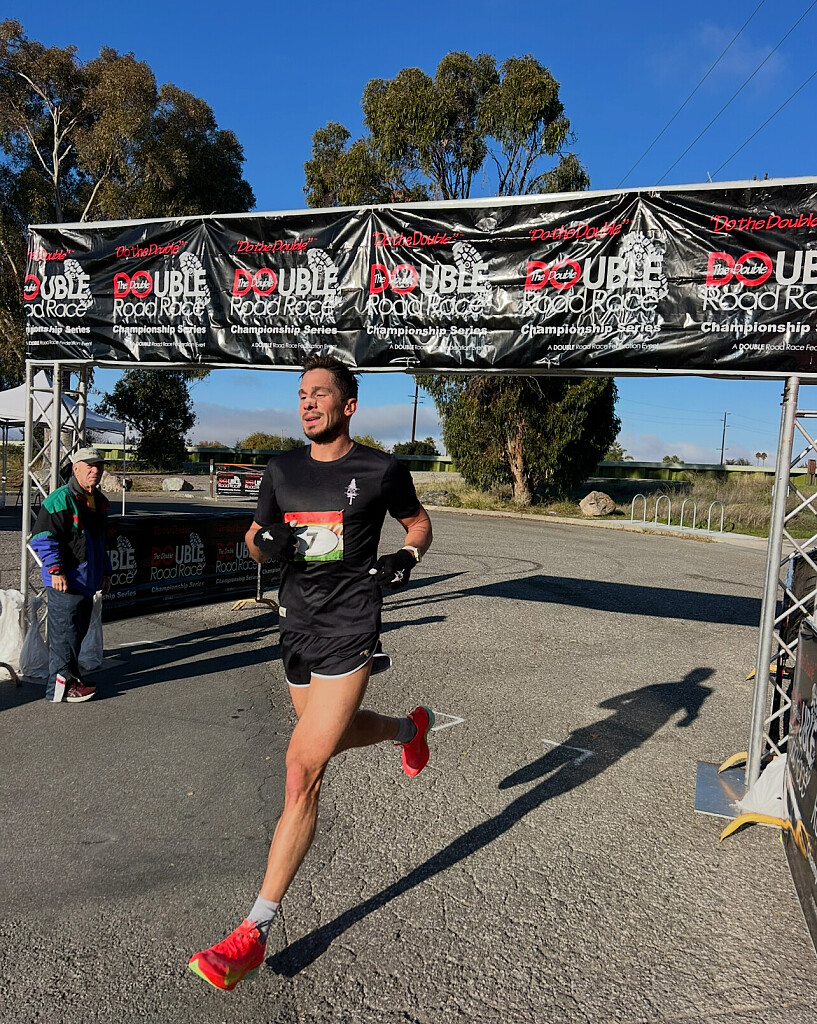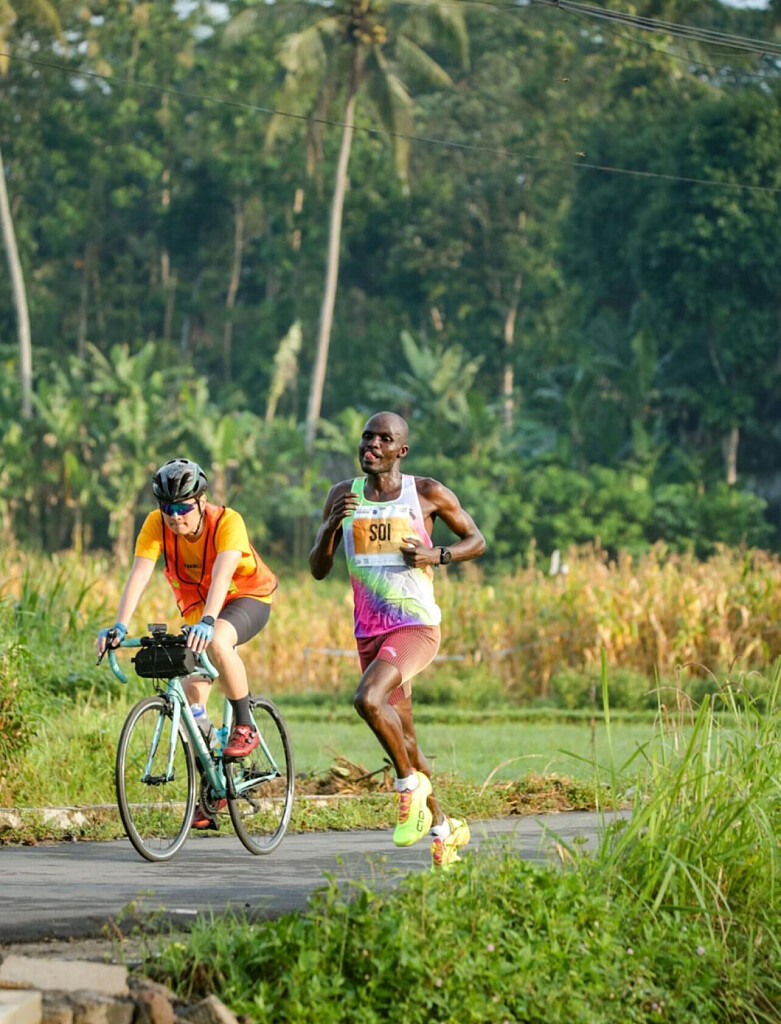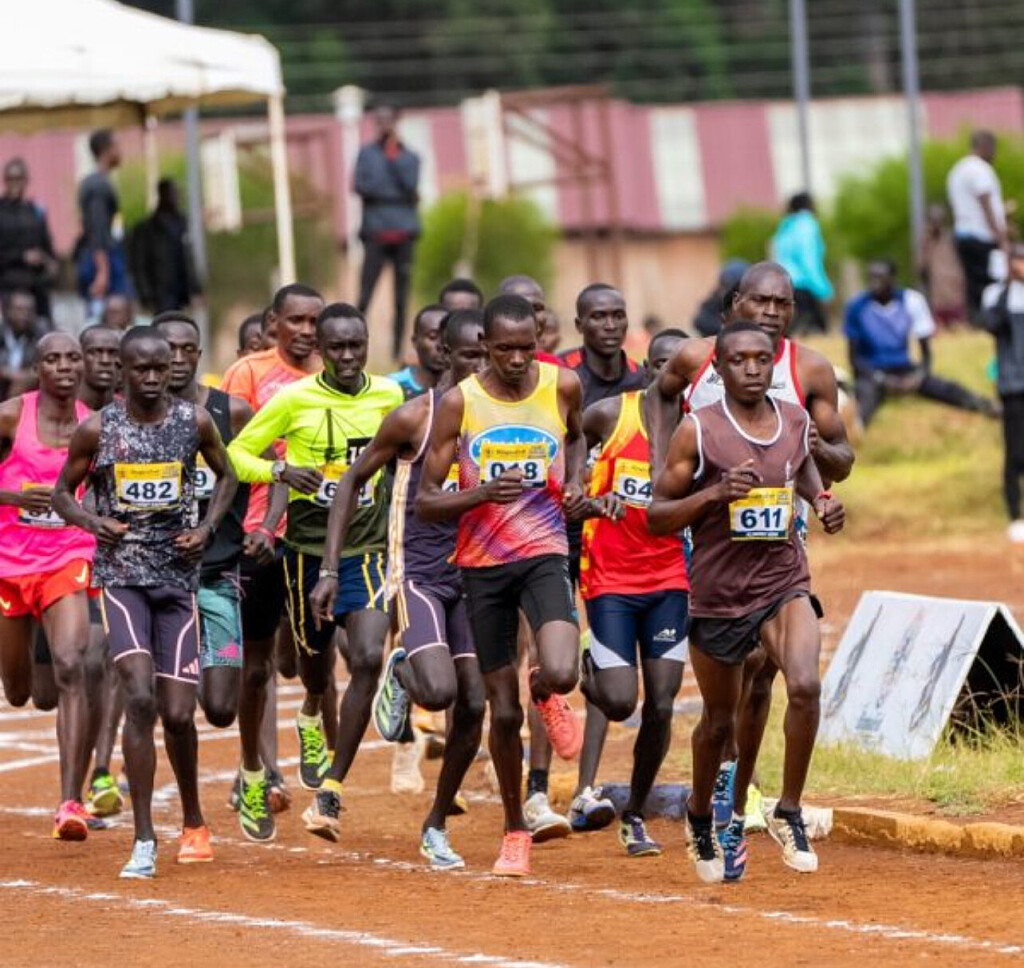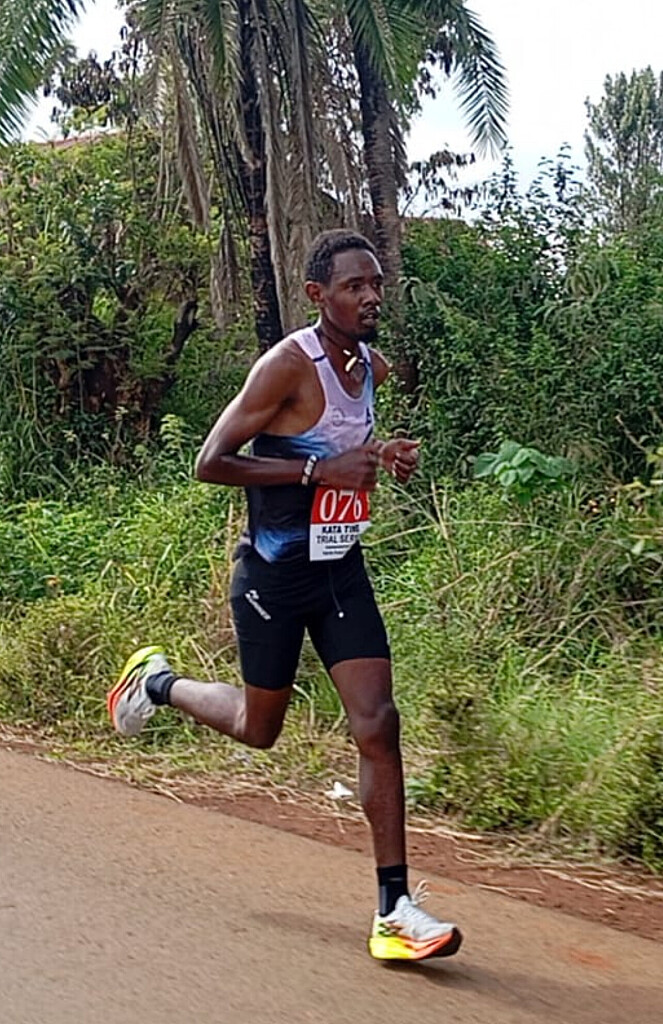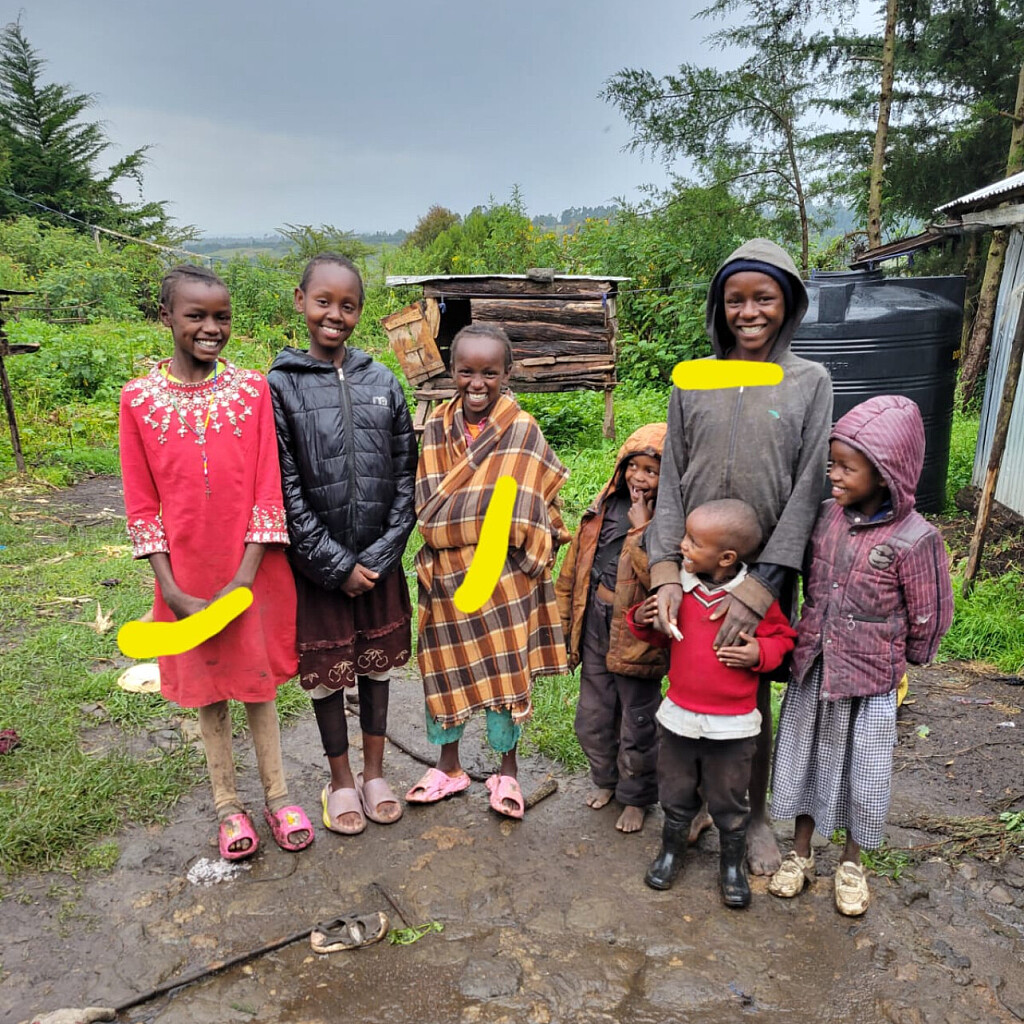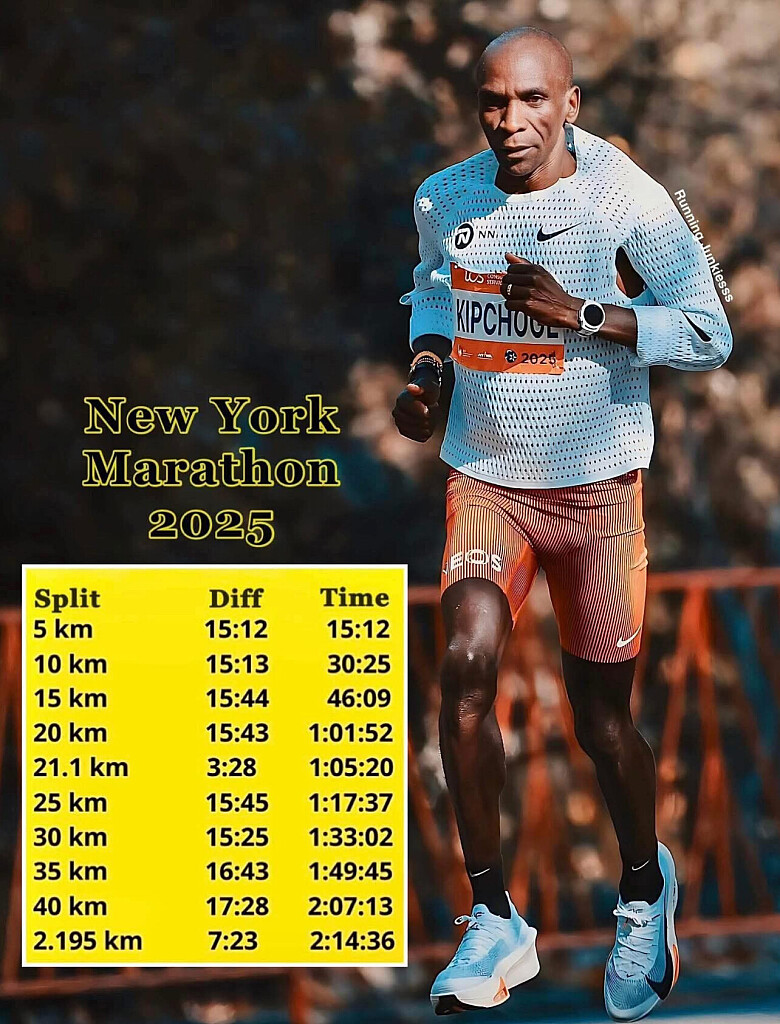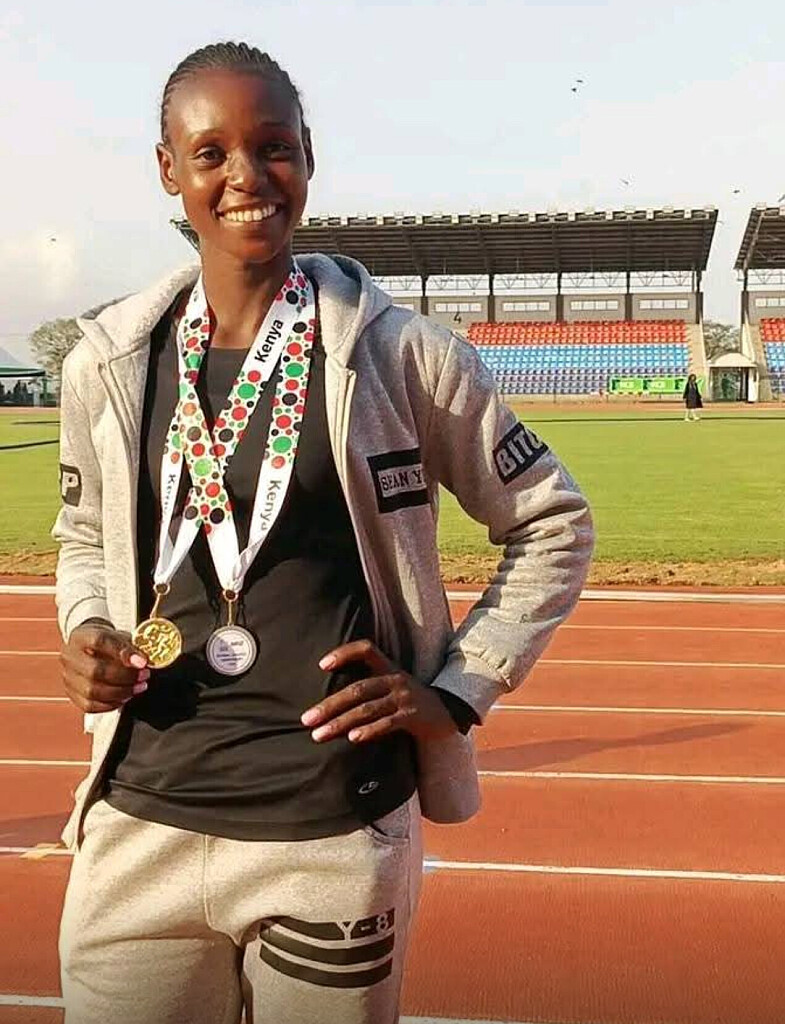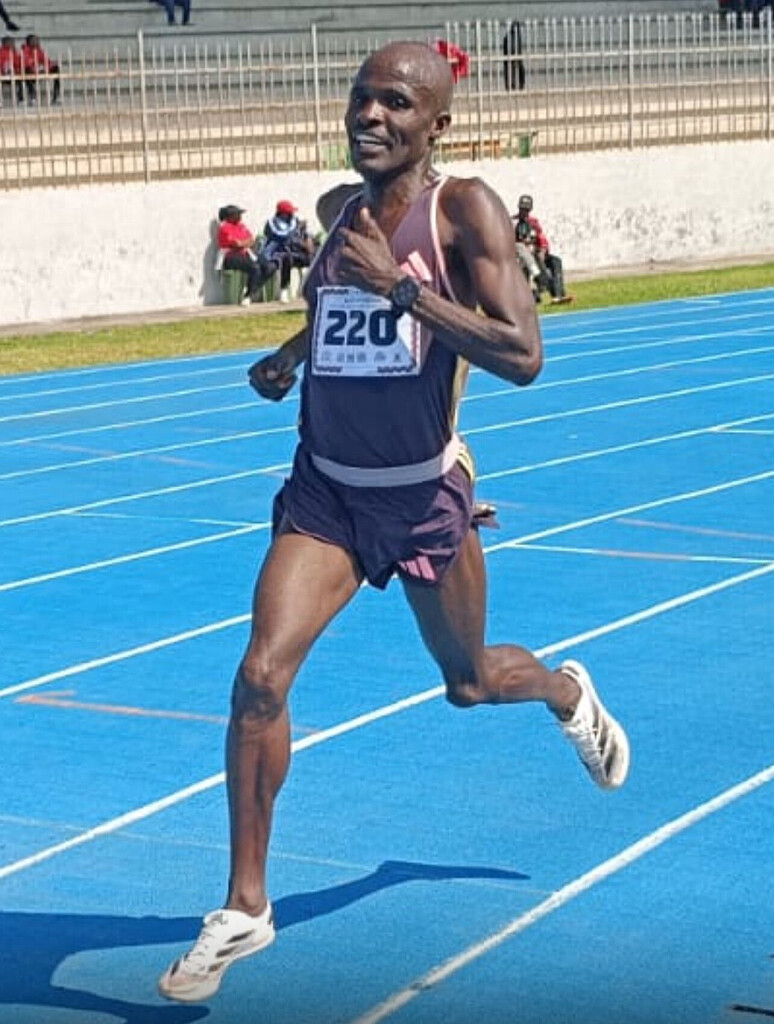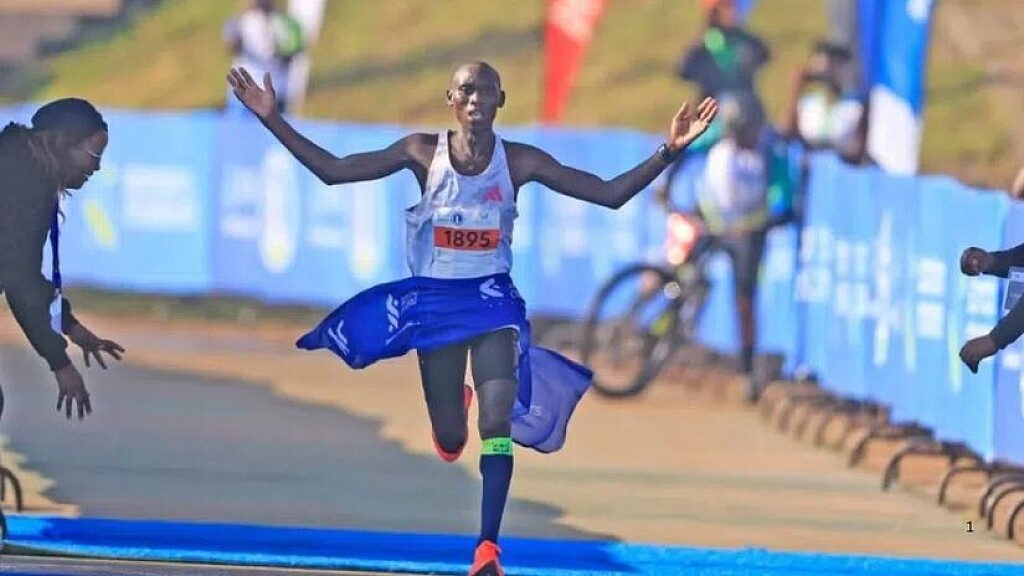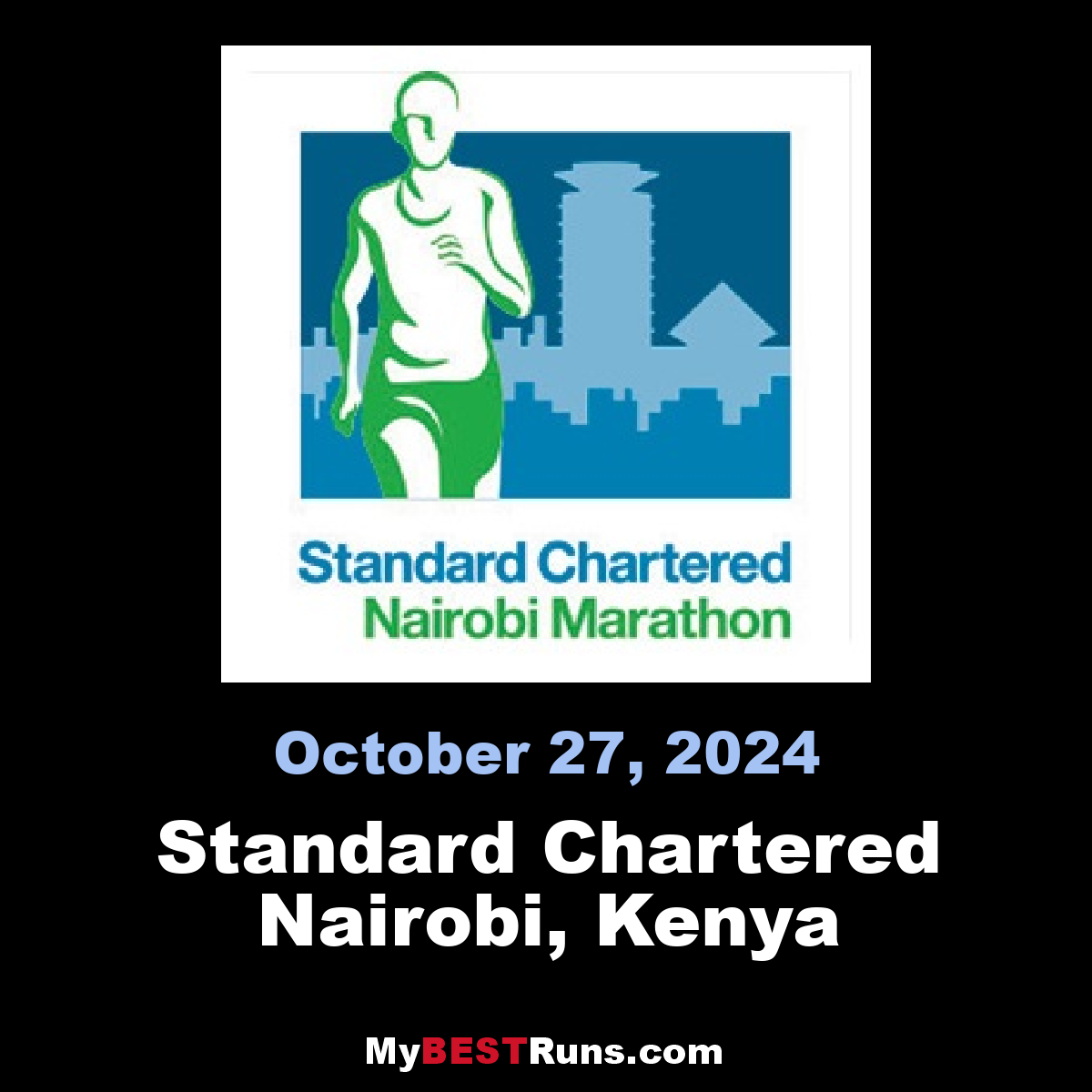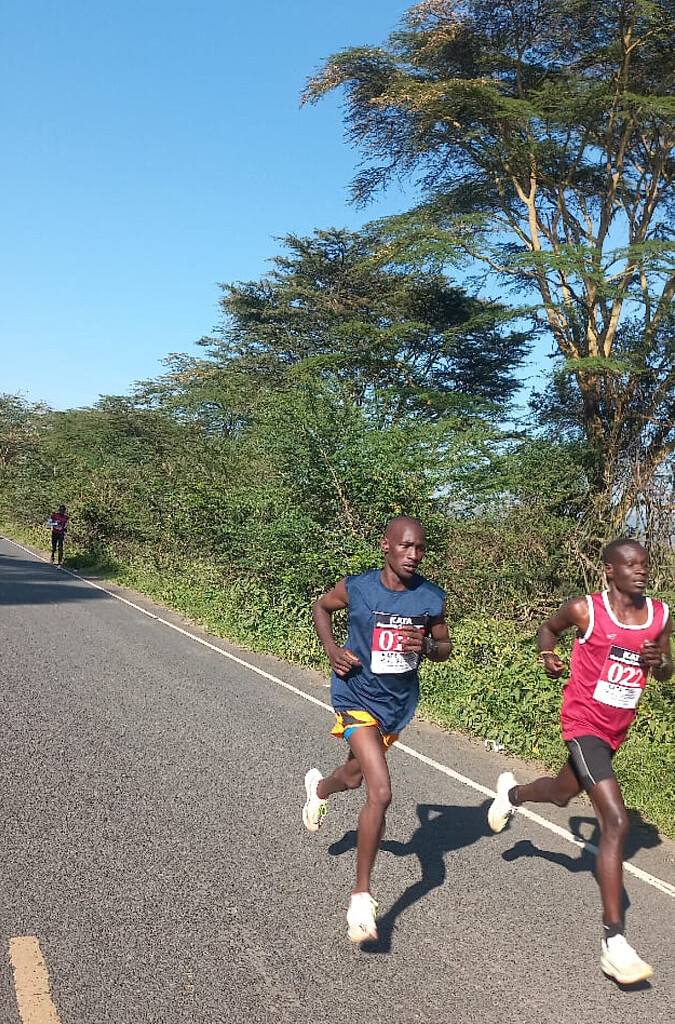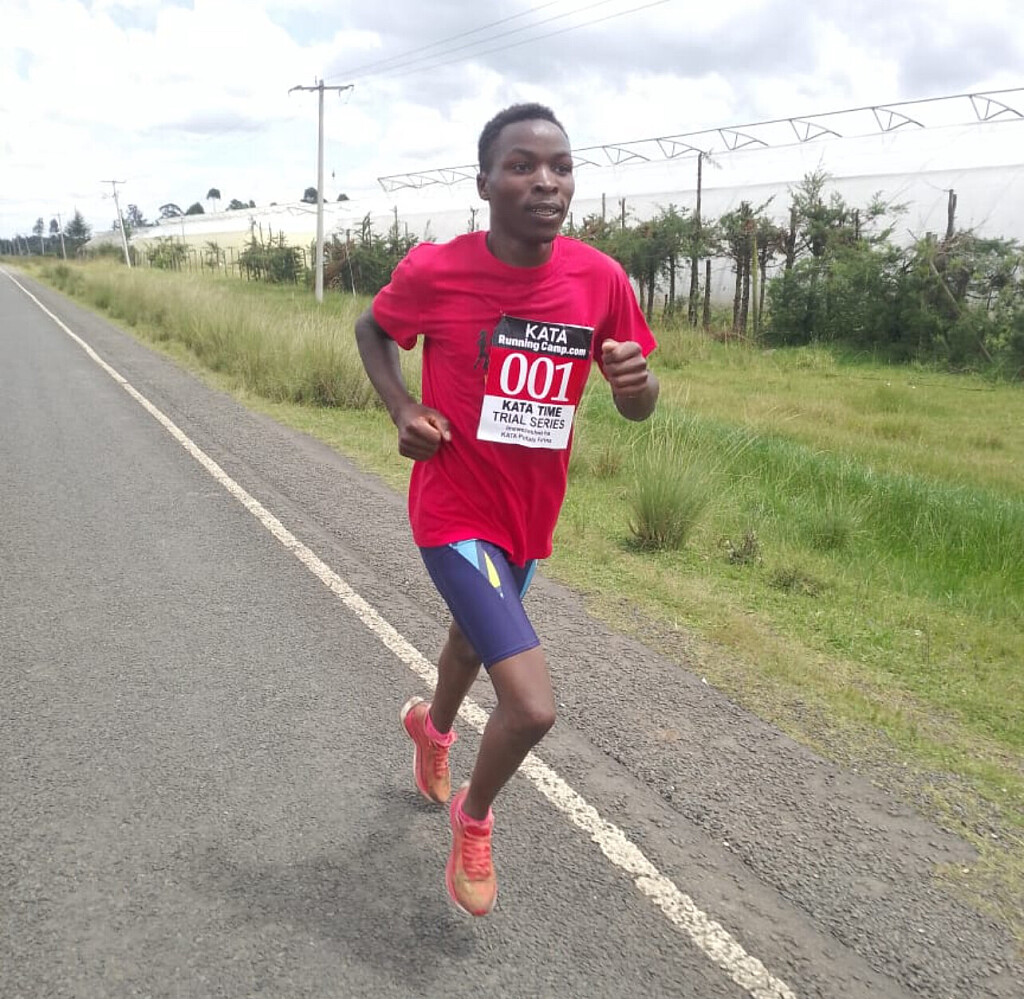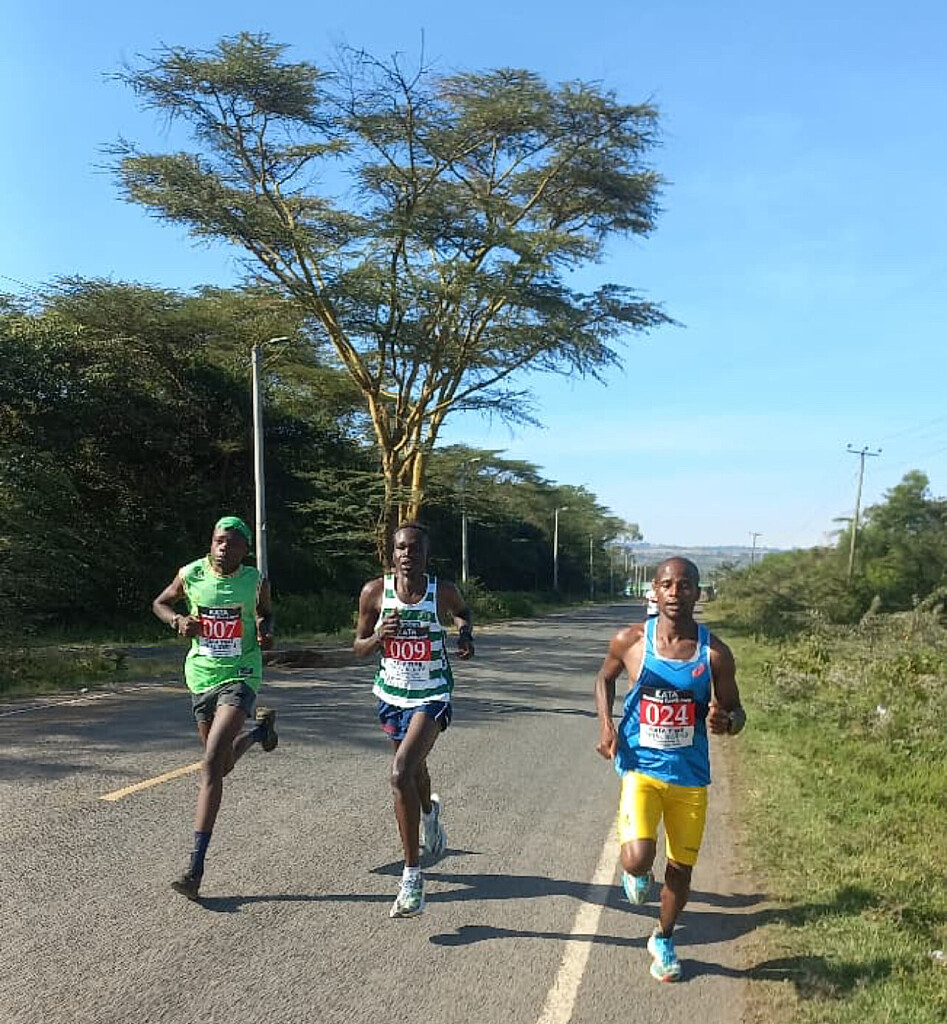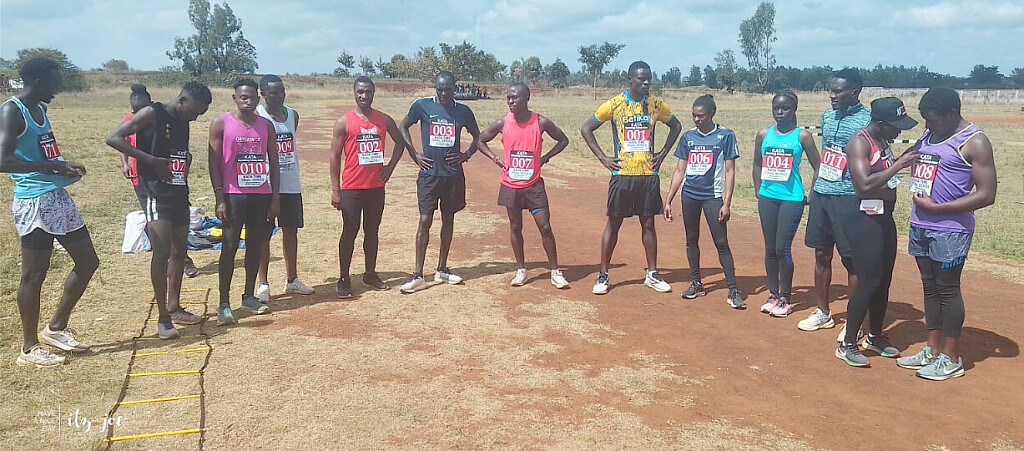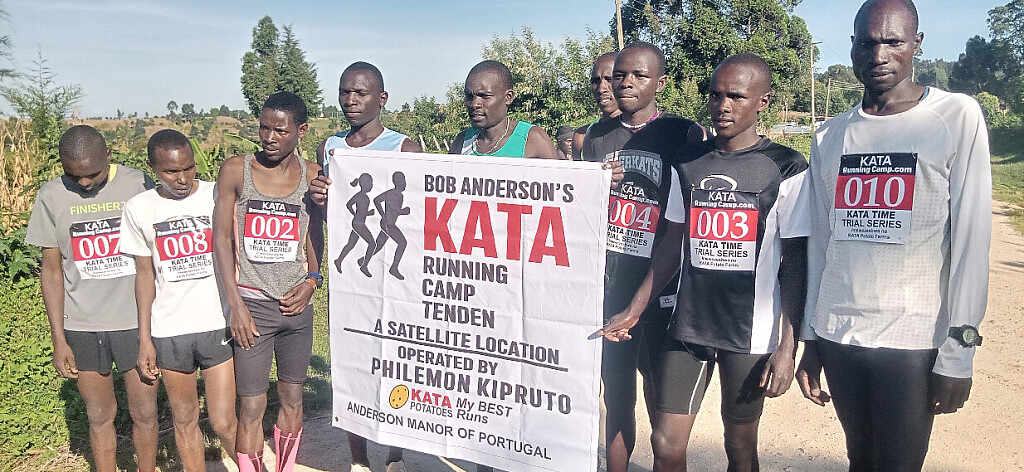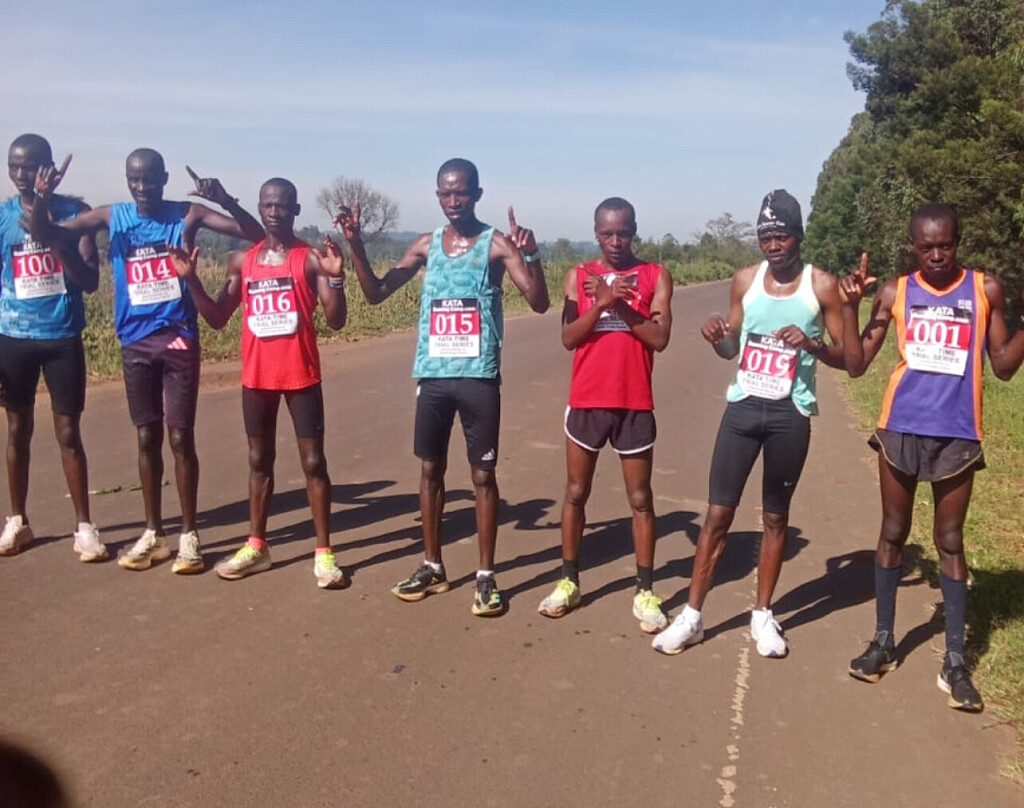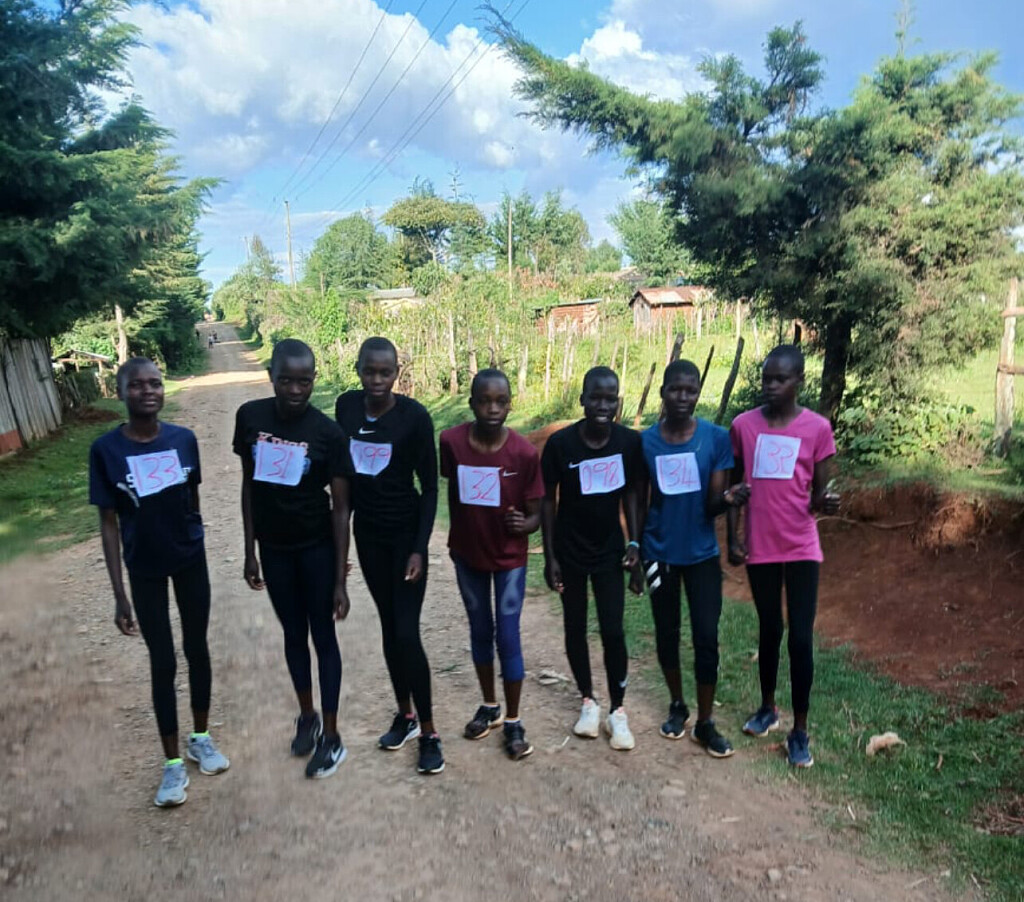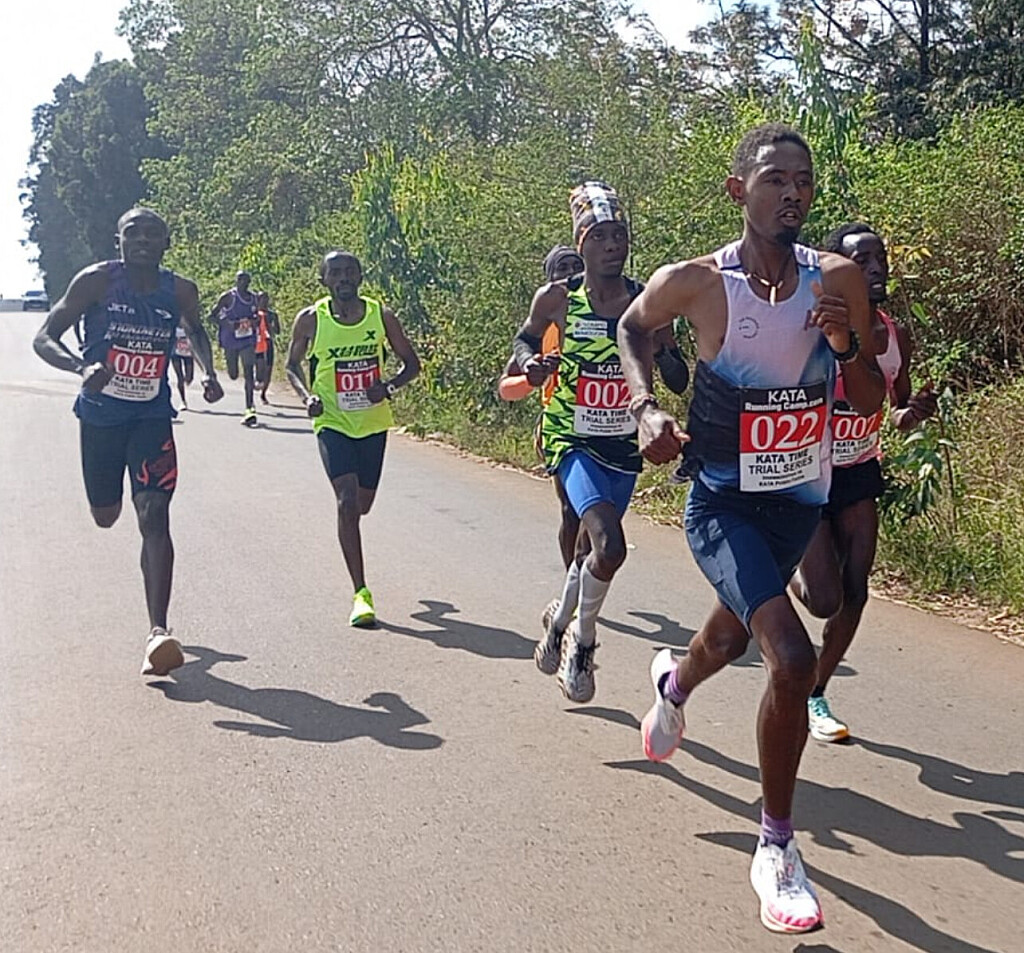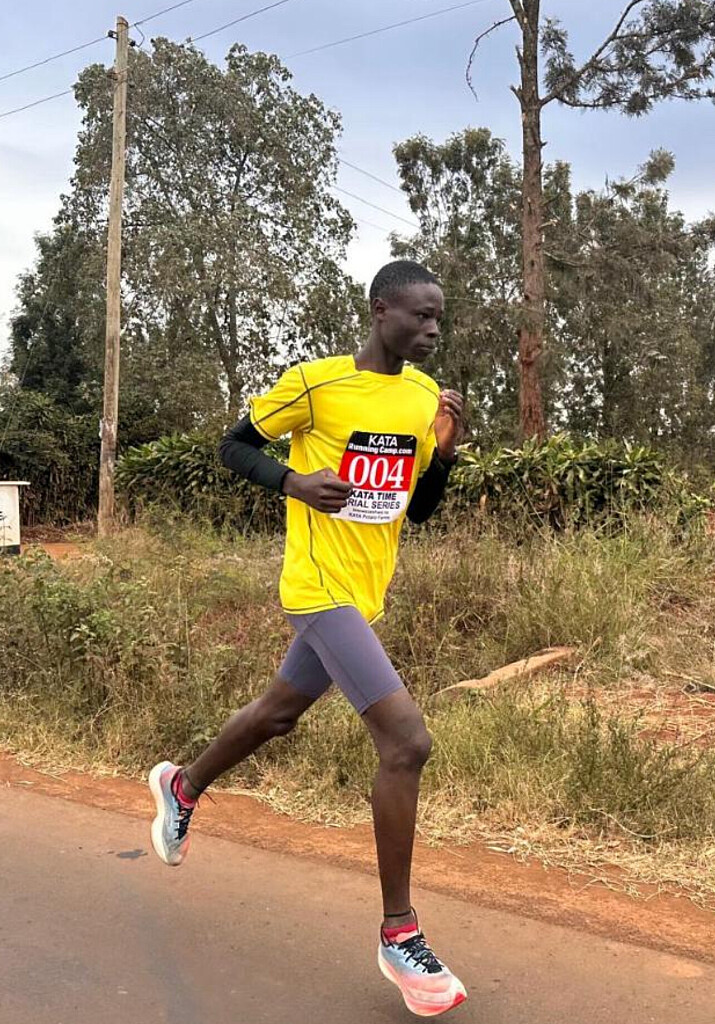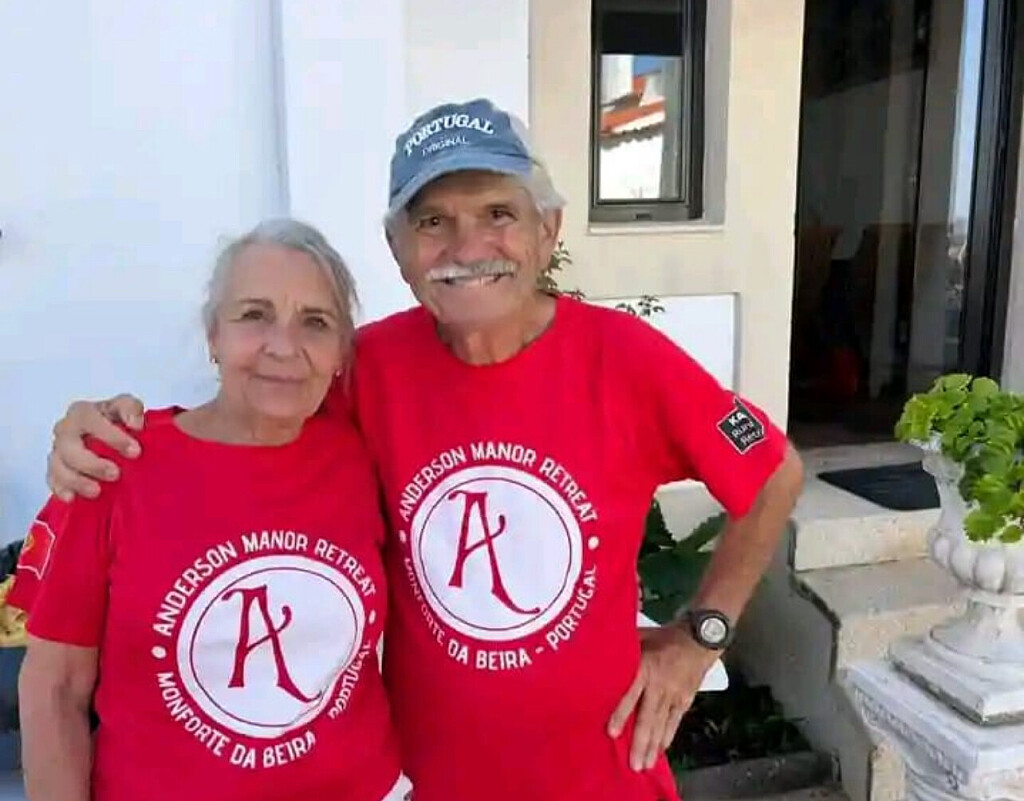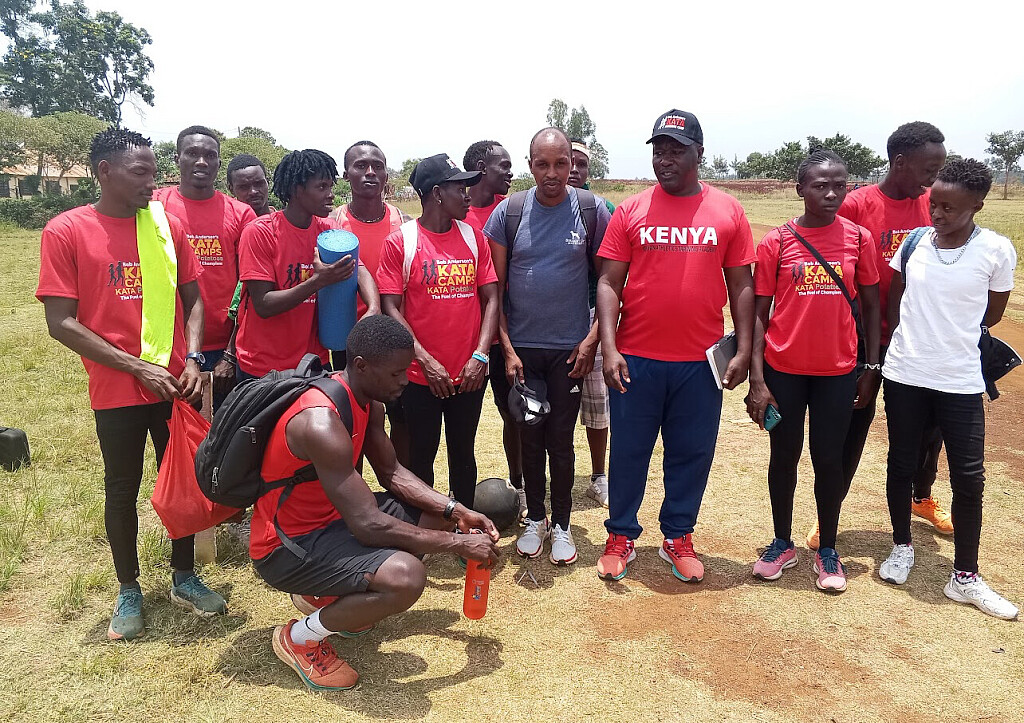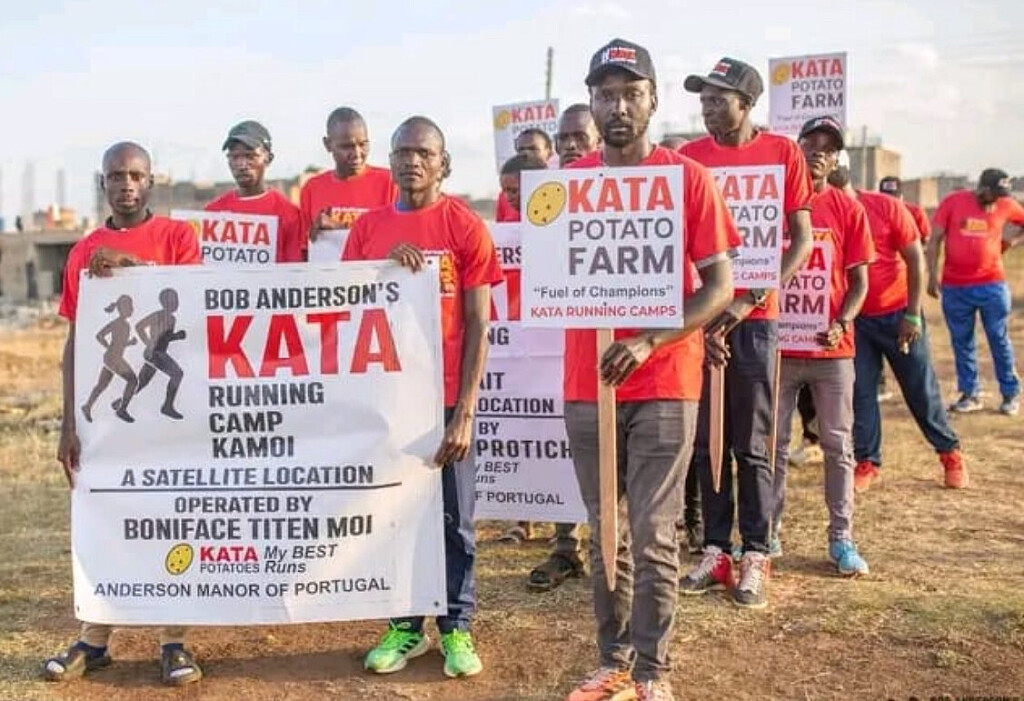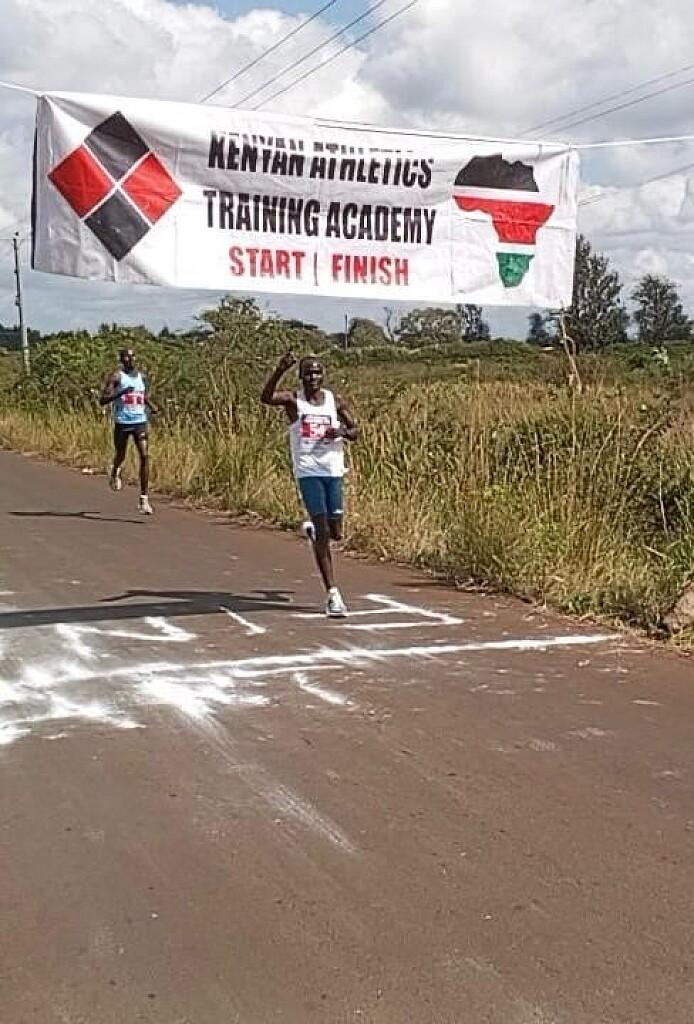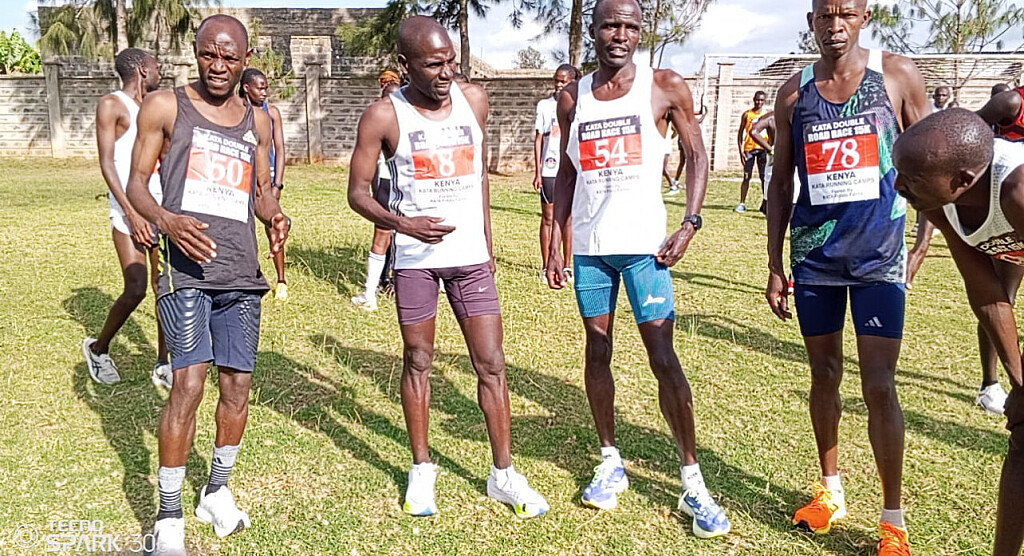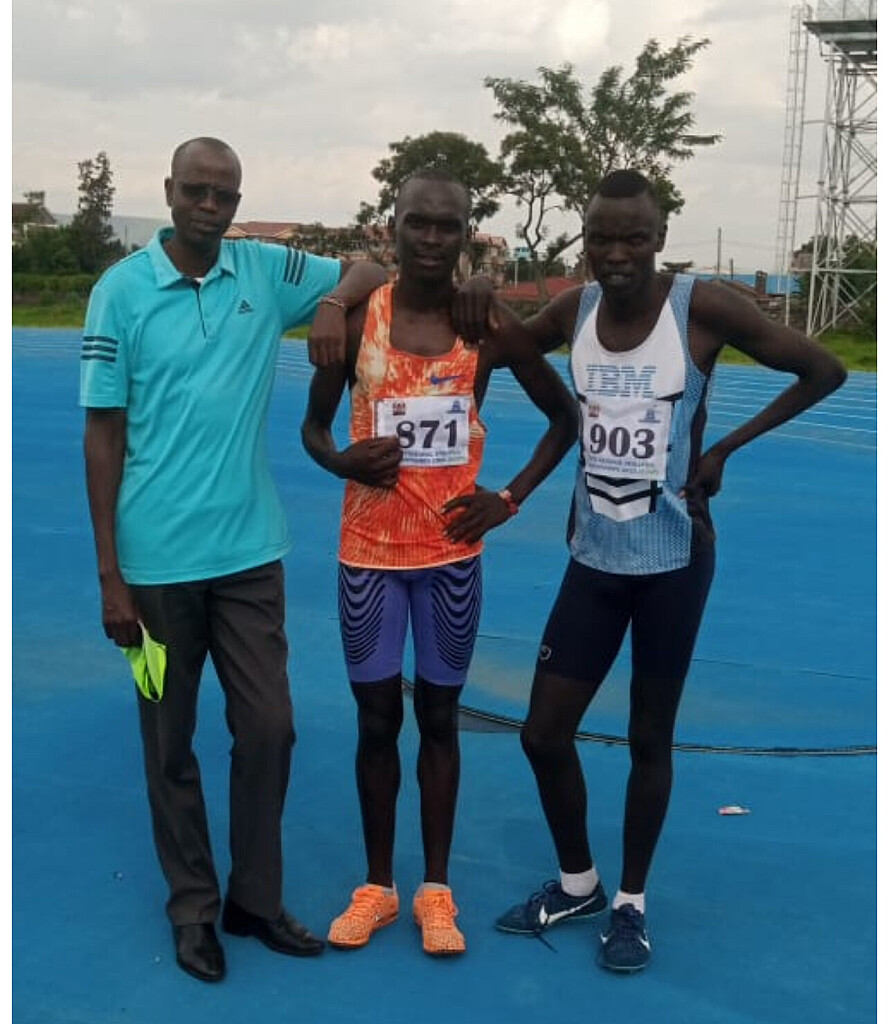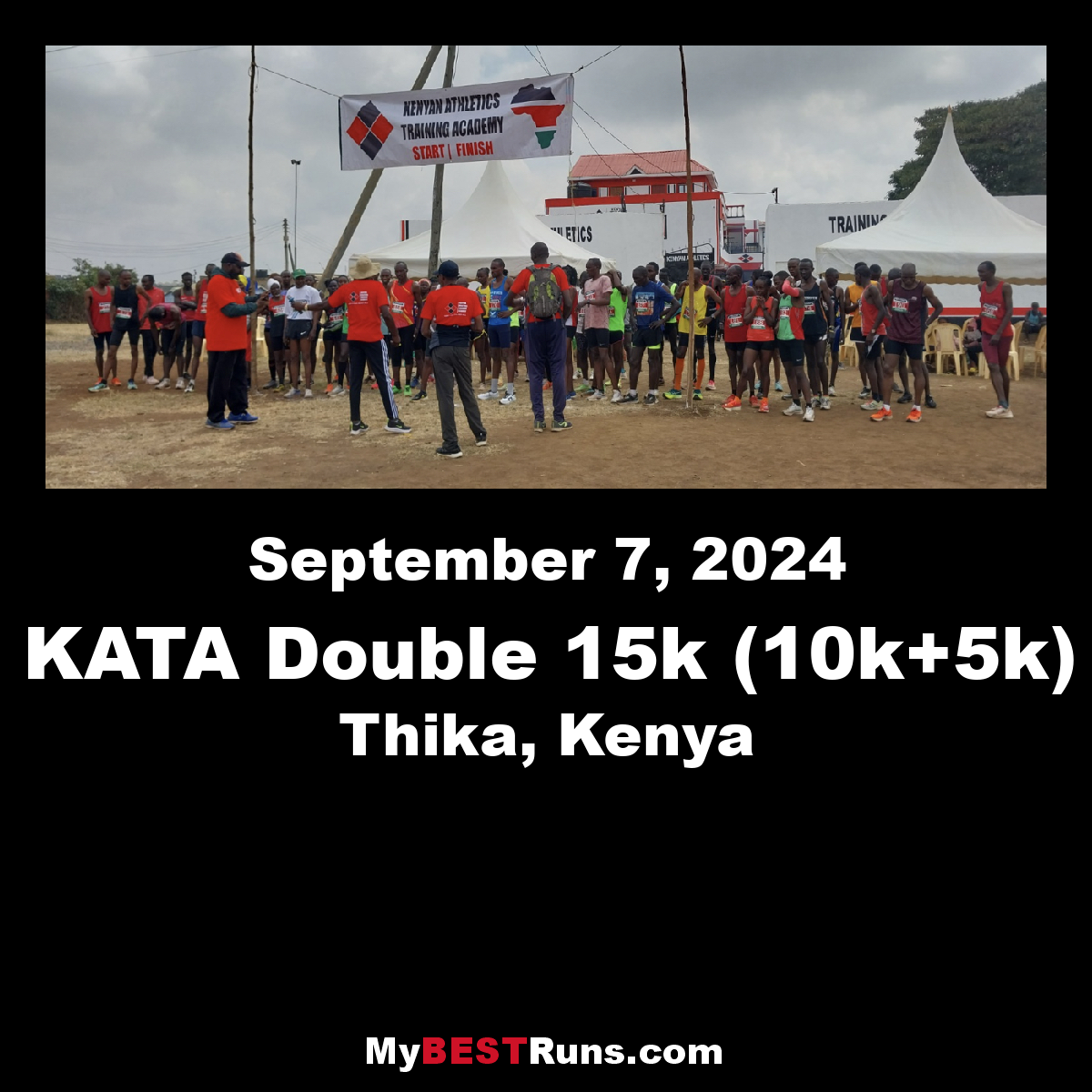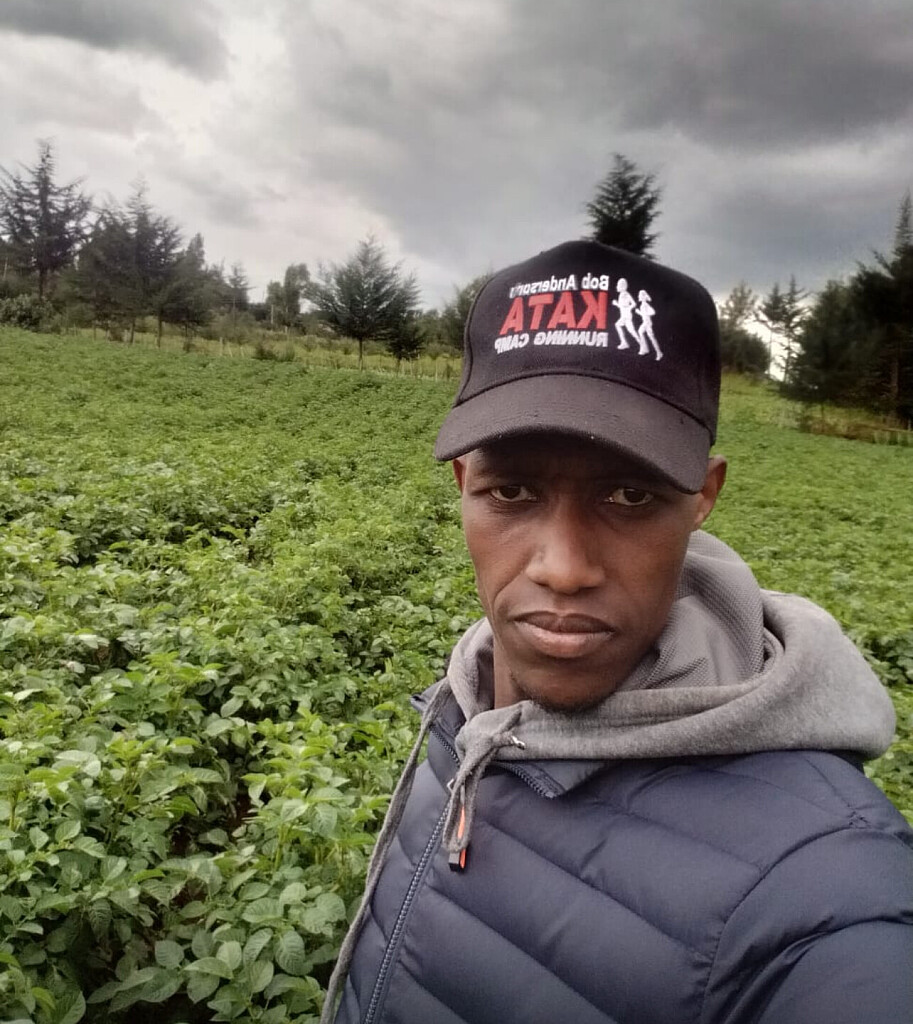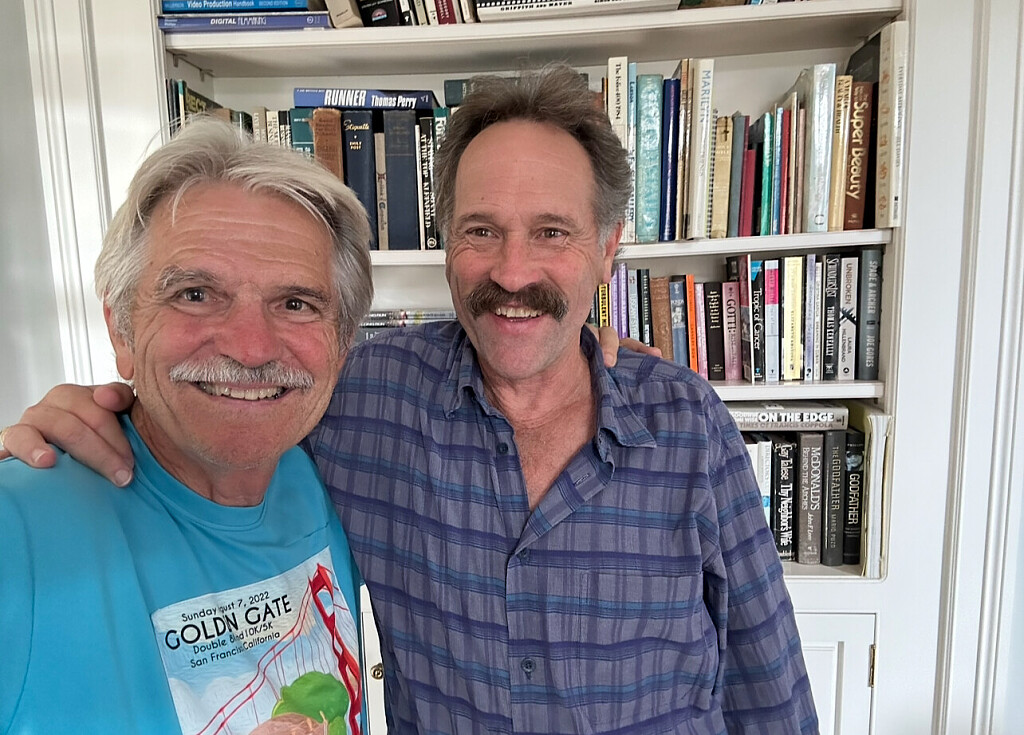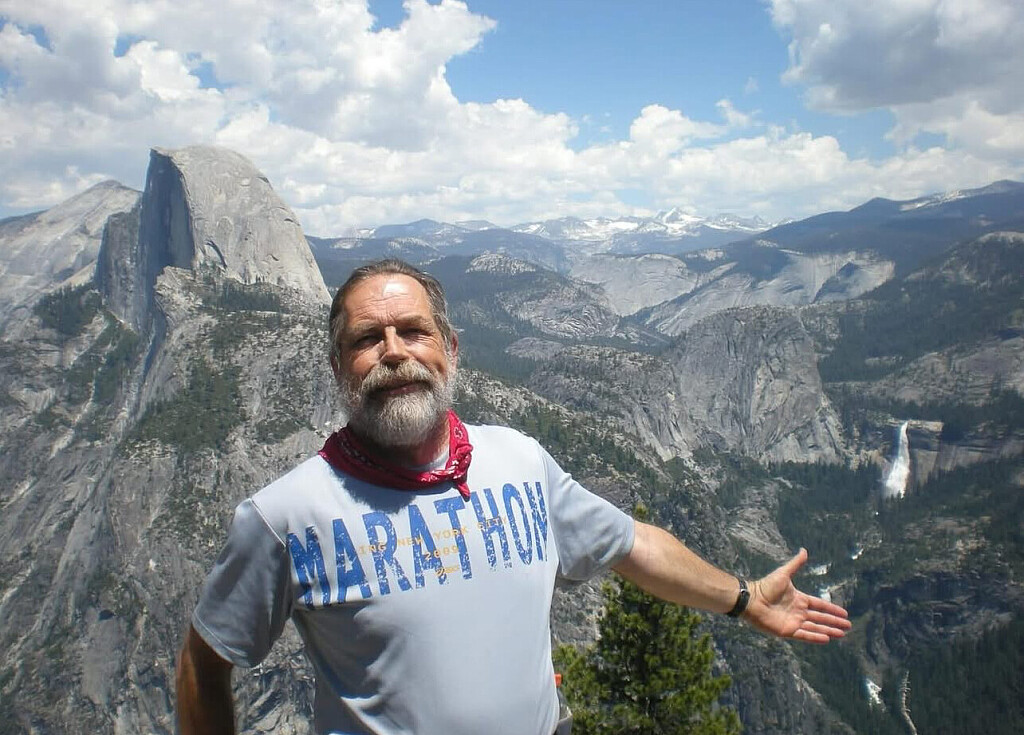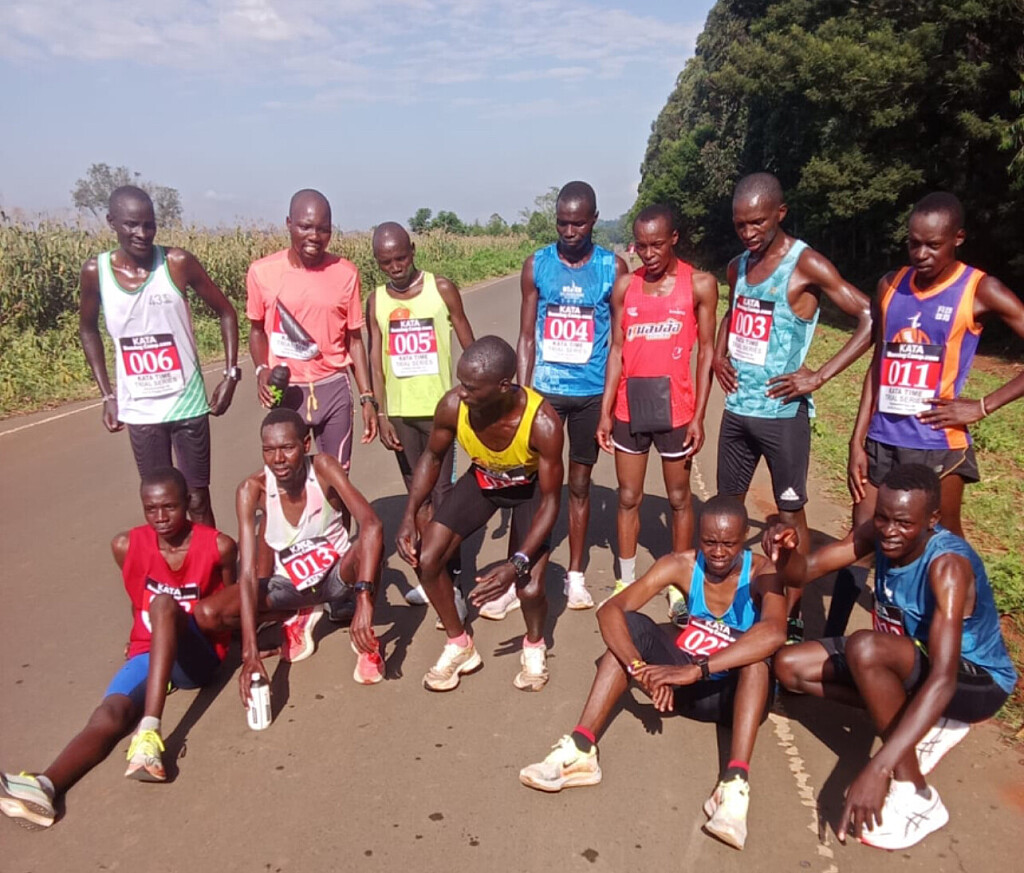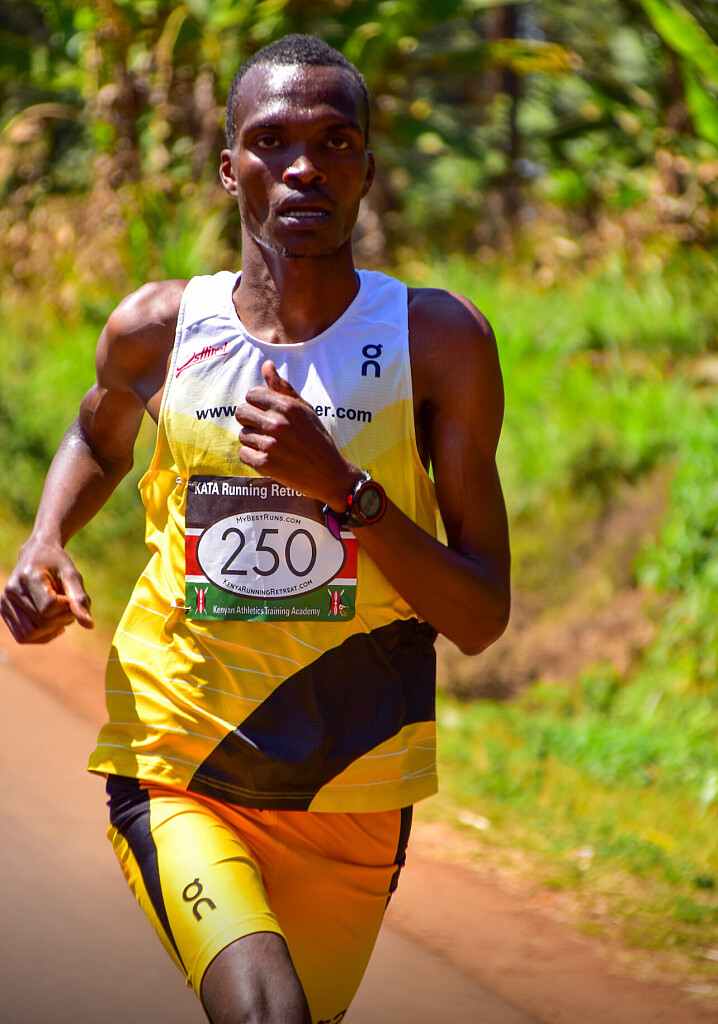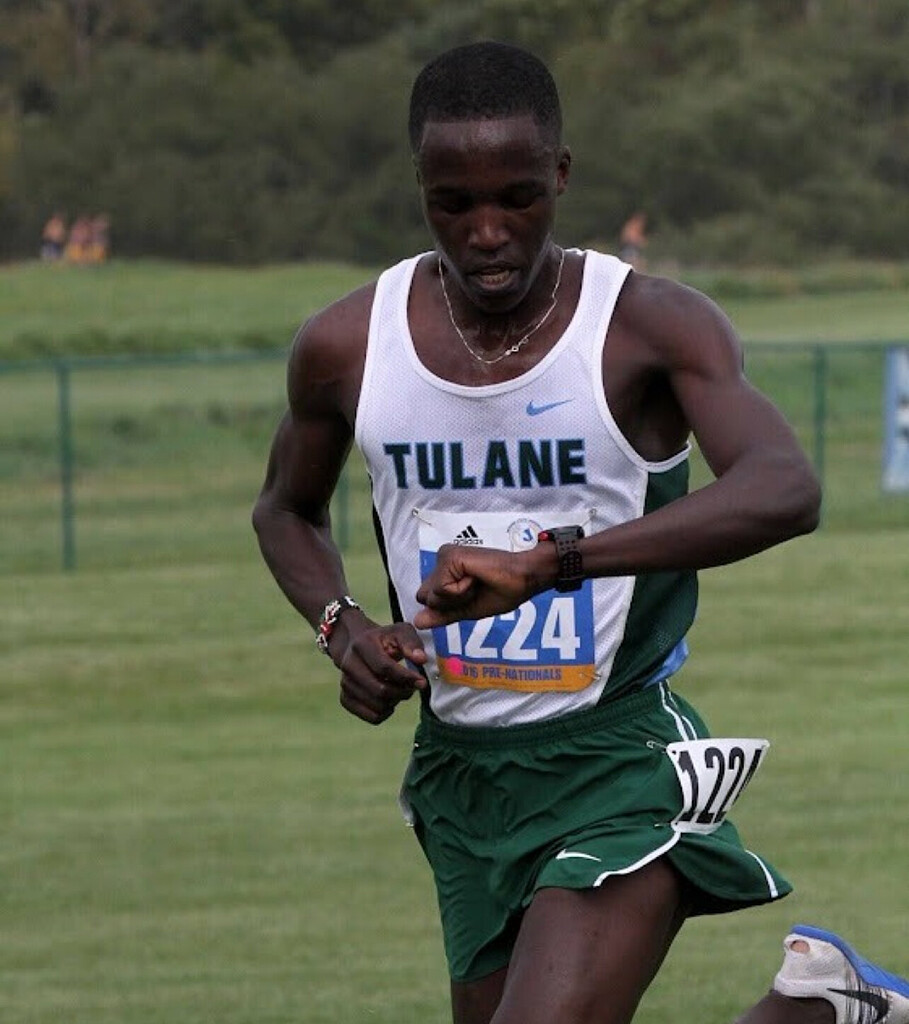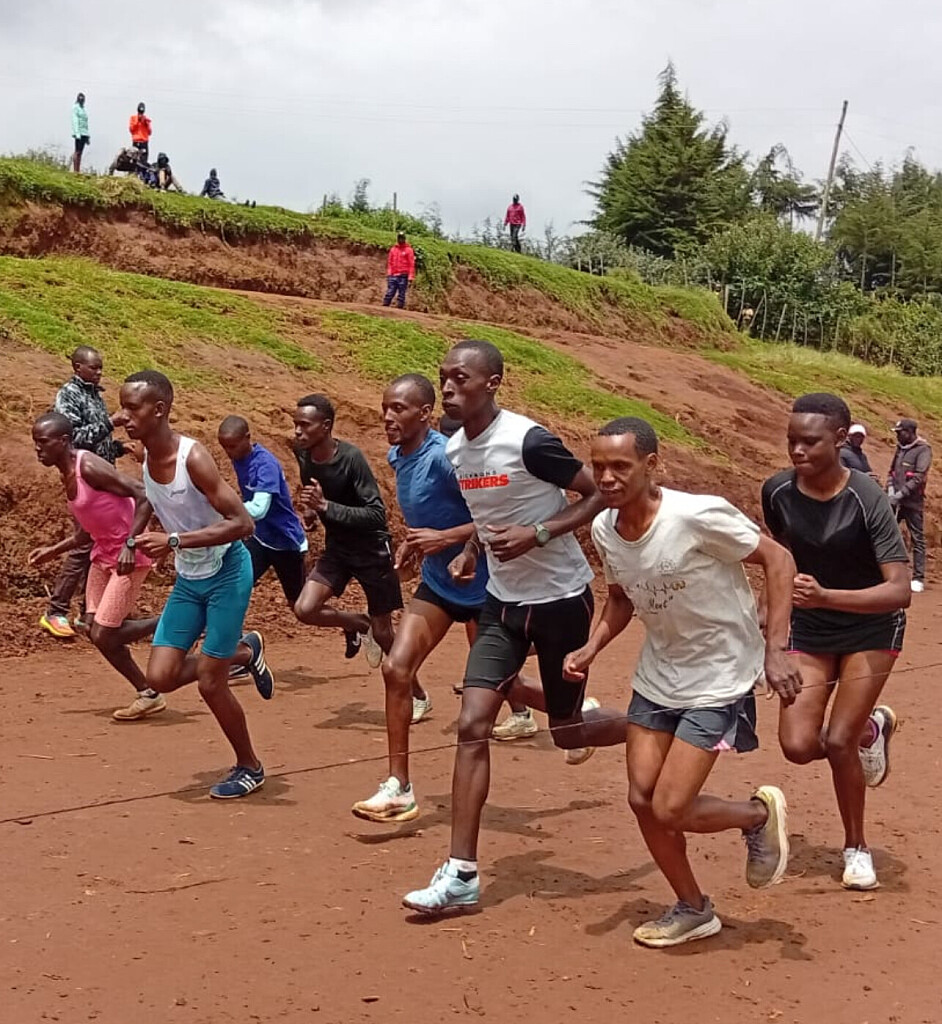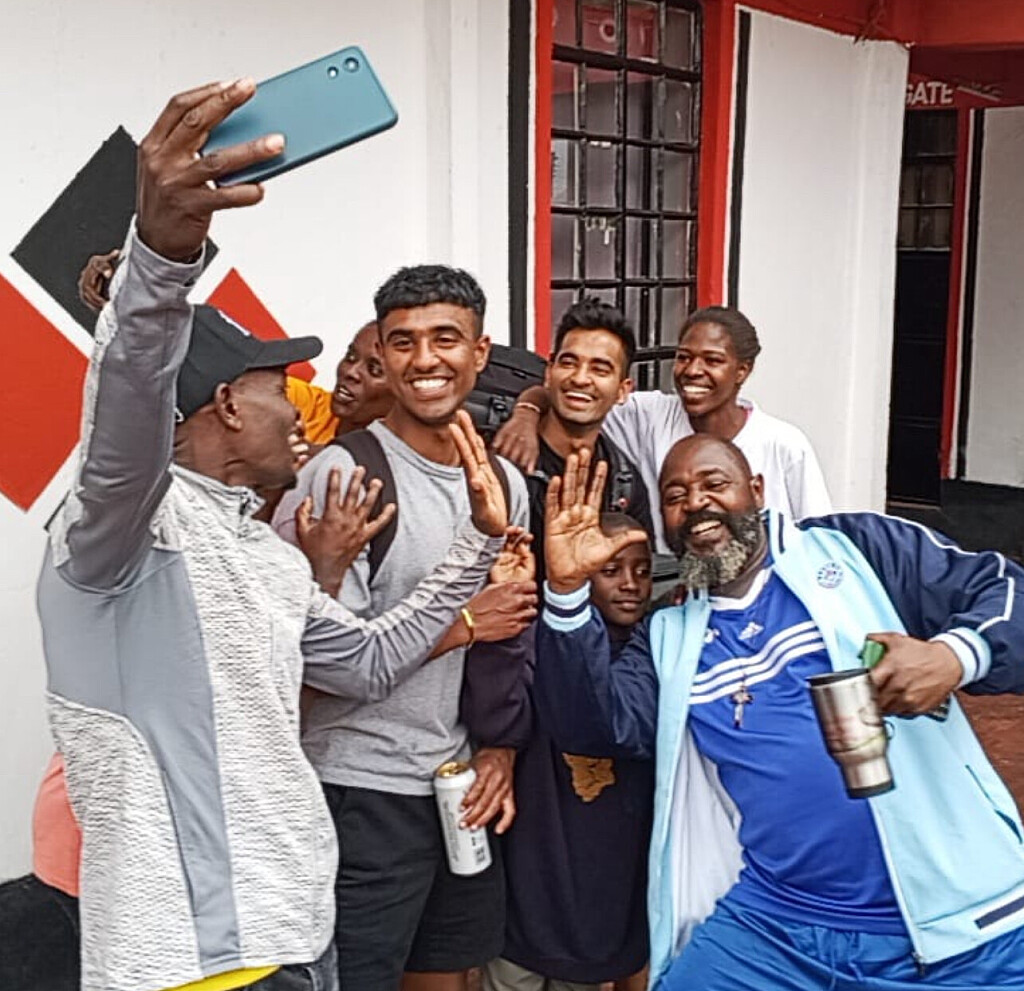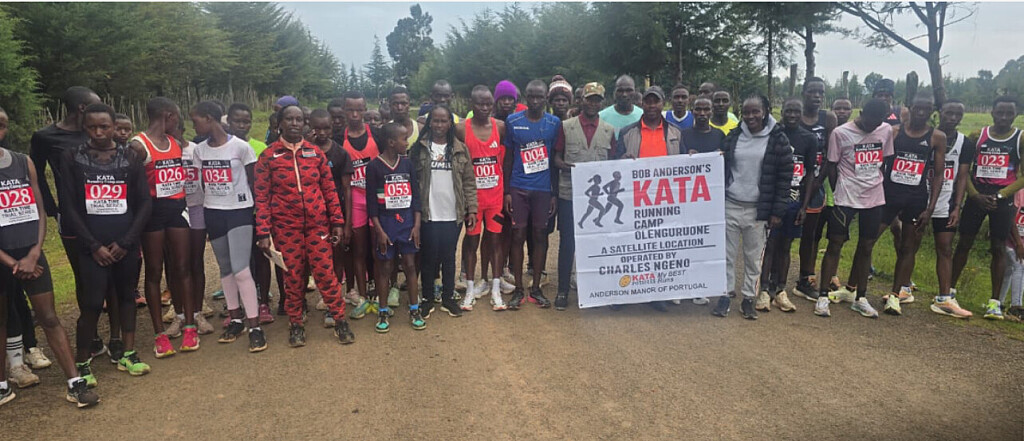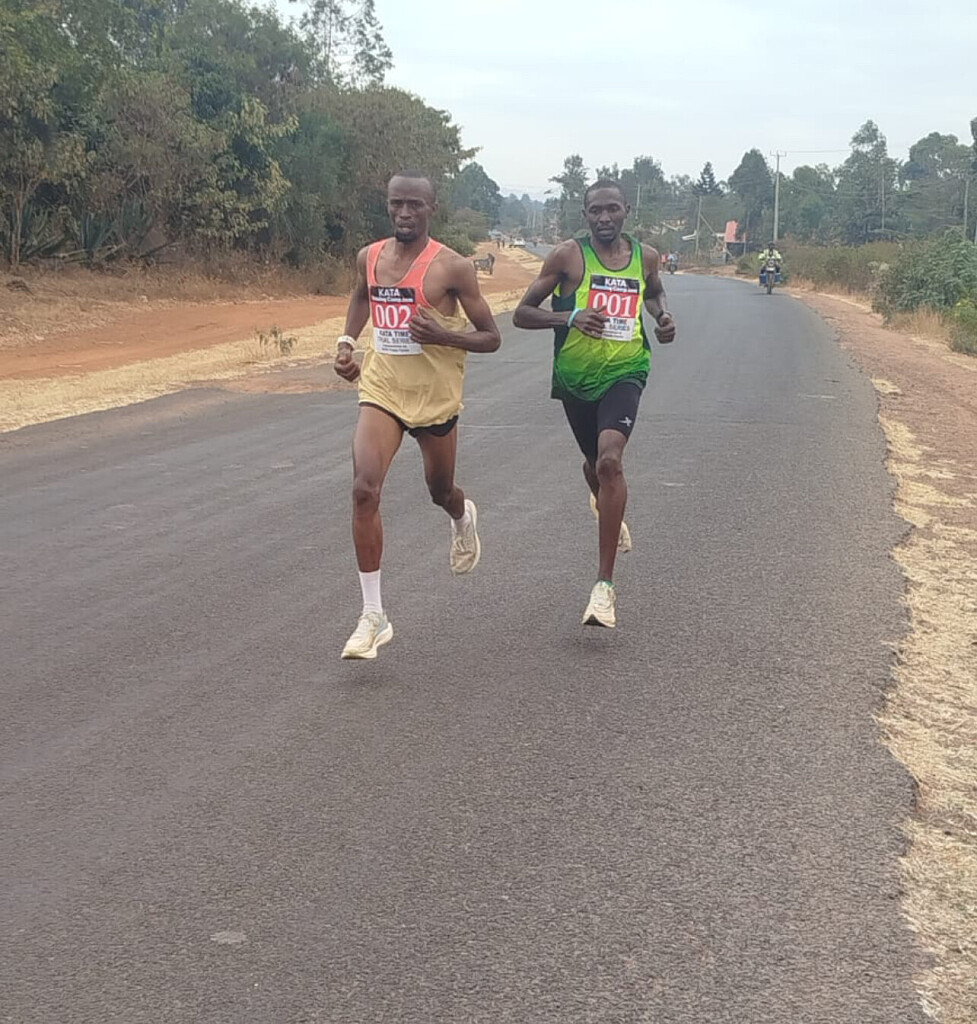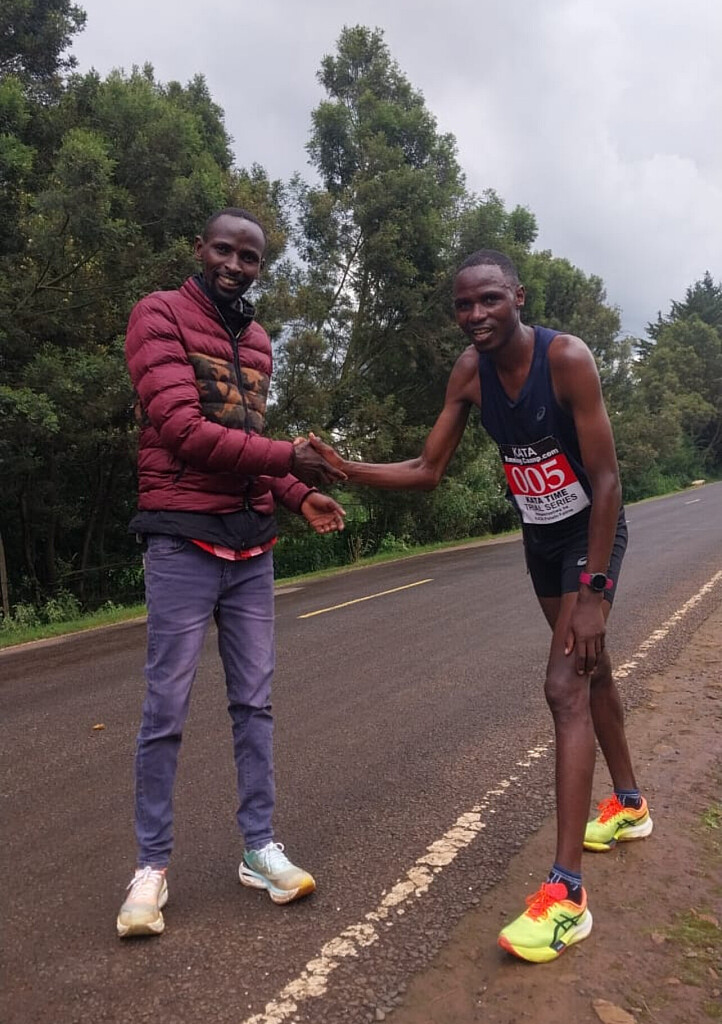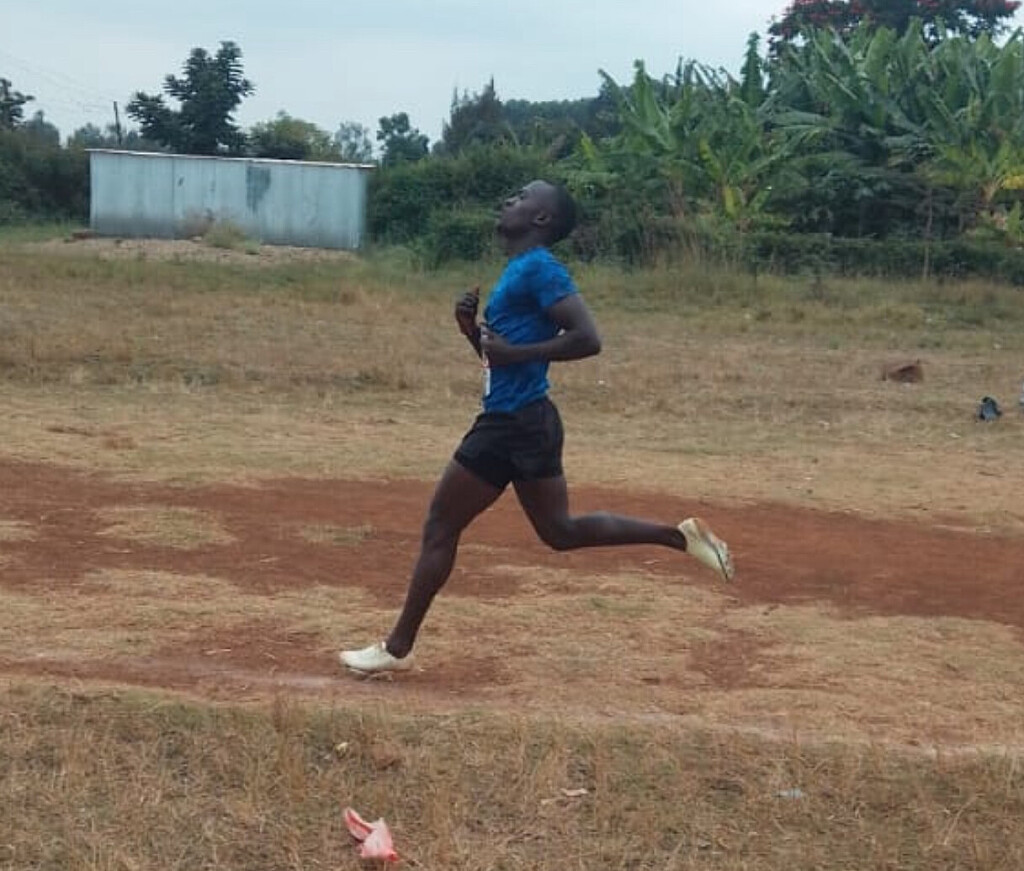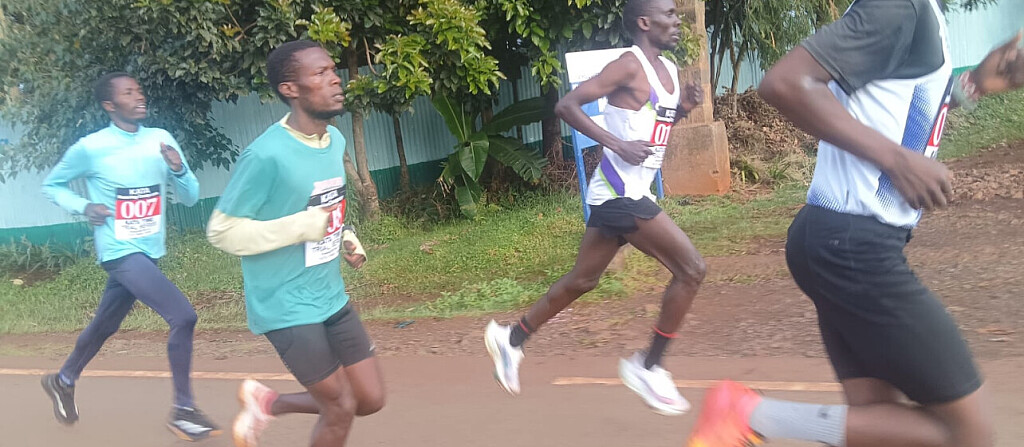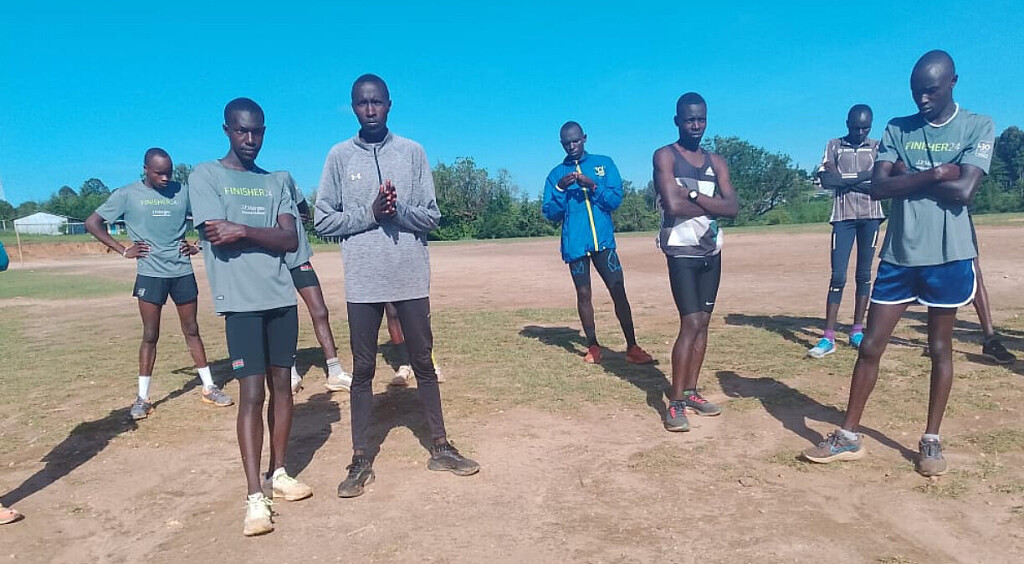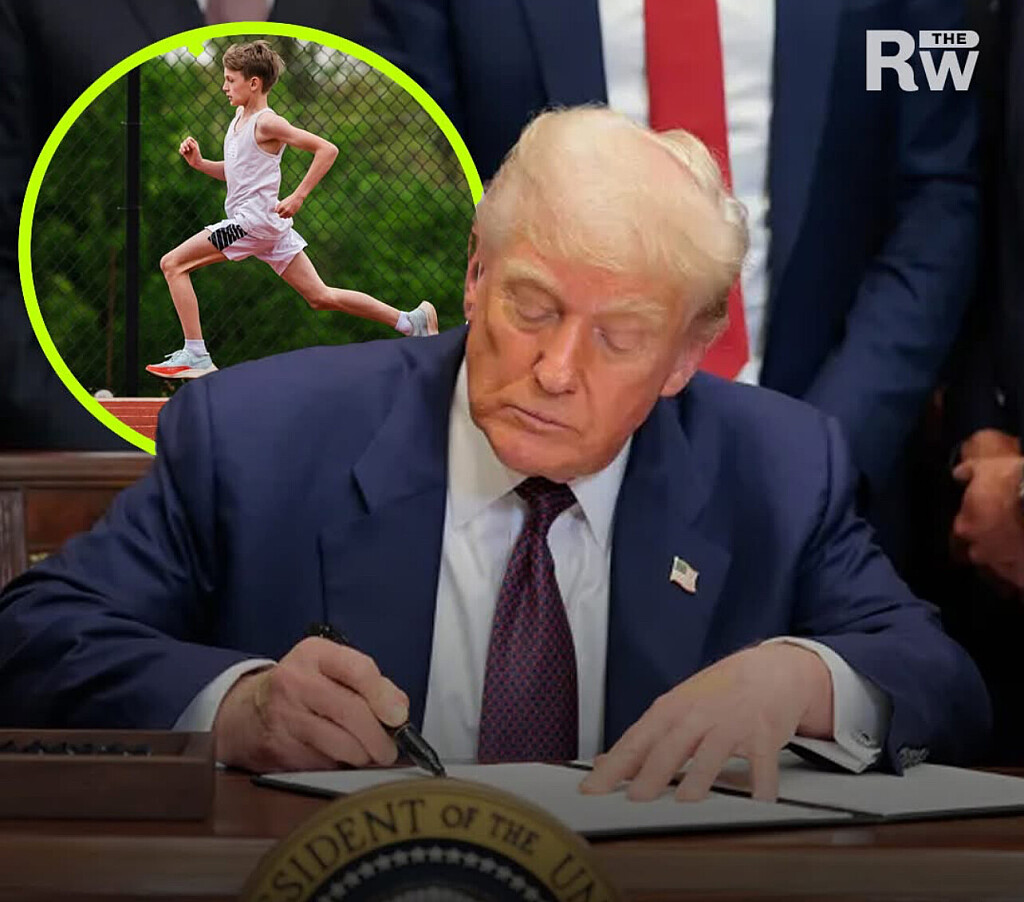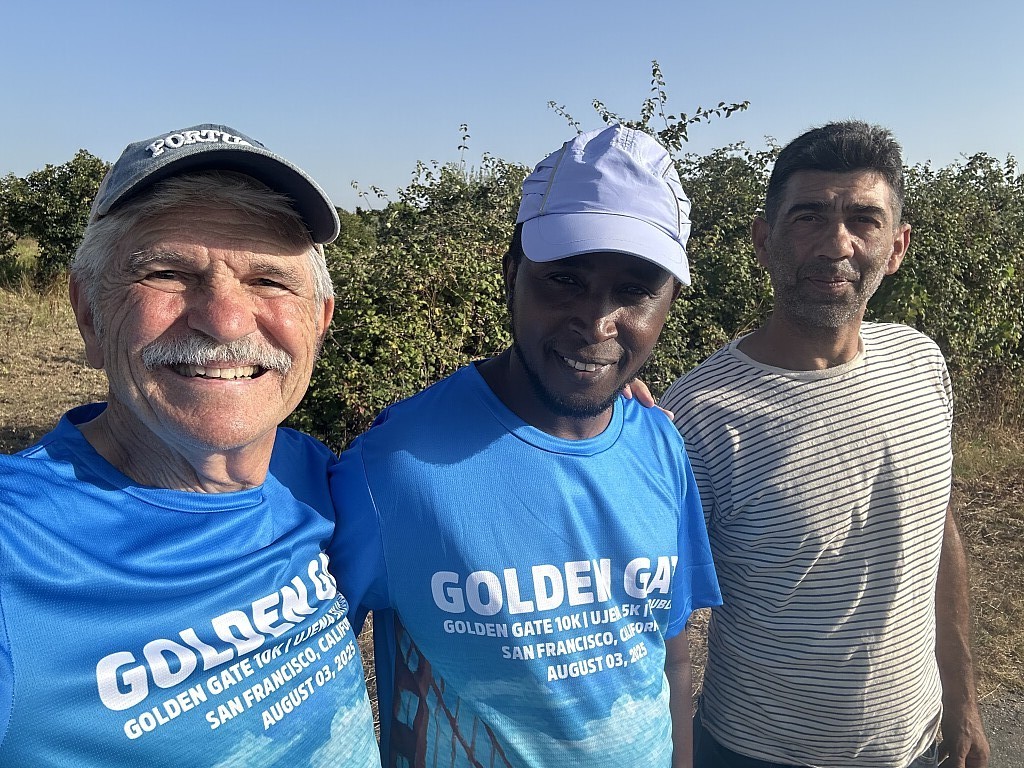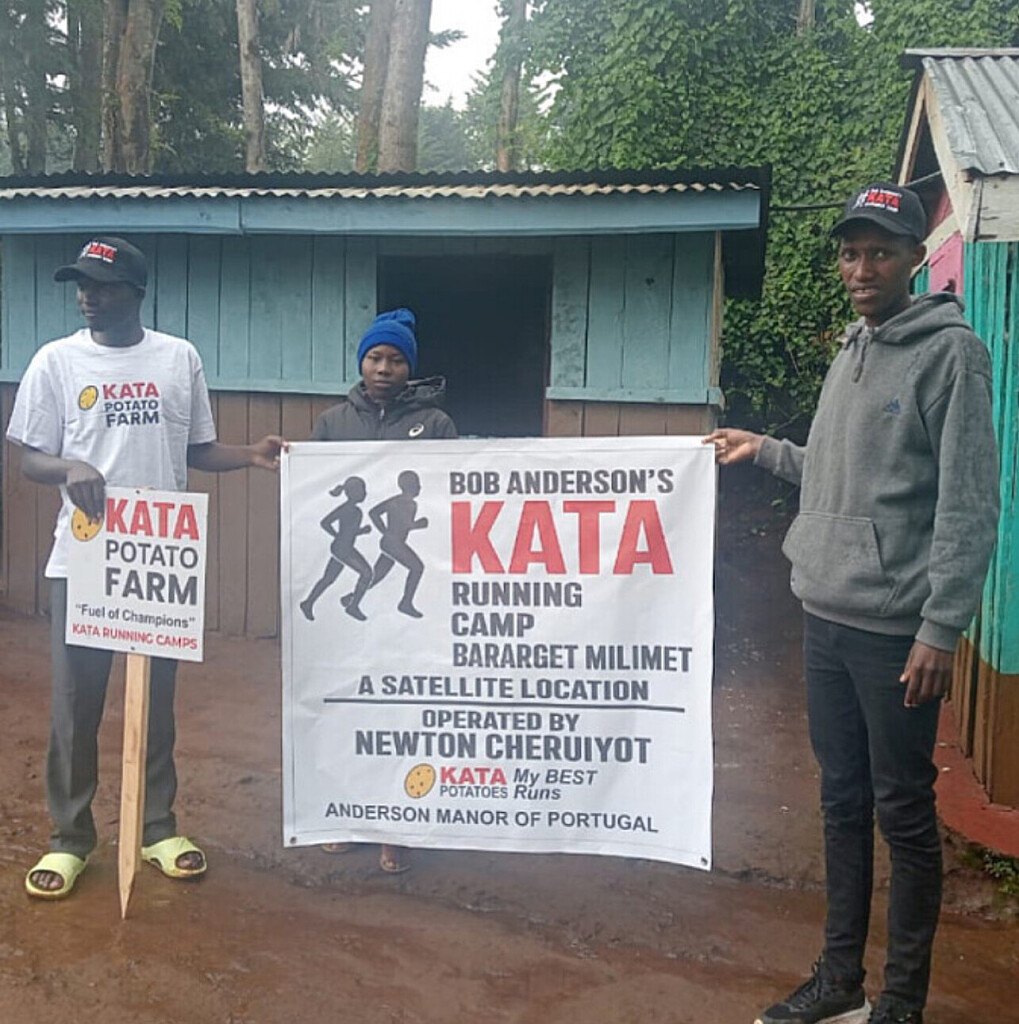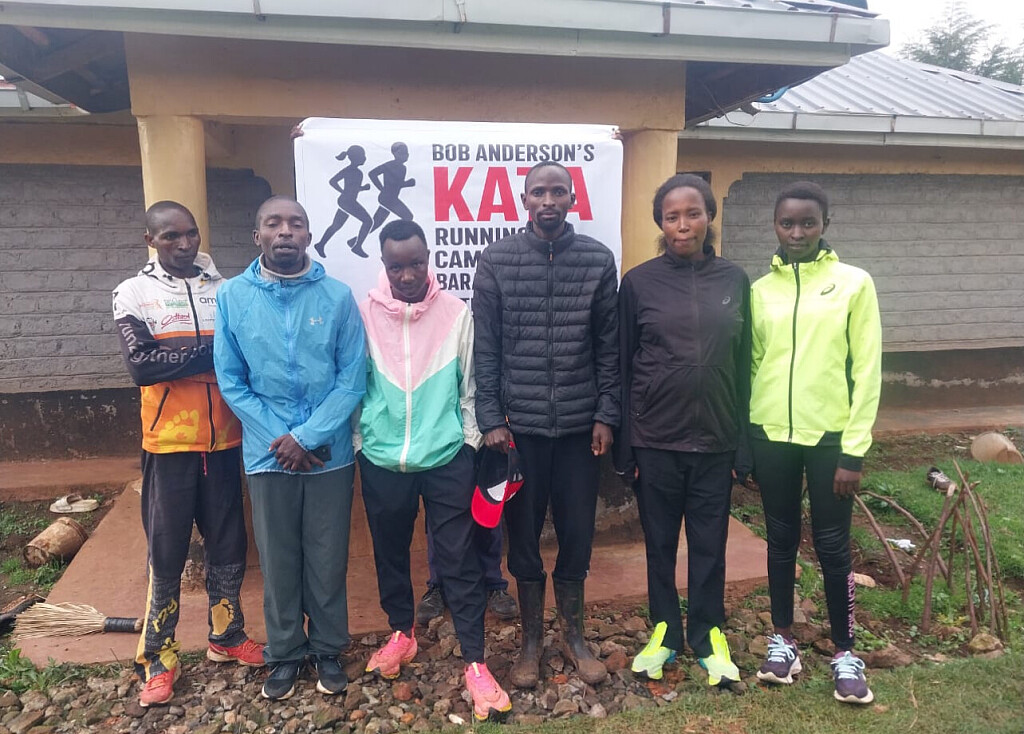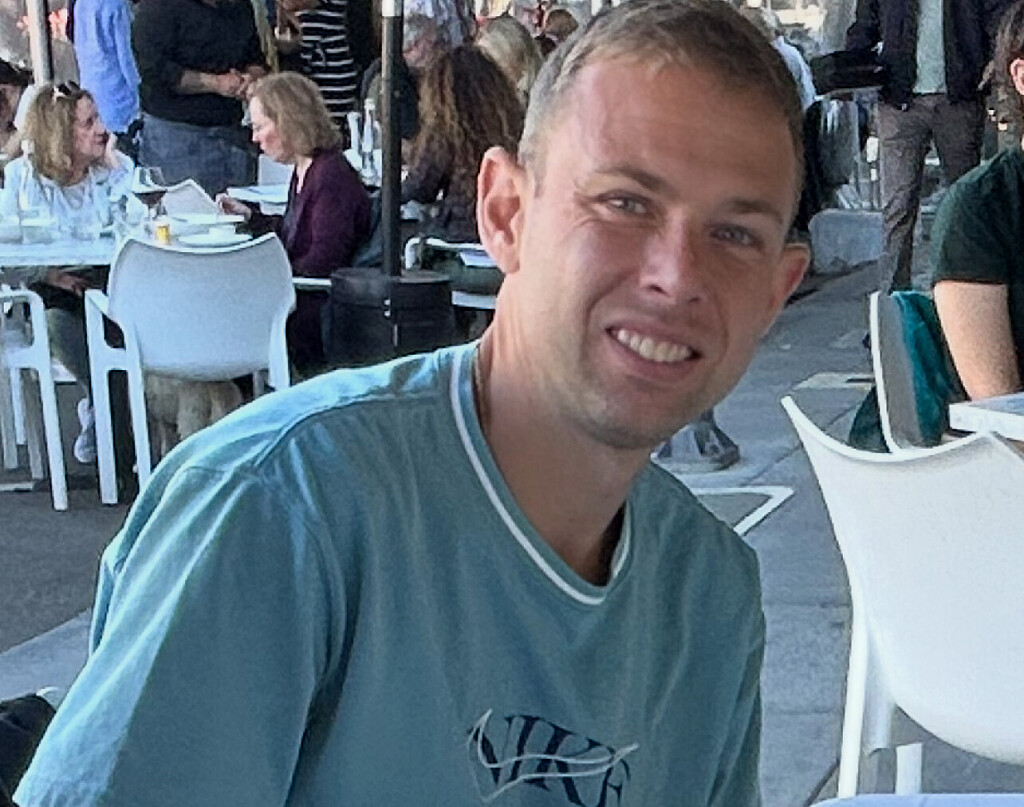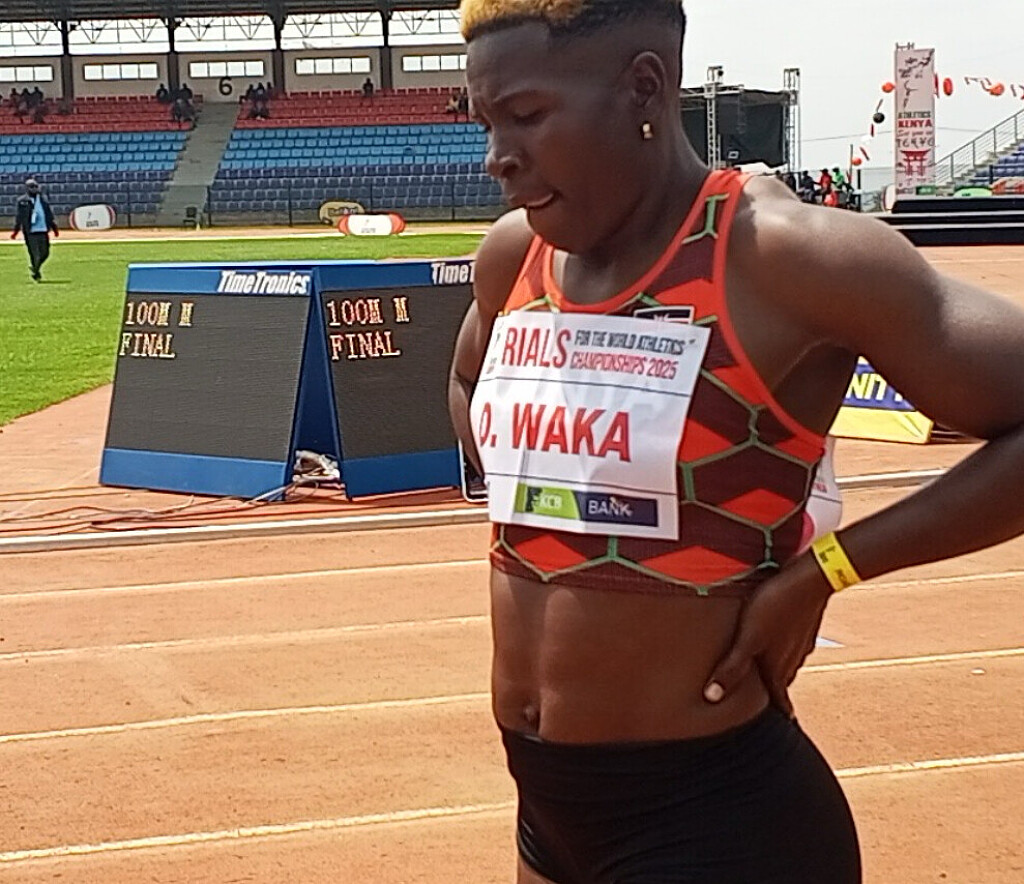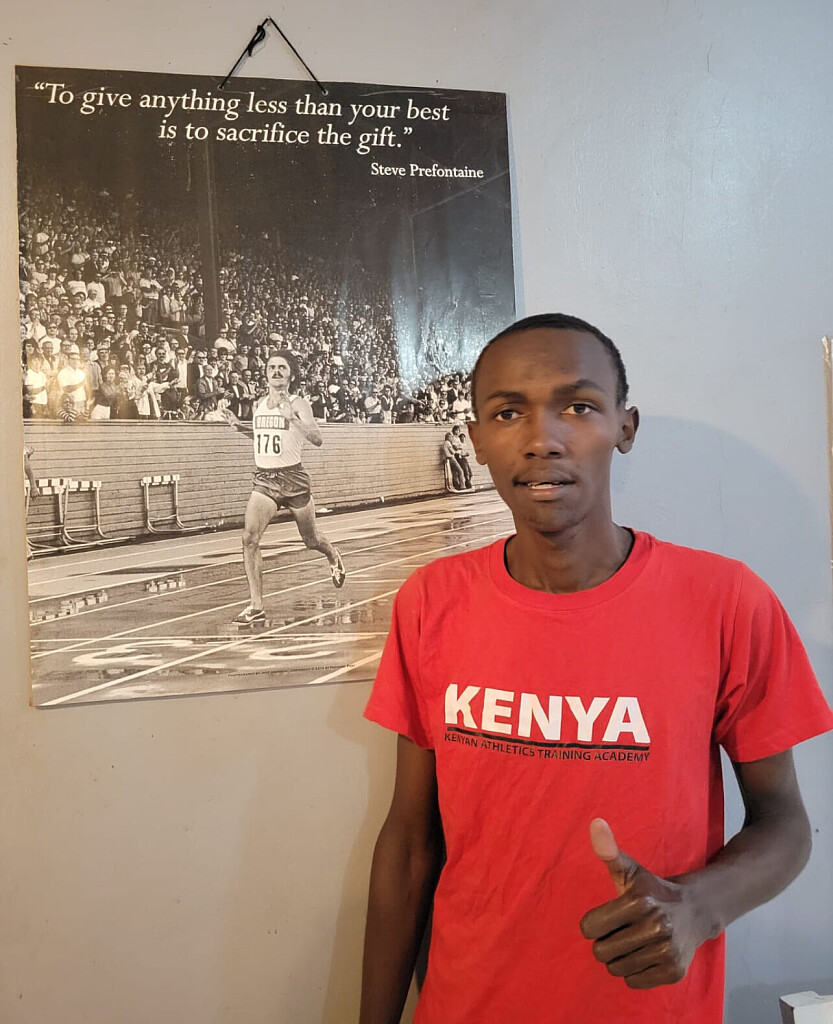Running News Daily
Running News Daily is edited by Bob Anderson. Send your news items to bob@mybestruns.com Advertising opportunities available. Train the Kenyan Way at KATA Kenya and Portugal owned and operated by Bob Anderson. Be sure to catch our movie A Long Run the movie KATA Running Camps and KATA Potato Farms - 31 now open in Kenya! https://kata.ke/
Index to Daily Posts · Sign Up For Updates · Run The World Feed
Articles tagged #bob Anderson
Today's Running News
13th Annual Christmas Double 15K, Palo Alto 29K, 5K & Bob Anderson Mile
Standout Performances Highlighted a Fun Family Event
The 13th Annual Christmas Double 15K and the accompanying Palo Alto 29K, 5K, and Bob Anderson Mile were held in Palo Alto, California, under excellent racing conditions. Temperatures hovered around 50 degrees, with no wind, on flat out-and-back courses along a mostly paved bike path.
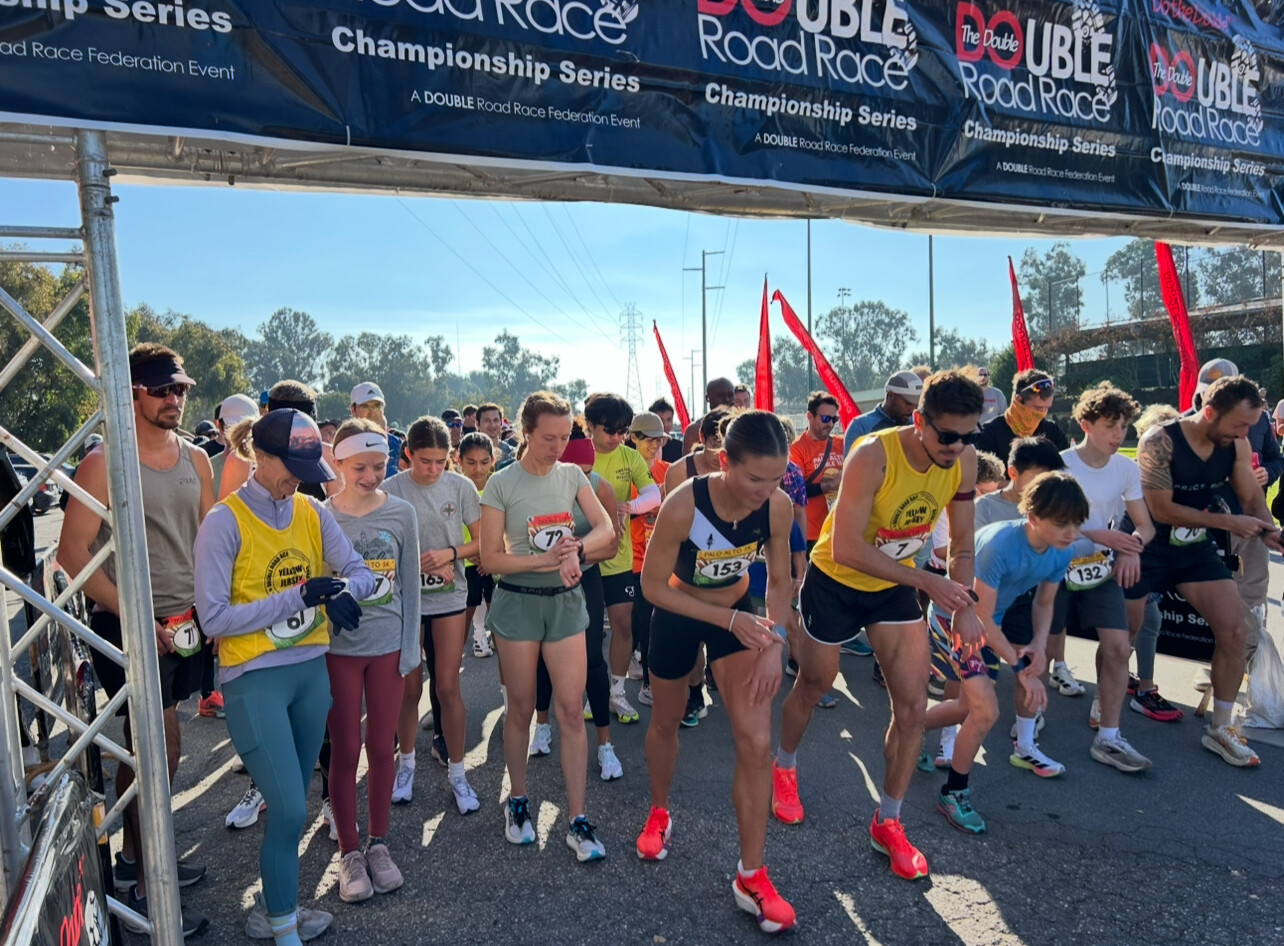
There were only a few standout performances, those efforts were very good and clearly separated themselves on the day.
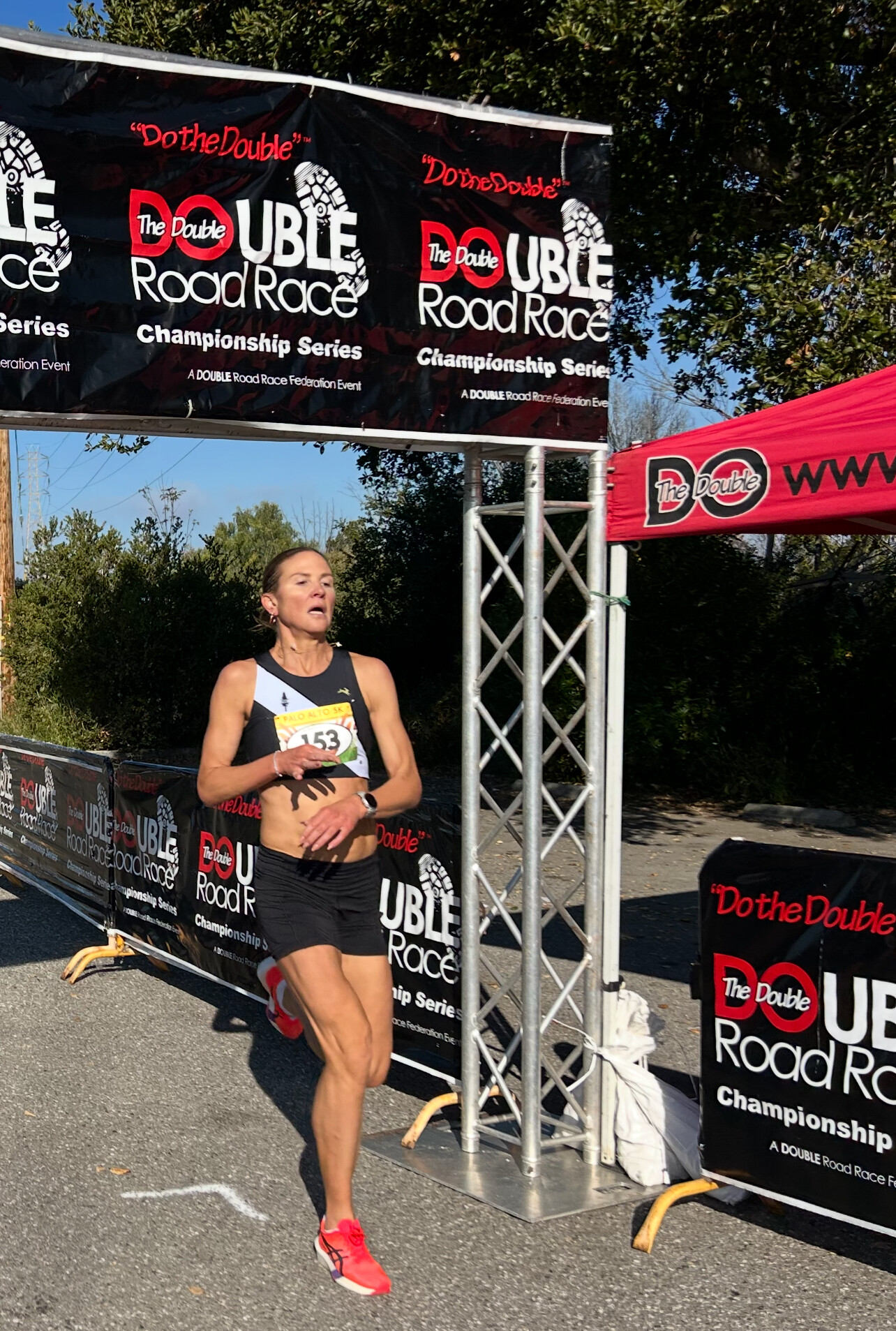
Double 15K Highlights
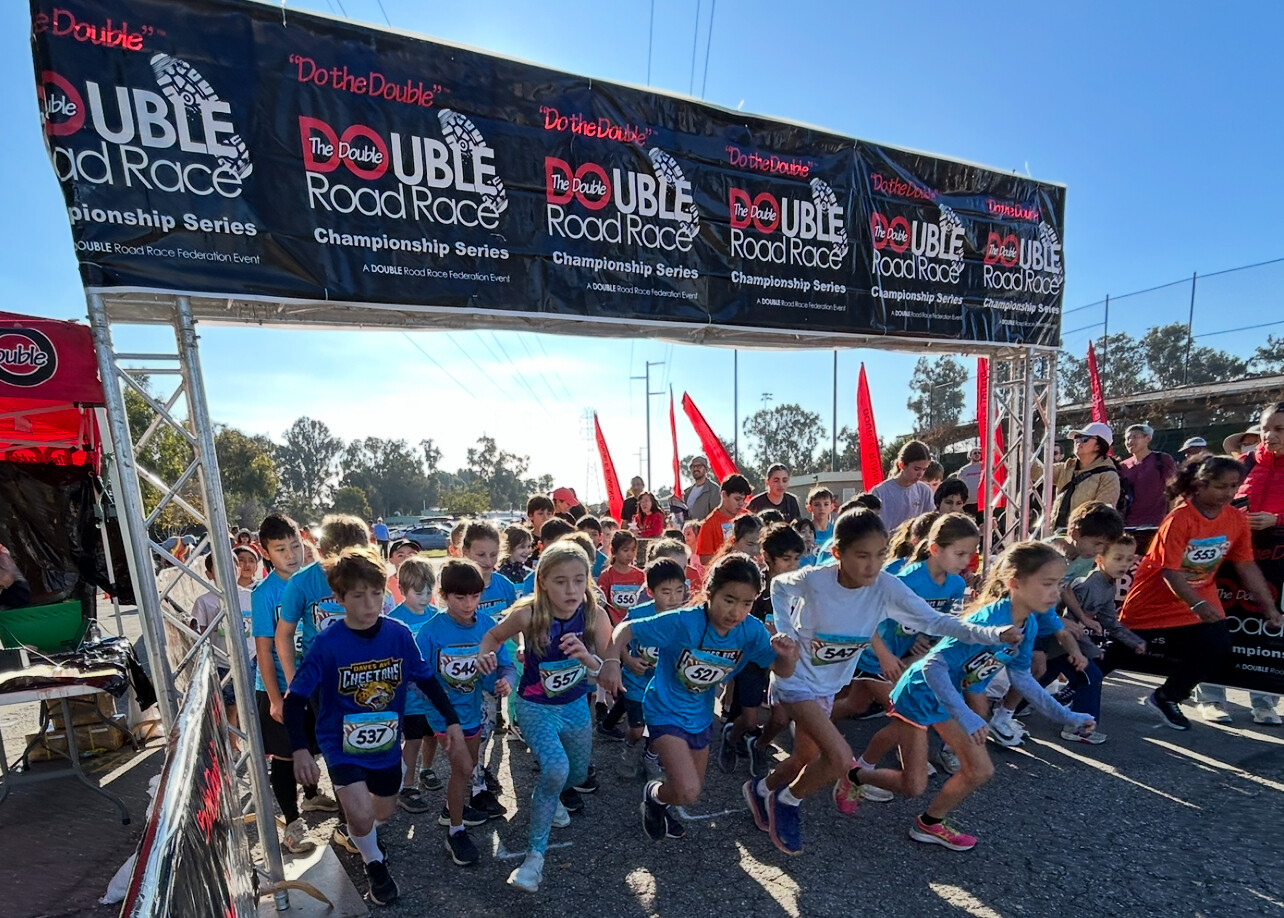
The Double 15K follows a unique format: runners first contest a 10K, then return 1 hour and 45 minutes later to run a 5K. The two times are added together to determine final standings, testing both speed and recovery.
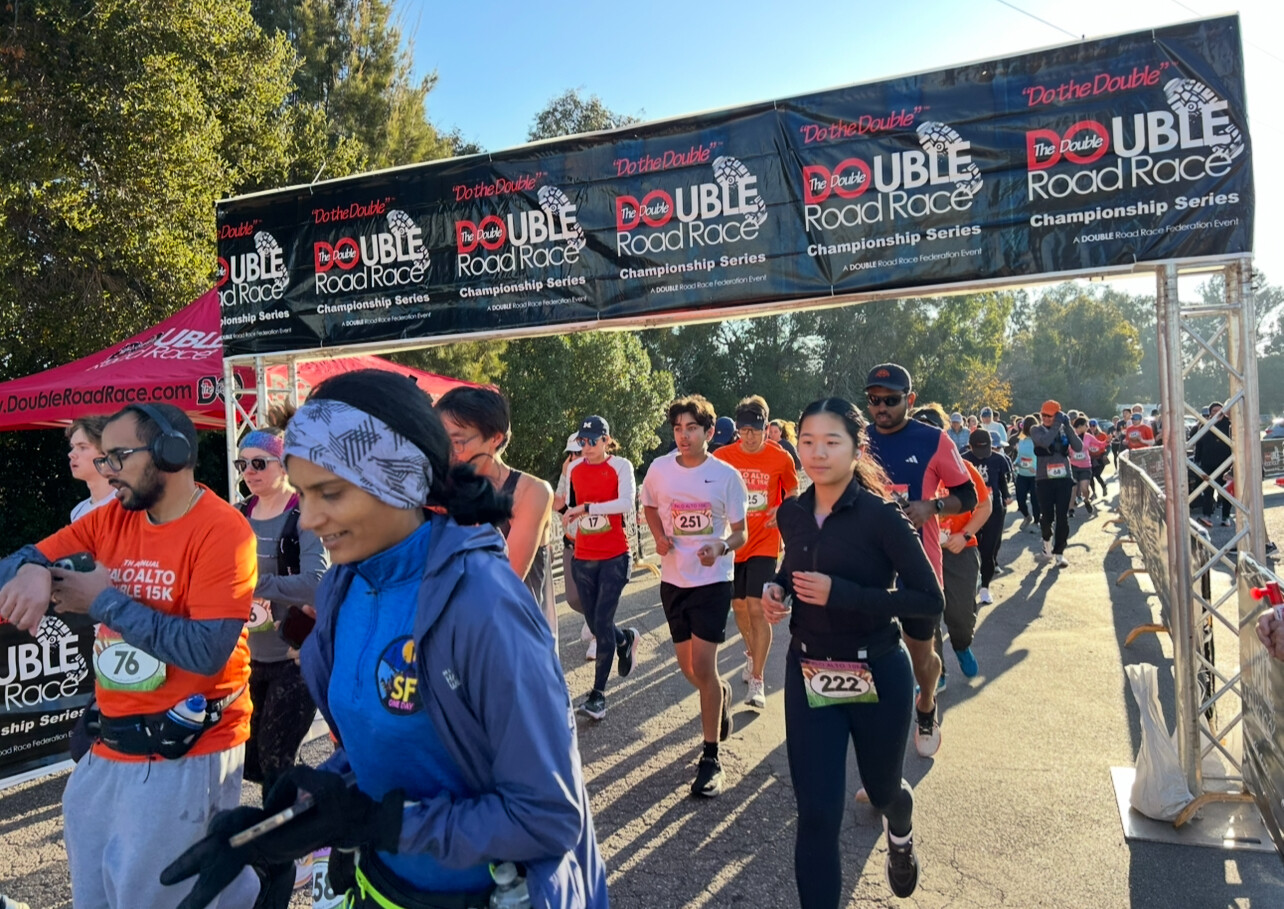
First Photo:Andrea Cloarec (Age 33, Woodside, CA) delivered the top performance of the event, winning the Double 15K with:
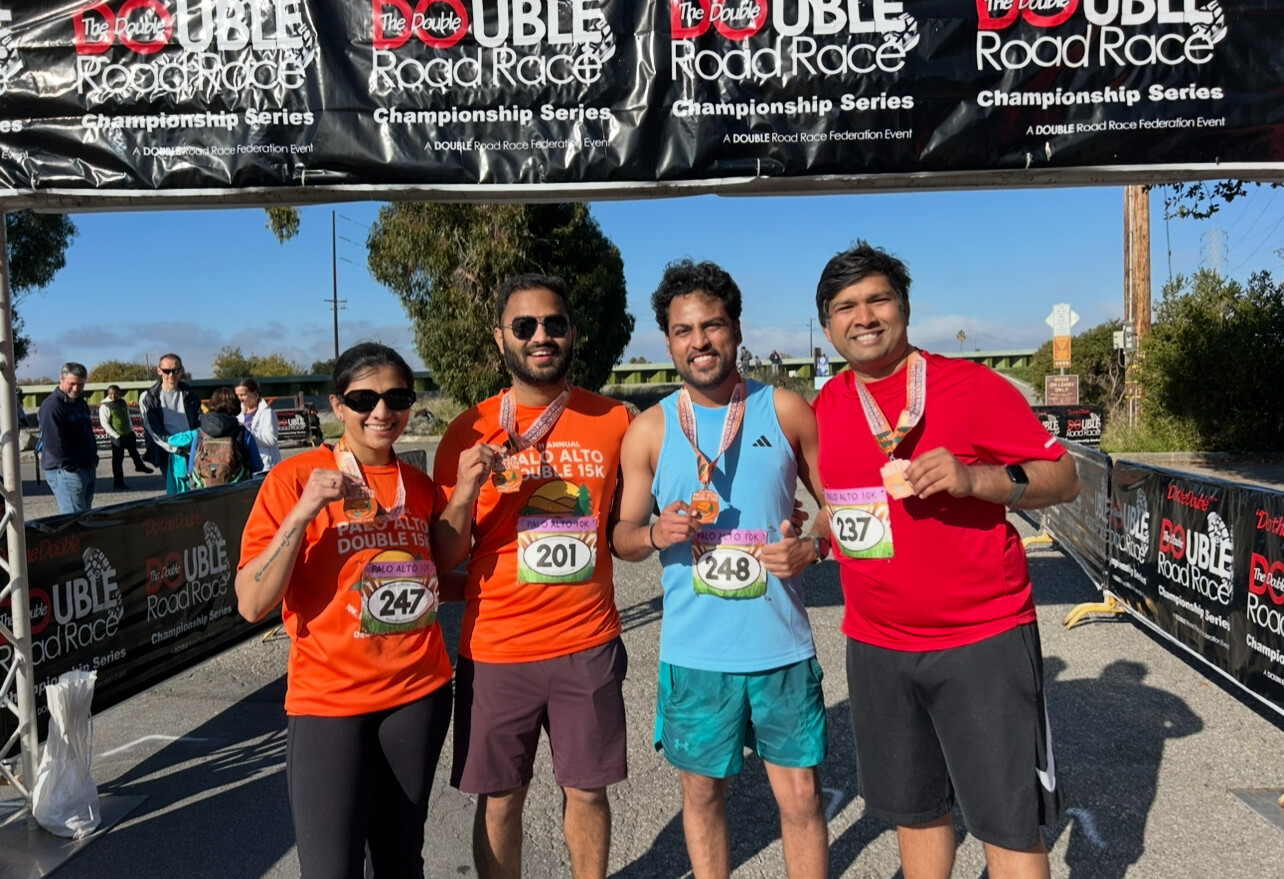
10K: 32:54
5K: 15:51
Combined Time: 48:45
Cloarec also captured the Double Victory Cup, awarded to the runner with the best age-graded performance in the Double 15K. His combined effort produced an age-graded score of 84.89%.
Additional Highlights
Whitney Trainor-Guitton (Age 46) was the first female finisher in the Double 15K, posting a combined time of 1:03:56.
Third photo: Nelleke Gibson ran 17:40 in the 5K.
In the Bob Anderson Mile (Ages 13 & Under), Charlotte Kenney (Age 12) won in 6:08.
Just 25 minutes after the start of the mile, Charlotte returned to the line for the Palo Alto 5K, where she finished as the second female overall, an impressive double on the day.
A Palo Alto Holiday Tradition
With 321 registered runners, the event once again delivered a fun, family-oriented holiday race. While the number of standout performances was limited, the quality at the top—combined with excellent conditions and strong community participation—made the 13th edition a success.
by Boris Baron
Login to leave a comment
Palo Alto Double 15K and 10K/5K
Bring the whole family and enjoy our pre Christmas events. All participants get a special shirt and bag. All finishers get a special medal. $200 of cash prizes ($100 each for winners of Double 15k) There will be four events in Palo Alto. Palo Alto Double 15K (10K+5K), Palo Alto 10K, Palo Alto UjENA 5K Run/Walk and Bob Anderson's Kids...
more...Edwin Soi’s Second Act: Veteran Track Star Turns Mentor While Leading Kenyan Charge at the Borobudur Marathon
In the tranquil dawn surrounding Indonesia’s ancient Borobudur Temple, Kenya’s Edwin Soi—once one of the world’s deadliest final-lap specialists—returned to the global stage with a performance defined by grit, maturity, and renewed purpose. His 2:20:21 fourth-place finish may have placed him just outside the podium, but it became one of the most compelling stories of this year’s Borobudur Marathon.
On a redesigned course rich in culture and punishing in terrain, Soi showed the poise of an athlete embracing the complexities of his second act—a transition from mid-distance brilliance to marathon resilience.
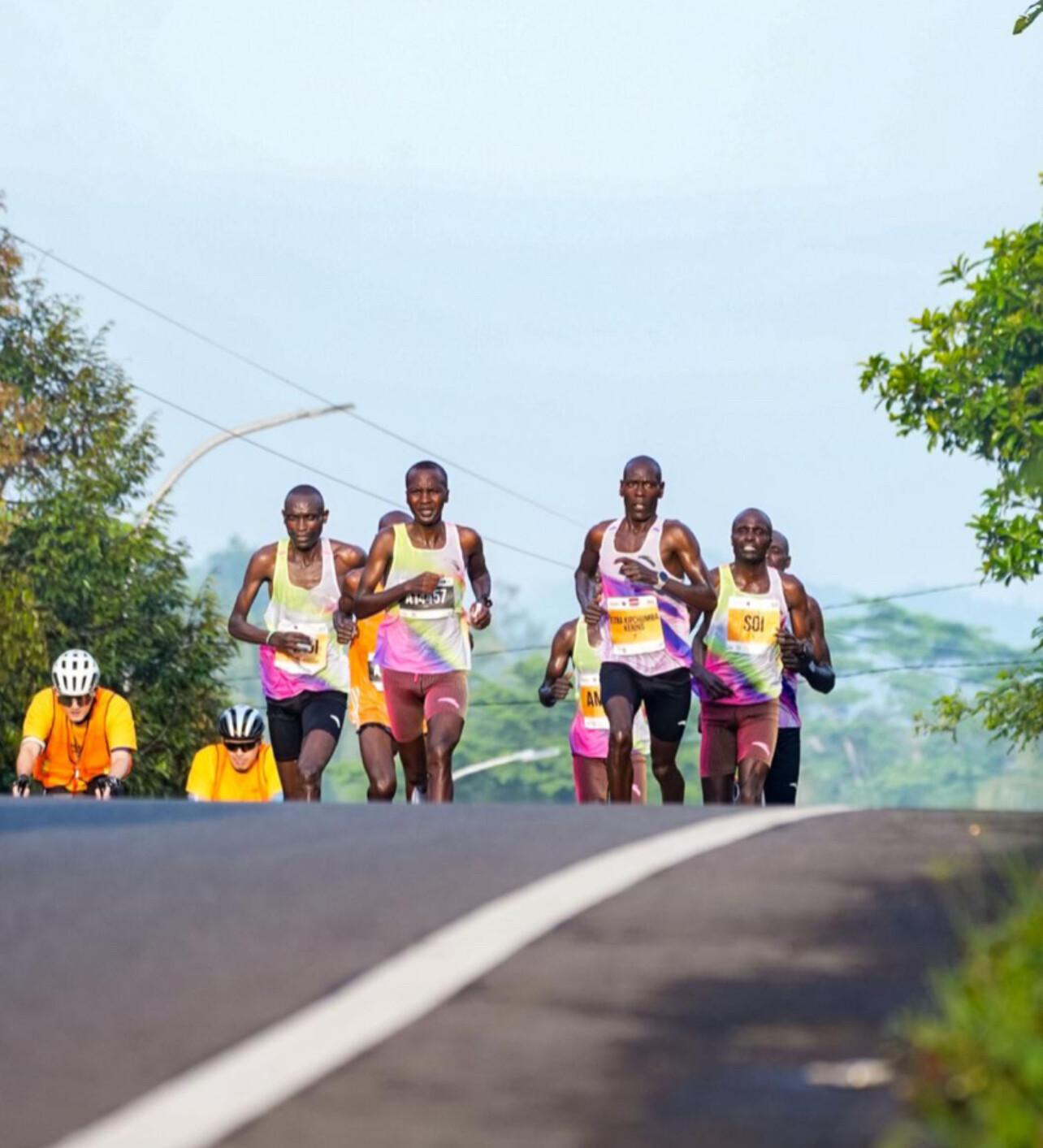
Speaking with My Best Runs after the race, Soi described the deep transformation required to evolve from track icon to marathon contender.
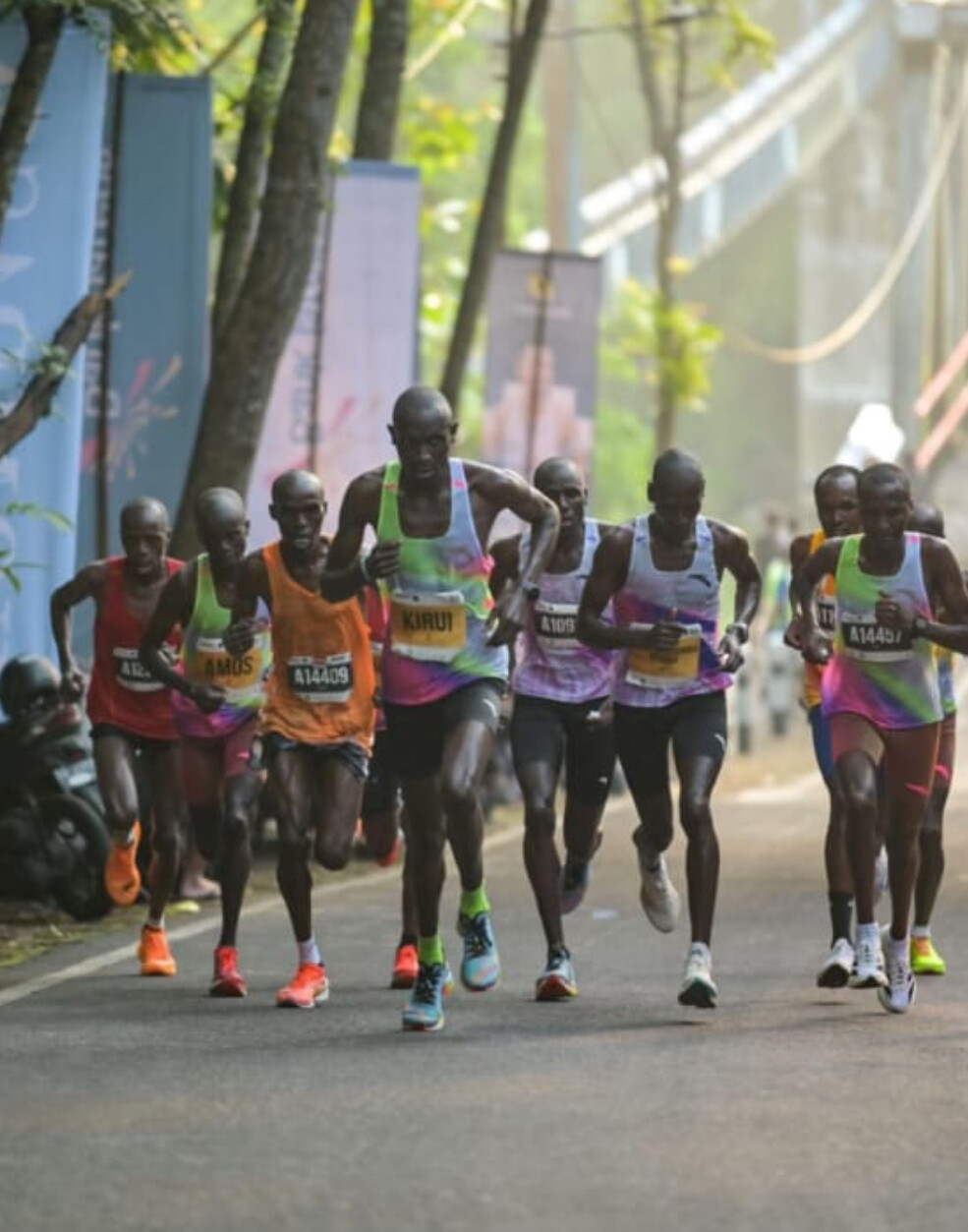
“My career on the track—my Olympic bronze in the 5,000m—was built on the fast finish,” he said. “But the marathon is completely different in the final 5km. You can’t just turn your legs over like on the track; the fuel is nearly gone. The biggest adjustment is shifting from raw speed to relentless endurance.”
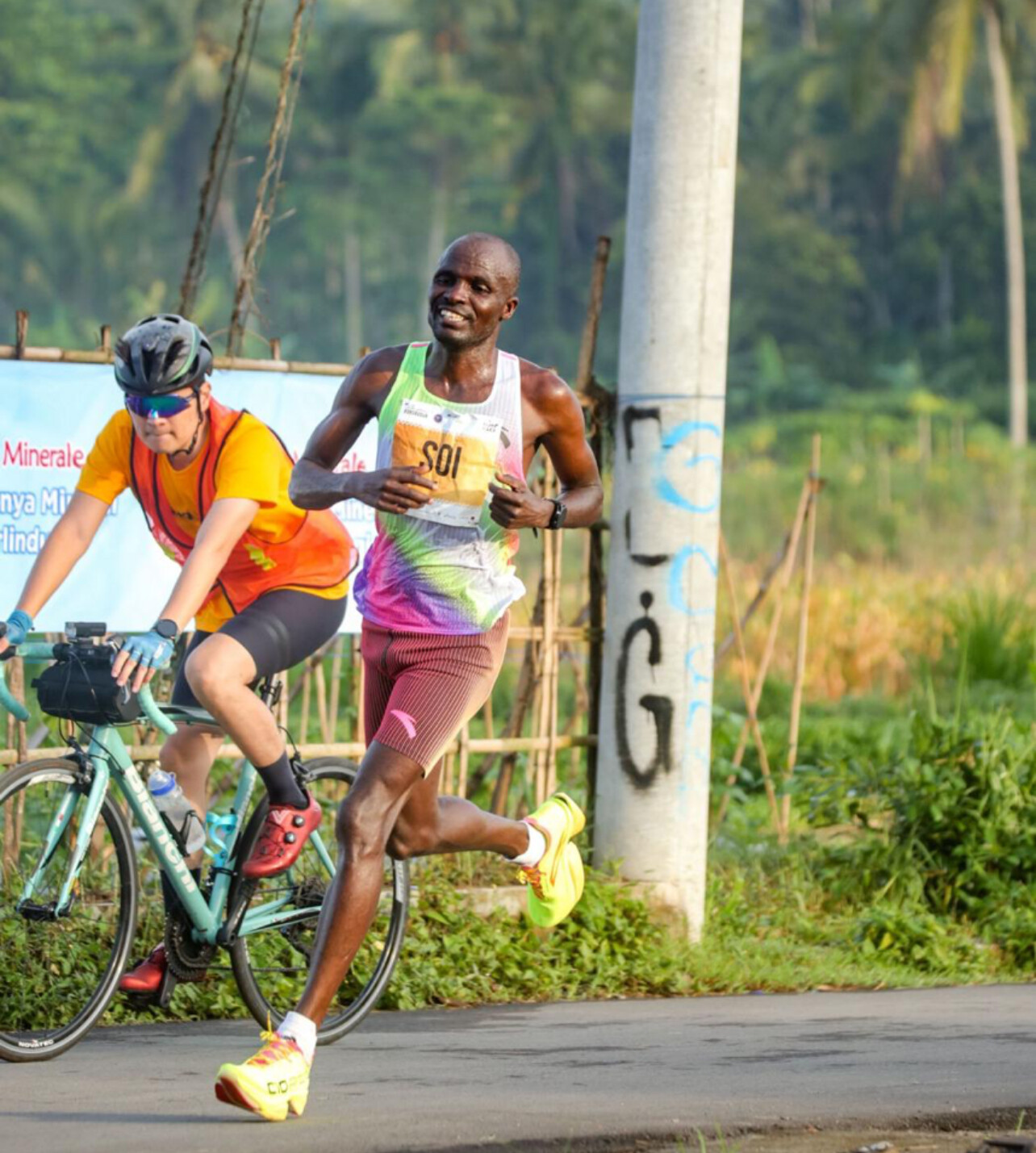
A Course That Demands Respect
The Borobudur route, winding through rice terraces, traditional villages, and the rolling Menoreh highlands, offered no shortcuts—and no mercy. It rewarded steady pacing, intelligent energy management, and deep aerobic strength, qualities Soi has been sharpening as he shifts to longer distances.
“The tropical heat and especially the humidity were the biggest challenges,” he said. “Even with the early start, the air felt heavy and thick as the sun rose. For us, training in the altitude and cooler air of Kenya, it required immense discipline with hydration from the first kilometer.”
The constant undulation of the course forced him into a measured rhythm:
“I had to run more conservatively in the first half to save energy for the inevitable struggle after 25km. But the scenery, the villages, the people cheering… it is one of the most beautiful races I’ve experienced.”
From Track Legend to Builder of Future Champions
Though he remains globally known for his devastating last-lap kick, Soi’s greatest work today may be happening far from stadium lights. In Kuresoi, through Bob Anderson’s KATA programme, he now mentors a rising generation of disciplined young runners.
“This has been a year of deepening purpose,” he said. “My reflection is less about my personal stopwatch and more about the impact I can have on the future of Kenyan running.”
He still trains at a high level, balancing heavy marathon mileage with the demands of leadership.
“Running competitively keeps me sharp and helps me understand the sacrifices my young athletes are making. Every morning, I run alongside them—I’m not just a coach shouting instructions; I am a competitor in the pain cave with them.”
On the misty loops of Kuresoi, he passes down the two things that shaped him: the speed of the track and the patience of the marathon.
Kenyan Depth on Full Display
Despite missing the podium, Soi helped anchor a dominant Kenyan performance in Magelang, Central Java, Indonesia, where the marathon began and finished inside the historic Lumbini Park complex at Borobudur Temple.
The top four in the elite men’s marathon—all representing Kenya—were:
1. Ezra Kipchumba Kering (Kenya) — 2:17:33
2. Alex Oloitiptip Korio (Kenya) — 2:17:43
3. Kiprop Tonui (Kenya) — 2:18:01
4. Edwin Cheruiyot Soi (Kenya) — 2:20:21
A Cultural and Competitive Showcase
The 2025 Borobudur Marathon, elevated to World Athletics Elite Label status, attracted more than 11,500 runners from 38 countries. Its scenery, cultural performances, and enthusiastic supporter crowds generated more than Rp 73 billion in economic impact, cementing its place as one of Asia’s rising marathon gems.
A Legacy in Motion
For Soi, Borobudur was more than a race—it was a declaration. A reminder that champions don’t fade; they evolve.
His footsteps now tell two intertwined stories: a veteran still capable of racing among the world’s best, and a mentor shaping futures in the hills of Kuresoi.
As Kenyan runners painted the leaderboard red, green, and black, Soi’s fourth-place finish stood out not for what it lacked, but for what it symbolized: a champion transforming—and lighting the path for those who follow.
by Robert Kibet
Login to leave a comment
BingwaFest Returns: A High-Stakes Track Opportunity for KATA Athletes
After a competitive season across Nakuru, Siaya, and Machakos, Nairobi is set to host the Season 2 BingwaFest Nairobi Edition on November 22 at Kasarani Stadium. For KATA athletes spread across Kenya, this meet is far more than another race on the calendar—it’s a chance to shine on home soil, compete for substantial prize money, and demonstrate the strength of regionally developed talent. Powered by Betika, the Nairobi edition underscores the resurgence of Kenyan athletics and the rising impact of local competitions.
The season opened in Nakuru, where Maurine Jepkoech Chebor stamped her authority by sweeping both the women’s 5,000m and 10,000m. In the men’s events, Richard Etir and Daniel Kimaiyo delivered standout performances that set an early standard. Their efforts framed a season defined not just by speed and endurance, but by smart racing and tactical maturity.
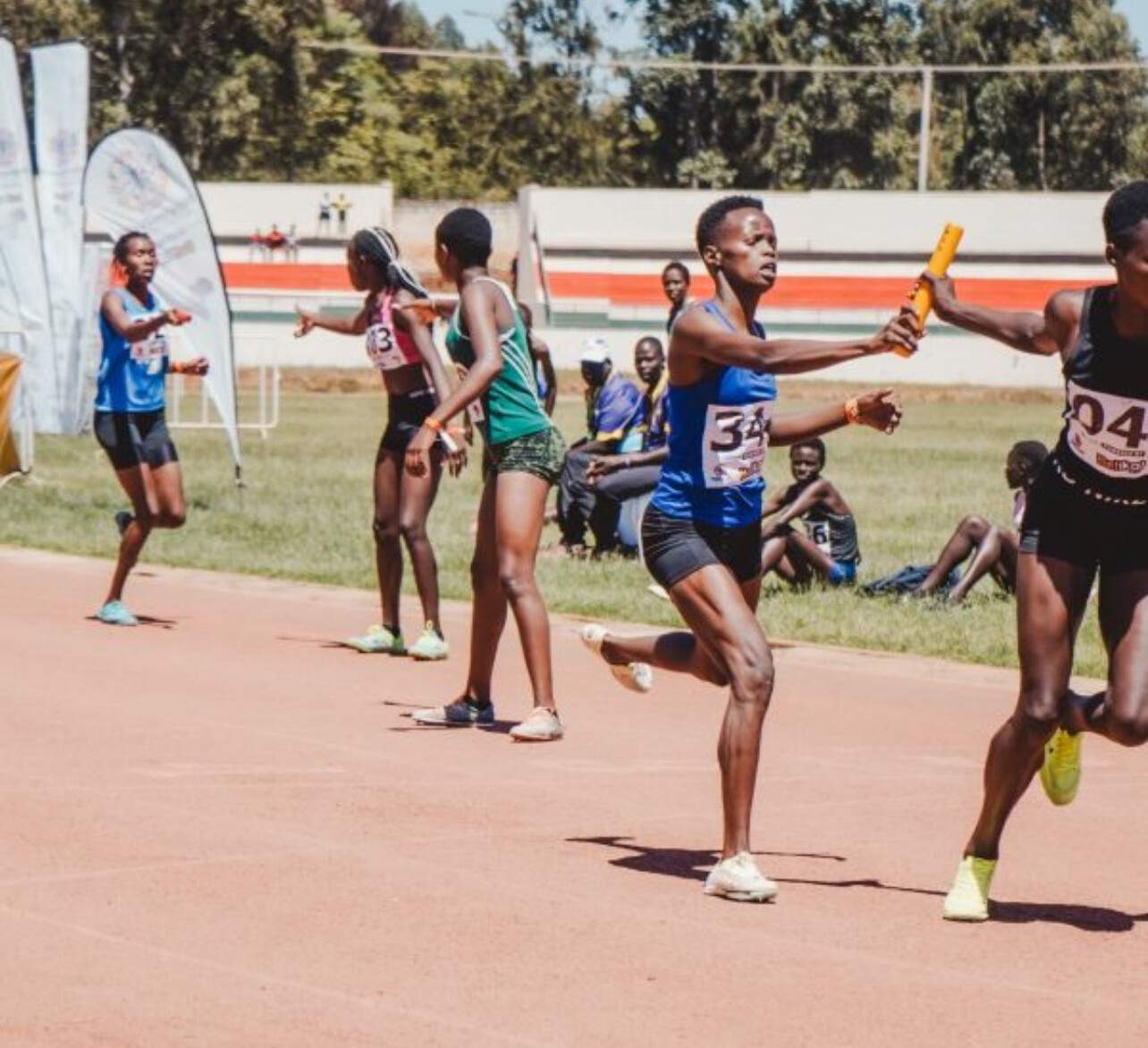
Siaya continued the trend, with Miriam Chebet taking double gold in the 5,000m and 10,000m. “Winning both races is a big confidence boost,” she said after her victories. “I hope to perform even better.” Titus Kiprotich provided a masterclass in patience and pacing to secure the men’s 10,000m. In Machakos, veterans Glorious Chepkurui and Francis Langat showcased consistency and experience, winning their respective 5,000m and 10,000m races with measured execution.
KATA athletes have been prominent across the domestic circuit, bolstered by strong results at major recent events such as the Standard Chartered Nairobi Marathon 2025. Under the guidance of Coach Philemon Kiptoo of KATA001 Kapcherop, athletes have not only raced well—they have emerged as crowd favorites, blending disciplined training with tactical sharpness. Their appearance in Nairobi reinforces the rising credibility of Kenya’s regional training hubs and shows that structured local programs can produce athletes capable of competing at international levels.
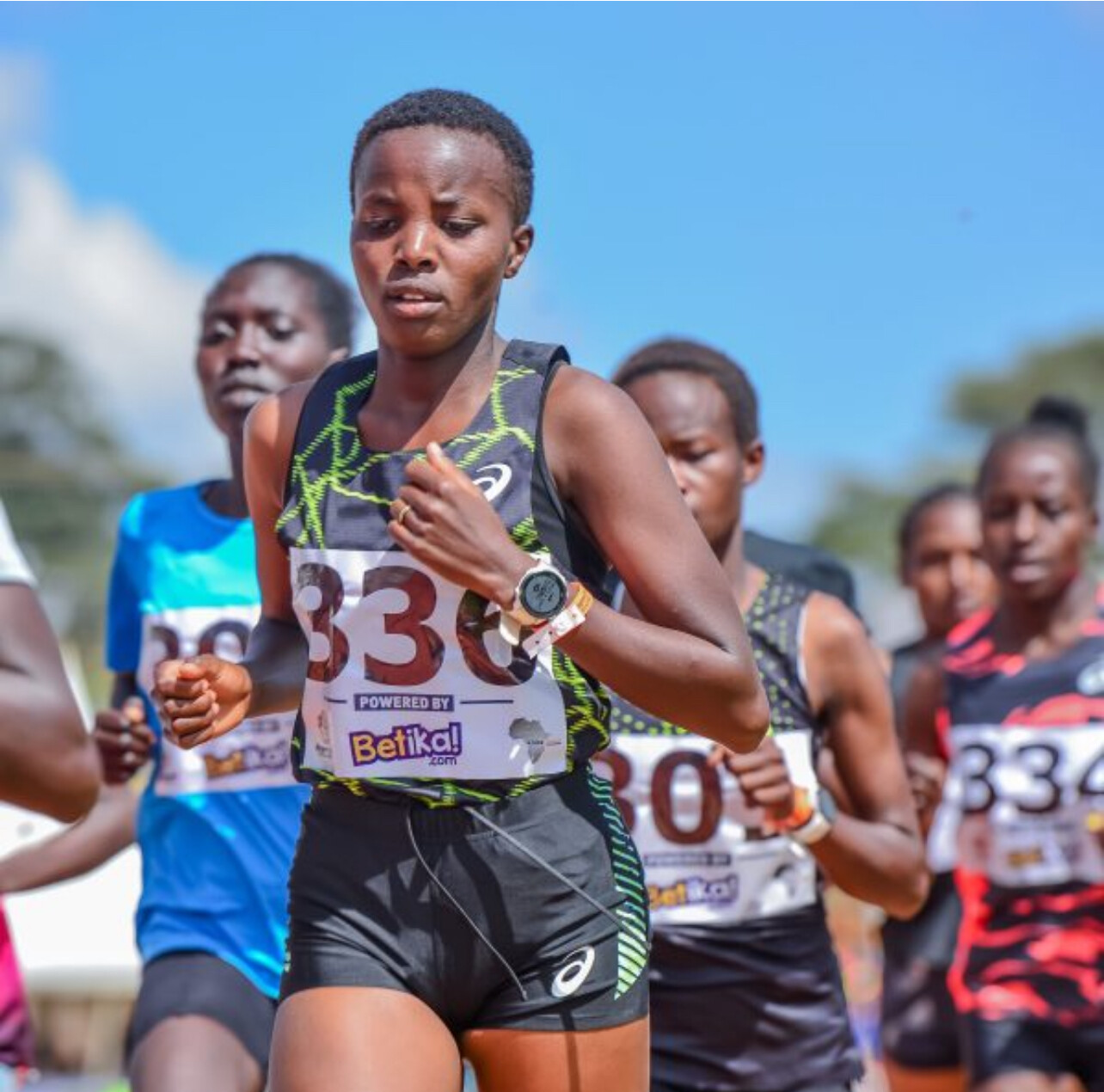
A distinctive factor behind the KATA program’s momentum is the community-driven economic engine supporting its athletes. Bob Anderson’s potato farming initiative—spread across the highland regions where KATA camps operate—has become a vital funding source. Revenue from these farms helps cover training expenses, travel costs, and essential equipment, allowing athletes to focus fully on performance. This model of local empowerment gives athletes the stability to build careers at home rather than chasing uncertain opportunities abroad.
This year’s event also marks the reopening of Kasarani Stadium following CHAN football upgrades, offering athletes a world-class track and a renewed sense of pride. For many, racing at Kasarani is deeply personal. As Timothy Cheruiyot has said of past editions, competing at home brings a sense of belonging and motivation unmatched by international travel. KATA athletes will look to create similar moments across the full program of events—from the 100m to 400m sprints, 800m and 1,500m middle distances, 5,000m and 10,000m long-distance races, and both the 4×100m and 4×400m relays.
The incentives are significant. Individual winners will earn 250,000 shillings, with 150,000 for second place and 100,000 for third. Relay teams will compete for up to 300,000 shillings. These rewards highlight a growing truth: Kenyan athletes can build sustainable careers through domestic competitions.
For KATA athletes, the return to Nairobi is a moment where disciplined training, homegrown support, and community-driven funding intersect. It’s proof that local competitions can create real opportunities—and that economic empowerment initiatives, like the KATA potato program, can directly fuel athletic success. As Kasarani opens its gates on November 22, the stage is set for Kenya’s rising stars to make their mark and keep the momentum of a nationwide athletics revival firmly in motion.
by Robert Kibet
Login to leave a comment
KATA Time Trial 50 Marks Milestone with Strong Performances in Thika
THIKA, Kenya — November 12, 2025 — The 50th edition of the KATA Time Trial was held today at the Kenyan Athletics Training Academy (KATA) in Thika, marking a major milestone for the event that continues to nurture and test athletes under challenging conditions. Despite the warm, humid air and gusty winds, runners delivered impressive performances across both the 5km and 10km distances.
In the men’s 5km race, Charles Ndirangu, still recovering from injury, displayed determination and class to cross the finish line first in 15:32. Sixteen-year-old James Lawrence followed with a strong run of 18:01, showing promise as one of KATA’s rising young athletes. Eric Mwaura, 18, clocked 18:07to round out the top three.
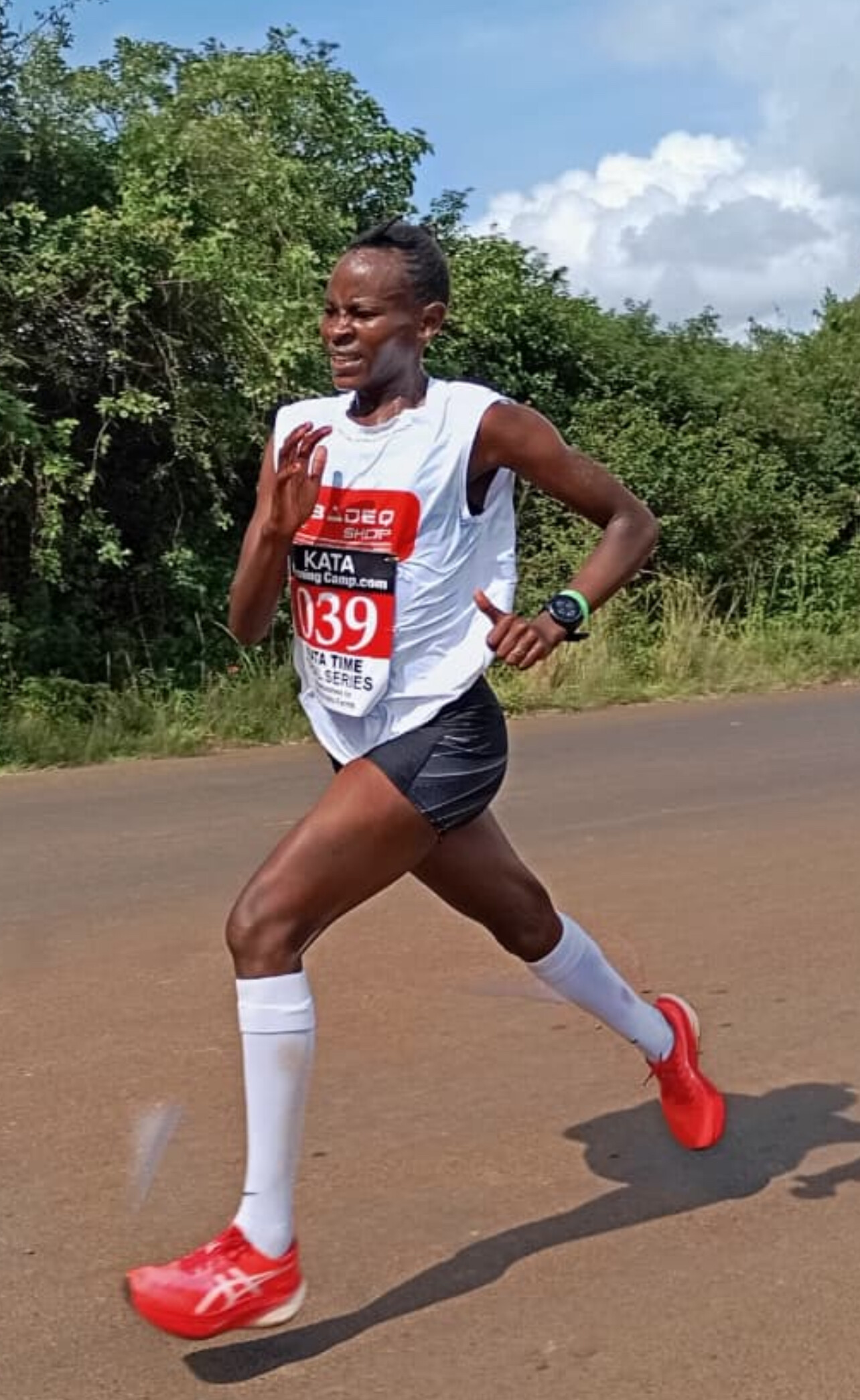
The women’s 5km race saw Agnes Wanjiru take to the course solo, clocking 19:21. Having recently battled illness, her performance reflected admirable resilience and commitment to the KATA program.
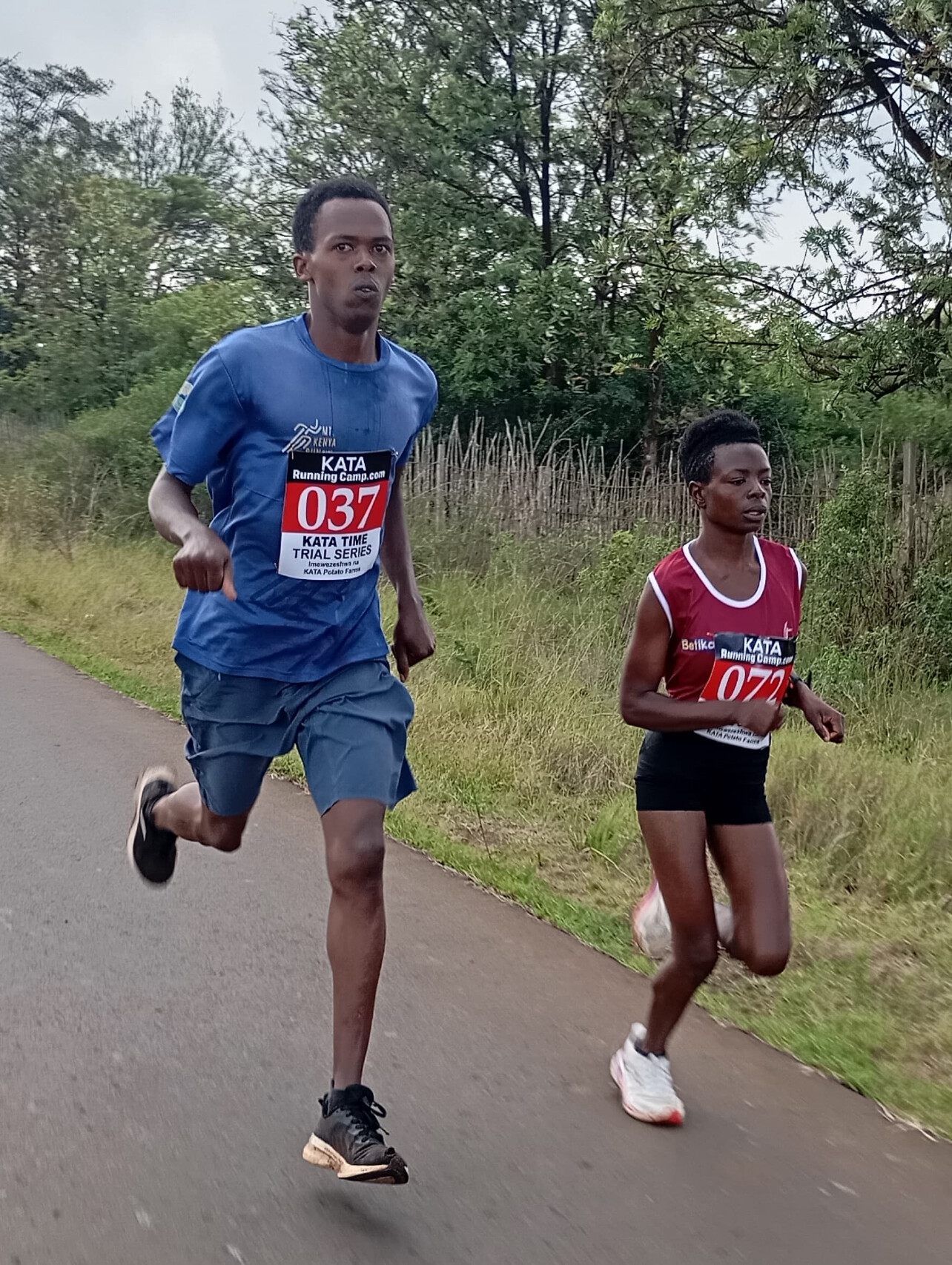
The men’s 10km was one of the most competitive fields of the day. John Chege, 21, took command early and maintained his lead to win in 29:49. He was followed by Bernard Waweru (40) in 30:29, with Stephen Ngigi, 22, close behind in 30:36 to complete the podium.
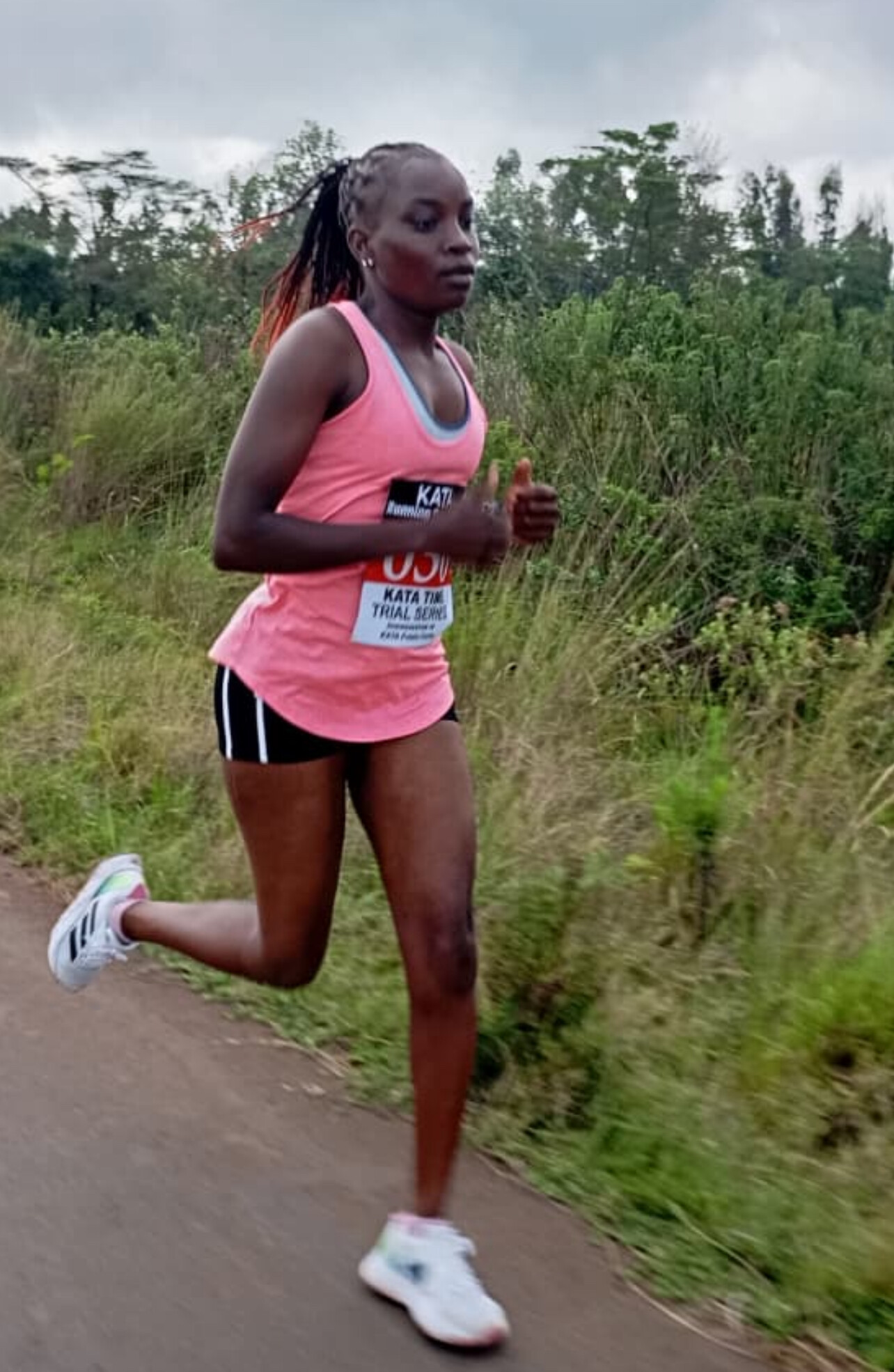
The women’s 10km produced another standout performance, with Loise Kiarie, 24, setting a new personal best of 33:49, improving her previous time by 30 seconds despite the less-than-ideal weather. Jacinta Kamau, also 24, claimed second in 34:48, while Kellen Waithira (38) finished third in 36:11.
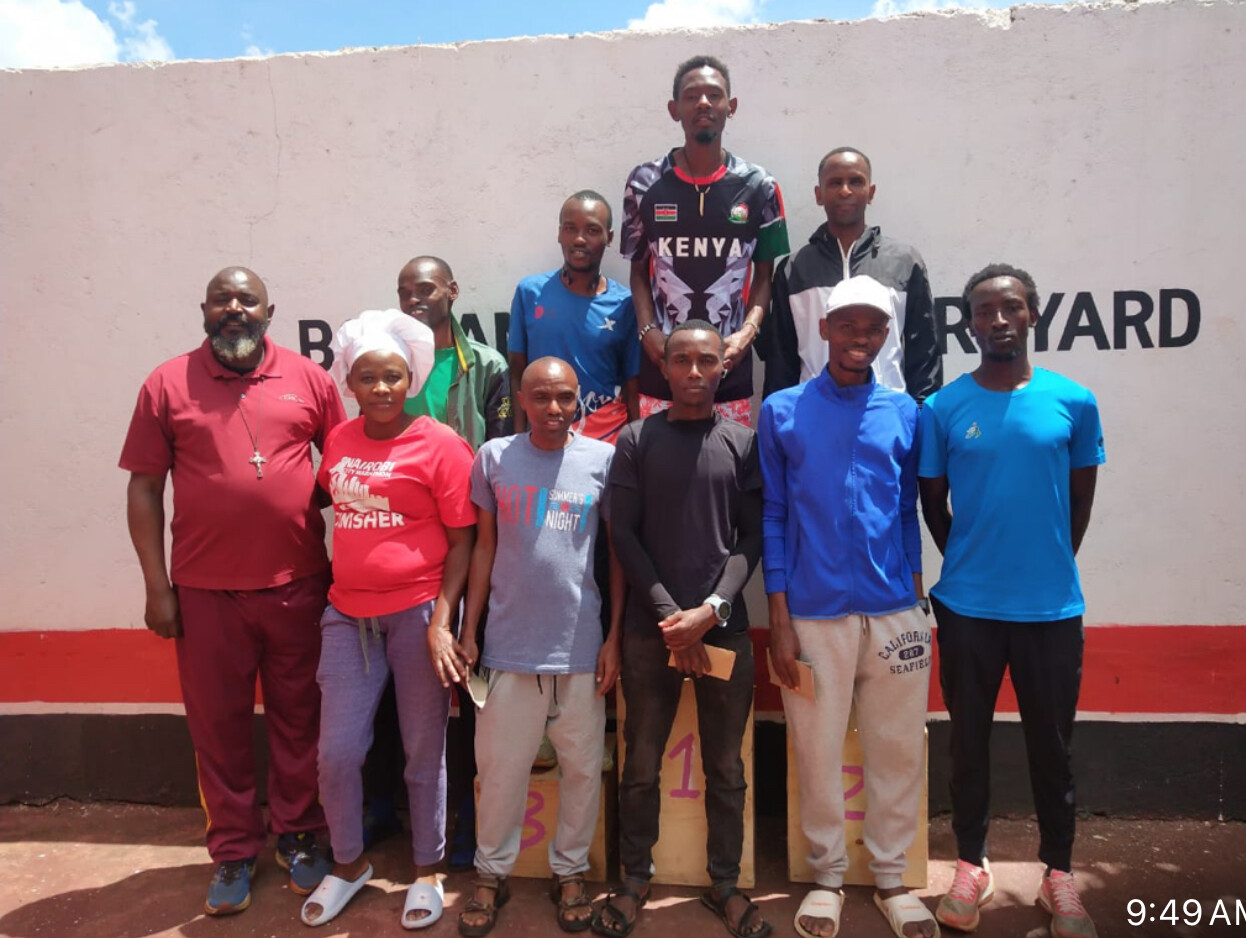
The KATA Time Trials, founded by Bob Anderson, continue to provide a world-class platform for Kenyan athletes to measure progress and stay race-ready between competitions. Today’s edition celebrated not only endurance and improvement but also the spirit of consistency that has defined the KATA community since its inception.
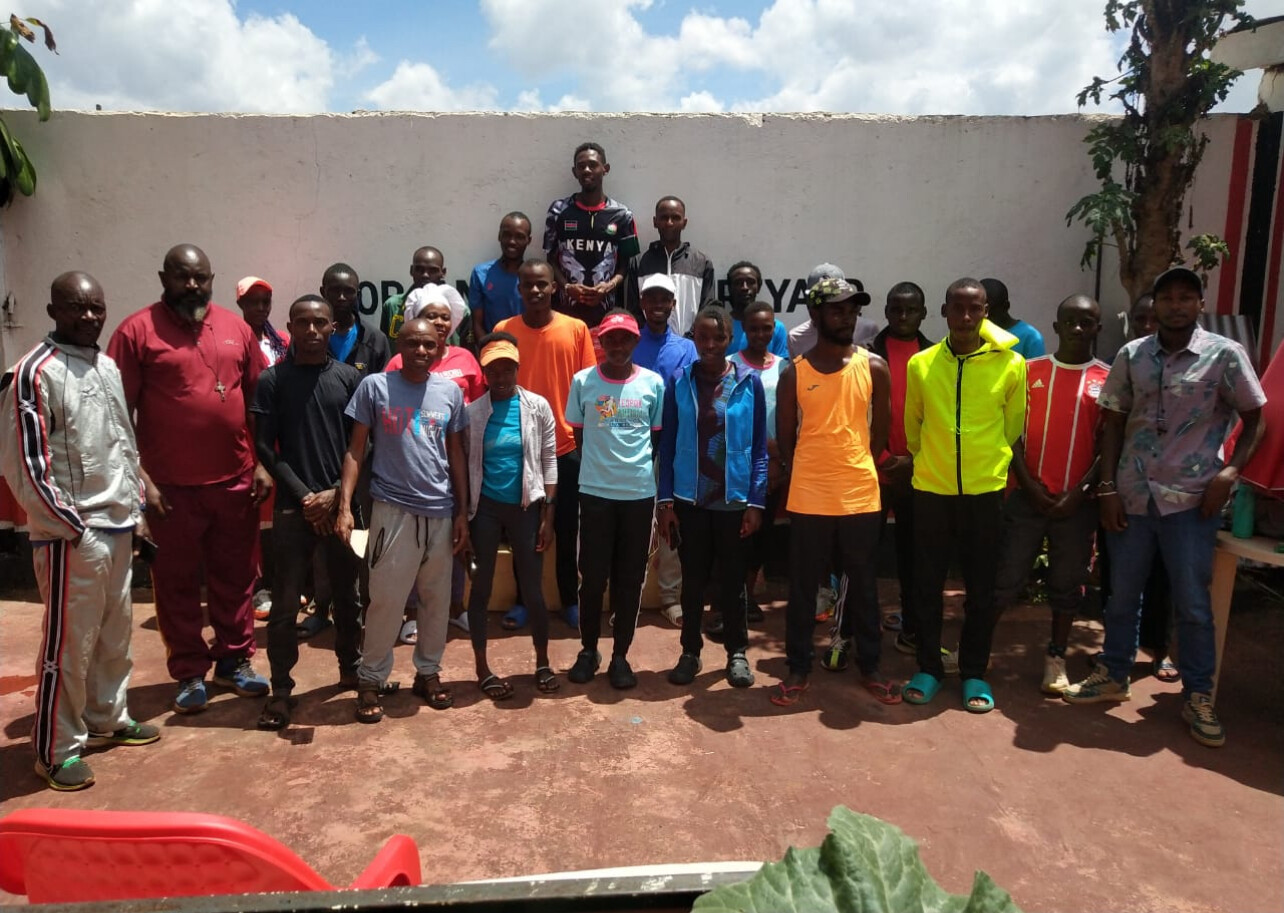
The next KATA Time Trial will take place on December 17, both in Thika and at most of KATA’s satellite running camps across Kenya, as the program continues to expand its reach and provide competitive opportunities to athletes nationwide.
KATA Time Trial #50 – Official Results
5km Men
- Charles Ndirangu – 24 yrs – Bib 74 – 15:32
- James Lawrence – 16 yrs – Bib 73 – 18:01
- Eric Mwaura – 18 yrs – Bib 35 – 18:07
- Tobias Kosgei – 16 yrs – Bib 73 – 18:50
5km Women
- Agnes Wanjiru – 20 yrs – Bib 33 – 19:21
10km Men
- John Chege – 21 yrs – Bib 76 – 29:49
- Bernard Waweru – 40 yrs – Bib 31 – 30:29
- Stephen Ngigi – 22 yrs – Bib 71 – 30:36
- Boniface Mungai – 30 yrs – Bib 77 – 30:53
- Dan Lolngojine – 19 yrs – Bib 49 – 31:01
- John Kuria – 30 yrs – Bib 40 – 31:33
- Joel Maina – 43 yrs – Bib 41 – 32:15
- Justus Nyamai – 18 yrs – Bib 48 – 33:25
- Ismael Mburu – 25 yrs – Bib 50 – 33:44
- Eric Cheruiyot – 30 yrs – Bib 46 – 33:55
- Joseph Nyota – 20 yrs – Bib 32 – 34:05
- Peter Mukundi – 27 yrs – Bib 37 – 36:46
- Charles Ndirangu – 65 yrs – Bib 53 – 38:02
10km Women
- Loise Kiarie – 24 yrs – Bib 39 – 33:49 (PB)
- Jacinta Kamau – 24 yrs – Bib 38 – 34:48
- Kellen Waithira – 38 yrs – Bib 54 – 36:11
- Susan Njuu – 40 yrs – Bib 52 – 36:34
- Lilian Nyamai – 25 yrs – Bib 47 – 37:04
- Karen Cheokemoi – 24 yrs – Bib 51 – 37:29
- Ruth Maina – 23 yrs – Bib 72 – 37:36
- Felistas Maina – 37 yrs – Bib 34 – 40:04
- Mary Wangari – 35 yrs – Bib 36 – 40:04
by Boris Baron
Login to leave a comment
KATA Time Trial Series
Welcome to the KATA Monthly Time Trial Held at the Kenyan Athletics Training Academy in Thika, Kenya, the KATA Monthly Time Trial is a unique and inclusive event designed to support runners of all levels in achieving their goals and showcasing their fitness. This event offers both 10K and 5K distances on an accurate, certified course, providing participants with...
more...Lucy Muritu’s Young Athletes Set Sights on 3rd Edition of Great Chepsaita Cross Country Run
NYANDARUA, Kenya Lucy Muritu, a dedicated KATA beneficiary and mentor, is preparing her young athletes to shine on the global stage at the upcoming 3rd edition of the Great Chepsaita Cross Country Run (Gold Label), set for December 6.
Beyond her success as a KATA potato farmer, Lucy has devoted herself to nurturing young running talent, proving that grassroots mentorship can open doors for children to excel both on the track and in the classroom.
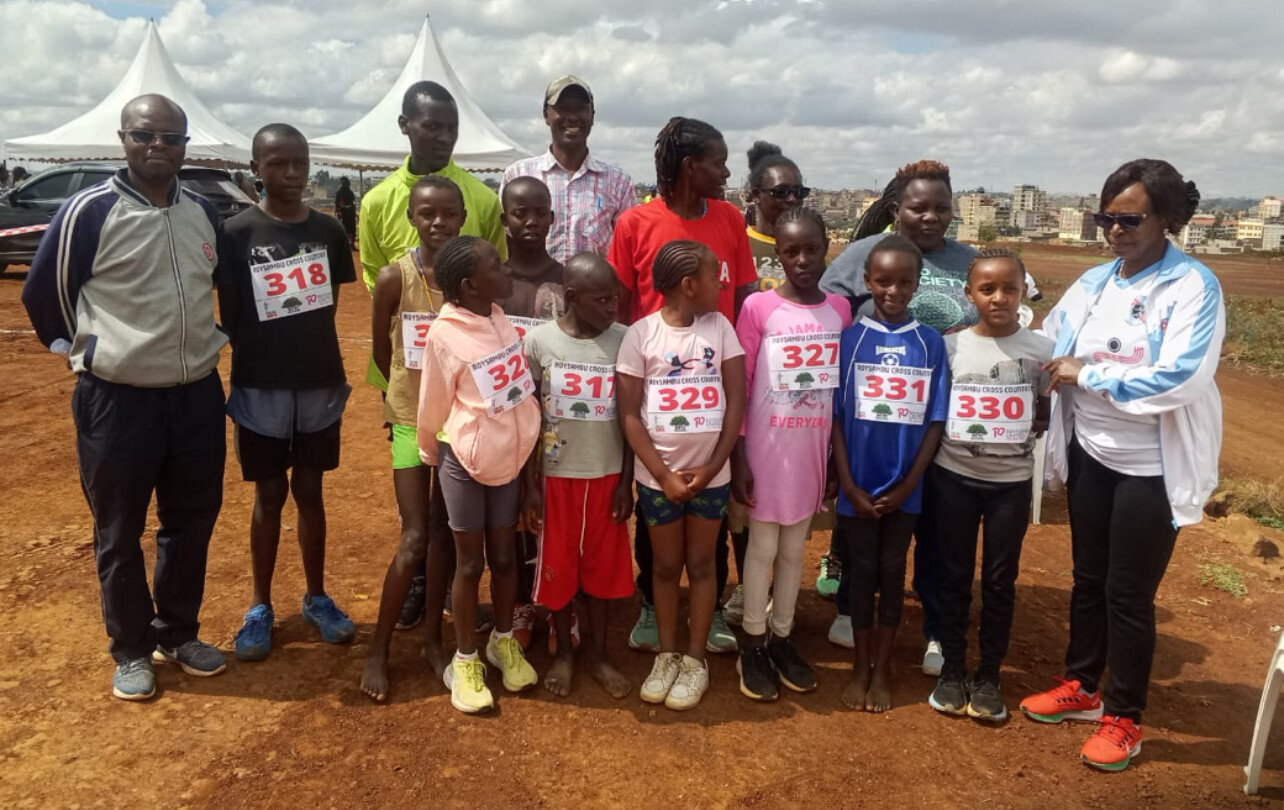
Among her protégés are sisters Florence Wangui (13) and Margaret Wanja (11), whose performances have already drawn national attention. The two recently triumphed in Bob’s One Mile Children’s Race, an initiative created by Bob Anderson to support emerging young runners. Alongside the annual Double Road Race, Bob’s One Mile has become a vital platform for discovering and nurturing athletic talent at the youth level.
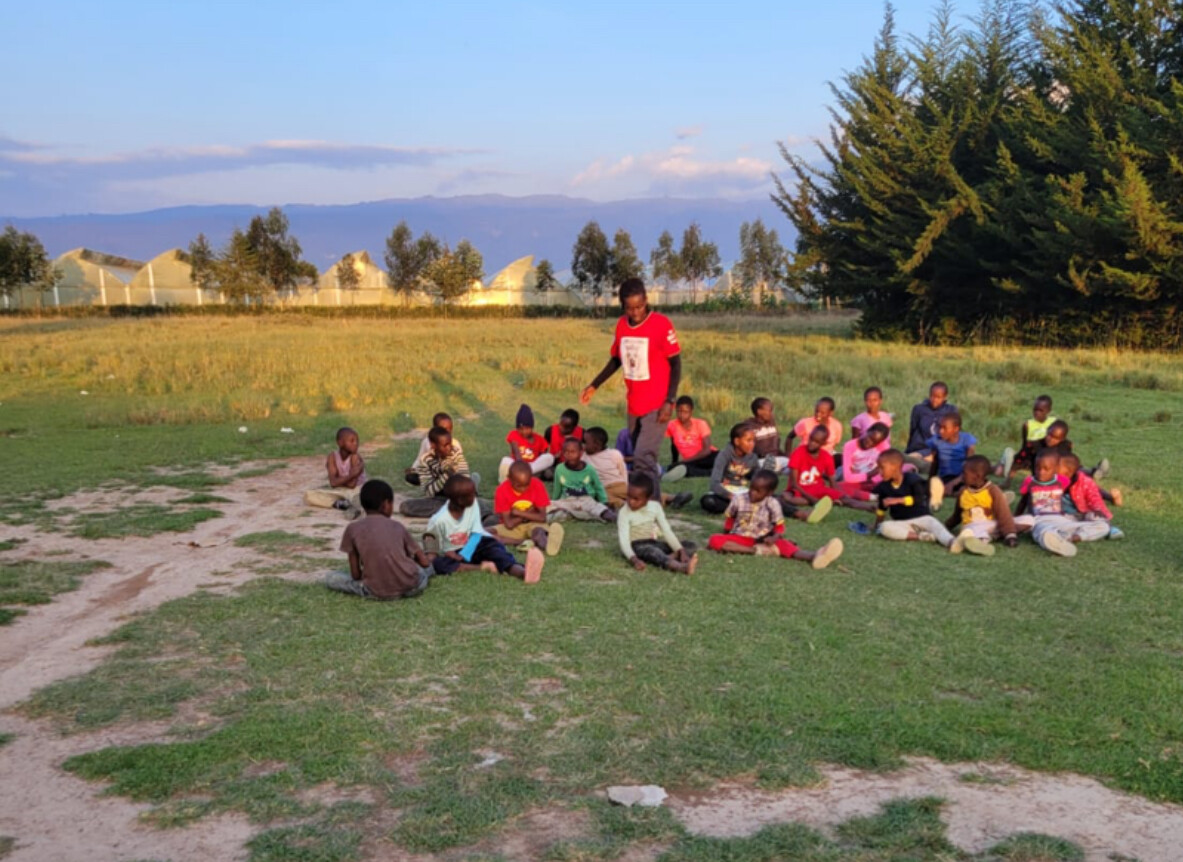
Florence and Margaret continued their winning streak by capturing titles at the Roy Sambu United Environment Cross Country Run in Nairobi, confirming their rising status among Kenya’s promising young athletes.
Lucy has already registered her full team for Chepsaita: Florence Wangui, Margaret Wanja, Godfrey Kahora (19), Ann Wanjiku (16), Tabitha Wanjiru (15), Tashian Wangari (8), and Alisha Njoki (9). Many of these young athletes come from humble backgrounds, yet through Lucy’s mentorship—and the support of programs like KATA and Bob Anderson’s initiatives—they are gaining both guidance and opportunity to grow in sport and in education.
Reflecting on her journey, Lucy said:
“I would like to sincerely thank Bob for the wonderful opportunity he has given me through KATA. Being part of this program has truly empowered me as a farmer and a mentor, and I am grateful for the trust and support that has been shown to me. With KATA’s guidance, I look forward to achieving even greater results and continuing to contribute to the growth of our community. At the same time, I am preparing our young athletes for a great race—the upcoming Chepsaita Cross Country Gold Label event. I’m excited to nurture and guide the next generation, and I believe their participation in such a prestigious event will inspire them to reach new heights.”
The Great Chepsaita Cross Country Run, recognized internationally as a Gold Label event, gives young athletes the chance to compete alongside elite runners—learning lessons in discipline, training, and sportsmanship that will shape their futures.
For Lucy and her team, the event represents far more than a race. It’s a platform where talent meets education, helping mold a generation of athletes who can thrive in both athletics and life.
KATA’s framework offers this same opportunity to coaches across Kenya, empowering them to identify young runners in their communities, register them in programs like Bob’s One Mile, and access mentorship and resources that foster both athletic and academic growth.
Lucy encourages other coaches to join the effort:
“There is talent everywhere, and KATA gives us a way to find it, guide it, and give children the opportunities they deserve. With more coaches participating, we can build a network of mentorship that reaches every county and ensures no gifted child goes unnoticed.”
As December 6 approaches, Lucy’s young athletes stand as a testament to the power of community-based mentorship. From the rolling hills of Nyandarua to the Gold Label course at Chepsaita, these children embody the resilience, dedication, and promise that programs like KATA and Bob’s One Mile are designed to nurture. Their journey shows that with the right guidance and opportunity, Kenya’s next generation of runners can achieve greatness—on the course and beyond.
by Robert Kibet
Login to leave a comment
Eliud Kipchoge Finishes the 2025 New York City Marathon in 2:14:36
Eliud Kipchoge, the greatest marathoner of all time, took on the challenging streets of New York City for the first time — and finished strong in 2:14:36. Known for his smooth efficiency and calm composure, Kipchoge tackled the hilly and tactical course with trademark focus, staying consistent through the early stages before the pace slowed slightly in the latter half.
His early splits showed controlled aggression: 15:12 at 5K, 30:25 at 10K, and 1:05:20 at halfway. Through 30K, he was still moving well in 1:33:02, but the final 10 kilometers through Central Park tested even the marathon master, bringing him home in 2:14:36.
Though not among his fastest times, this was a run filled with purpose and legacy. For Kipchoge, New York was never about breaking records — it was about embracing one of the sport’s most iconic stages and completing his journey across all six World Marathon Majors.
At 40 years old, the Kenyan legend has now conquered every major marathon city, further solidifying his place as the face of modern distance running. "Many at age 40 have run much faster but this is still very respectable," says KATA founder Bob Anderson.
by Boris Baron
Login to leave a comment
Gladys Muthoni Ngure Named Female Sprinter of the Year
KATA Sprinters Kiambu Camp 16’s own Gladys Muthoni Ngure has been named Female Sprinter of the Year, a well-deserved recognition of her dedication, consistency, and outstanding performances on the track.
Representing KATA Sprinters Camp 16, Gladys has continued to impress throughout the season, capturing multiple medals and setting a strong example for Kenya’s next generation of sprinters. Her drive, discipline, and enthusiasm for improvement have made her a standout athlete within the KATA family.
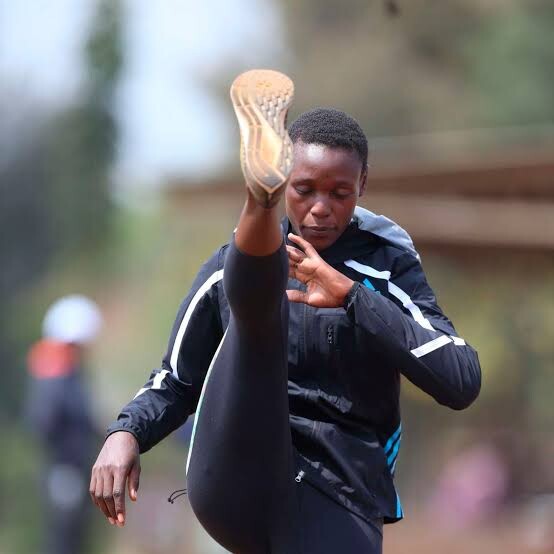
The award was presented during the Kiambu Sports Awards, where Gladys proudly represented her camp and coaches. Her commitment to training and her positive spirit have made her not only a fast runner but also a role model for her teammates.
“Gladys represents the KATA vision perfectly — combining hard work, focus, and a love for the sport,” said KATA Founder Bob Anderson. “We are proud of her progress and can’t wait to see what she accomplishes next season.”
Gladys’s journey in athletics has been built over years of dedication. According to her longtime coach Julius Gacheru, who began training her in 2015, Gladys has represented Kenya in multiple major events. She competed at the University Games in 2017, was part of Kenya’s 4x400m relay team in South Africa in 2024, and recently shone at the 2025 National Championships, where she captured gold in the 100m hurdles (14.5 seconds) and silver in the 400m hurdles (59.8 seconds).
Her achievements reflect both her personal commitment and the effectiveness of KATA’s structured system — blending world-class training, teamwork, and personal development.
With her latest honor, Gladys joins the growing list of KATA athletes making headlines across Kenya and beyond — proof that the KATA model is producing results at every level.
Congratulations, Gladys, on being named Female Sprinter of the Year. Your determination and speed continue to inspire the entire KATA family.
by Boris Baron
Login to leave a comment
Still Racing Strong, Olympic Medalist Edwin Soi Leads by Example at KATA — Growing Potatoes, Training Hard, and Competing for the Half-Million Shilling Farmer Bonus
Edwin Soi is a 5000m Olympic medalist and still running well photo of him running 27:30 just a few months back at altitude). He is also one of the KATA Running Camp operators and has three acres of KATA potatoes. He posted this after we announced our new contest for our KATA farmers.
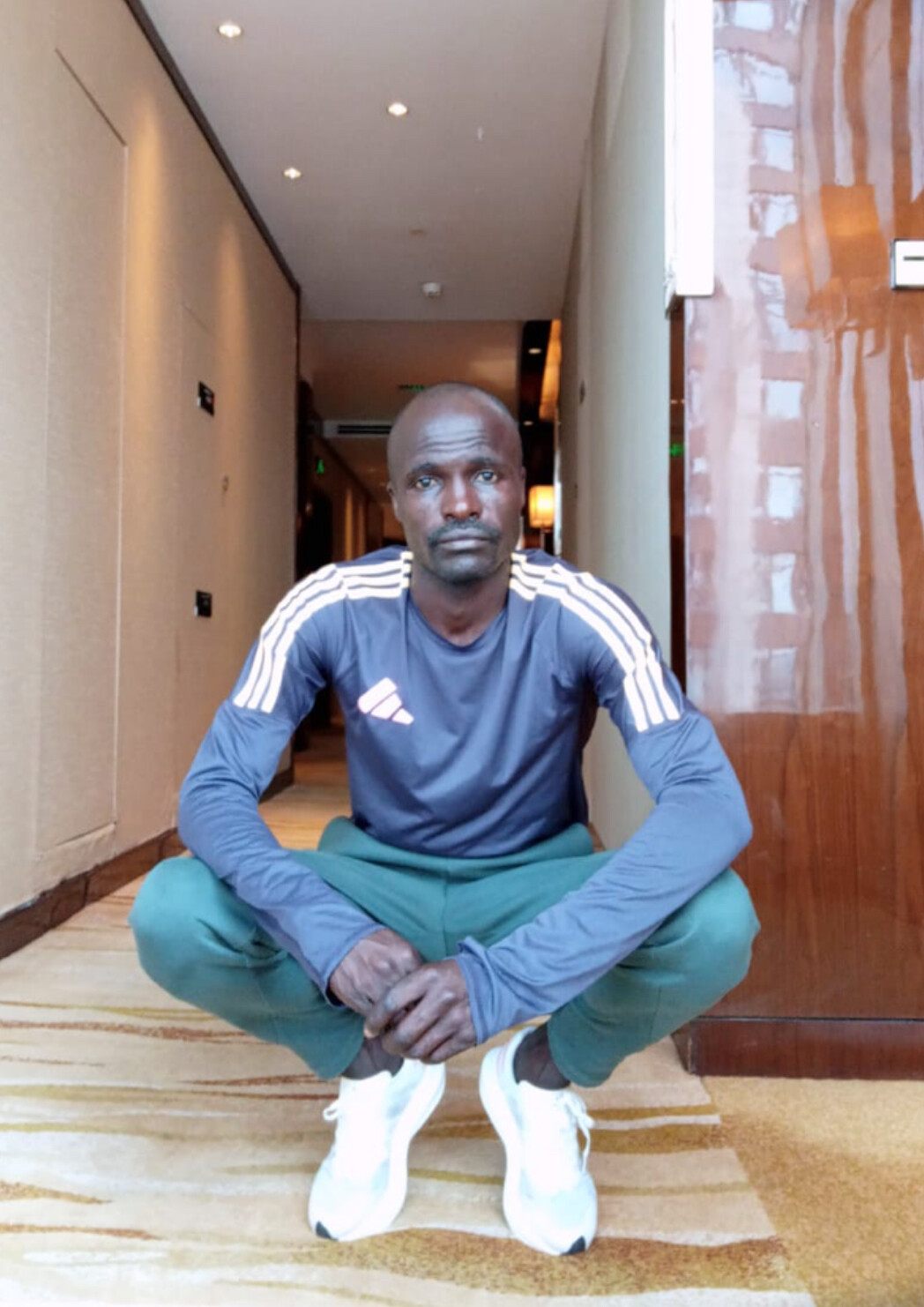
“This is the kind of motivation,” says Edwin that pushes us past our limits. We promise to take this challenge to the top notch in both arenas.

On the farm, we focused on achieving a record potato yield per acre to be a winner in both Contest #1 and Contest #2. On the running field, that spirit translates directly into training harder and competing fiercer.
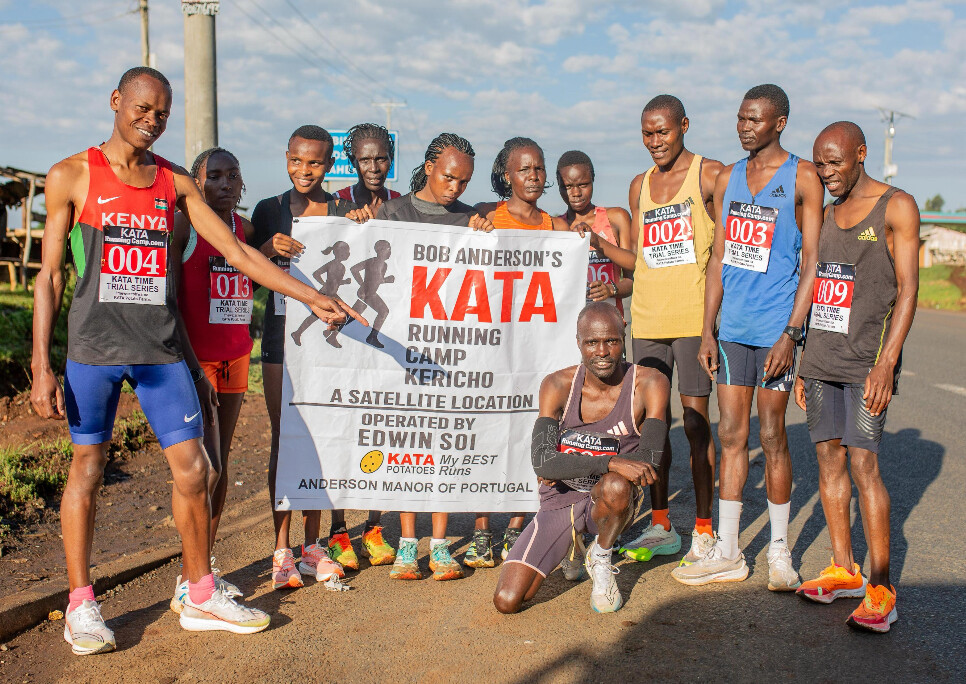
We will not just grow strong; we will demonstrate absolute excellence. Thank you Bob for fueling our drive to be champions. #GoKATA
Here are the details of our new contest:
KATA Potato Farmer Half-Million Bonus! ?
KATA is bringing its competitive spirit to the fields!
Twice a year, five KATA farmers with the best yield per acre will each earn 50,000 KES — that’s half a million shillings annually! ?
Contest #1 closes: Dec 31, 2025
Contest #2 closes: Jun 30, 2026
✅ Yields counted in 50 kg bags sold to verified buyers
✅ One bag kept for personal use not counted
✅ Once funds are received by KATA and confirmed by CTO Dennis, your yield is officially recorded
All results verified by Dennis (CTO), Gideon & John (Sales Directors), and Fridah (Accounts Manager).
Each contest will name five different winners — but a farmer can win both see seasons!
“KATA rewards excellence — on the track and in the field.”
— Bob Anderson, Founder & Director
Additional camps and farms will be added starting in December. Contact Bob Anderson on WhatsApp.
Stay current at www.KATA.ke
by Boris Baron
Login to leave a comment
KATA Launches Half-Million Bonus for Top Potato Farmers
Expanding its spirit of competition from the track to the fields, KATA rewards excellence in both running and farming.
KATA is taking its competitive spirit from the track to the fields with the new KATA Potato Farmer Half-Million Bonus Prize Package. This program will reward five KATA farmers with 50,000 Kenyan Shillings each, recognizing those who achieve the best yield per acre.

The first payout will be made on December 31, followed by a second on June 30. Each cycle, five farmers with the top single-acre harvests will receive the bonus, totaling half a million shillings annually.
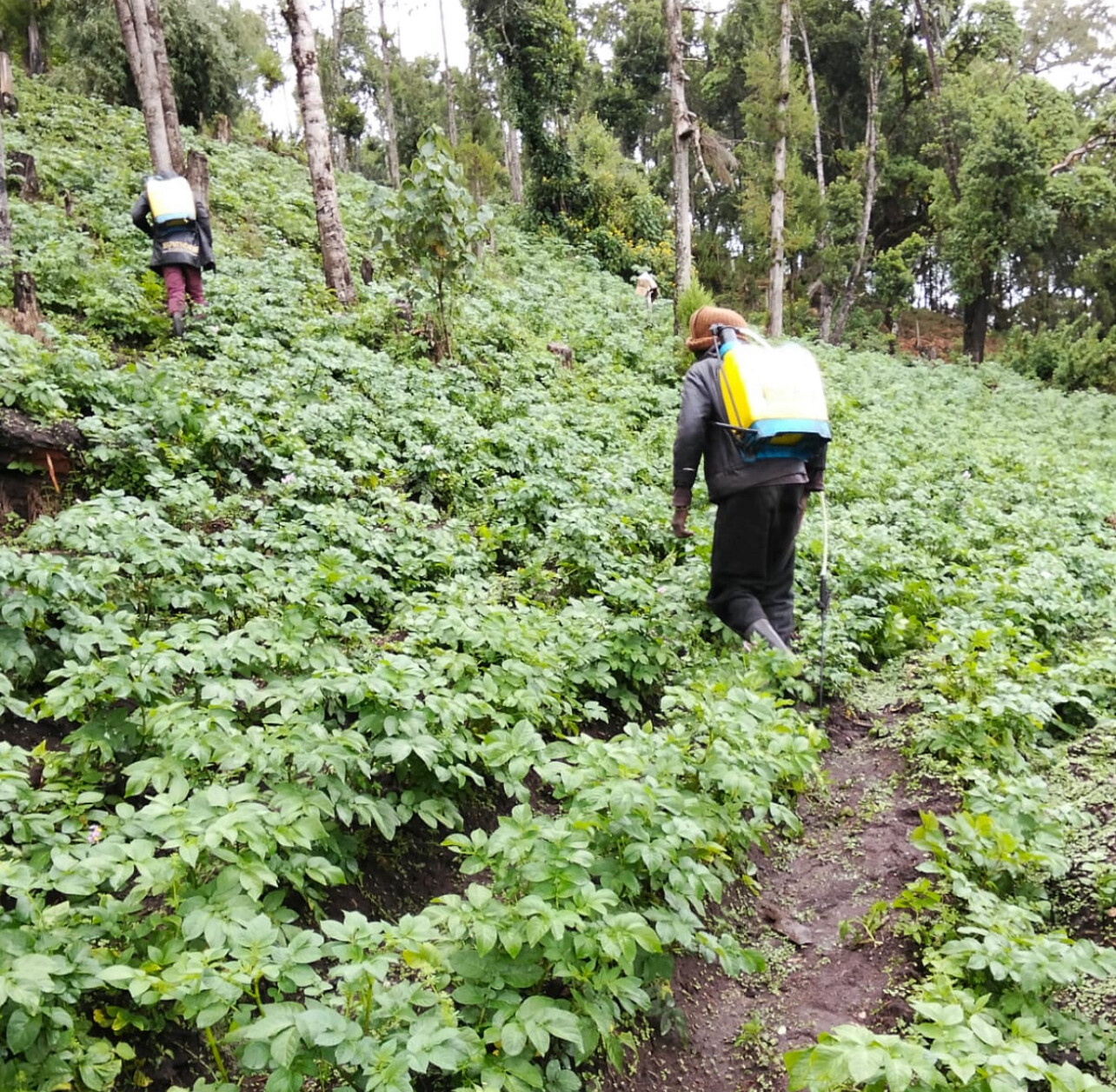
Yields will be measured in 50 kg bags and must be sold to verified buyers. Results will be confirmed by CTO Dennis, Sales Directors Gideon and John, and Accounts Manager Fridah. The one bag each farmer keeps for home use will not count, and only bags sold and confirmed as paid to KATAwill qualify.

“We offer prize money for races, and with all the hard work it takes to grow KATA potatoes, I thought—why not turn this into a competition as well?” says Bob Anderson, KATA Founder and Director.
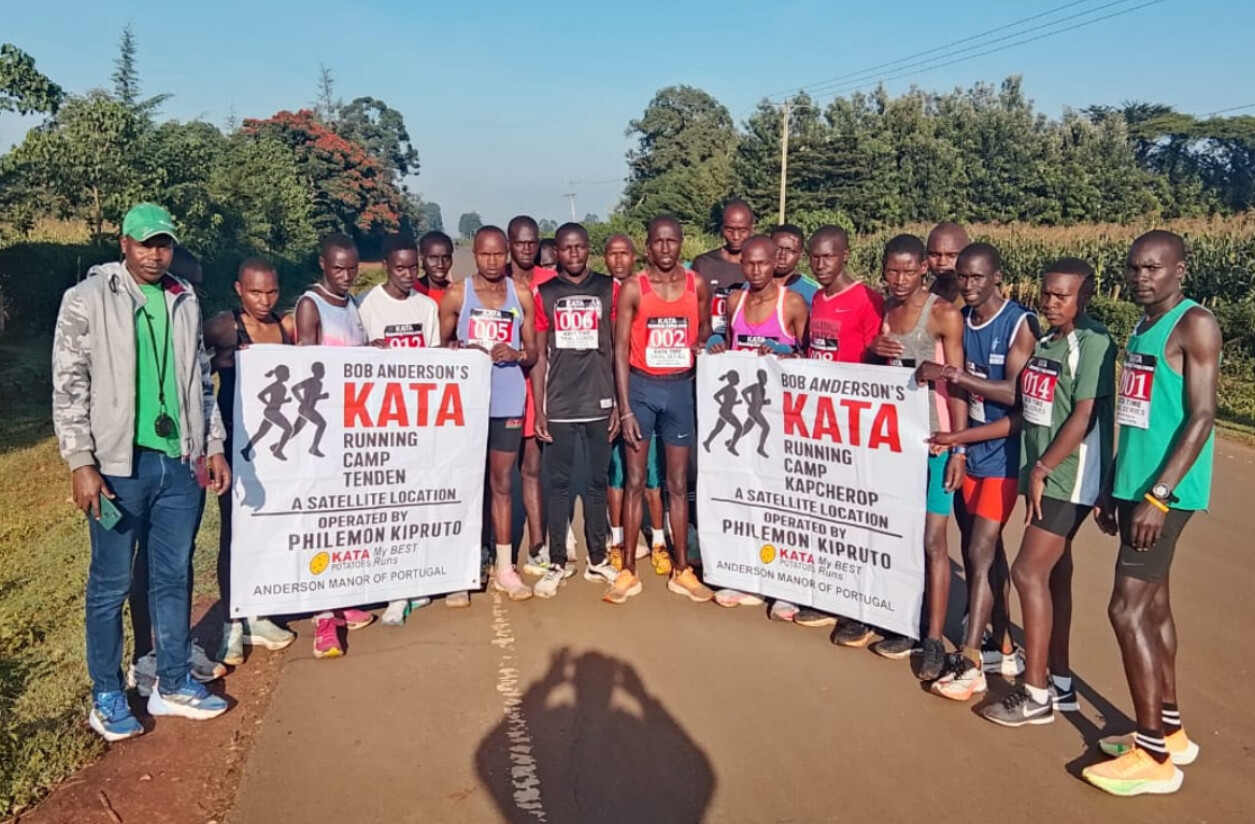
A farmer can win twice a year if they achieve the best results in both seasons. The initiative mirrors KATA’s philosophy—rewarding effort, precision, and perseverance whether it’s on the course or in the soil.
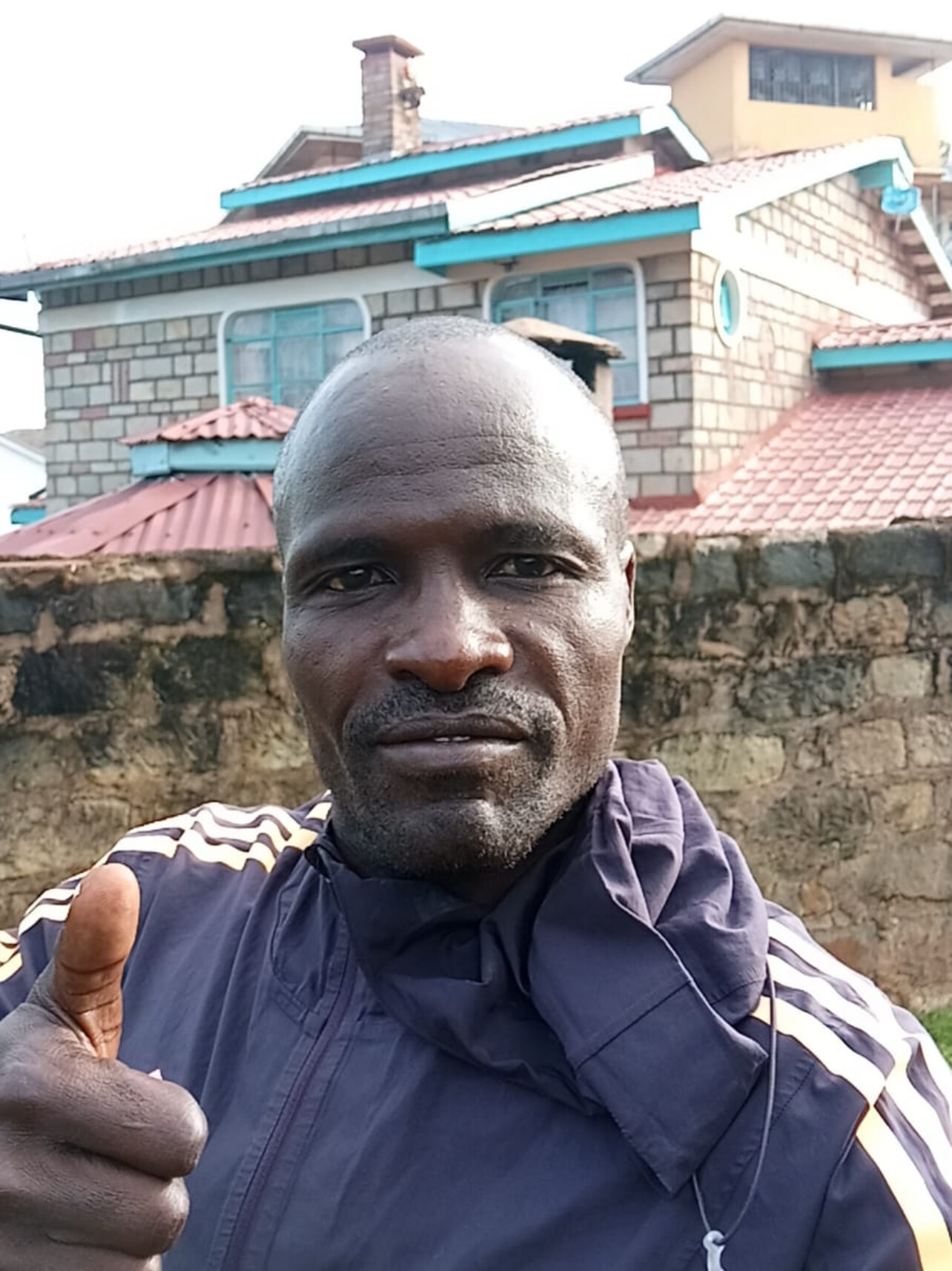
From Running to Farming Excellence
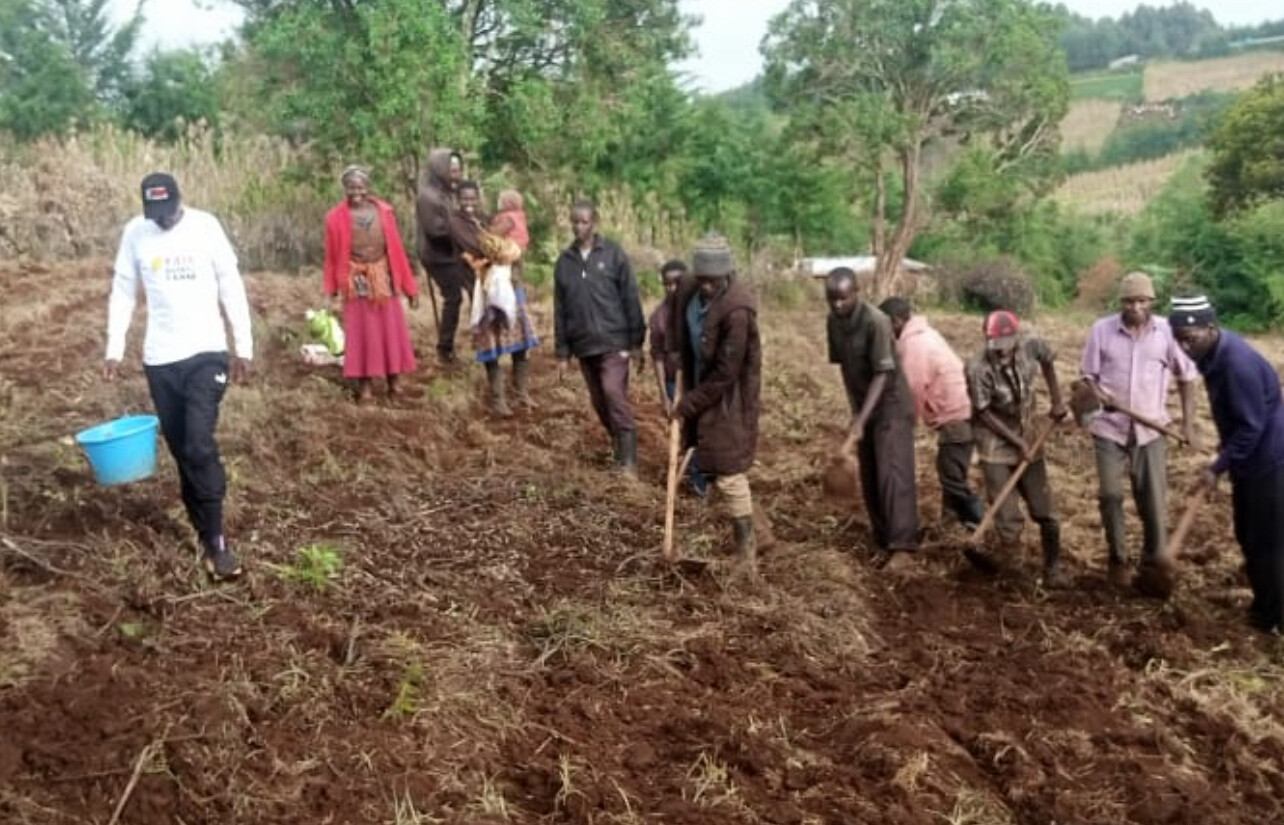
The Kenyan Athletics Training Academy (KATA), founded by Bob Anderson, the creator of Runner’s World and My Best Runs, began as a world-class training center for runners in Thika, Kenya. Today, it has grown into a dynamic network that includes over 30 KATA Running Camps and 60+ KATA Potato Farms across Kenya, and an international headquarters at Anderson Manor in Portugal.
Each KATA farm operates under a system that combines athletics and agriculture, offering farmers interest-free loans and ongoing support to grow certified Shangi potatoes. The harvests are marketed through KATA’s coordinated sales network, ensuring fair prices and dependable returns for each farmer.
Many KATA farmers are also runners—or closely connected to the athletic community—bringing the same discipline, teamwork, and endurance to farming that they apply to training.
Empowering Champions in Every Field
From the start, KATA’s mission has been to help people reach their potential through endurance, consistency, and community. The new Half-Million Bonus Prize Package celebrates that mission—recognizing those who deliver exceptional results through focus and commitment.
As Anderson explains, “Whether it’s crossing a finish line or bringing in a record harvest, both take focus, endurance, and belief in yourself. That’s what KATA is all about.”
The first group of winners for the KATA Potato Farmer Half-Million Bonus Prize will be announced on December 31, 2025.
Additional KATA Running Camps and KATA Potatoe farms are going to be confirmed starting in December. Confirm your interest by contacting Bob Anderson on WhatsApp.
by Boris Baron
Login to leave a comment
From Charcoal Seller to Champion Coach: The Remarkable Journey of Philemon Kiptoo in Kapcherop
In the cool highlands of Kapcherop, where morning mist drapes over rolling potato farms and runners trace winding red-dirt trails, coach Philemon Kiptoo is living out a dream that once seemed far beyond his reach.
The son of a humble family of nine, Philemon’s rise from selling charcoal barefoot to mentoring Kenya’s next generation of marathon stars is a story of resilience, faith, and the transformative power of community.
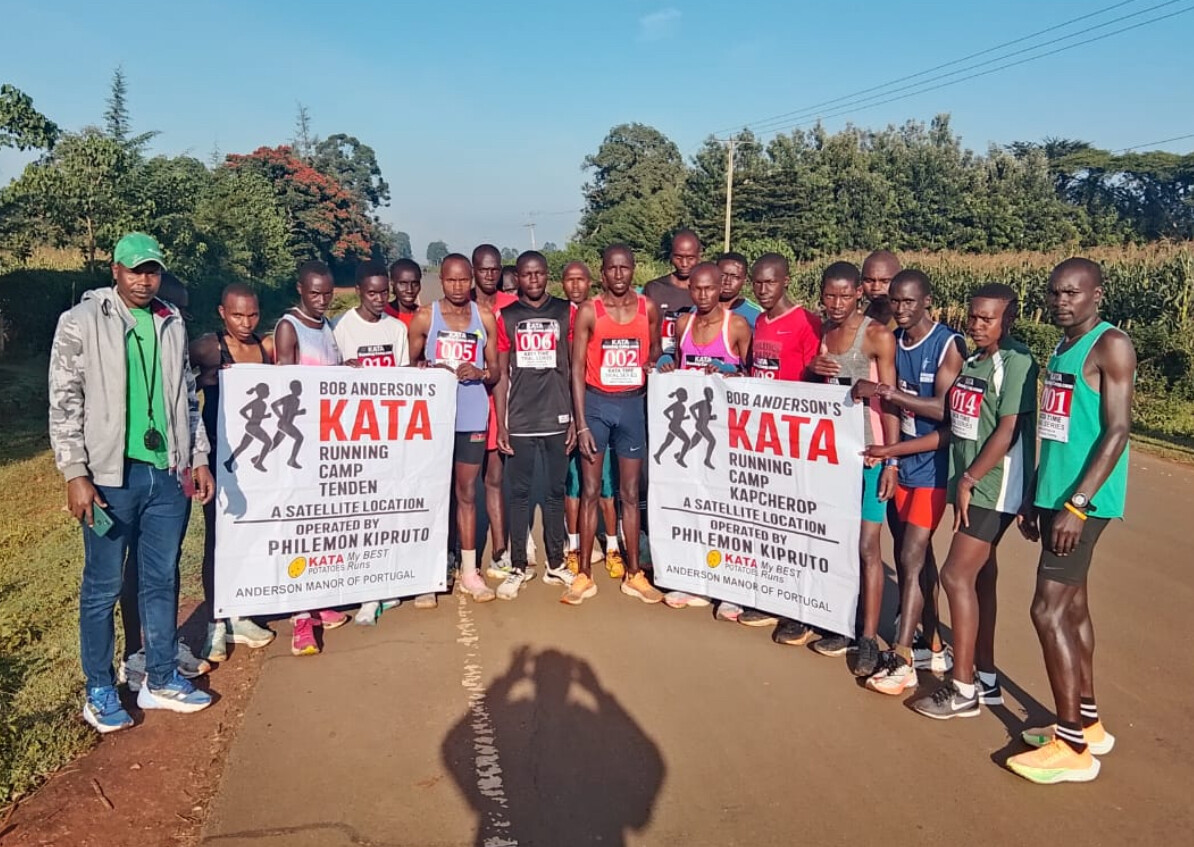
A New Chapter with KATA
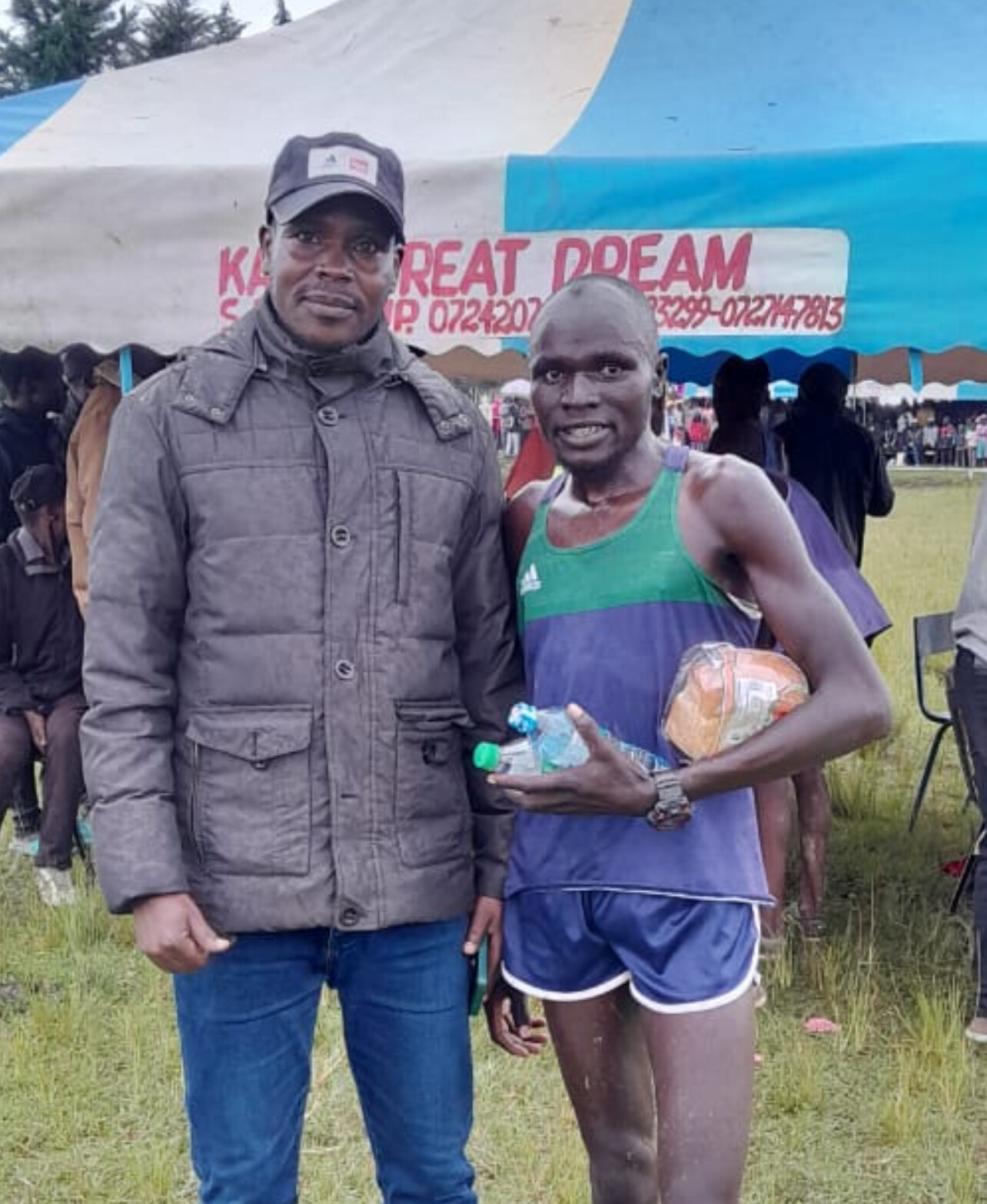
Philemon’s turning point came when he joined the KATA network — an initiative founded by U.S.-based running pioneer Bob Anderson to empower grassroots runners and coaches through mentorship, clean sport advocacy, and sustainable income projects.
At his Kapcherop Training Camp, KATA’s support extends beyond athletics. Through the organization’s integrated potato farming program, athletes earn a steady income that helps cover food, accommodation, and basic gear.
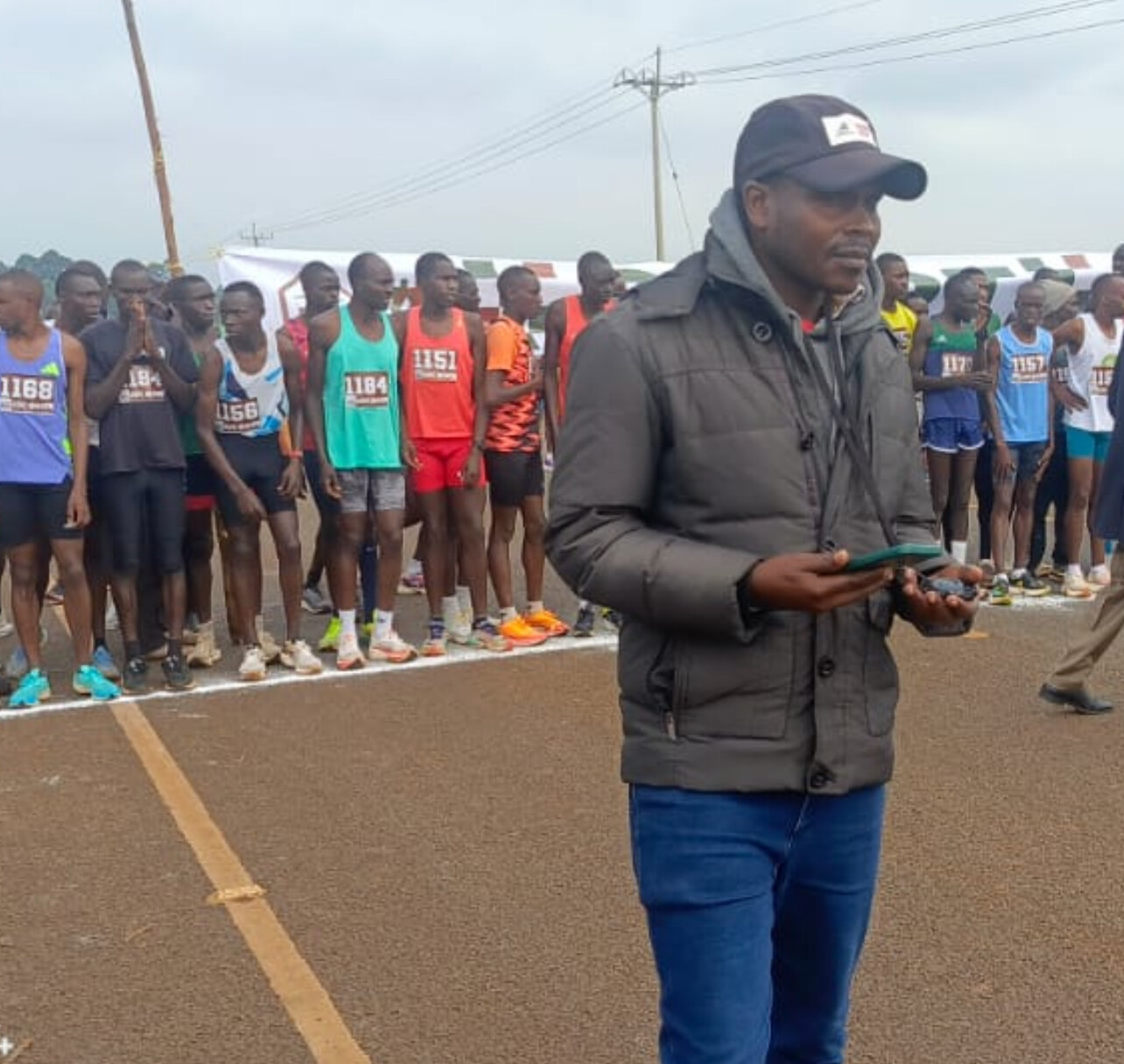
“The support from KATA has made a big difference,” Philemon says with quiet pride. “Most of my athletes come from humble backgrounds like mine. With potato farming and basic support, we can now train without worrying about what to eat or where to stay.”
That stability has begun to pay off. At the Standard Chartered Nairobi Marathon on October 26, his athletes delivered impressive performances: Donald Kimaru finished 4th in the men’s marathon; Dancan Kemei and Dennis Kosgei placed 18th and 21st in the men’s half marathon; Beatrice Rutto finished 11th in the women’s marathon; and in the men’s 10K, Leonard Pkorir and Enoch Tanui placed 3rd and 5th respectively, with Evans Kemboi 16th. Donald also on September 20th placed second at the Double Road Race 15k just 17 seconds behind the winner Edwin Soi in the two leg race. The sixth best time ever.
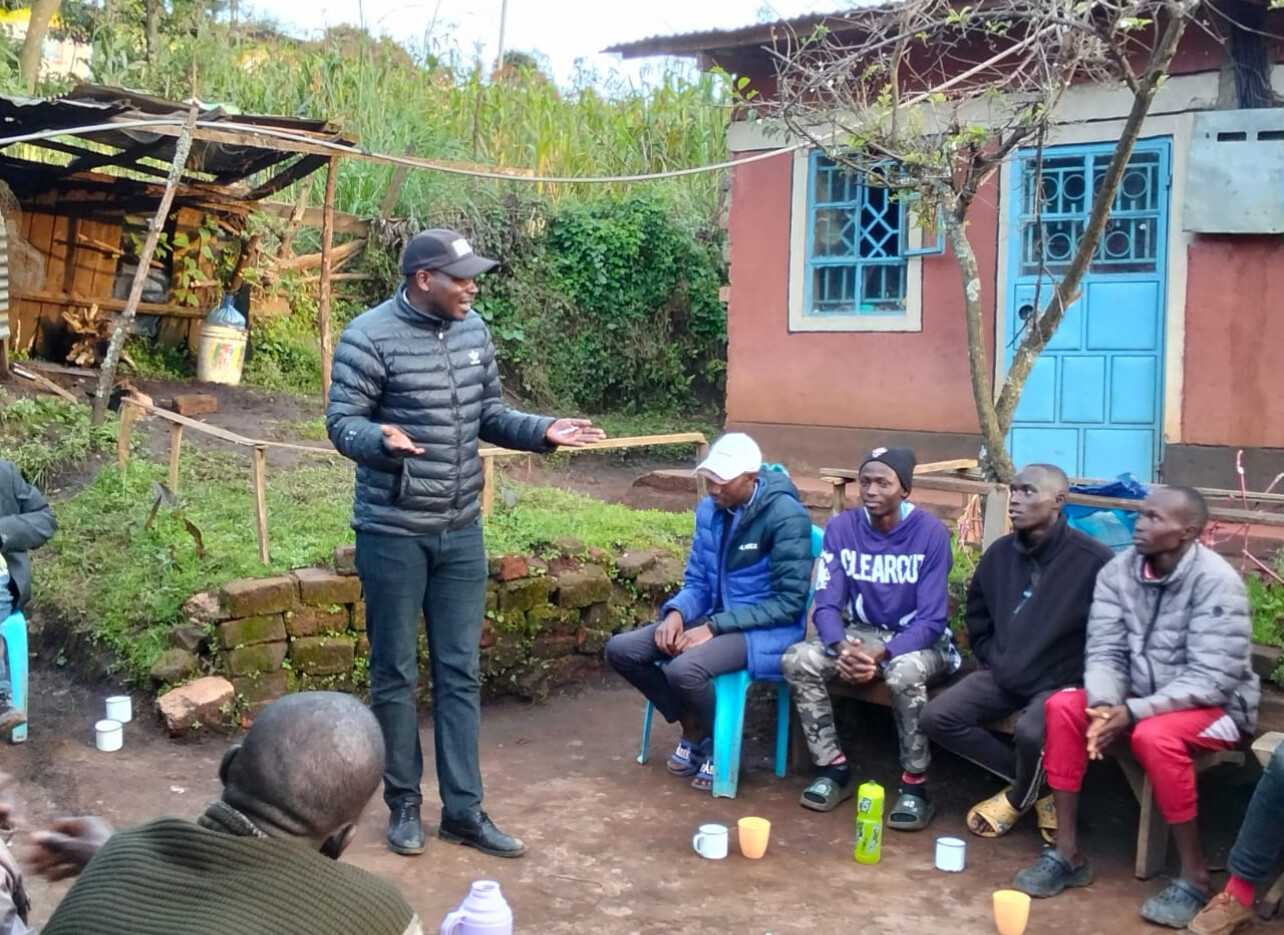
“Each of these athletes represents hope,” Philemon reflects. “With clean training and support, young people from small villages can stand tall on the national stage.”
Humble Beginnings
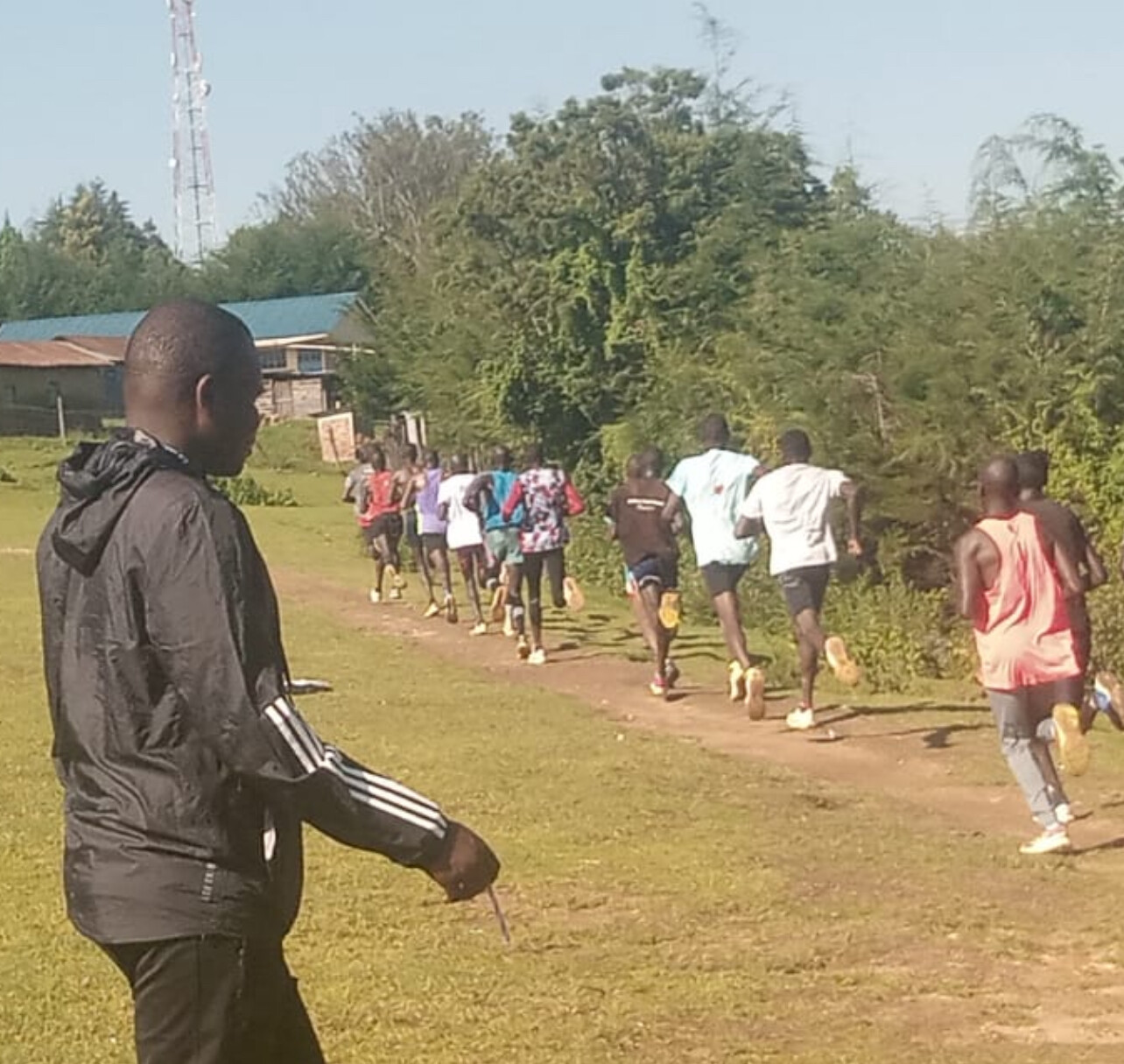
Born in Sing’ore, near the slopes of Elgeyo Marakwet, Philemon’s path to athletics was shaped by hardship.
“I was the last born in a family of nine — three brothers and sisters,” he recalls. “I attended Kobil Primary near Sing’ore Girls and later Kimuron Secondary, but I couldn’t finish because of school fees.”

Returning home to Kapkanyar, he refused to give up.
“In 2007, I started training with no shoes,” he says. “I sold charcoal to buy my first pair of Asics for 700 shillings (about $6).”
Years of persistence paid off when he began racing in 2012, earning his first major result with a runner-up finish at the Kakamega Forest Half Marathon. That breakthrough fueled his dream — not just to compete, but to guide others.
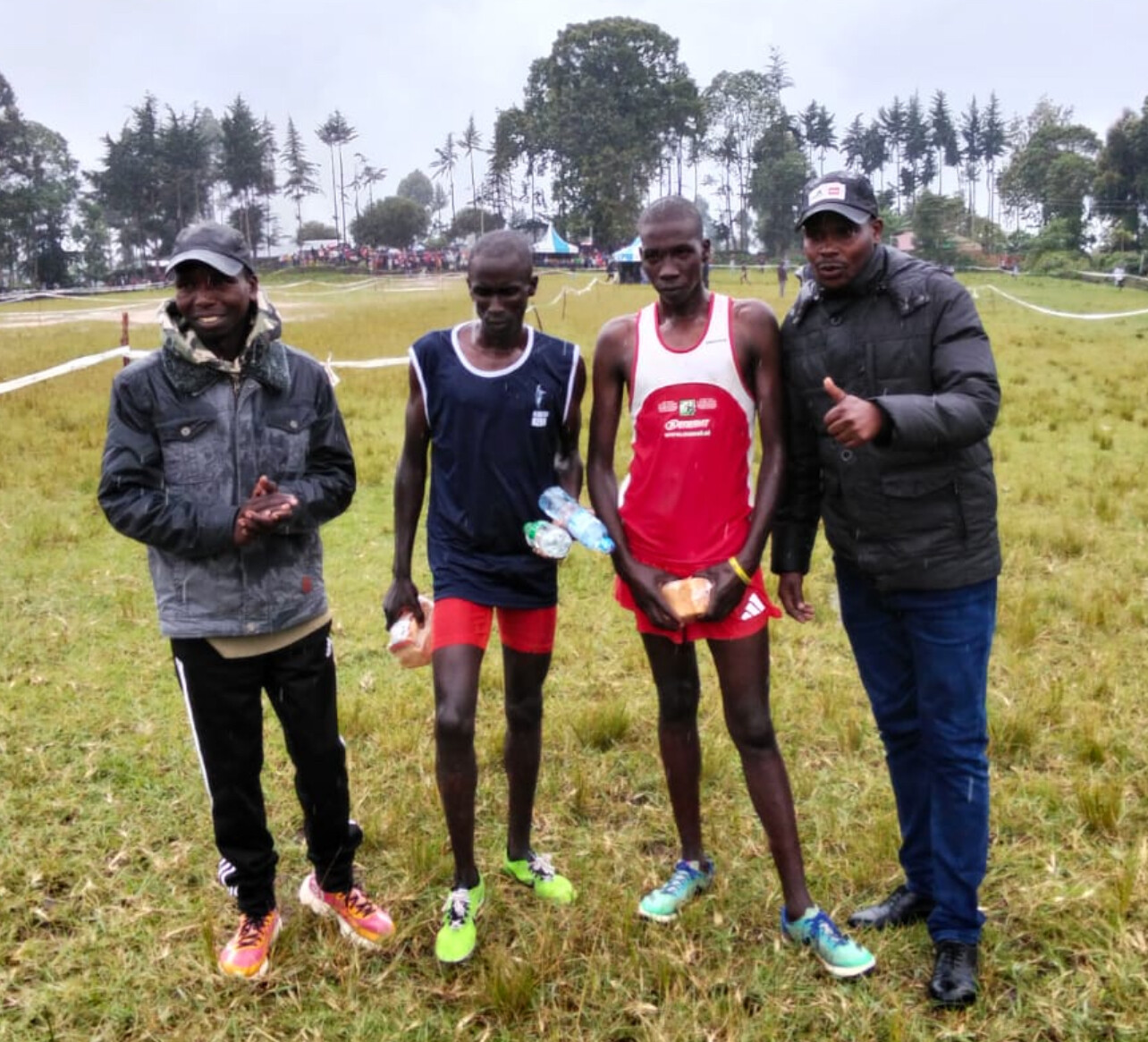
Building Champions
“I started with a few athletes,” Philemon says. “I rented them a small house and bought food — not because I had much, but because I knew what it felt like to need a chance.”
Today, he stands alongside a remarkable family of mentors: four brothers, all coaches.
• Eric Kimaiyo leads the Kapsait Training Camp.
• Andurson Chirchir coaches in Kaptagat.
• Kimutai runs training at Srowback.
• And Philemon oversees the Kapcherop Camp — a thriving hub for emerging distance runners.
Integrity and Clean Sport
What makes Philemon’s story powerful isn’t only perseverance — it’s integrity. A vocal advocate of clean sport, he embodies KATA’s core philosophy.
“We must speak the truth and say no to doping,” he insists. “If you train clean and stay patient, you’ll win with pride. There are no shortcuts to greatness.”
KATA’s influence has reinforced those values, fostering a culture of honesty and teamwork across its growing network.
“Bob Anderson’s support hasn’t just sustained our camp,” Philemon adds. “It has helped shape a generation built on discipline and hard work. We are building athletes who can inspire others.”
A Legacy of Hope
To his athletes, Philemon is more than a coach — he’s a father figure.
“He treats us like family,” says Leonard Pkorir, who won bronze in the Nairobi 10K. “He believes in our dreams even when we doubt ourselves.”
Looking ahead, Philemon’s goal remains simple yet profound: to use running as a bridge to a better life.
“My happiness will be to see my athletes doing great things, helping others, and carrying forward the spirit of running clean,” he says. “That will be my legacy.”
As evening fog rolls across the Kapcherop hills and the rhythmic thud of training shoes fades into the distance, Philemon Kiptoo’s story stands as a reminder that greatness can indeed grow from the humblest soil — when it is nurtured with purpose, honesty, and heart.
by Robert Kibet
Login to leave a comment
KATA’s Donald Kimaru Finishes 4th at 2025 Standard Chartered Nairobi Marathon
The 2025 Standard Chartered Nairobi Marathon delivered a thrilling showcase of endurance on October 26, as top athletes battled it out on the streets of Nairobi under ideal racing conditions. This year’s event, one of the premier marathons on the African continent, once again attracted a deep field of elite talent.
Among the day’s standout performances was Donald Kimaru, a KATA athlete training out of the Kapcherop KATA Running Camp, who finished a remarkable 4th place in a highly competitive men’s race.
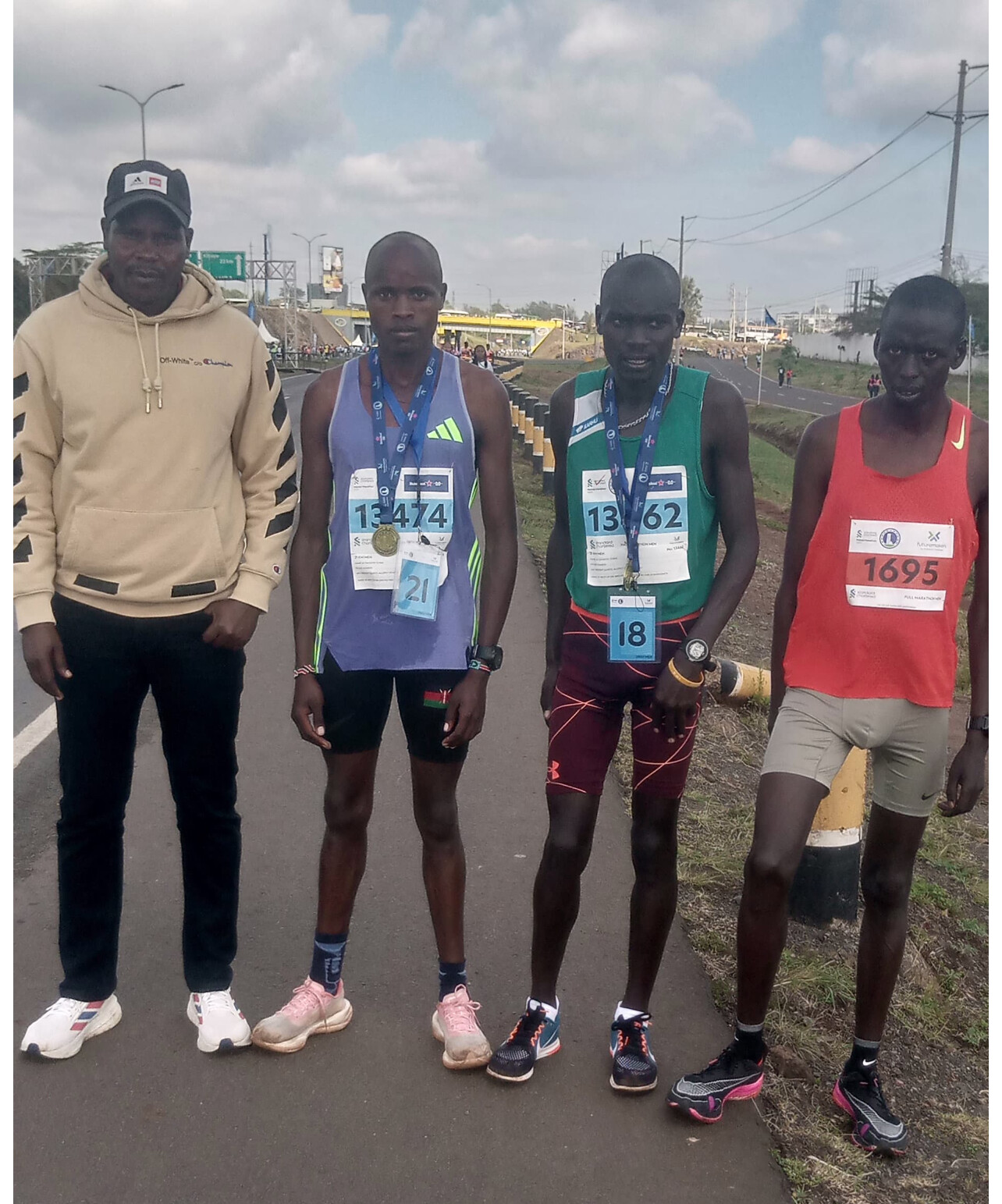
Donald Kimaru: Fuelled by KATA, Ready for the Global Stage
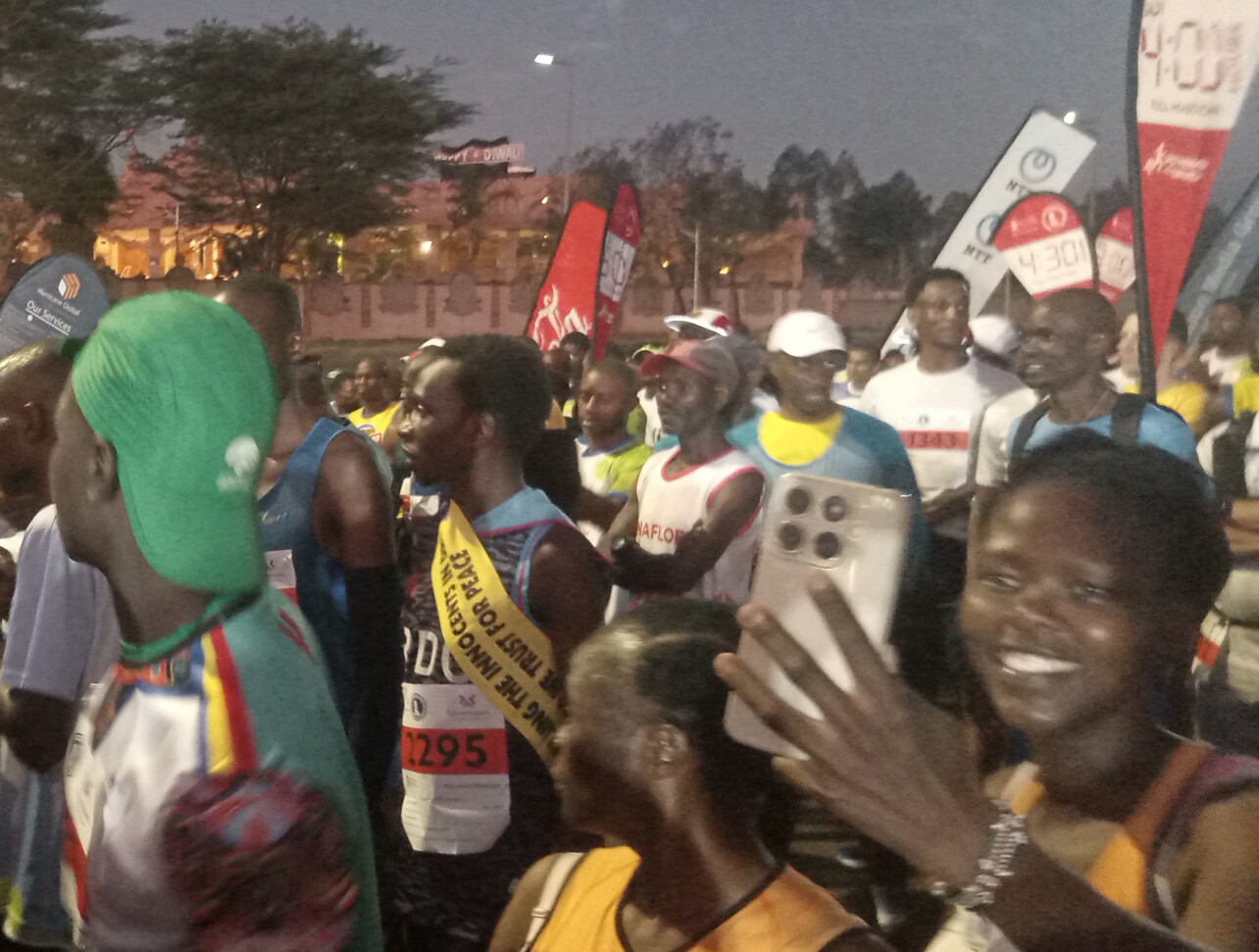
Clocking a time of 2:12:02, Kimaru finished just over a minute behind the winner, Benard Chepkowny (2:11:01), and less than 30 seconds from the podium. It was a huge breakthrough for the rising long-distance runner, who trains under the high-altitude guidance of Coach Philemon Kipruto at the KATA facility in Kapcherop.
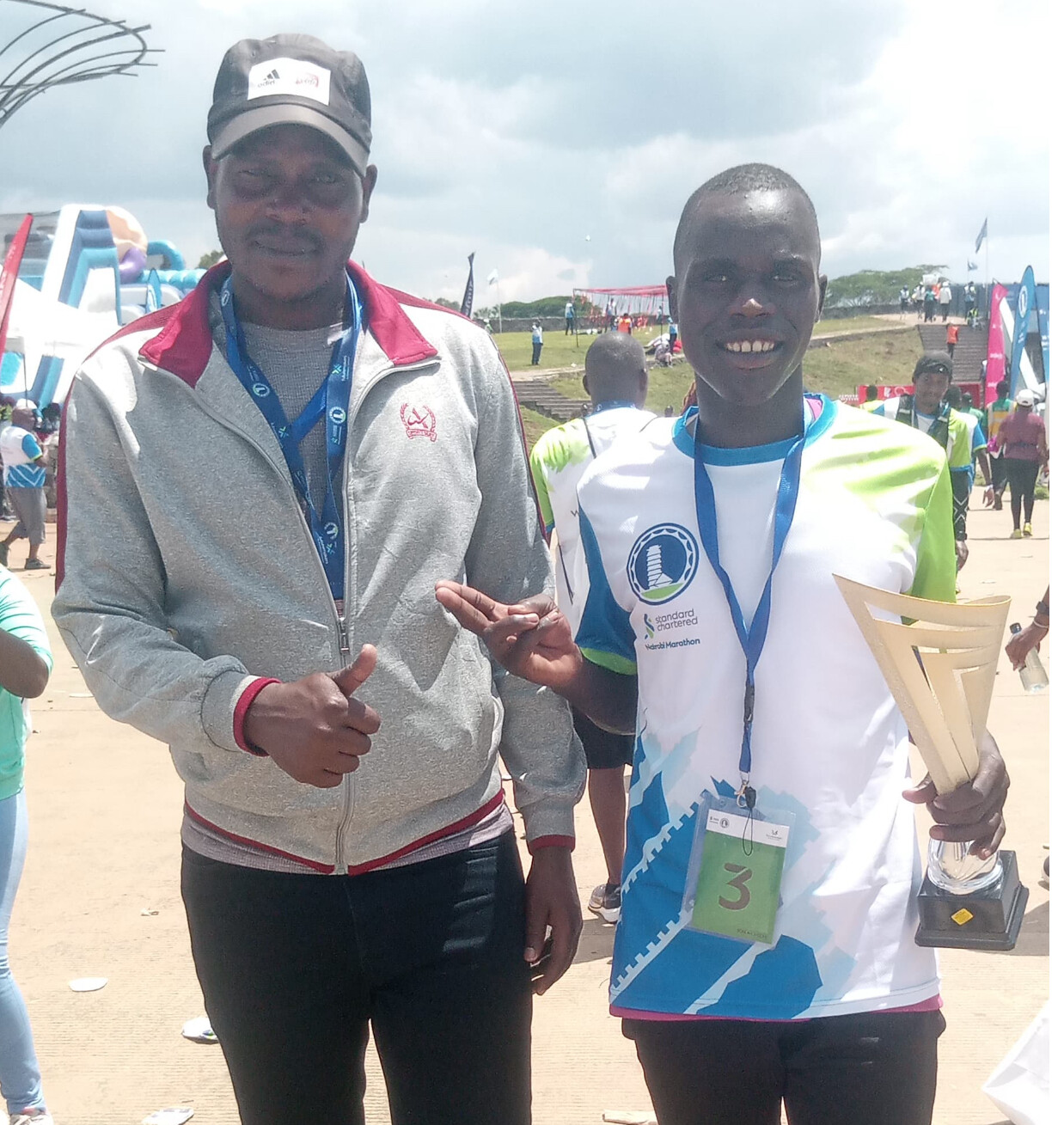
“Donald is showing the power of patience and consistency,” Coach Kipruto noted. “We’ve known he had the potential, and now he’s proving it in one of Kenya’s most important races.”
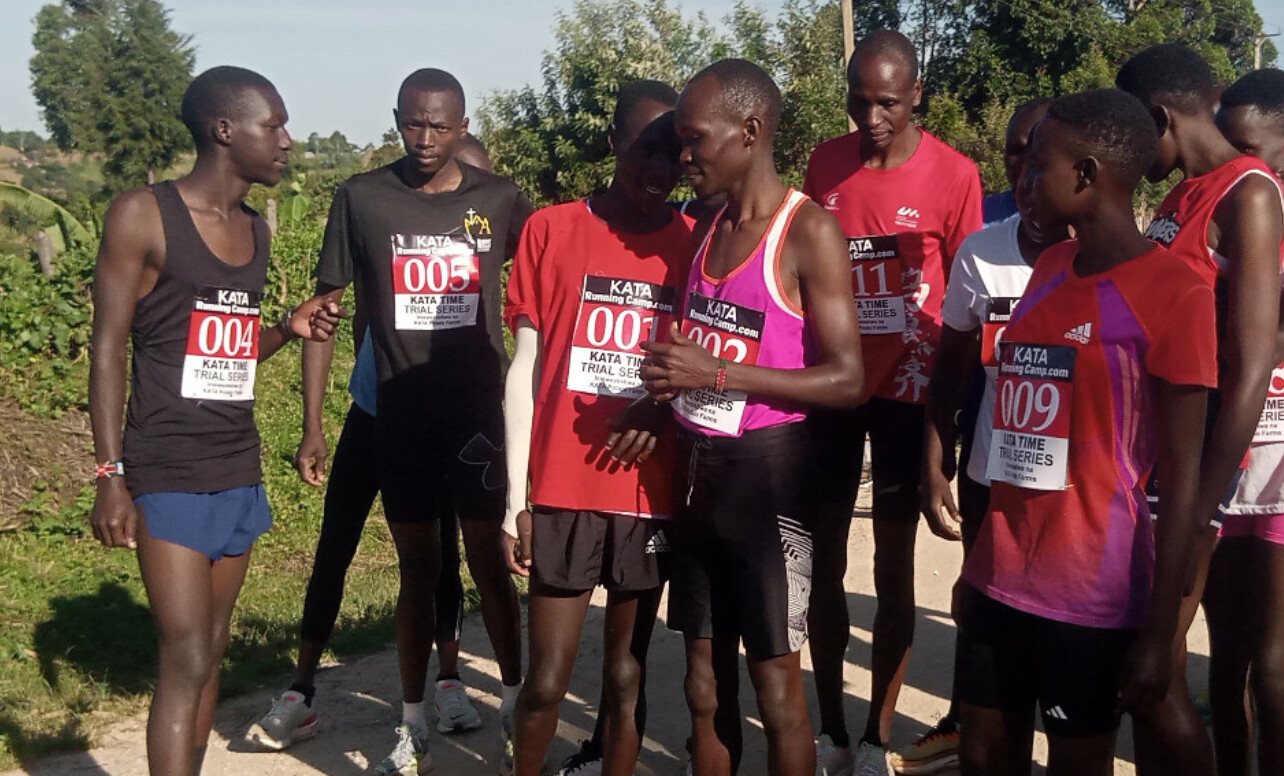
Chepkwony, returning to major competition, wasted no time asserting his intent. He set a strong pace from the start, joined by Silas Chesang, Donald Kimaru, Ezekiel Kemboi, Bethwel Chemuno, and Wilfred Kiplagat, all determined to stay in contention.
As the race progressed past the 30km mark, Chepkwony maintained the lead despite Chesang mounting a late push after struggling on the uphill sections.
Chepkwony’s endurance and composure carried him through to the finish line, clocking an impressive 2:11:01 to seal his comeback victory.
Kimaru trains in an environment designed to create champions, where runners combine disciplined training with the nutritional strength of KATA Potatoes – The Fuel of Champions. His performance in Nairobi is a testament to this holistic approach. Donald had placed second at the KATA Double Road Race 15k held September 20 in Thika.
Top 10 Elite Men – 2025 Standard Chartered Nairobi Marathon
1. Benard Chepkowny – KEN – 2:11:01 (first photo)
2. Alex Chepkwik Saekwo – KEN – 2:11:26
3. Ezekiel Kemboi Omullo – KEN – 2:11:40
4. Donald Kimaru – KEN – 2:12:02
5. Wilfred Kiplagat – UGA – 2:13:42
6. Charles Kimeli – KEN – 2:14:08
7. Nehemiah Kiprono Sang – KEN – 2:14:38
8. Solomon Yego – KEN – 2:14:50
9. Dennis Kipkemboi Koech – KEN – 2:15:39
10. Silas Chesang Keitany – KEN – 2:15:51
Women’s Race Highlight
In the women’s marathon, Hellen Chepkorir dominated with a powerful performance, finishing in 2:27:17 at an average pace of 3:30/km.
KATA’s Impact Growing
Donald Kimaru’s top finish adds to the growing list of success stories emerging from the KATA Running Camp ecosystem. Founded by Bob Anderson, KATA is reshaping the Kenyan distance running scene with over 30 camps across the country, combining elite training with a sustainable agricultural model. Runners like Donald are not only developing as athletes but also helping uplift their communities.
Next for Donald? A potential international marathon debut in 2026, where he’ll look to break the 2:10 barrier and cement his name among Kenya’s top marathoners.
by Boris Baron
Login to leave a comment
NAIROBI MARATHON
Nairobi Marathon is an annual road running competition over the marathon distance held in October in Nairobi, Kenya. First held in 2003, the competition expanded and now includes a half marathon race along with the main race. It was part of "The Greatest Race on Earth", fully sponsored by Standard Chartered Bank....
more...From Potatoes to Personal Bests: How Amos Chirchir Is Growing Athletes and a Future in Sachang’wan
In the highland village of Sachang’wan in Molo, Nakuru County, the land rises boldly toward the sky. The area sits on the edge of the dramatic Rift Valley escarpment, overlooking the vast Menengai Crater — Africa’s second-largest volcanic caldera — its silent ridges brooding in the morning mist.
Behind it, the rolling hills of Molo stretch endlessly, stitched with neat rows of potato farms that define the region’s identity. To the south lies Salgaa, a town better known for its flower farms, where long greenhouse tunnels shimmer like silver ribbons across the plains. Beyond this agricultural heartland, winding dirt roads climb toward Sachang’wan — where another kind of farming is taking root: the farming of athletic talent.
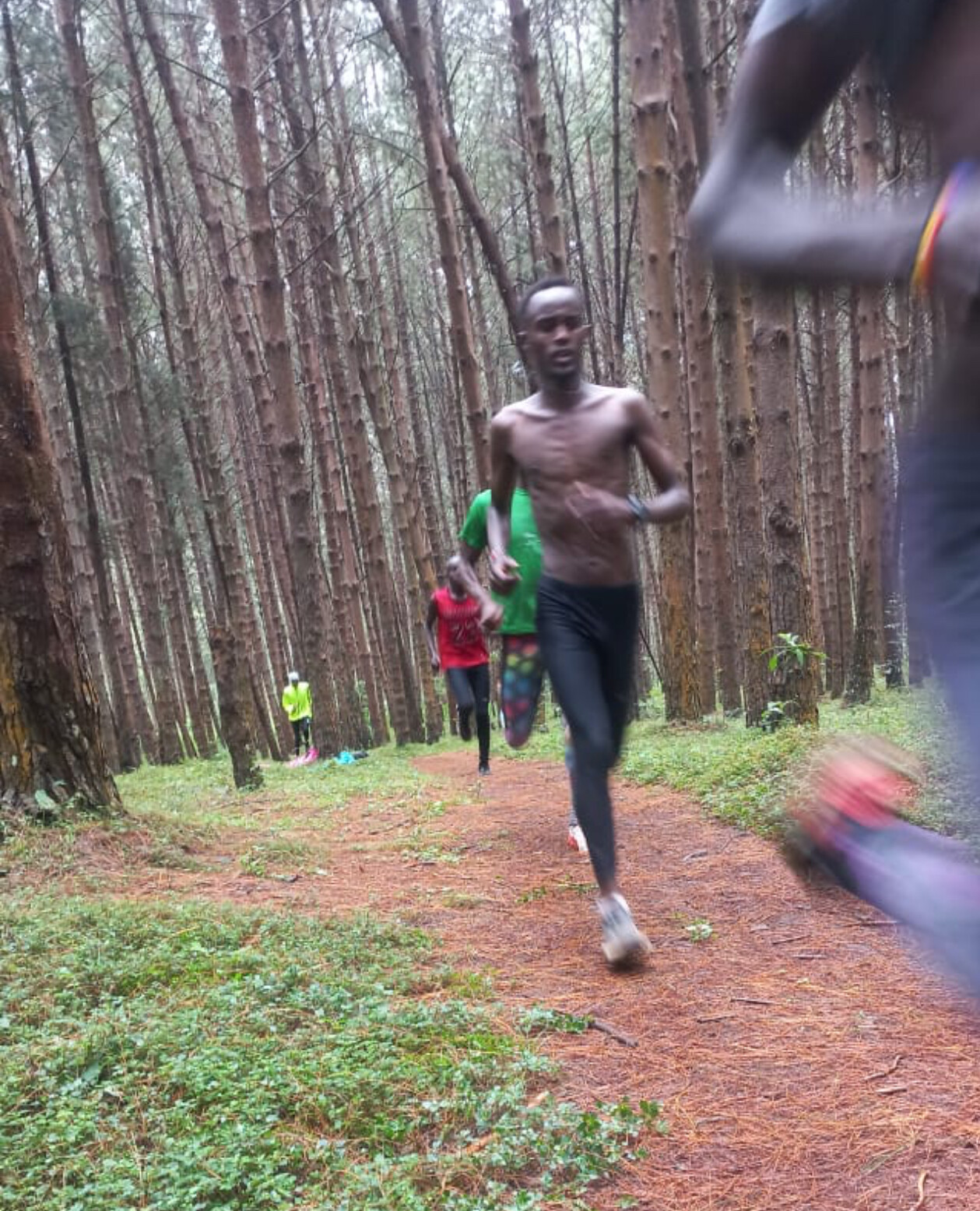
Here, where the air is thin and crisp, mornings begin before sunrise. Frost melts from the grass as a small group of determined athletes powers up a steep incline, their breath visible in the cold air. Leading them is 27-year-old Amos Kibet Chirchir, stopwatch in hand, eyes sharp with focus.
To an outsider, he might look like any other coach on a country road. But to his athletes — and to the growing Kenyan Athletics Training Academy (KATA) movement — Amos represents something much bigger: a new generation of homegrown leaders cultivating both champions and sustainability.
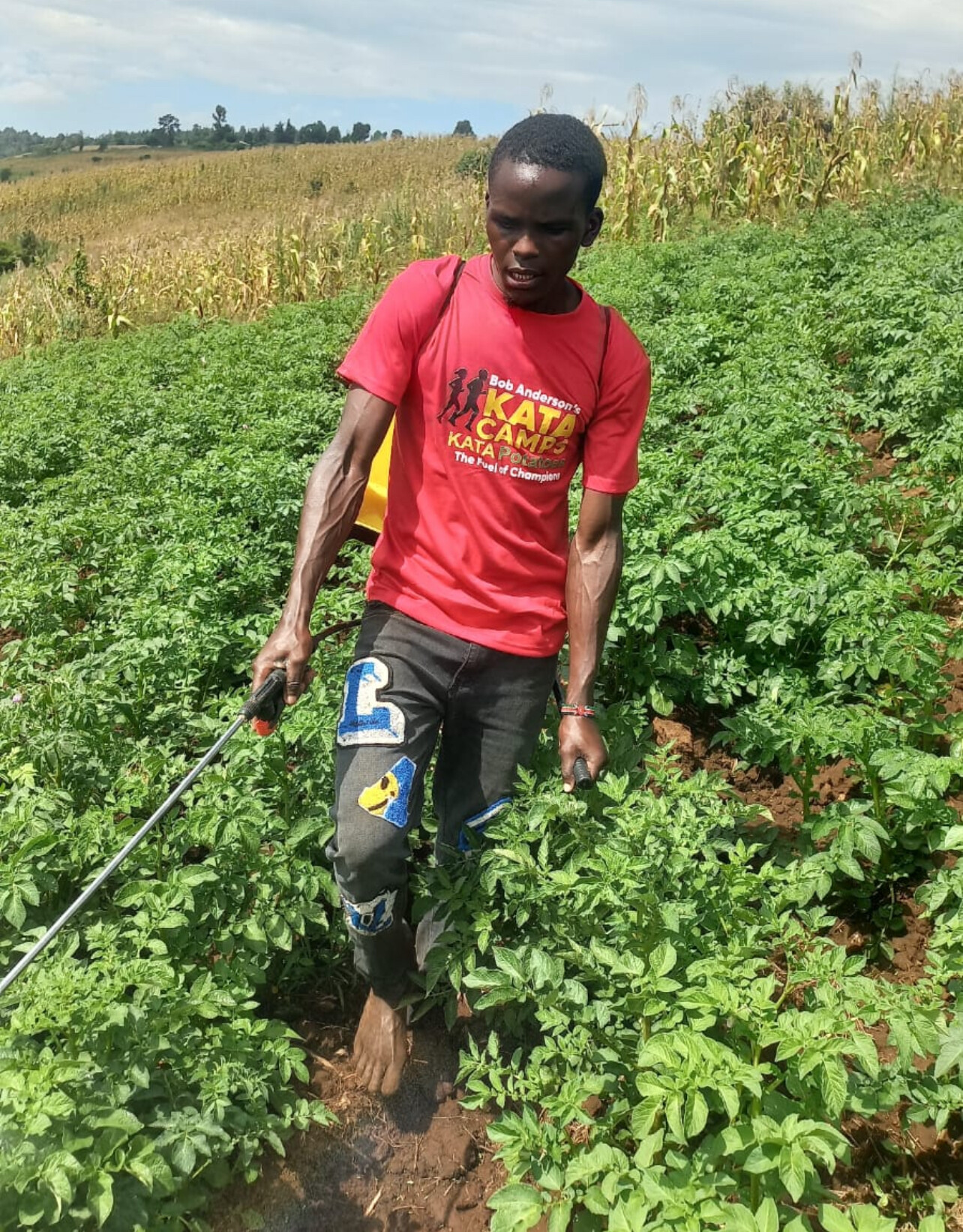
The Making of a Leader
Amos, the fifth-born in a family of eight, grew up in the cold, fertile highlands of Molo, raised by farming parents who taught him the value of hard work. Athletics runs deep in his family — his father was a 400m hurdler in the 1970s, competing when Kenyan track was just finding its rhythm.
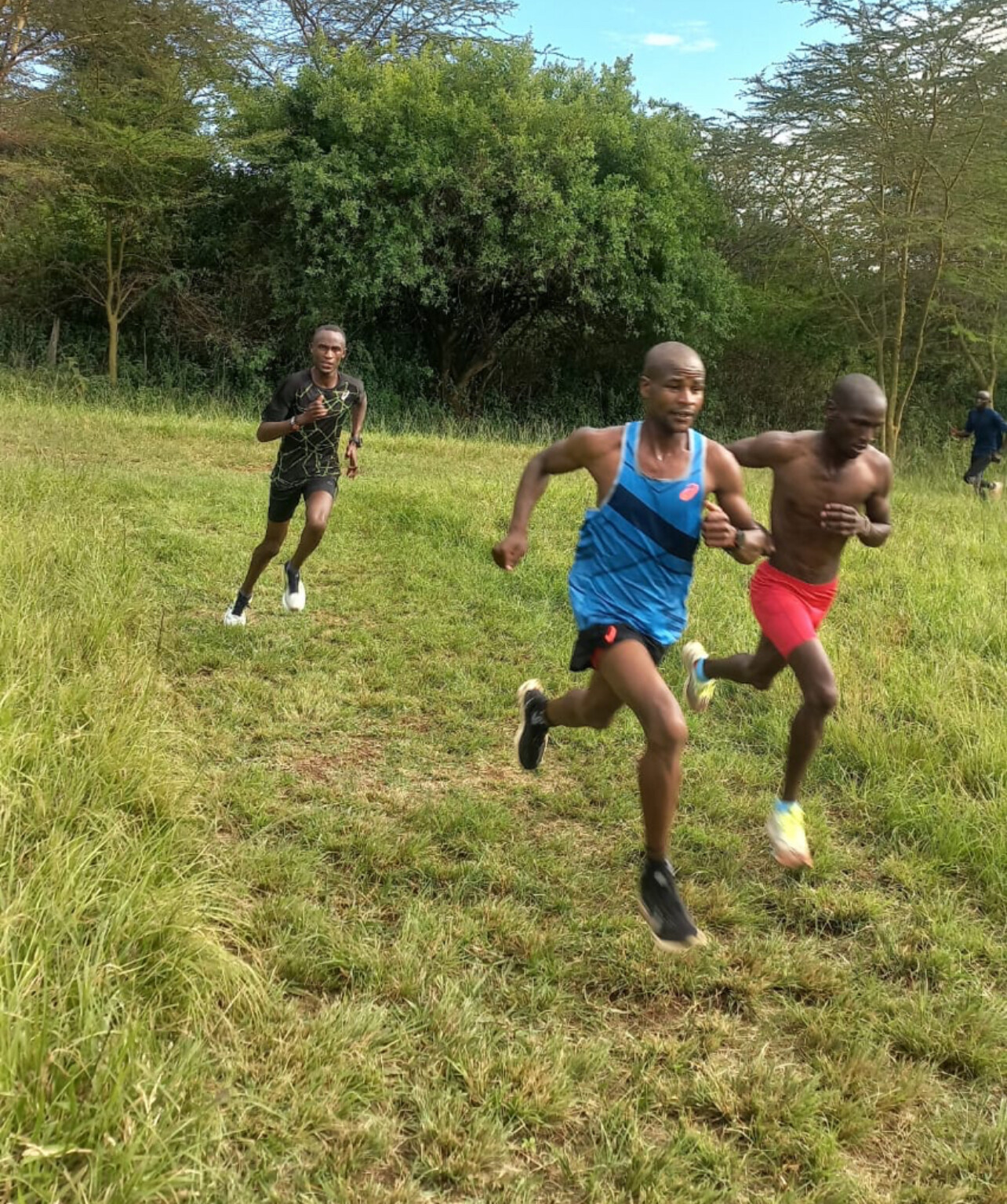
“I didn’t just choose running,” Amos says with a smile. “Running found me.”
After excelling in local school competitions, Amos nearly saw his running dream fade — until June 2022, when he earned a place at KATA Thika, founded by American running innovator Bob Anderson, the visionary behind Runner’s World magazine.
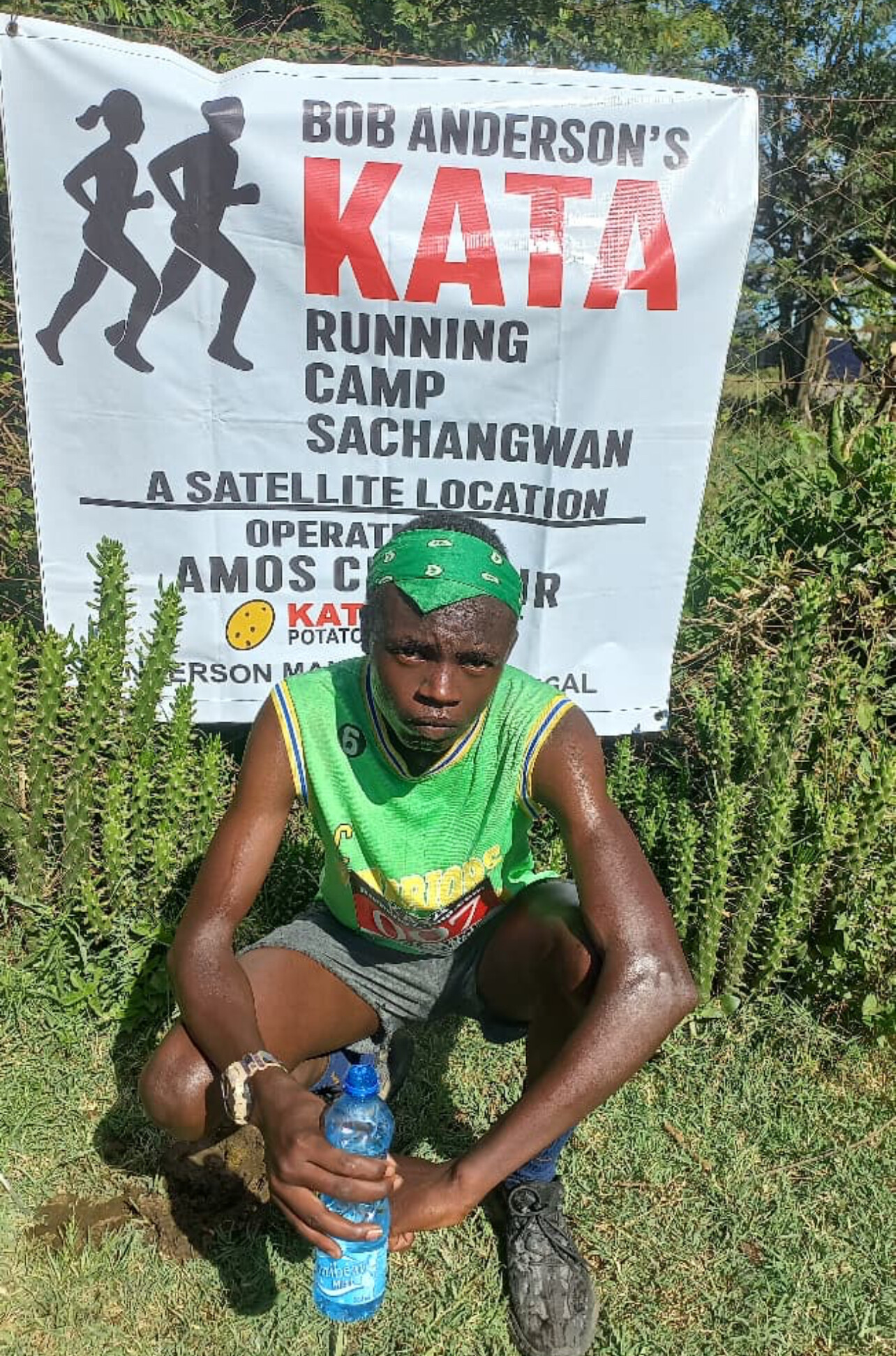
“That changed everything,” he recalls. “For the first time, I could train without worrying about daily survival. KATA didn’t just build me as an athlete — it prepared me to lead.”
Building a High-Altitude Training Hub
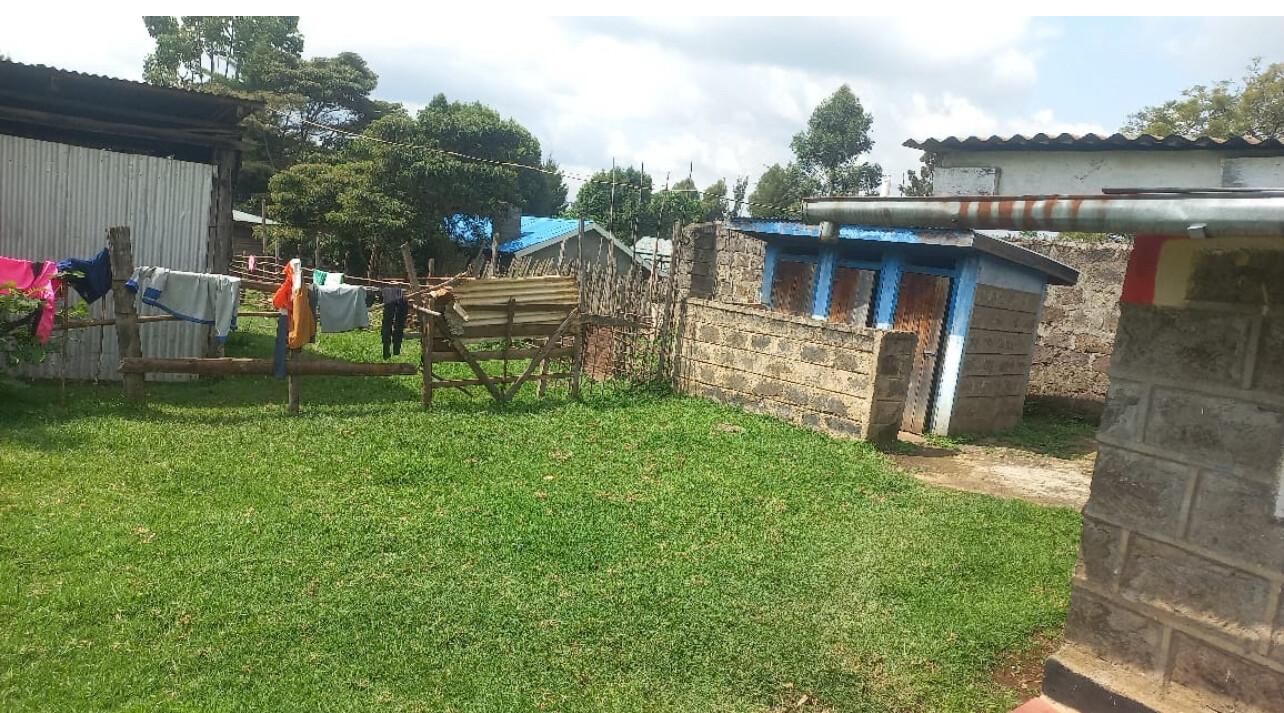
When Anderson announced plans to expand KATA through athlete-led satellite camps, Amos seized the opportunity. He returned home and launched KATA Sachang’wan Camp with just five athletes — three men and two women. Today, the camp has grown to eight committed runners, with more young talents eager to join.
The camp sits at an altitude of 2,400 meters, ideal for endurance training. For faster sessions, they descend to 1,800 meters, creating a natural high-low altitude system similar to what world-class runners use in Iten, Kaptagat, and Eldoret.
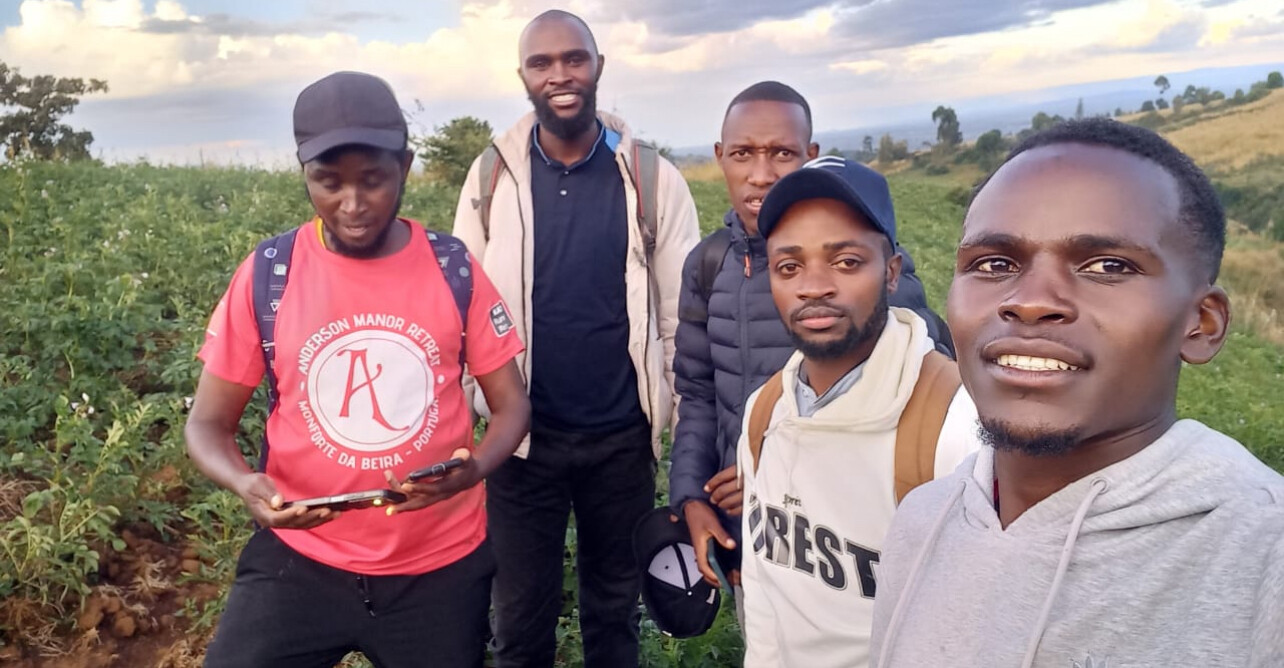
Already, results are emerging:
• Weldon Kibet Lang’at clocked 30:36 (10K) and 14:55 (5K) at the Double Road Race before improving to 30:16 in the October 15 time trials.
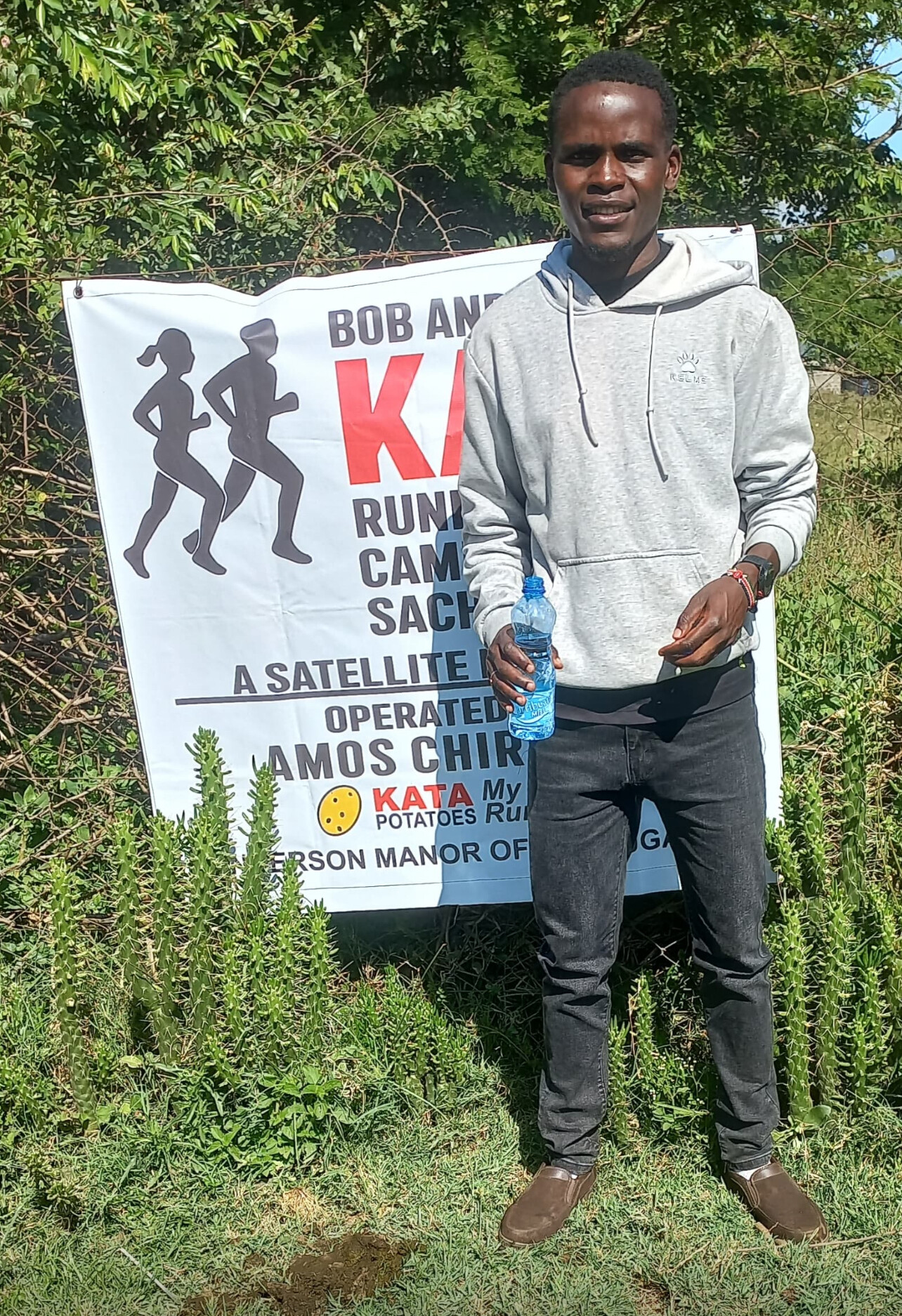
• Elizabeth Wambui, who joined just two months ago, cut her 5K time from 19:00 to 17:35 at the same event.
Amos himself remains in strong competitive shape, with personal bests of 30:51 (10K) and 14:32 (5K).
“I want to build champions — not just athletes who run fast, but athletes who think beyond medals,” he says.
Farming Hope: The KATA Potato Project
Alongside athletics, the Sachang’wan camp thrives on another discipline — agricultural sustainability. Inspired by Bob Anderson’s belief in empowering athletes for life beyond competition, Amos integrated potato farming into his training model.
He began with two acres of KATA potatoes, a move that initially drew laughter from locals.
“At first, people thought I was crazy,” he recalls. “They said farming was a step backward for an athlete. Now they’re copying me.”
Today, the farm helps feed the athletes, generates income for camp operations, and inspires local farmers — many now shifting from maize to potatoes after seeing his success.
“Athletes must think about life after running,” Amos says. “This program lets us build something real, not just chase medals.”
Training Champions, Growing Futures
With schools now closed, Amos plans to recruit junior athletes from nearby villages — guiding them early and keeping them away from idleness and drugs.
“Talent is going to waste in villages like ours because nobody guides young runners. I want to change that,” he says.
His long-term dream is to build dormitories, expand training facilities, and turn KATA Sachang’wan into a full-fledged center of excellence — powered by athletics and farming.
“Bob Anderson’s Vision Is Working”
Amos believes that KATA is redefining the future of Kenyan athletics.
“This is more than running,” he says. “Bob Anderson’s program teaches us responsibility, teamwork, leadership, and self-reliance. We’re not waiting for sponsors — we’re building ourselves.”
From the cold ridges of Sachang’wan overlooking Menengai Crater, a quiet revolution is growing — one built on sweat, soil, and belief. Here, potatoes fuel champions, and running fuels dreams.
And at the heart of it all stands a young leader — stopwatch in one hand, hoe in the other — cultivating both athletes and a future for Kenya.
by Robert Kibet
Login to leave a comment
Rising Talent Shines at KATA Nyandarua 10K Time Trial
The cool high-altitude air of Nyandarua — sitting at approximately 2,400 meters (7,874 feet) above sea level — provided a challenging yet inspiring setting on October 15, 2025, as athletes from Bob Anderson’s KATA Running Camp – Nyandarua (K04) tested their endurance in a 10K time trial. Under the direction of Coach and Operator Peter Njoroge, the runners displayed exceptional commitment, focus, and steady improvement — hallmarks of the KATA philosophy.
Leading the charge was Peter Kamau (Bib 020), who crossed the finish line in 31:45, followed closely by James Githengu (Bib 061) in 32:15. Antony Kingori (Bib 009) secured third with 34:20, while Moses Maina (Bib 091) and Hillary Mwangi (Bib 098) rounded out the top five. Despite the thin air and rolling course, several athletes achieved personal bests, proving the benefits of consistent altitude training.
Coach Njoroge commended his team, saying, “Our athletes are learning that consistency and discipline create results. Every trial brings them closer to championship form.”
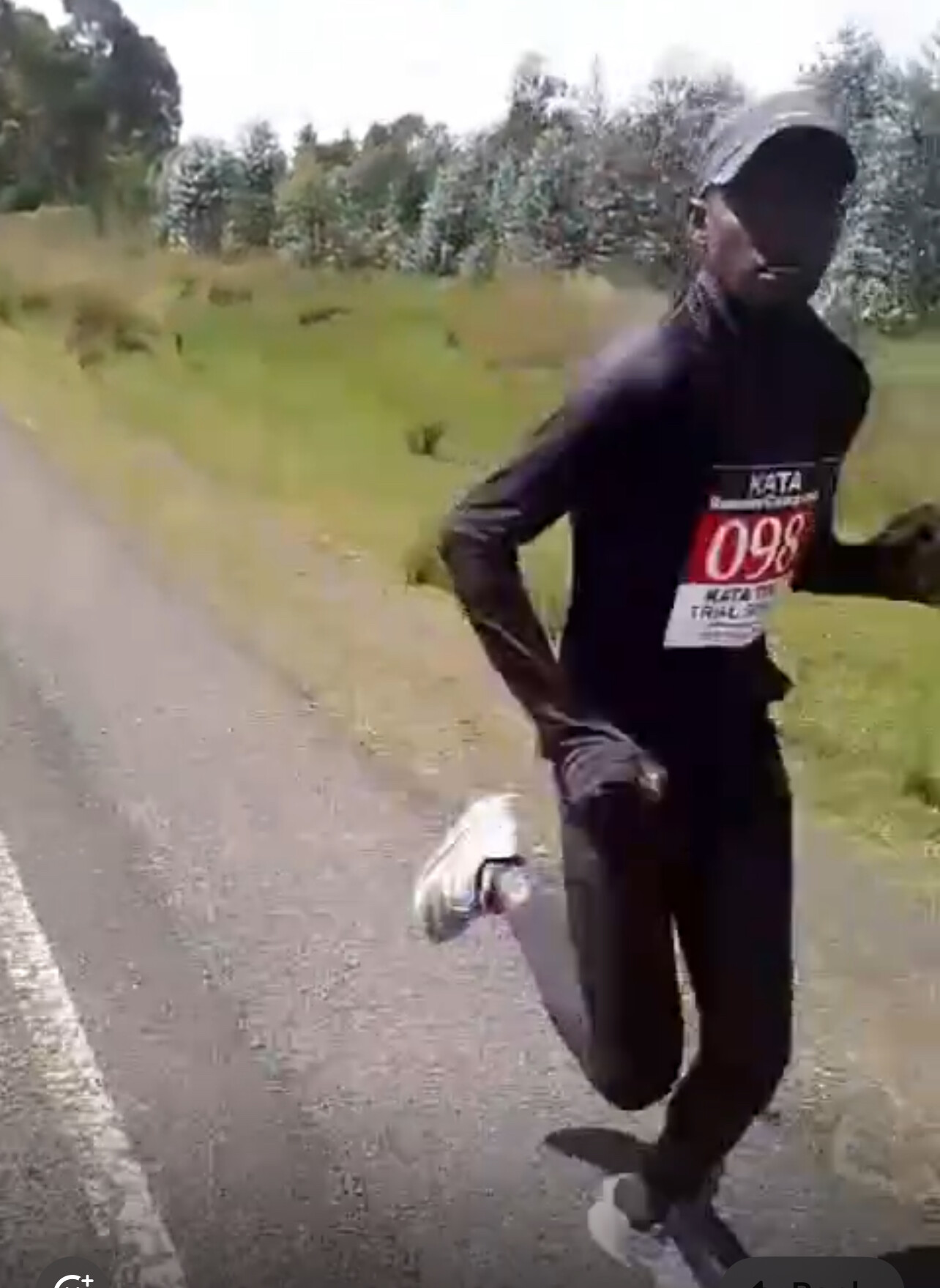
KATA Founder Bob Anderson added, “The Nyandarua KATA family continues to impress. It’s not just about fast times — it’s about building the foundation of champions through effort and teamwork.”
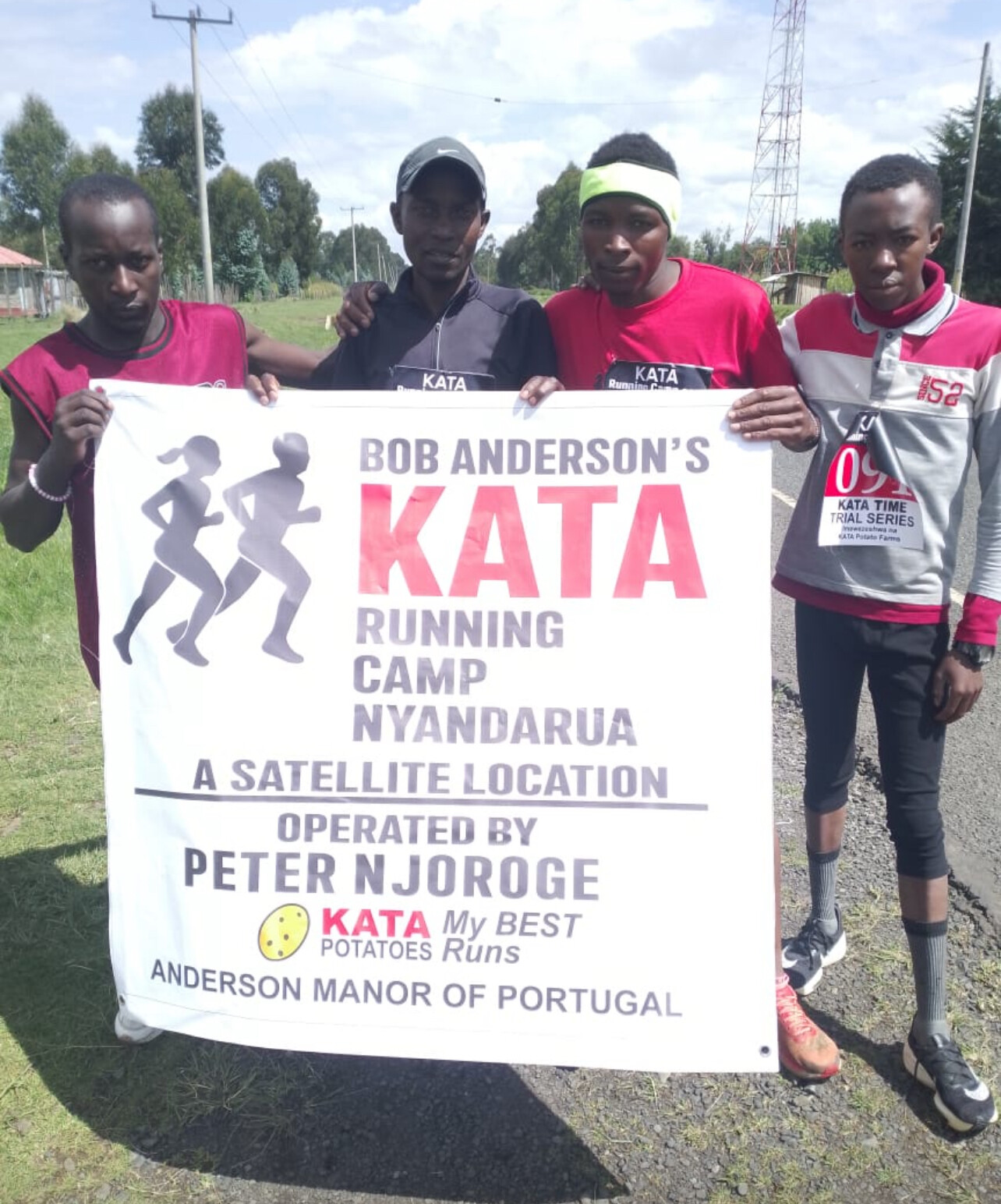
10K Results – October 15, 2025
1. Peter Kamau – Bib 020 – 31:45
2. James Githengu – Bib 001 – 32:15
3. Antony Kingori – Bib 009 – 34:20
4. Moses Maina – Bib 091 – 34:50
5. Hillary Mwangi – Bib 098 – 35:10
6. Evans Habungu – Bib 090 – 35:50
7. James Mwangi – Bib 008 – 37:10
8. Joseph Kamansa – Bib 010 – 37:52
9. Peter Ikimani – Bib 005 – 39:25
10. Samuel Maina – Bib 092 – 40:23
Located in Kenya’s central highlands, the KATA Running Camp – Nyandarua (K04) is part of Bob Anderson’s expanding KATA network, which blends elite running development with sustainable potato farming — a model symbolizing endurance, community, and purpose.
KATA Potatoes — The Fuel of Champions
Operated by Peter Njoroge
by Boris Baron
Login to leave a comment
KATA 07 Sachangwan Time Trial Produces Personal Bests in Perfect Conditions
Favorable weather and strong determination made today’s KATA 07 Sachangwan Time Trial October 15 is one to remember. Every athlete recorded a personal best on the challenging 10 km and 5 km routes, showing how much progress the camp has made under the leadership of Coach and Camp Operator Amos Chirchir.
Leading the men’s 10 km field, Weldon Langat delivered a superb run, crossing the line in 30 minutes 16 seconds — a new personal best. The 19-year-old improved by an impressive 32 seconds from his previous time trial on the Salgaa–Rongai route, demonstrating both consistency and growth. Hot on his heels, Vincent Kemboi finished second in 31:00, followed by Emmanuel Bor in 31:54 and Benjamin Kibet in 33:34.
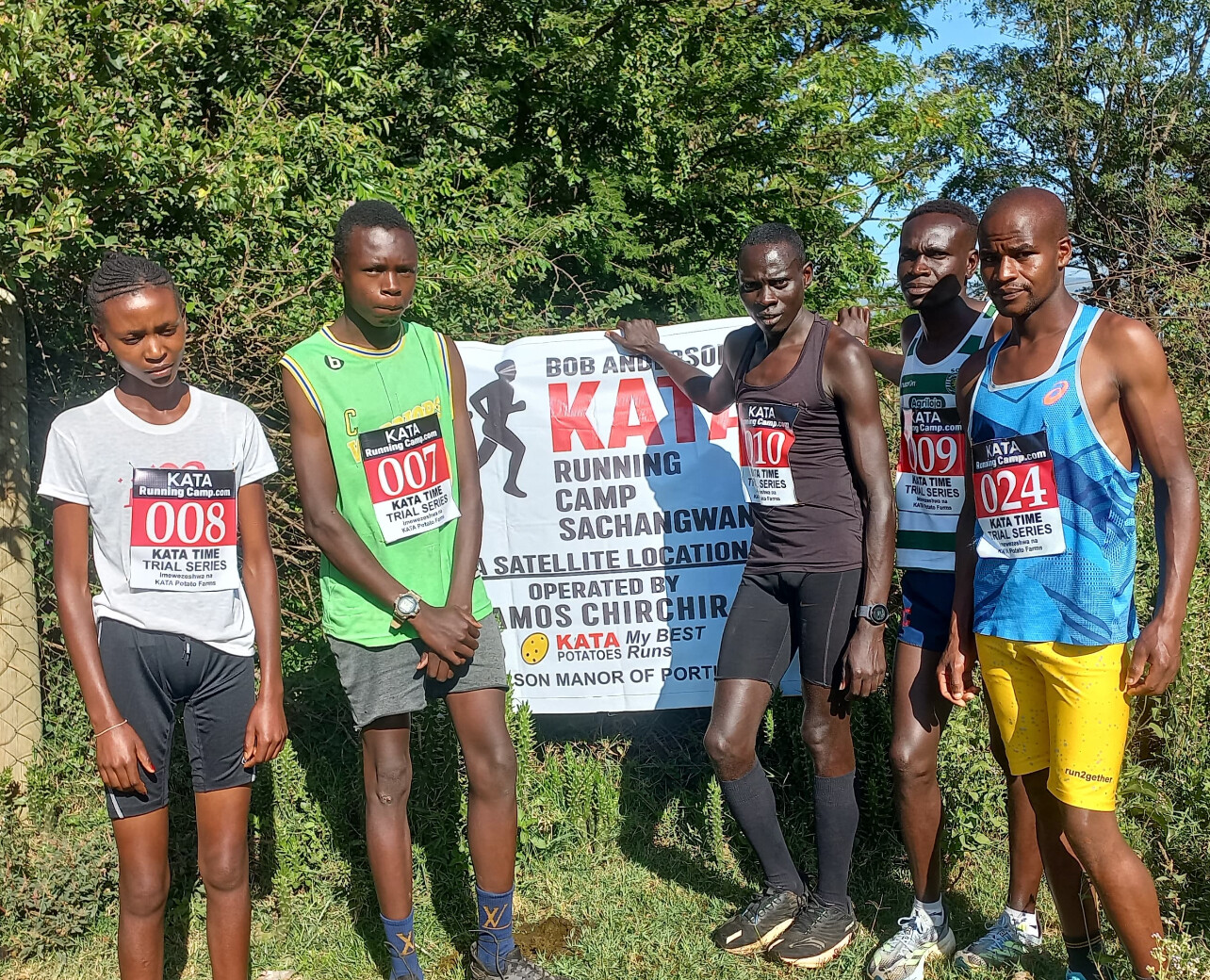
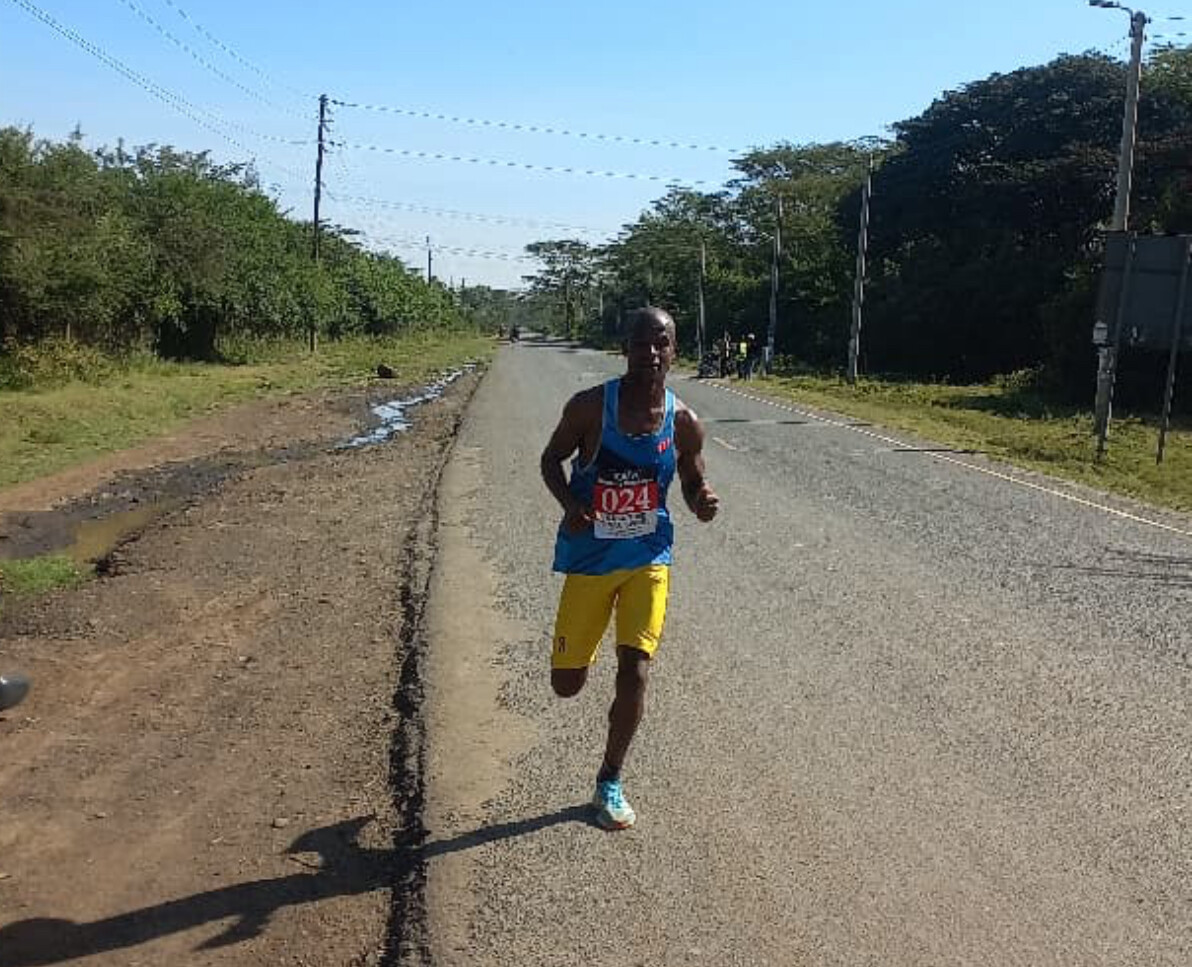
All four men posted lifetime bests, a testament to their disciplined training and steady improvement.
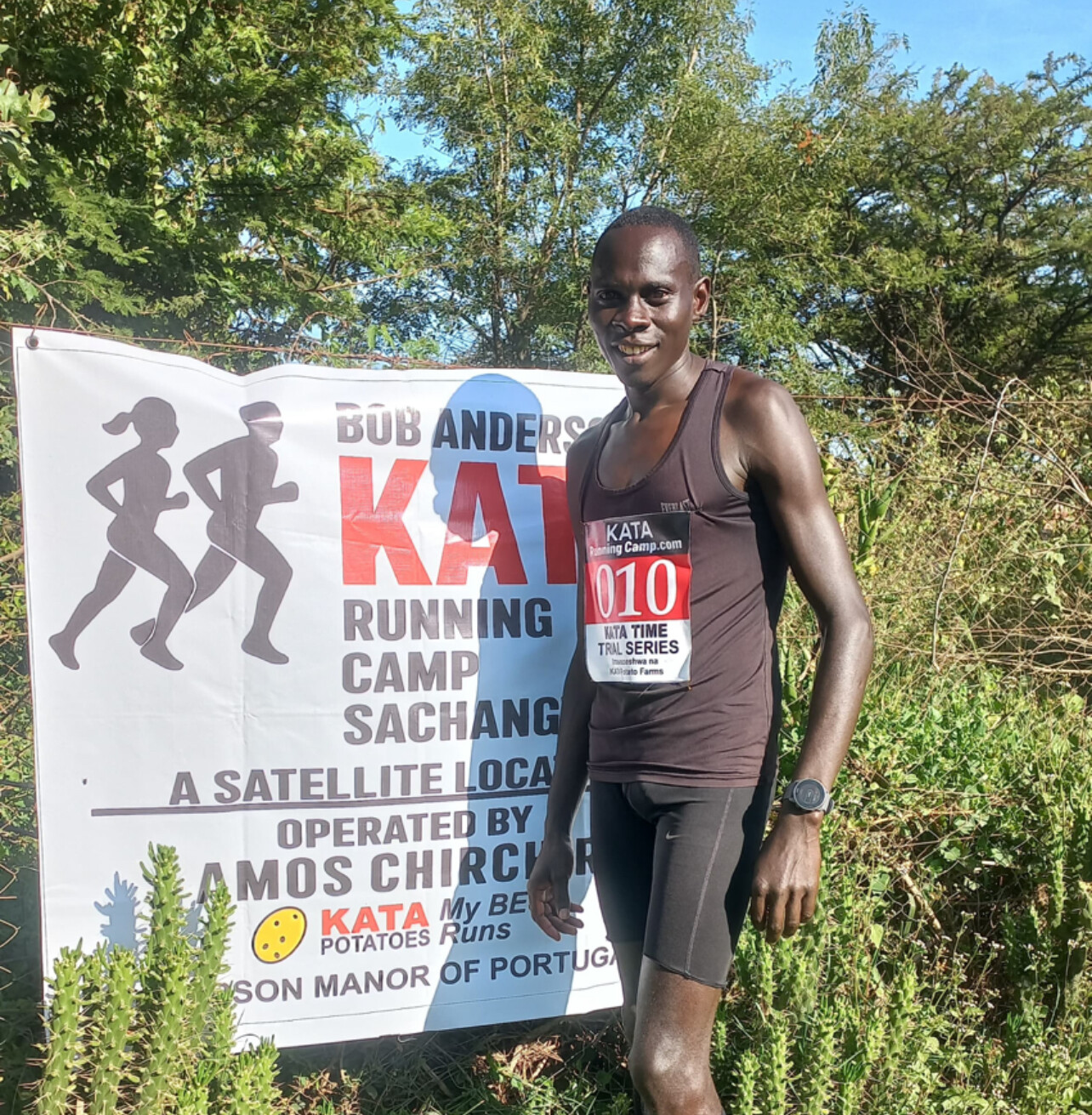
In the women’s 5 km event, Elizabeth Wambui dominated with a powerful performance, clocking 17:35 at age 20 to claim victory in style. Her run capped a day of inspiration and motivation for the entire Sachangwan training group.
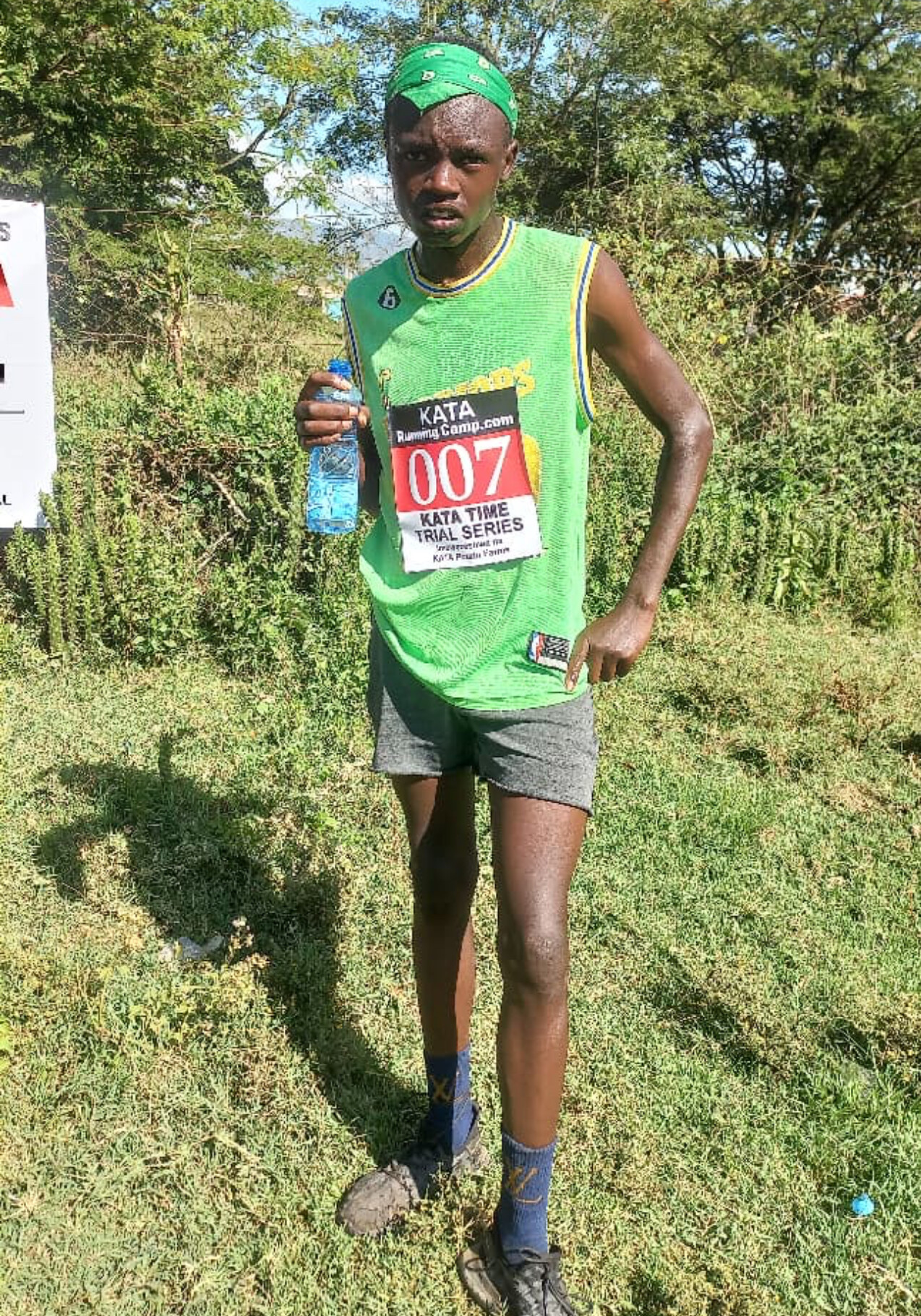
Official Results – KATA 07 Sachangwan Time Trial (October 15, 2025)
MEN – 10 KM
1. Weldon Langat – 30:16 (Age 19, Bib No. 024, 10 km)
2. Vincent Kemboi – 31:00 (Age 32, Bib No. 009, 10 km)
3. Emmanuel Bor – 31:54 (Age 25, Bib No. 010, 10 km)
4. Benjamin Kibet – 33:34 (Age 18, Bib No. 007, 10 km)
WOMEN – 5 KM
1. Elizabeth Wambui – 17:35 (Age 20, Bib No. 008, 5 km)
Coach Amos Chirchir praised his team’s progress, saying, “Every athlete achieved a personal best today. That shows the hard work and commitment behind our program. At KATA, we believe in developing champions through consistency, teamwork, and opportunity.”
He also expressed gratitude to KATA Founder and Director Bob Anderson and Catherine Anderson for their continued support, which has empowered athletes across Kenya through both training and farming initiatives.
The KATA 07 Sachangwan Camp continues to embody the KATA vision — Empowering Athletes. Growing Futures.
by Boris Baron
Login to leave a comment
KATA Sprinters Kiambu Camp #16 Delivers Strong Performances in October Time Trials
The October 15 time trials at KATA Sprinters Kiambu Camp No.16 delivered another strong performance from the athletes, confirming steady progress under the leadership of Coach Julius Migwi. The camp, supported by KATA Founder and Director Bob Anderson and Catherine Anderson, continues to strengthen Kenya’s growing sprint culture.
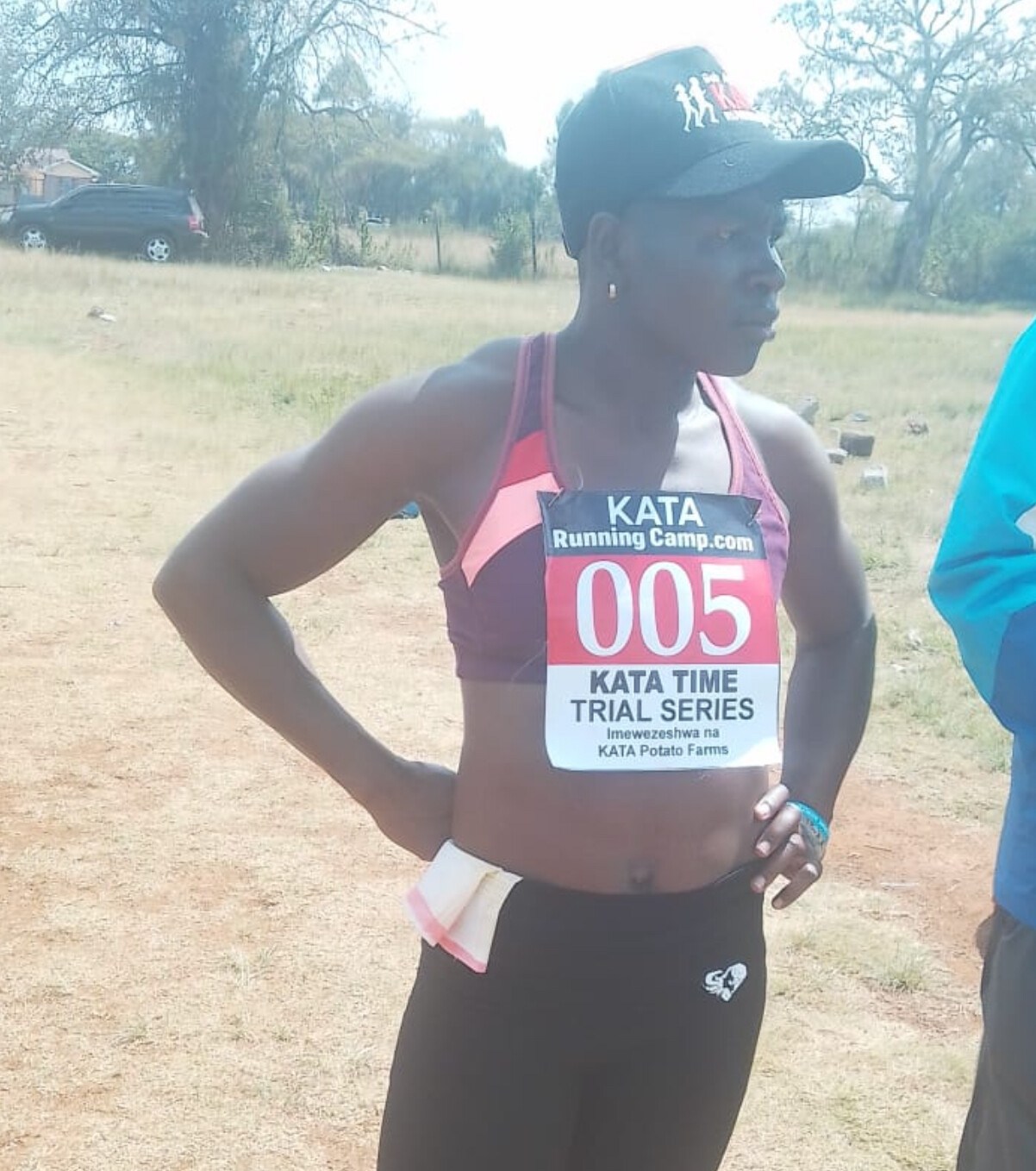
Favorable weather and excellent organization helped all participants perform well across the 60-meter and 400-meter events. Among the men, Moses Solonka (age 20) led the 60-meter sprint with a fast 13.0 seconds, followed by Antony Owino in 13.2 seconds. Peterson Matu (age 20) clocked 13.7, while Ezekiel Ngarui finished in 13.8 and Erick Wudi in 13.9.
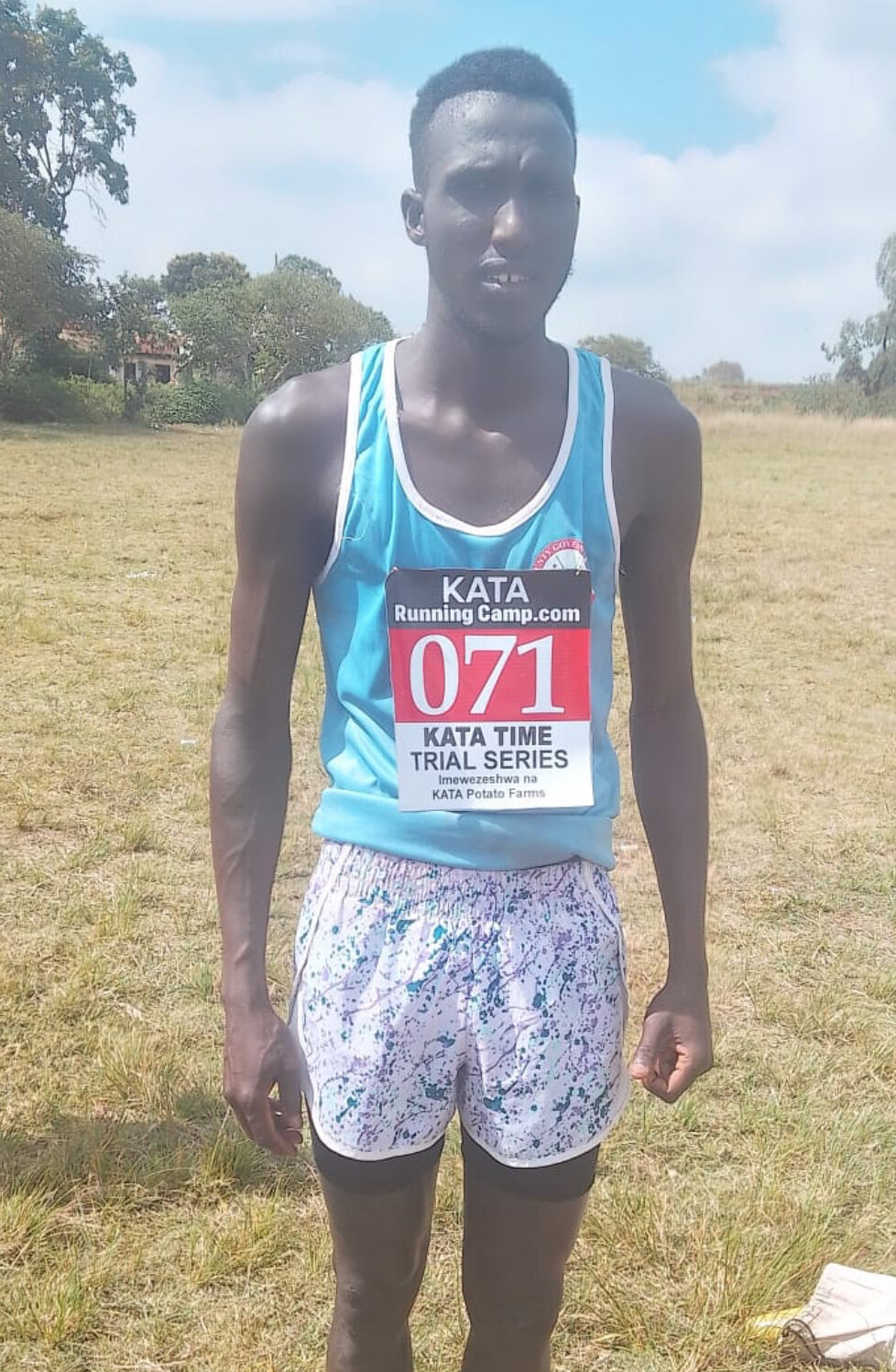
In the women’s 60-meter event, Sheila Makhungu (age 23) posted a strong 14.3, and Emma Wavinya (age 23) followed closely with 14.8, both showing smooth acceleration and technical improvement.
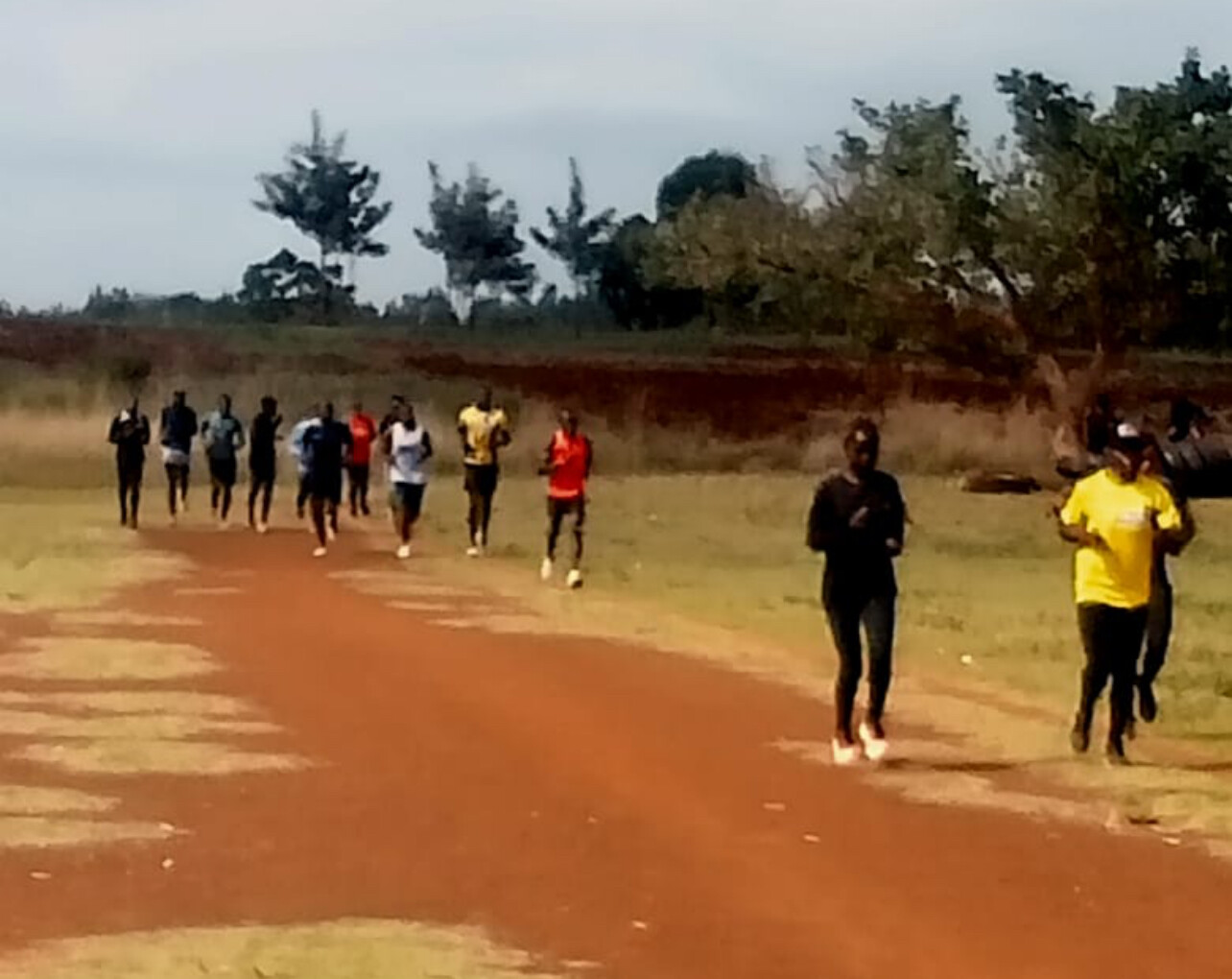
The 400-meter race featured exceptional efforts as Peris Chege (age 36) dominated with 54.2 seconds, setting the mark for others to chase. Edwin Mutuma (age 25) ran 54.8, Joseph Kamau (age 25) finished in 55.9, and Gedion Otieno (age 21) clocked 63.2.
In the women’s 400-meter division, Doreen Waka (age 30) ran 69.0, Ruth Mumbe (age 29) 65.8, and the young Rosemary Mueni (age 18) posted 71.0. Gladys Ngure (age 29) did not start her heat.
Official Results – KATA Sprinters Kiambu Camp No.16 (October 15, 2025)
60m Men
1. Moses Solonka – 13.0 (Age 20, Bib No. 1)
2. Antony Owino – 13.2 (Age 30, Bib No. 2)
3. Peterson Matu – 13.7 (Age 20, Bib No. 4)
4. Ezekiel Ngarui – 13.8 (Age 21, Bib No. 5)
5. Erick Wudi – 13.9 (Age 22, Bib No. 6)
60m Women
1. Sheila Makhungu – 14.3 (Age 23, Bib No. 7)
2. Emma Wavinya – 14.8 (Age 23, Bib No. 8)
400m Mixed
1. Peris Chege – 54.2 (Age 36, Bib No. 9)
2. Edwin Mutuma – 54.8 (Age 25, Bib No. 10)
3. Joseph Kamau – 55.9 (Age 25, Bib No. 11)
4. Gedion Otieno – 63.2 (Age 21, Bib No. 13)
5. Ruth Mumbe – 65.8 (Age 29, Bib No. 15)
6. Doreen Waka – 69.0 (Age 30, Bib No. 14)
7. Rosemary Mueni – 71.0 (Age 18, Bib No. 16)
8. Gladys Ngure – DNS (Age 29, Bib No. 17)
Coach Julius Migwi praised the team’s continued improvement, saying, “Every athlete showed growth and focus today. Our goal remains the same — to become the best sprint camp in Kenya and to inspire the next generation of sprinters.”
He also thanked Bob and Catherine Anderson for their constant encouragement and support in both the training and community programs connected with the KATA movement.
KATA Sprinters Kiambu Camp No.16 continues to prove that with dedication, teamwork, and vision, Kenya’s future in sprinting is bright.
by Boris Baron
Login to leave a comment
KATA Time Trial #2 — Tenden KATA Running Camp (K09)
The Tenden KATA Running Camp (K09) held its second official KATA Time Trial on October 15, 2025. Despite challenging high-altitude conditions at 2,200 meters, athletes produced a series of solid performances that reflect the steady progress within the KATA system.
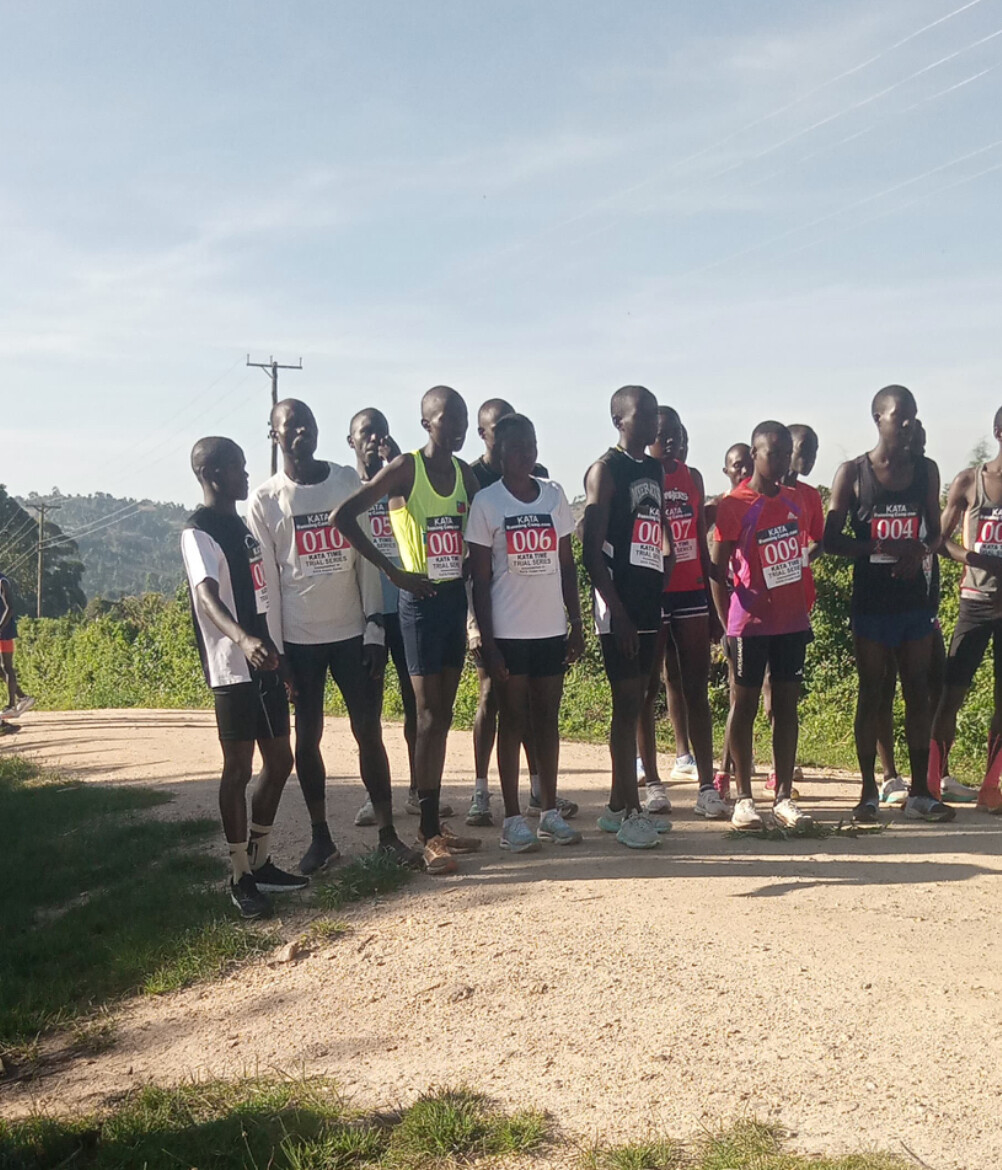
5 KM Men
1. Sammy Kwemoi — 16:20
2. Abraham Kibet — 17:01
3. Nickson Rana — 17:40
4. Emmanuel Kemboi — 18:17
5. Chrispine Korir — 18:33
10 KM Men
1. Duncan Kemei — 31:49
2. Ian Kimutai — 34:05
3. Ezekiel Kipksgei — 34:05
4. Clement Kipkoech — 36:59
Coach Philemon Kipruto, who oversees both the Kapcherop (K01) and Tenden (K09) KATA Camps, commended the group for their dedication and discipline, emphasizing how consistent time trials like this one serve as key benchmarks for future competition readiness.
Date: October 15, 2025
Altitude: 2,200 m
Location: Tenden, Kenya
Coach & Camp Operator: Philemon Kipruto
“Every KATA time trial gives us a clear picture of our athletes’ growth,” said Bob Anderson, Founder and Director of KATA. “Our goal is continuous improvement — pushing for better pacing, endurance, and execution. The Tenden camp is proving that focus and teamwork deliver results.”
The Tenden camp continues to develop a promising roster of young talent, supported by KATA’s integrated training-and-farming model, designed to empower athletes both on the track and in life.
by Boris Baron
Login to leave a comment
KATA Time Trial #2 — Kapcherop KATA Running Camp (K01)
Date: October 15, 2025 Altitude: 2,200 m
Location: Kapcherop, Kenya Coach & Camp Operator: Philemon Kipruto
The Kapcherop KATA Running Camp (K01) hosted its second official time trial on October 15, 2025, under ideal high-altitude training conditions at 2,200 meters. Athletes turned in determined efforts across both 5 km and 10 km distances, continuing to demonstrate the strength and focus that define the KATA program.
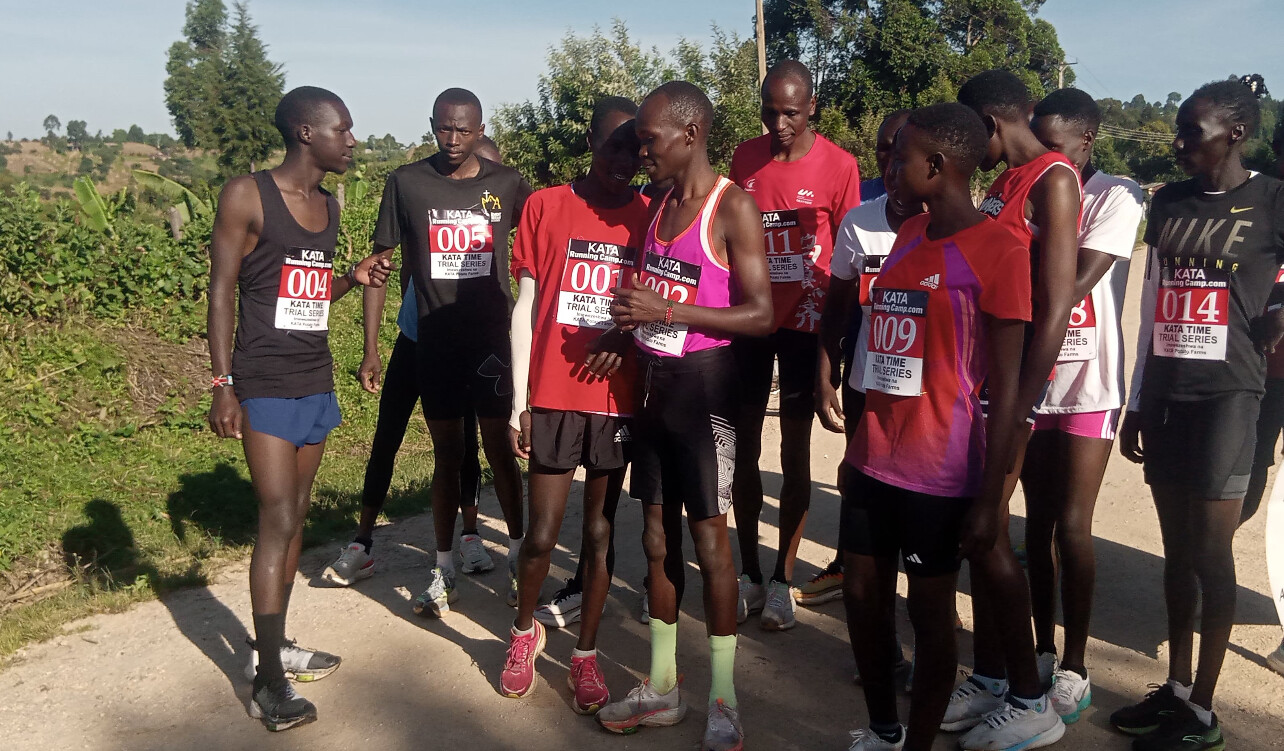
5 KM Men
1. Dennis Kipchirchir — 16:19
2. Evans Kemboi — 16:20
3. Kelvin Kiptoo — 17:20
4. Nahashion Kipkoech — 18:05
5. Alex Kimutai — 18:22
5 KM Women
1. Mercy Jebichi — 19:53
2. Purity Kosgei — 21:10
3. Mercy Jepchumba — 22:51
4. Sarah Jepkemoi — 24:16
10 KM Men
1. Enock Tanui — 32:46
2. Alan Mwetich — 33:53
3. Evans Kipyatich — 35:18
4. Donald Kimaru — 39:09
10 KM Women
1. Beatrice Rutto — 42:14
Coach Philemon Kipruto praised his team’s progress, noting that several athletes recorded personal bests and are showing improved endurance and pacing consistency.
“It’s encouraging to see our athletes push their limits each trial,” said Bob Anderson, Founder and Director of KATA. “Consistency and commitment are the heart of our program. These results show that the Kapcherop camp is on the right path, combining structured training with our KATA Potato Farm support model.”
The Kapcherop camp remains a cornerstone of KATA’s mission — developing world-class runners through disciplined training, nutritional awareness, and sustainable community farming.
by Boris Baron
Login to leave a comment
KATA Time Trial #2 — Kapsait KATA Camp (K24)
At an elevation of 2,500 meters, athletes from the Kapsait KATA Camp (K24) delivered impressive performances during their second official KATA Time Trial. Despite the challenging altitude, the men’s 10K saw a thrilling finish with Cornelius Chepkok narrowly edging Evans Kipruto by less than a second. Both clocked outstanding times just over 29:30.
In the 5K event, Dennis Kosgei led the way with a strong 14:40 run, followed closely by Timothy Kibetand Titus Kiprop, each posting sub-15-minute results — an impressive feat at this elevation.
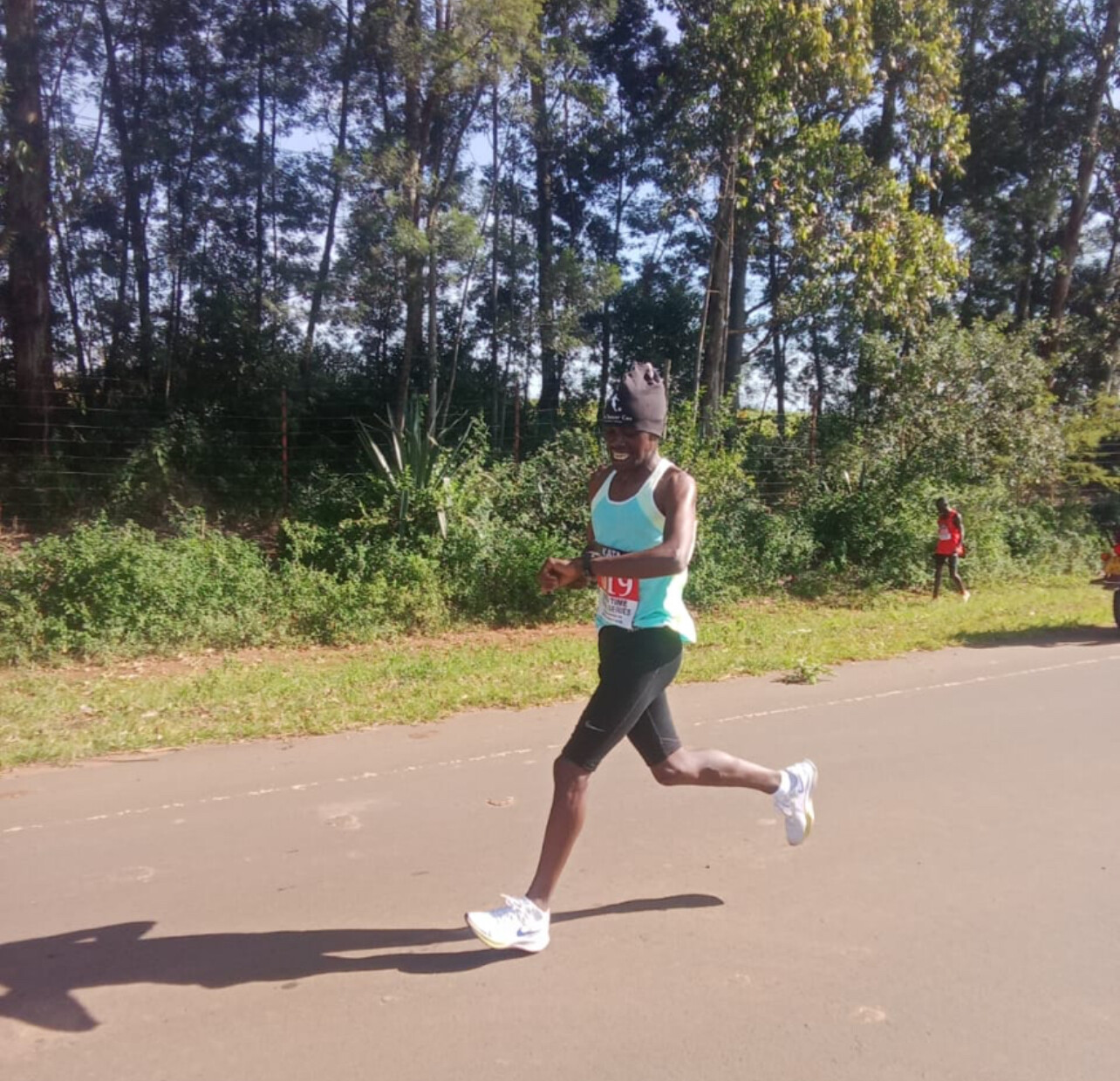
“Our KATA program is about more than just competition — it’s about progress,” said Bob Anderson, KATA Founder and Director. “Each time trial is a chance for our athletes to improve, to measure growth, and to build toward world-class performances. The times achieved at Kapsait today show real strength and determination.”
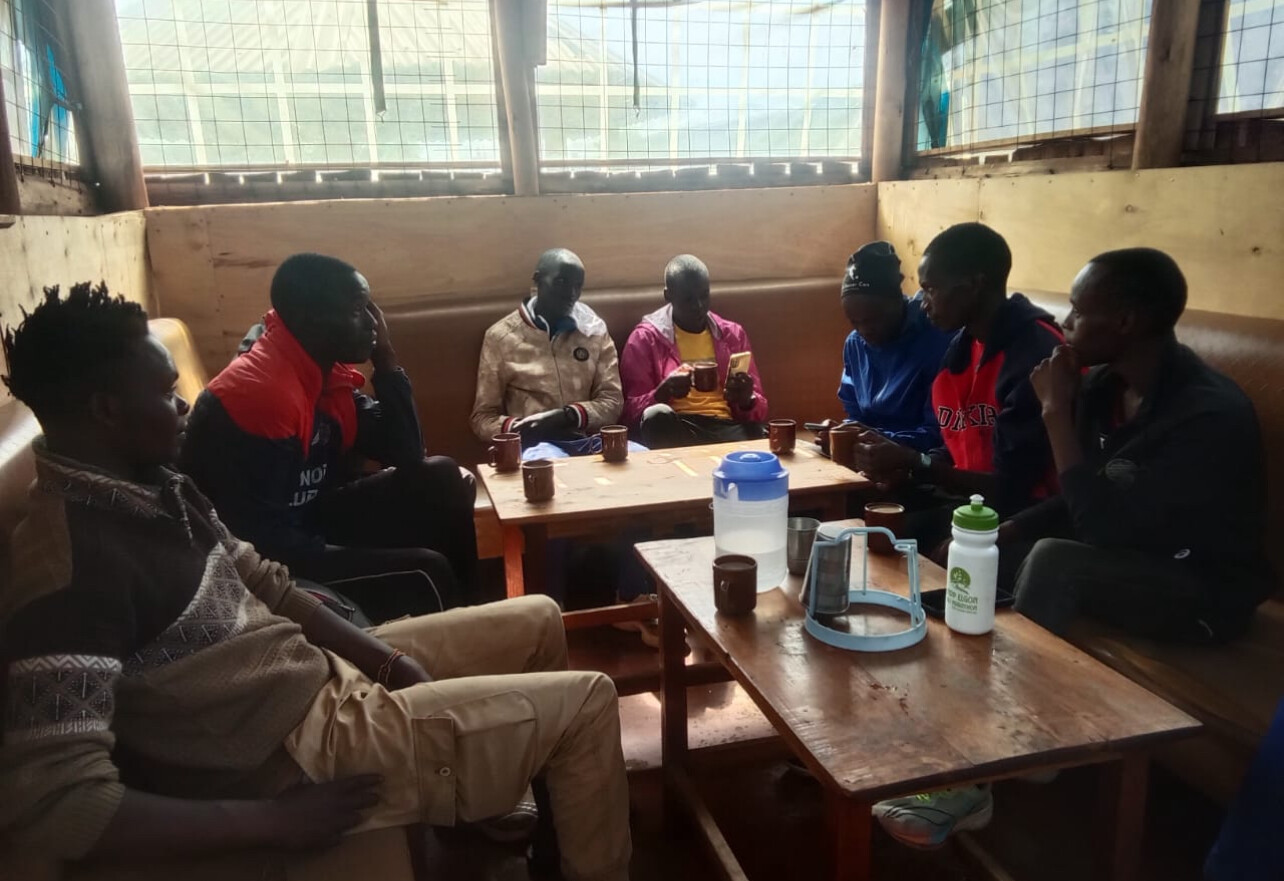
These performances continue to reflect the dedication of Coach Fredrick Kiprotich and his team in developing athletes who are ready to take their training to the next level under the KATA model — combining world-class running with sustainable potato farming.
Date: October 15, 2025
Altitude: 2,500m
Location: Kapsait, Kenya
Coach & Camp Operator: Fredrick Kiprotich
by Boris Baron
Login to leave a comment
KATA Satellite Time Trial #2 – Tingoro Camp (K26)
KATA’s second Satellite Time Trial brought impressive results from Tingoro Camp (K26) Oct 15 under the leadership of Coach and Camp Operator Benard Rono. Both the women’s 5km and men’s 10km races showcased outstanding individual efforts, steady progress, and several new personal bests.
These results highlight the effectiveness of the KATA system — combining focused athletic training with sustainable farming — as athletes across Kenya continue to grow stronger through dedication and discipline.
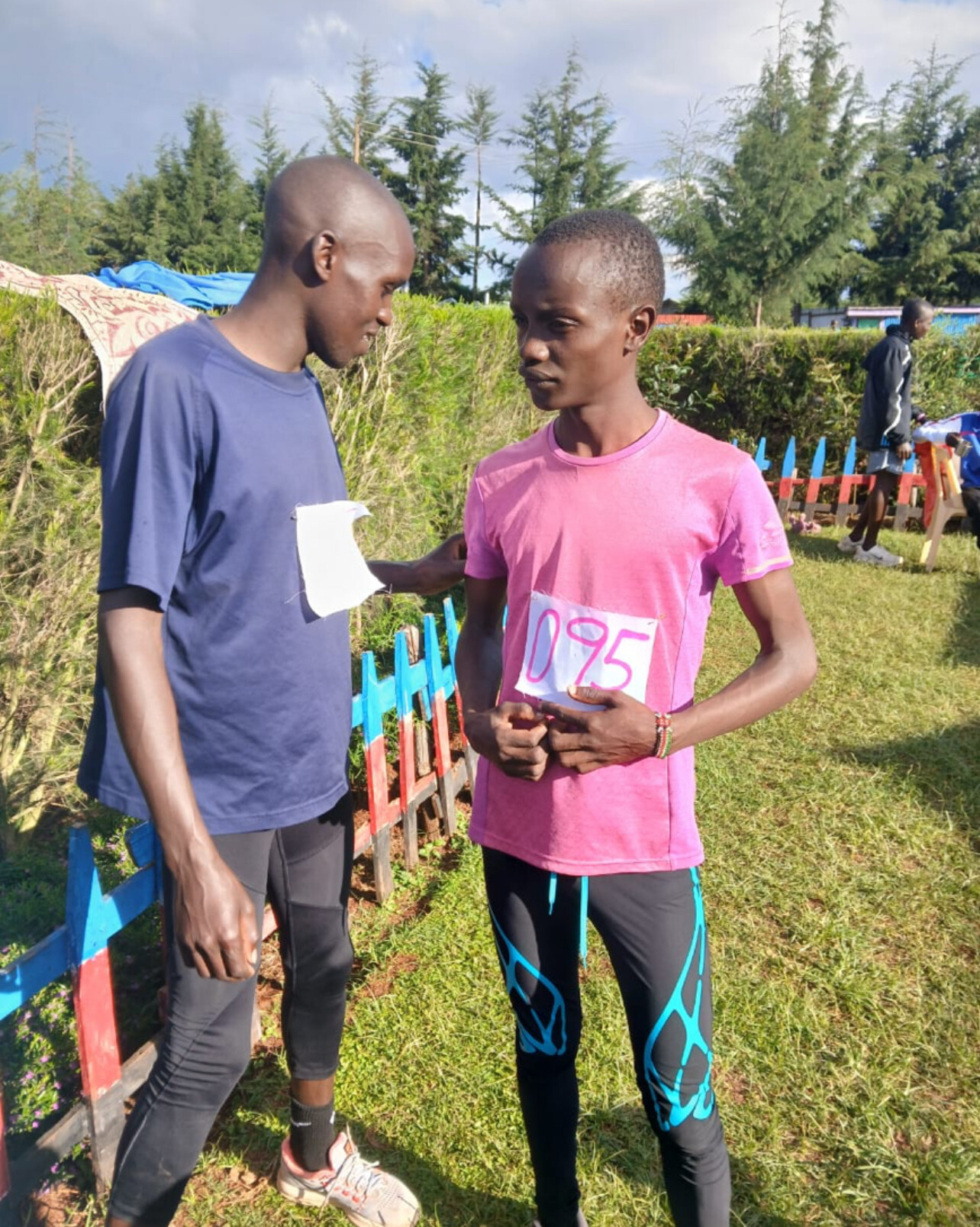
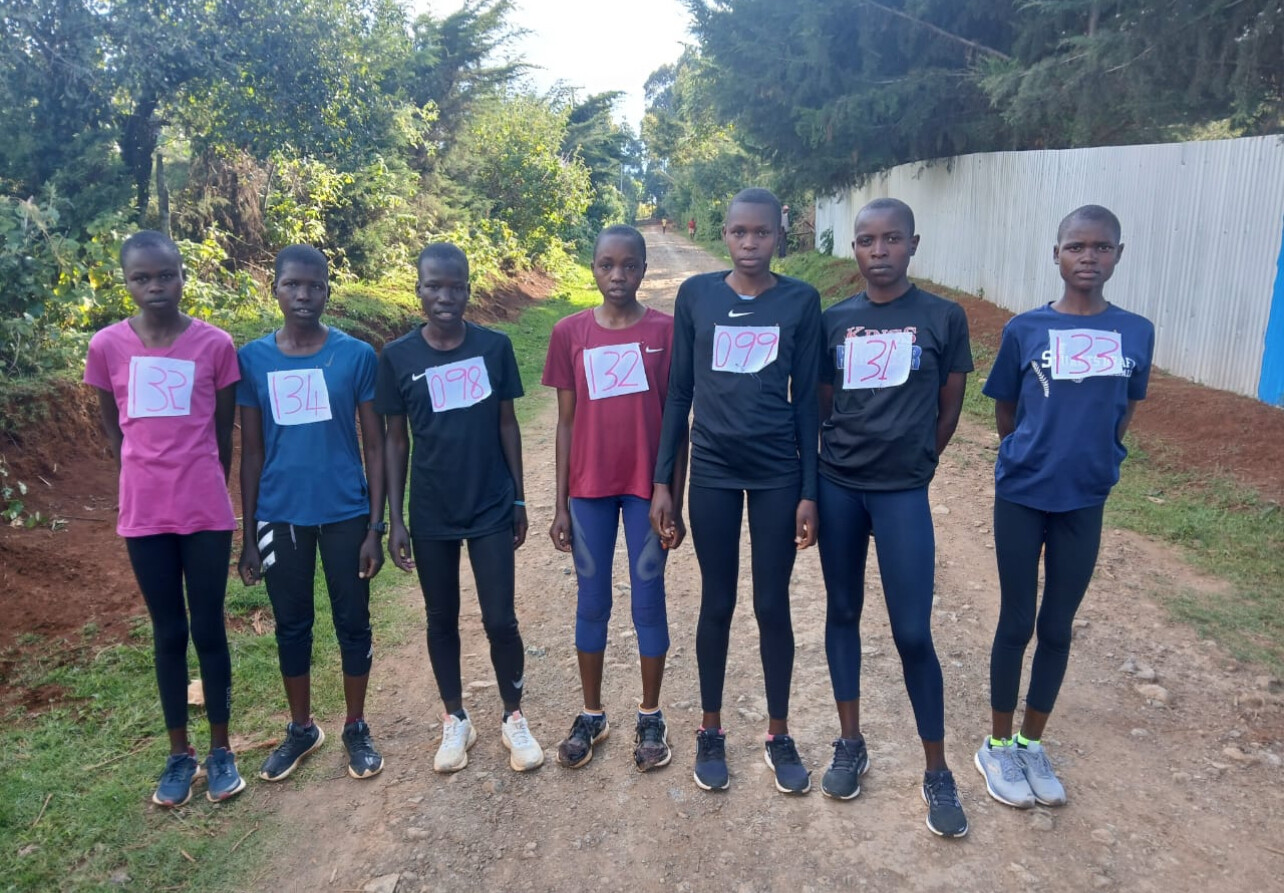
women’s 5k
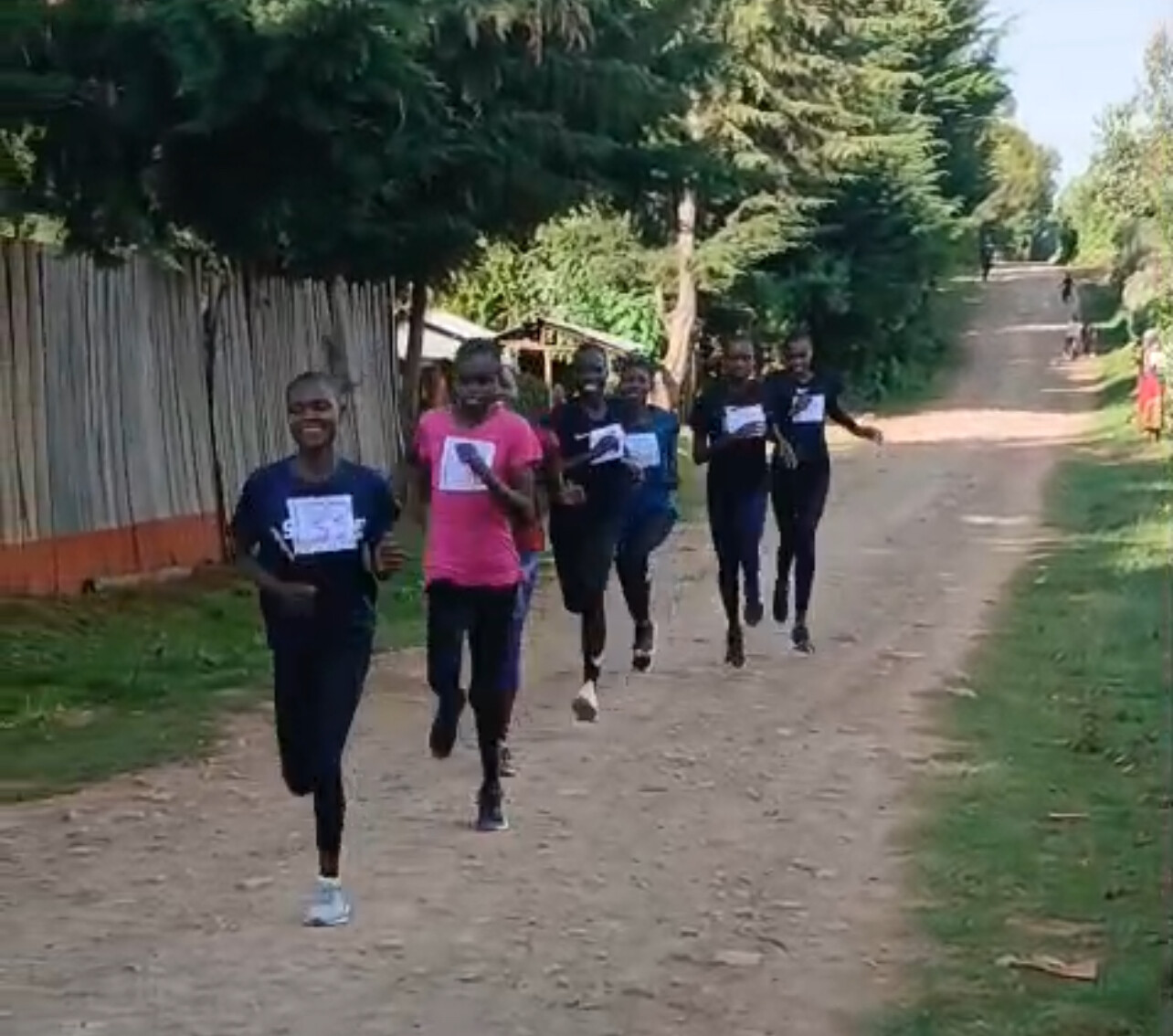
|
Position |
Name |
Time |
Age |
Camp |
Bib |
|
1 |
Faith Cheplkenei |
16:32.05 |
18 |
Tingoro |
181 |
|
2 |
Linda Chebet |
17:01.55 |
18 |
Tingoro |
099 |
|
3 |
Naomi Wangare |
17:07.77 |
17 |
Tingoro |
098 |
|
4 |
Esther Chepkemoi |
17:17.91 |
19 |
Tingoro |
134 |
|
5 |
Sylvia Cheplelimo |
18:20.34 |
17 |
Tingoro |
132 |
|
6 |
Stella Cheplelimo |
18:24.56 |
17 |
Tingoro |
133 |
|
7 |
Joy Chepkemoi |
— |
— |
Tingoro |
|
Men’s 10k
|
Position |
Name |
Time |
Age |
Camp |
Bib |
|
1 |
Kelvin Kilel |
30:11.12 |
26 |
Tingoro |
036 |
|
2 |
Kelvin Langat |
30:13.49 |
17 |
Tingoro |
095 |
|
3 |
Clinton Kipbet |
30:41.14 |
19 |
Tingoro |
137 |
|
4 |
Shadrack Bett |
31:21.10 |
21 |
Tingoro |
096 |
|
5 |
Silas Longwet |
31:32.71 |
18 |
Tingoro |
093 |
“Each of our KATA camps continues to build a culture of improvement and excellence. The performances at Tingoro today show that our approach is working. Congratulations to all the athletes, and to Coach Benard Rono for guiding the team so well.”
— Bob Anderson, KATA Founder & Director
by Boris Baron
Login to leave a comment
Personal Bests Shine at KATA Time Trial #49 in Thika
October 15, 2025 | KATA Running Retreat, Thika
While turnout was limited due to Kenya Police recruitment activities and the upcoming National Masters Trials, the KATA Time Trial #49 at the Thika Retreat delivered outstanding performances and a string of new personal bests — a true reflection of dedication and progress among the athletes.
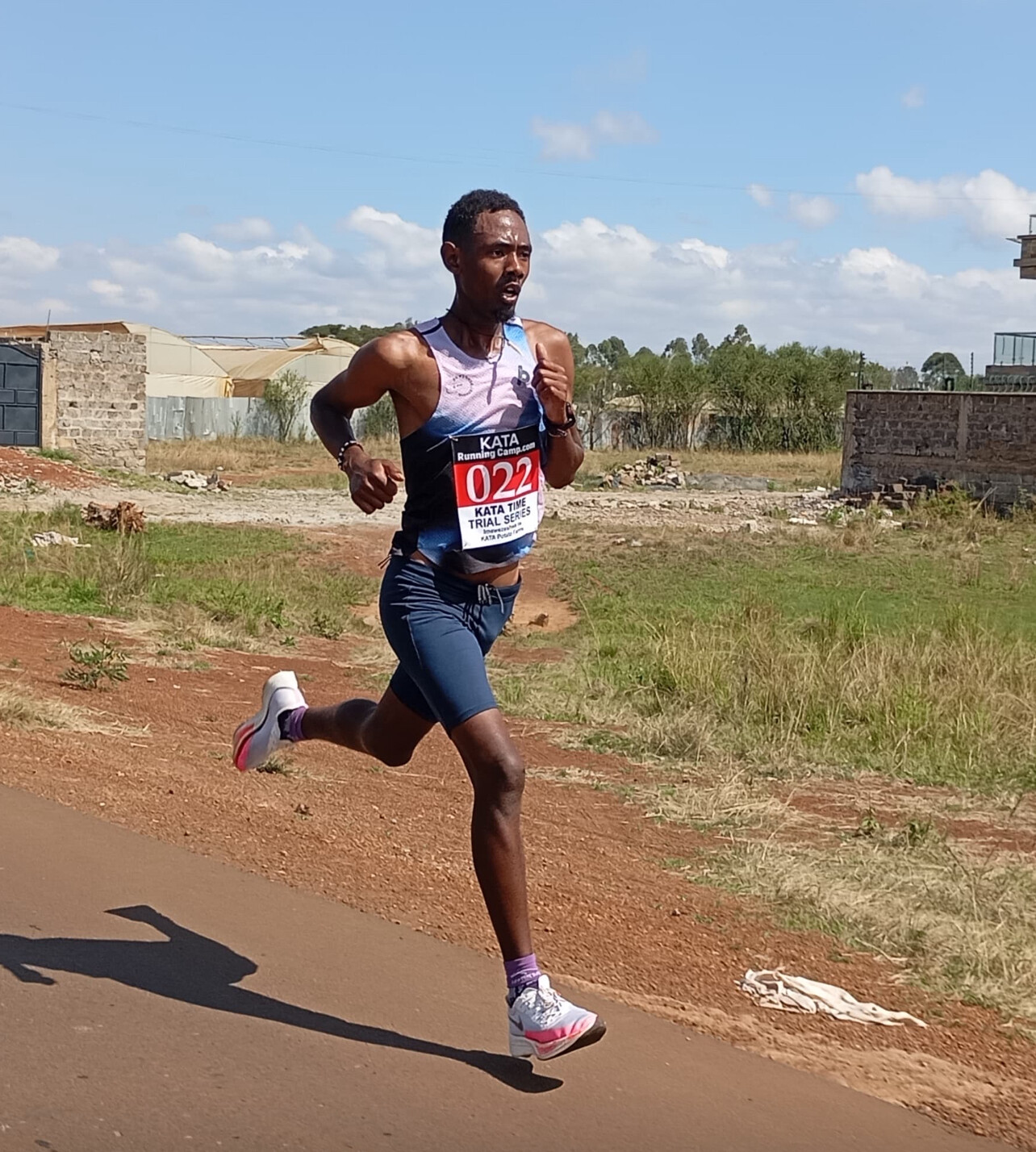
A total of 12 athletes — 8 men and 4 women — lined up for the 10K races, producing inspiring results that showcased the continued strength of the KATA program.
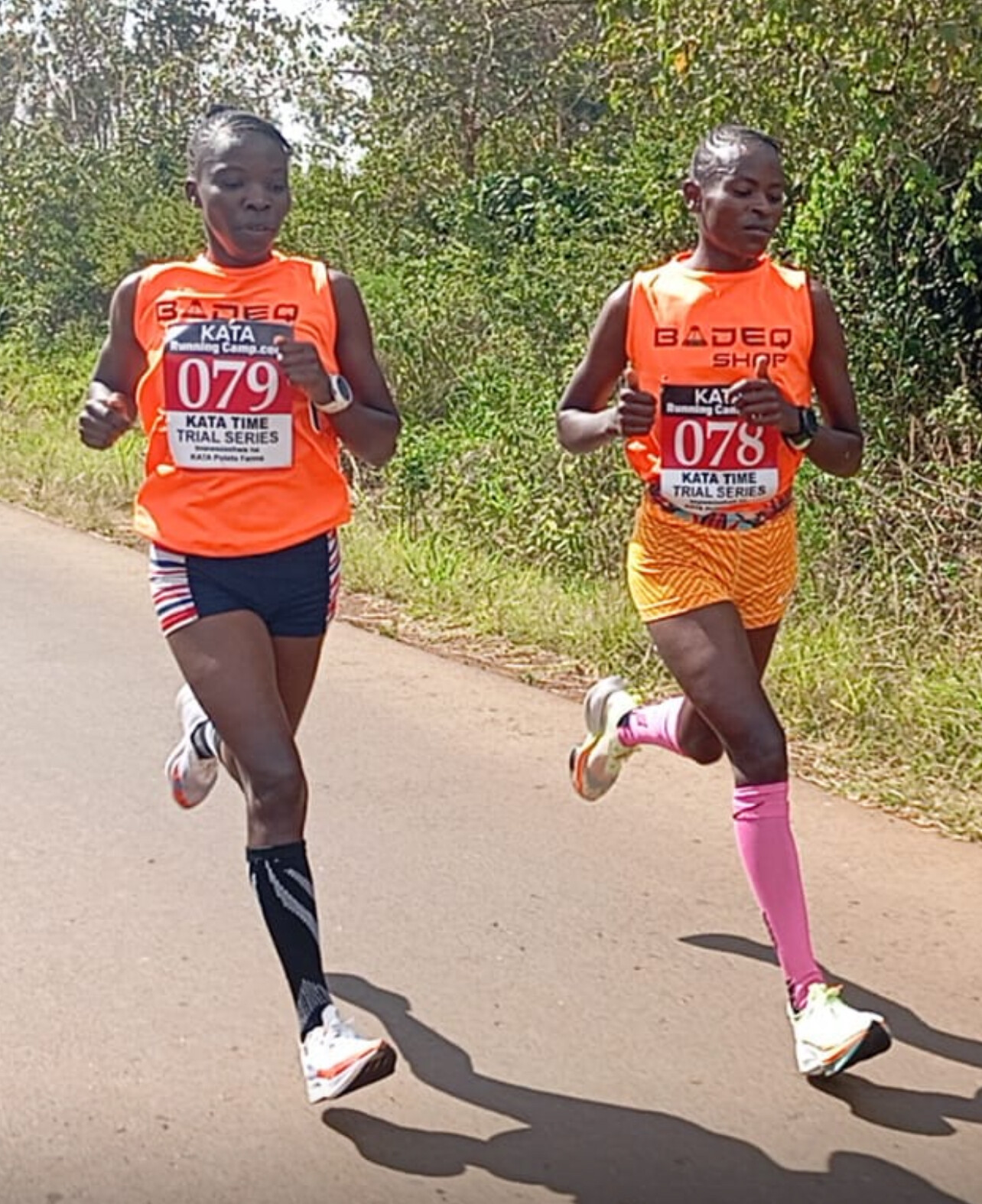
Men’s 10K
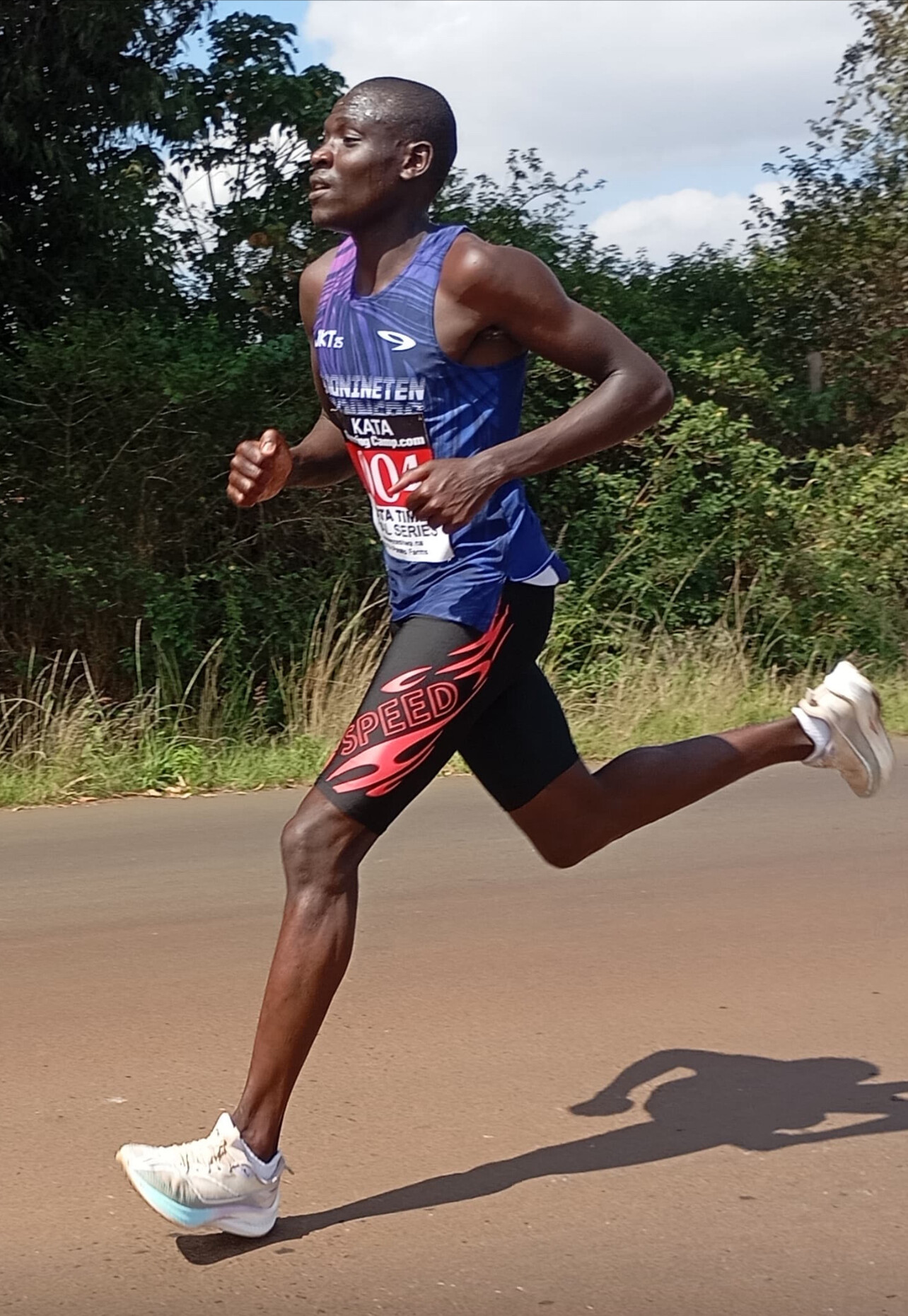
John Chege impressed once again, winning in 29:22, a personal best that lowered his previous time by 20 seconds. Chege, the Thika Camp team leader, said he had targeted a sub-29-minute finish but found himself running solo from the 2 km mark. His coach remains confident that milestone will come soon.
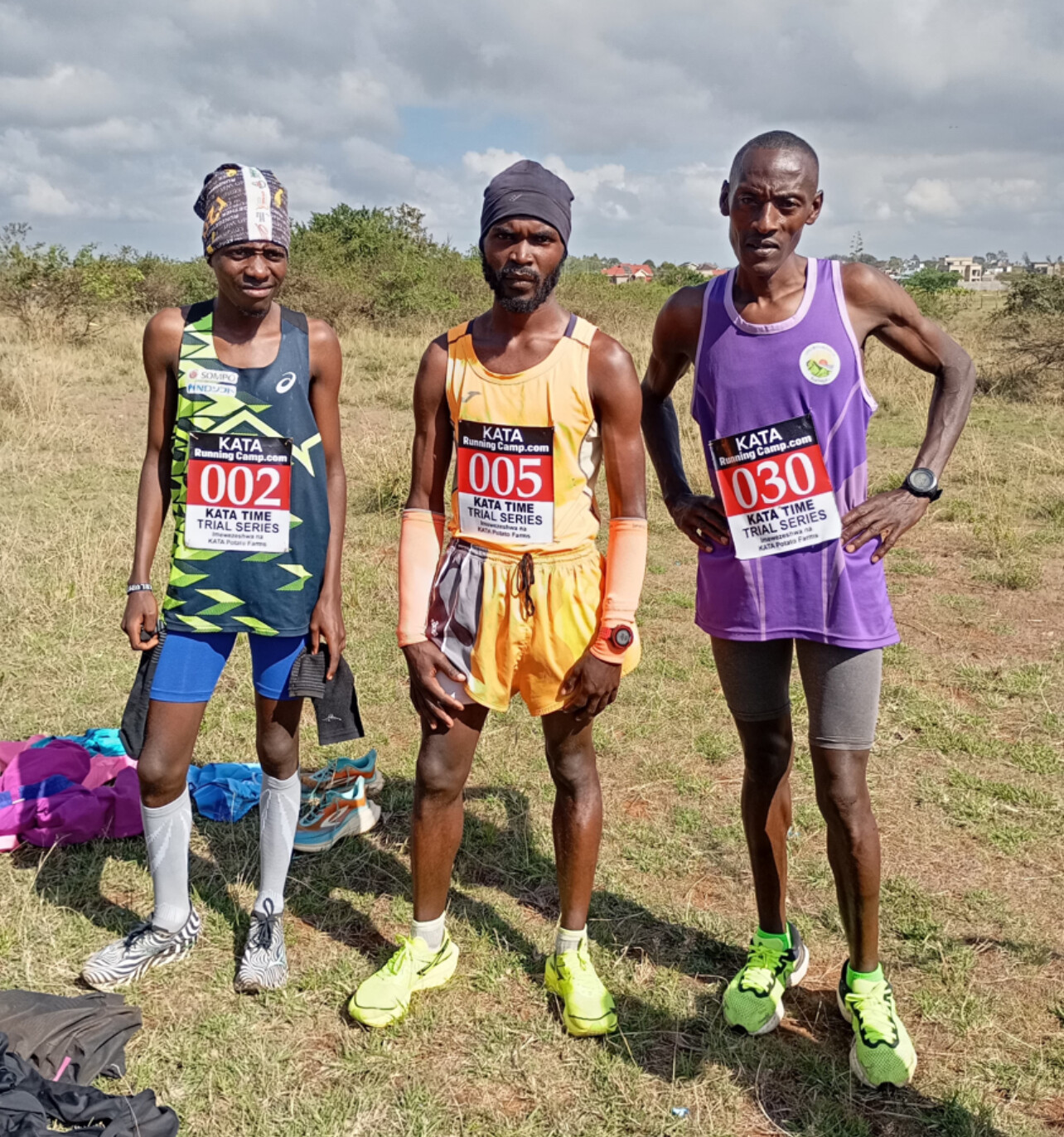
Kelvin Ragui followed in 30:21, with Boniface Mungai rounding out the podium in 30:44. Several athletes achieved season or lifetime bests, marking steady improvement across the men’s field.
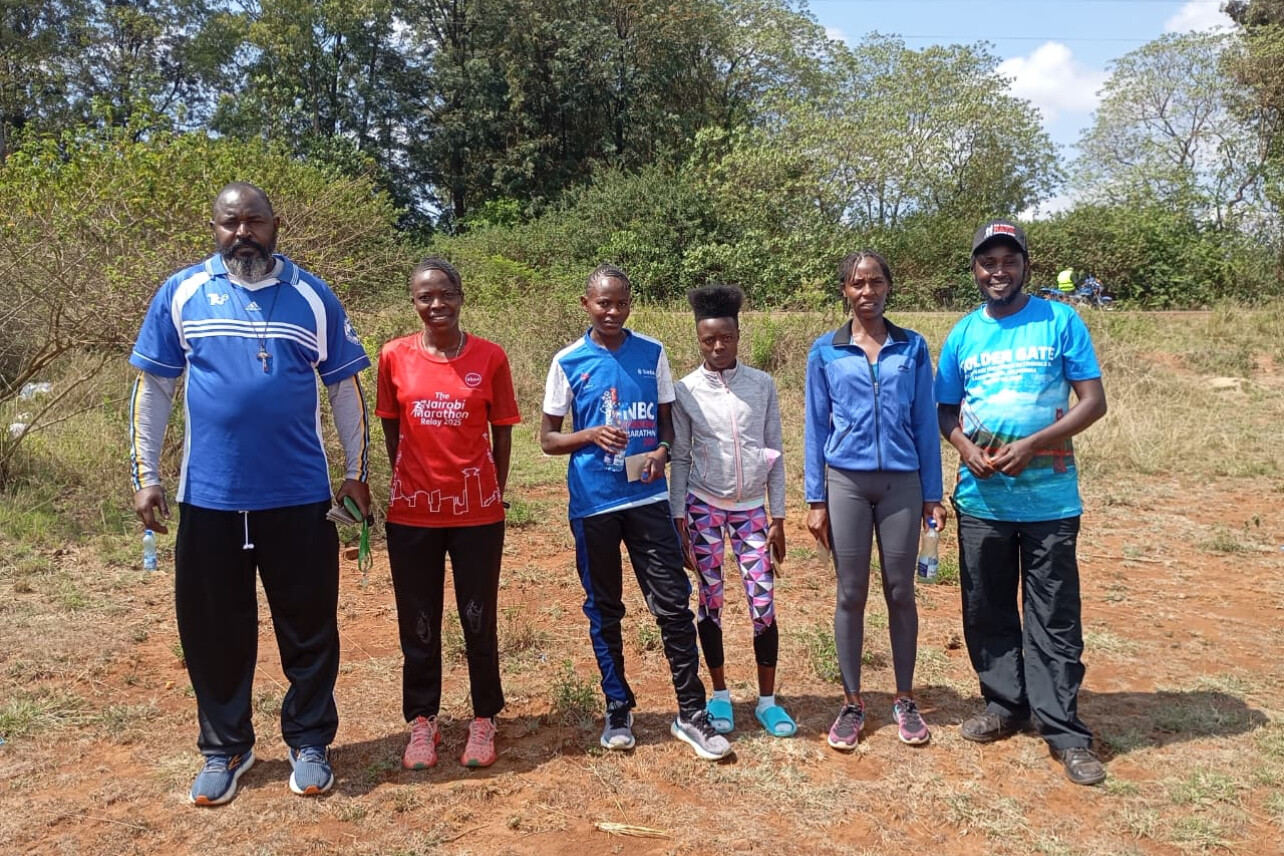
Results – Men’s 10K
1. John Chege (20 22) – 29:22
2. Kelvin Ragui (24 02) – 30:21
3. Boniface Mungai (30 07) – 30:44
4. Joseph Kariuki (39 11) – 31:01
5. Charles Ndirangu (24 04) – 32:40
6. Ishmael Mburu (25 05) – 33:41
7. Paul Nganga (43 30) – 36:16
8. Charles Ndirangu (65 08) – 39:11
Women’s 10K
In the women’s division, Jacinta Kamau delivered a brilliant run, taking victory in 33:45, a new personal best by over a minute. Loise Kiarie was close behind in 34:22, also a personal best. Ruth Maina (38:04) and Agnes Wanjiru (41:15) rounded out the top four with commendable efforts.
Results – Women’s 10K
1. Jacinta Kamau (24 79) – 33:45
2. Loise Kiarie (24 78) – 34:22
3. Ruth Maina (22 80) – 38:04
4. Agnes Wanjiru (20 83) – 41:15
Director’s Message
“It is not always about a volume of runners. Our KATA Time Trial program is about improving your personal bests and clocking season’s bests. And that is what was done in Thika this morning. Well done team.”
— Bob Anderson, KATA Founder & Director
by Boris Baron
Login to leave a comment
KATA Time Trial Series
Welcome to the KATA Monthly Time Trial Held at the Kenyan Athletics Training Academy in Thika, Kenya, the KATA Monthly Time Trial is a unique and inclusive event designed to support runners of all levels in achieving their goals and showcasing their fitness. This event offers both 10K and 5K distances on an accurate, certified course, providing participants with...
more...KATA Time Trials Expand Nationwide as 30 Running Camps Prepare for October 15 Event
For years, the Kenya Athletics Training Academy (KATA) in Thika has been the nerve center of monthly time trials — small but highly competitive races that have helped shape Kenya’s next generation of distance-running talent.
This October 15 marks another milestone. For the second consecutive nationwide edition, KATA’s time trials will take place not only at the Thika headquarters but also simultaneously across more than 30 KATA Running Camps throughout Kenya, featuring both 10 km and 5 km races.
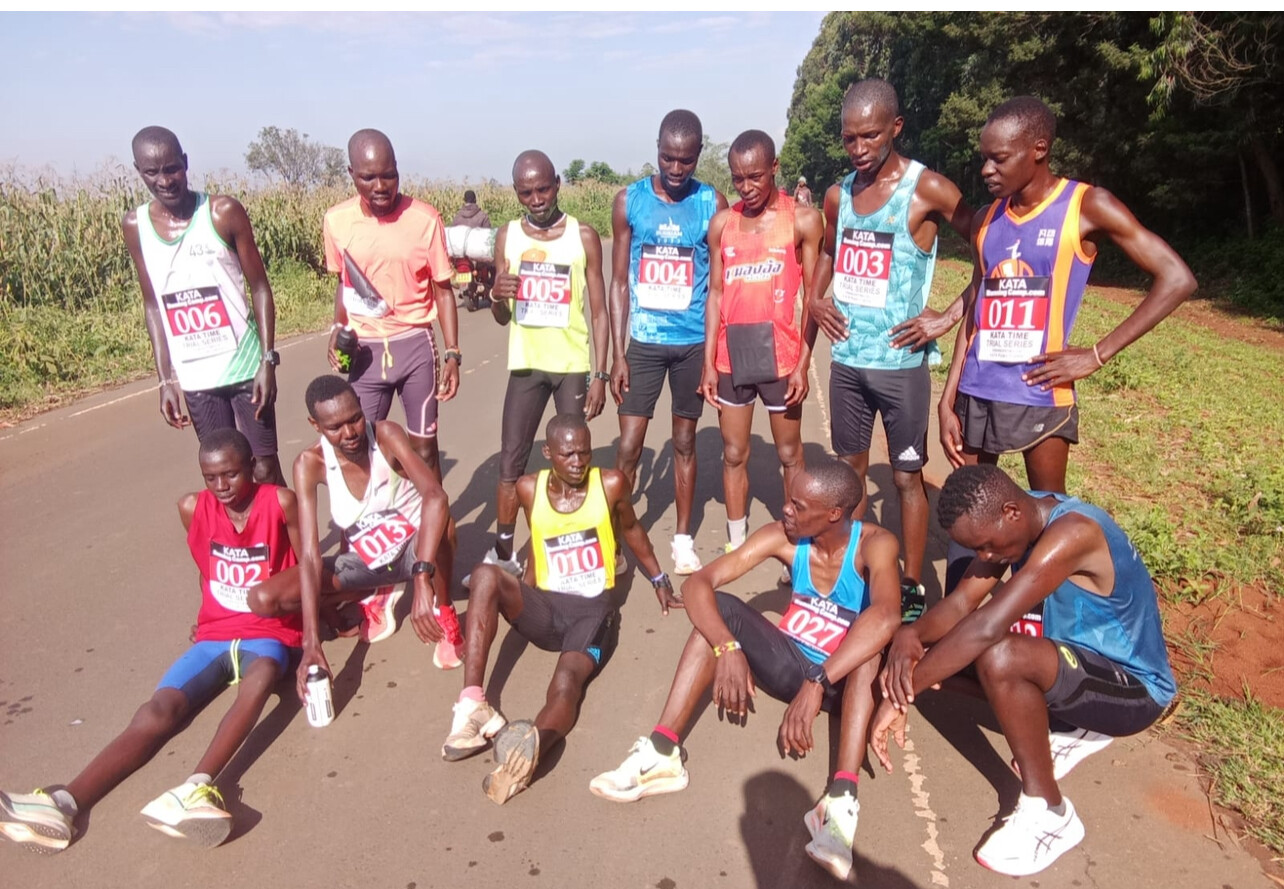
The expansion follows the success of August’s first coordinated nationwide time trial, which confirmed that KATA’s decentralized model can operate effectively across multiple regions. Each camp’s participation is not optional — under the KATA system, all official camps are required to host a time trial every other month as part of athlete development and performance monitoring.
Meanwhile, the Thika headquarters continues to set the standard. It has organized a monthly KATA Time Trial without interruption since September 2021, providing a consistent testing ground for hundreds of emerging athletes.
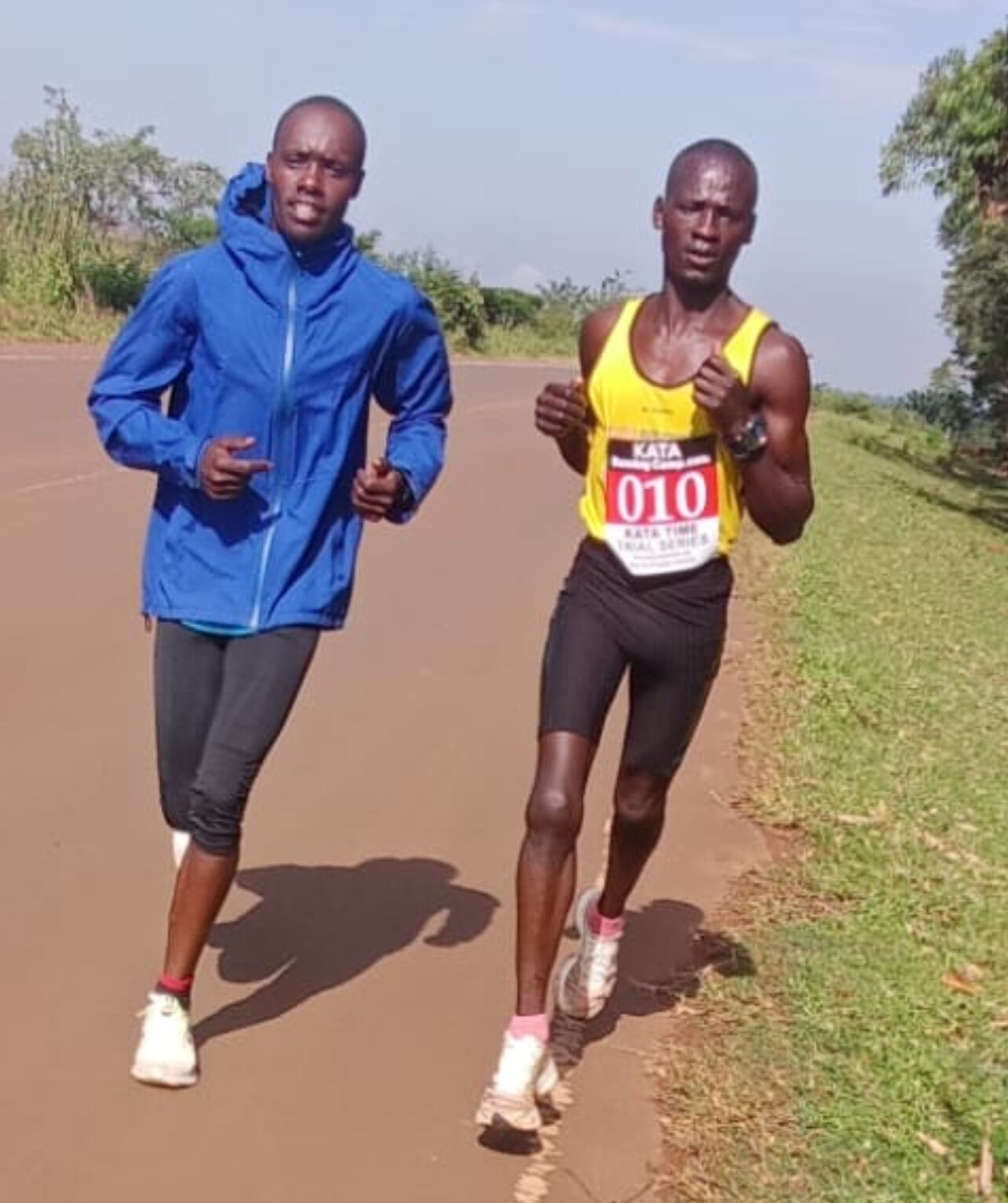
KATA founder Bob Anderson, who also created My Best Runs, said the approach is about expanding access while maintaining structure.
“The idea was to decentralize opportunity,” Anderson explained. “We want every promising runner, whether training in Thika or a rural camp, to have the same chance to be timed, compared, and supported within the KATA framework.”
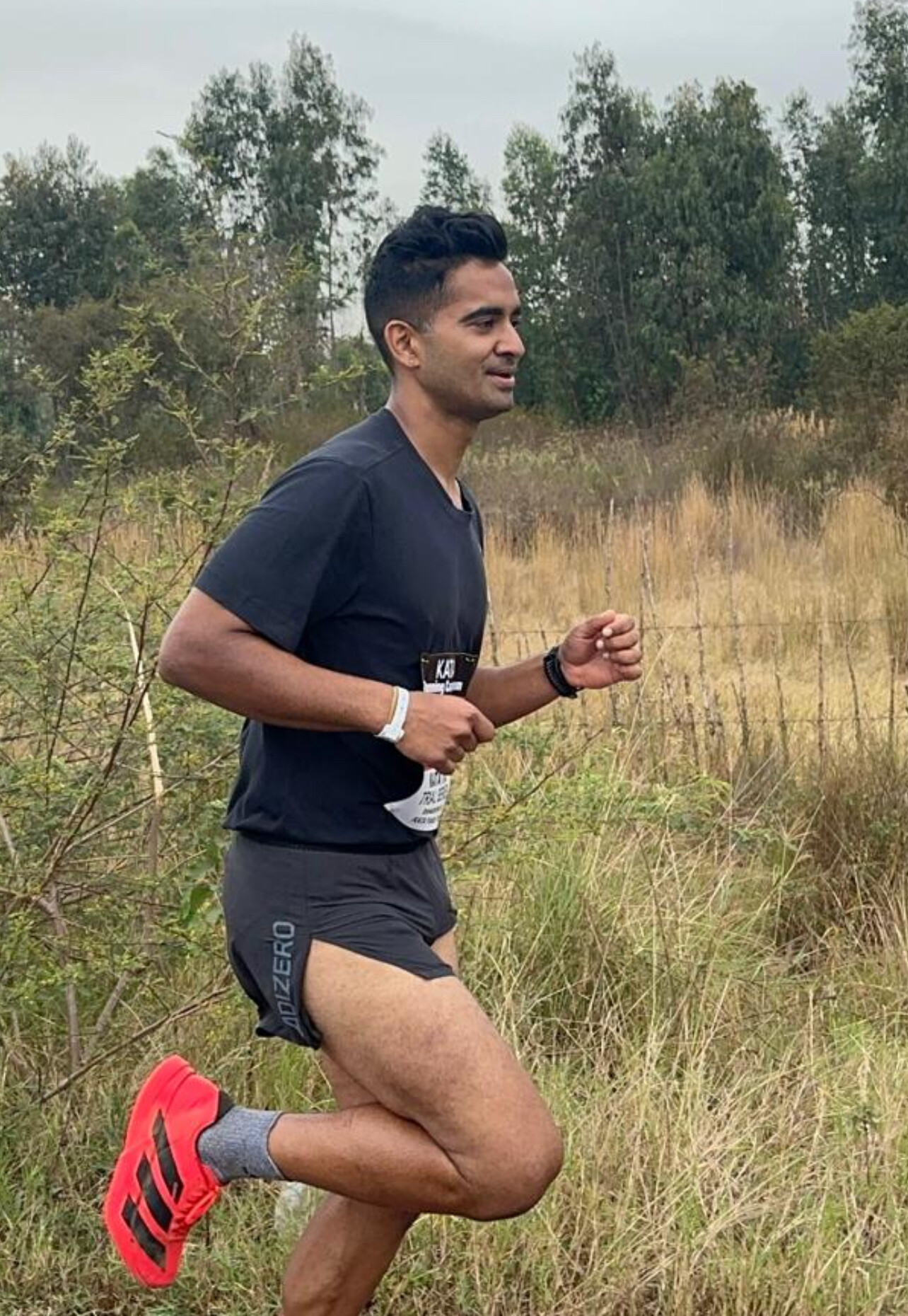
Through its network of 30+ KATA Running Camps, the academy has built a national performance pipeline. Each camp conducts its own race under strict KATA guidelines — ensuring accurate distances, verified timing, and documented results — which are then compiled centrally to produce nationwide rankings.
The program is already showing impact. The August trials unearthed new talents now being tracked for mentorship, nutrition guidance, and future competition opportunities.
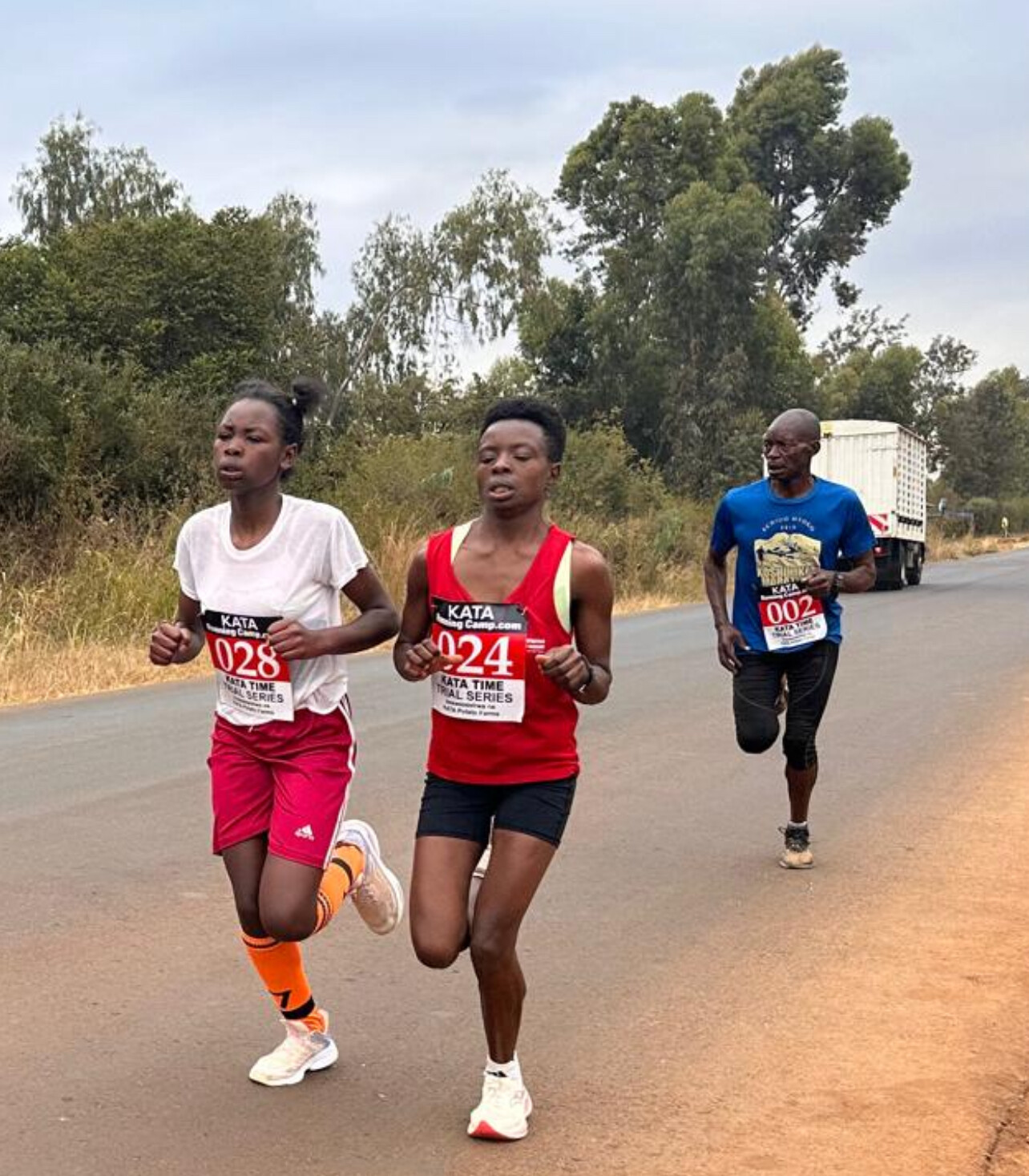
Head coach John Matheri said the system promotes fairness and progress.
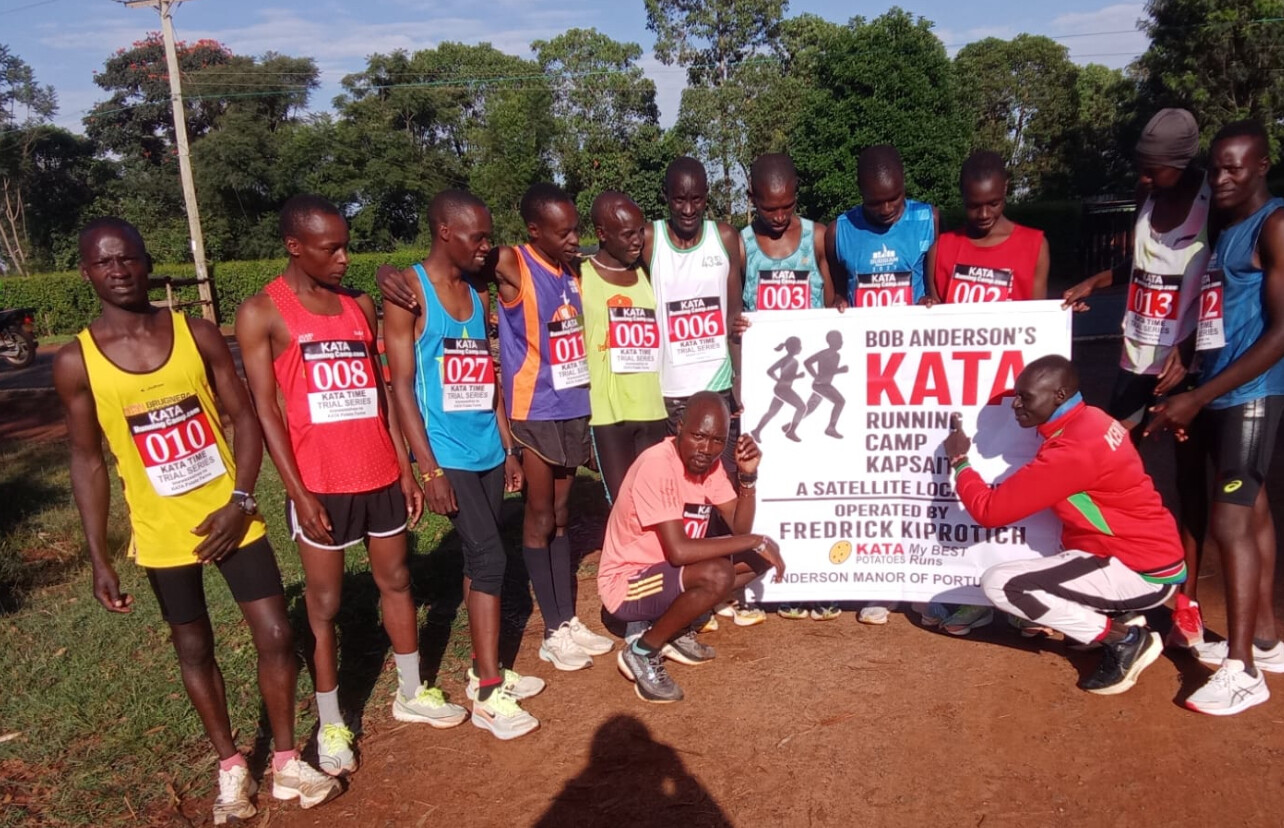
“Before, athletes had to travel to Thika for official trials. Now, the competition comes to them,” he said. “That equal footing is helping identify talent in places we might never have reached before.”
Matheri added that community involvement is strengthening outcomes.
“We expect even faster times this month,” he noted. “Athletes are training with purpose, supported by improved nutrition from our KATA potato projects and the consistent structure that these trials provide.”
Coach Silas Tiren, who leads one of the Rift Valley KATA Camps, said the program has given athletes motivation and accountability.
“These trials are more than races — they’re checkpoints,” said Tiren. “They remind every runner that consistency builds champions.”
From Kapcherop in Elgeiyo Marakwet, coach Philemon Kiptoo emphasized the difference the decentralized system is making.
“Many young runners used to give up because they couldn’t afford to travel for competitions,” he said. “Now KATA has brought the race to their doorstep. That keeps their dreams alive.”
Olympic and World medalist Edwin Soi, a longtime KATA supporter, called the program a bridge between emerging and elite athletes.
“When I look at these young runners, I see myself years ago,” Soi said. “KATA is giving them structure and belief — proof that with discipline and consistency, they can rise to the world stage.”
The October 15 event will again feature 10 km and 5 km distances for men, women, and under-20 juniors. All results from the KATA Running Camps will be uploaded to the My Best Runs database for national comparison and recognition.
As the event approaches, excitement is building across Kenya’s running communities. With standardized guidelines, consistent timing, and grassroots engagement, the KATA Time Trials are evolving into a national benchmark of progress — connecting runners from every region under one synchronized system of excellence.
From Thika’s academy grounds to the mountain trails of the Rift Valley, the whistle will blow on October 15, uniting Kenya’s KATA athletes in a single shared mission: to test, improve, and prove that talent thrives when opportunity is structured.
by Robert Kibet
Login to leave a comment
KATA Time Trial Series
Welcome to the KATA Monthly Time Trial Held at the Kenyan Athletics Training Academy in Thika, Kenya, the KATA Monthly Time Trial is a unique and inclusive event designed to support runners of all levels in achieving their goals and showcasing their fitness. This event offers both 10K and 5K distances on an accurate, certified course, providing participants with...
more...Building the Future: KATA’s Vision to Become the Powerhouse of Athletics in Kenya
KATA founder Bob Anderson has a bold vision — one that unites athletes, coaches, and farmers under a single purpose: to make KATA the powerhouse of athletics in Kenya and a model for the world.
As of today, KATA operates 31 running camps and 65 potato farms across Kenya. Of these, 31 farms are directly connected to KATA camps, while the remaining farms are independent partners within the broader KATA network. Together, they form a growing agricultural foundation that supports both athletics and community development.
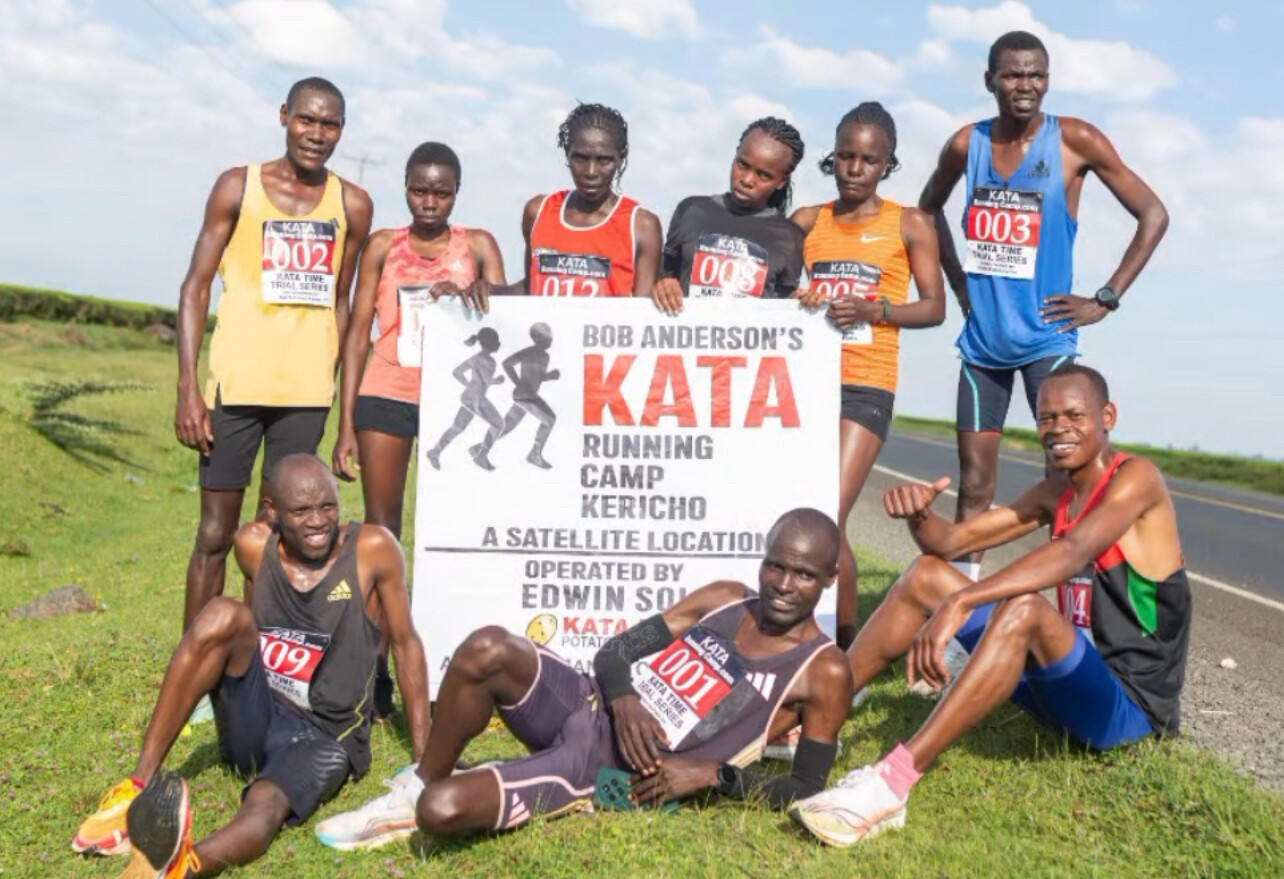
KATA farms currently range in size from one acre to 8.5 acres, combining traditional farming expertise with innovative support for athlete nutrition and sustainability. By the end of 2026, KATA’s goal is to expand to 100 Running Camps and 200 Potato Farms — half directly linked to camps — spanning more than 400 acres of productive farmland.
Another key initiative is the creation of the first KATA Ranch, scheduled for development by early 2026. The ranch will raise 100 or more sheep and goats, providing food, training nutrition, and economic value to the community. A KATA Running Camp will be connected to the ranch, integrating agriculture and athletics into one sustainable ecosystem. The long-term goal is for the ranch to become self-sustaining through the sale of meat and byproducts, ensuring continuous support for KATA programs and local families. Once the first ranch is fully operational, additional ranches are planned for future expansion.
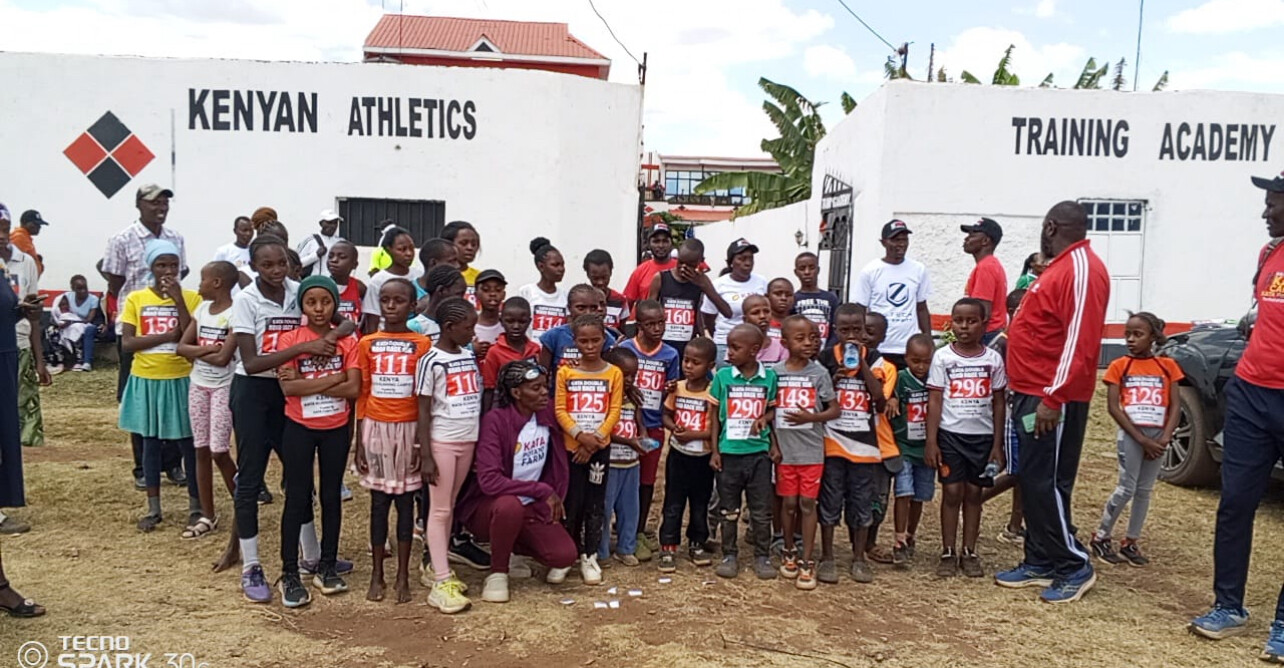
KATA is also preparing to launch a KATA Sports Shop featuring running shoes and gear, and a KATA Market offering healthy, locally sourced food and essentials.
Coming soon and at the heart of KATA’s growth is its flagship product — branded KATA Potatoes, sold at a premium price and marketed as “The Fuel of Champions.” Complementing this is KATA Potato Flakes, an innovative product that reflects KATA’s values of energy, endurance, and excellence.
The KATA Potato Flakes will be sold worldwide as the go-to carbo-loading choice for marathonerspreparing for race day. Just add water from the tap, and in moments, you’re carbo-loading on KATA Potatoes — The Fuel of Champions.
Meanwhile, KATA Thika serves as the local office for Kenya and continues to thrive as the organization’s flagship Running Retreat, offering training stays for athletes from around the world who want to experience the Kenyan way of training — whether for a few days or a few months. The retreat provides access to world-class coaching, structured training, and cultural exchange with Kenya’s elite running community.
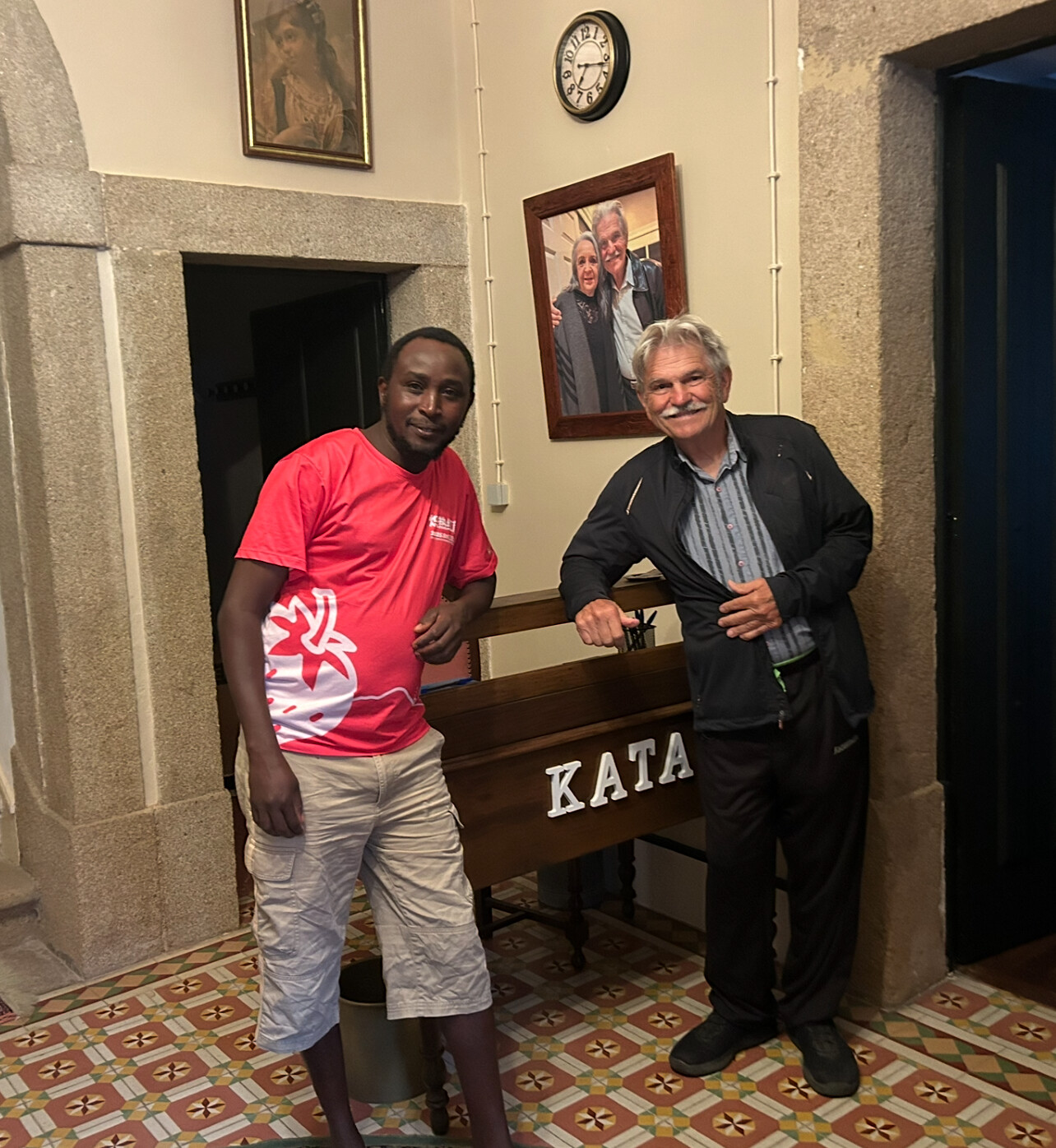
At the global level, KATA International is headquartered at the Anderson Manor in Monforte de Beira, Portugal — a 20,000-square-foot historic estate where the last King of Portugal stayed during his hunting trips in the early 1900s. The manor serves as the base for KATA’s international operations, housing both KATA Portugal and the Anderson Manor Retreat, which welcome athletes, artists, and guests from around the world.
Behind the scenes but very much involved is Bob’s wife, Catherine. (First photo with Bob). Her creative talent adds a great deal to the program. Bob and Catherine have known Coach Dennis since 2021. He has completed two three-month stays at KATA headquarters in Portugal, working alongside Bob. Coach Dennis (4th photo with Bob in Portugsl) was recently promoted to Chief Technical Officer (CTO) and will oversee operations in Kenya.
Development of KATA Portugal began in February 2024, and the project continues to progress strongly. The retreat in Portugal will serve as the European counterpart to KATA Thika, offering athletes a place to train, rest, and connect with KATA’s global mission in a peaceful, historic setting.
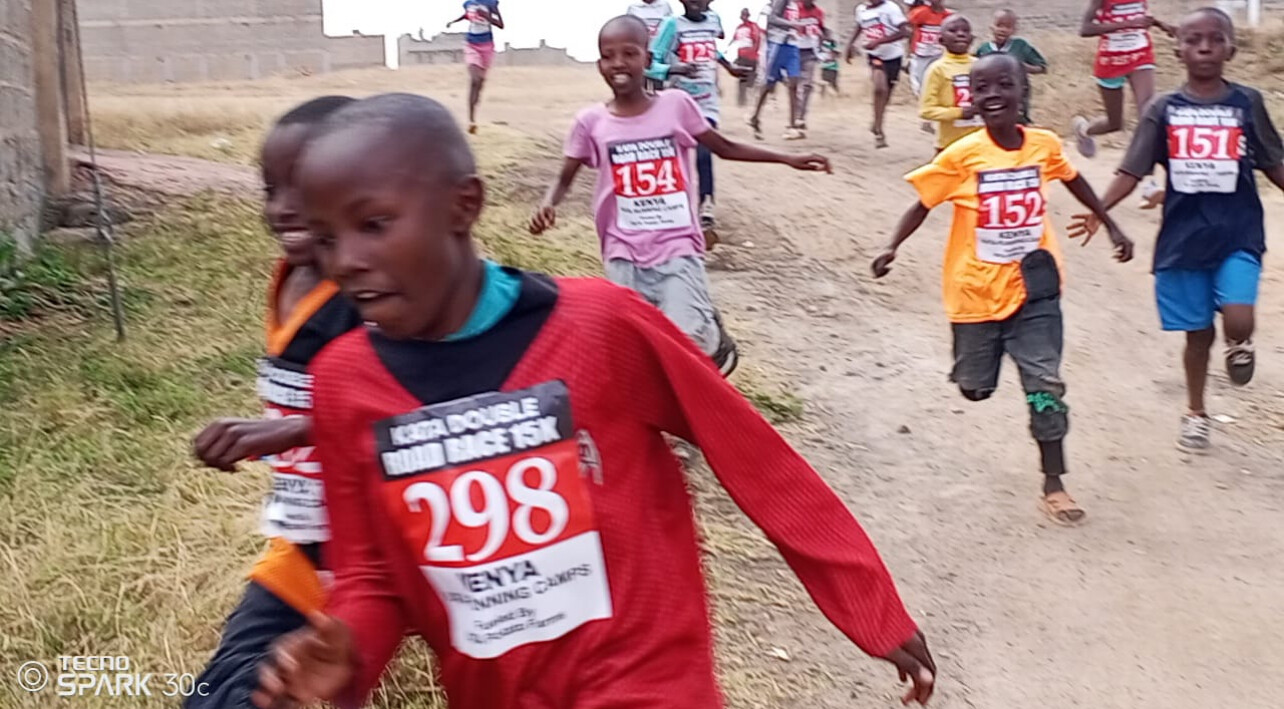
KATA’s vision goes far beyond producing great runners. The mission is to develop world-class athletes, Olympic champions, and future world record holders — combining top-tier coaching, discipline, and holistic training. Already, previous Olympic medalists such as Edwin Soi and Paul Koech are part of the KATA family, operating their own KATA Camps and helping guide the next generation of Kenyan champions.
Anderson also envisions a thriving athletic network of 650 elite runners, 150 youth athletes, and 40+ masters runners, supported by an expanding media presence through My Best Runs and KATA’s social platforms.
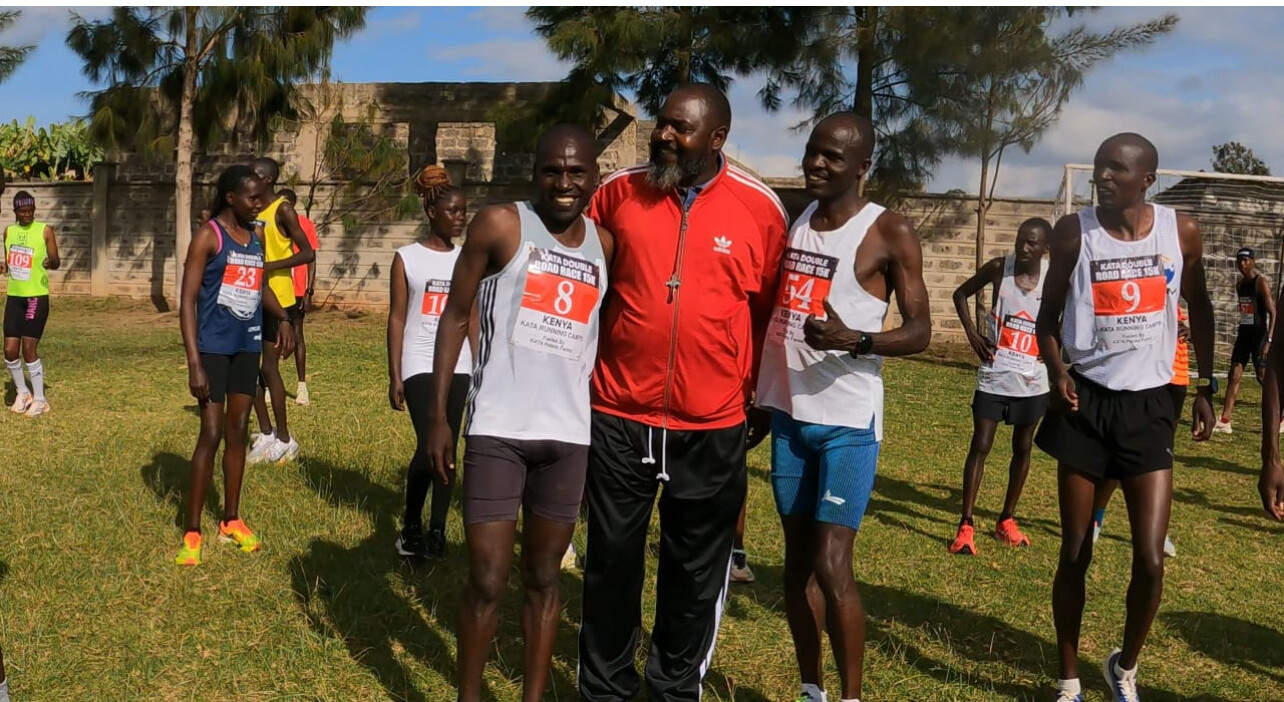
“I want to do something truly special for athletics,” Anderson says. “And it’s the passion and dedication of our athletes, coaches, and farmers that will make this dream a reality.”
“Our KATA family is as strong as its members,” Anderson adds. “As a team, we can make anything happen. In just a short amount of time, we’ve pulled off some amazing things. But our KATA family has only just gotten started. Watch us grow — and join us in helping make a difference.”
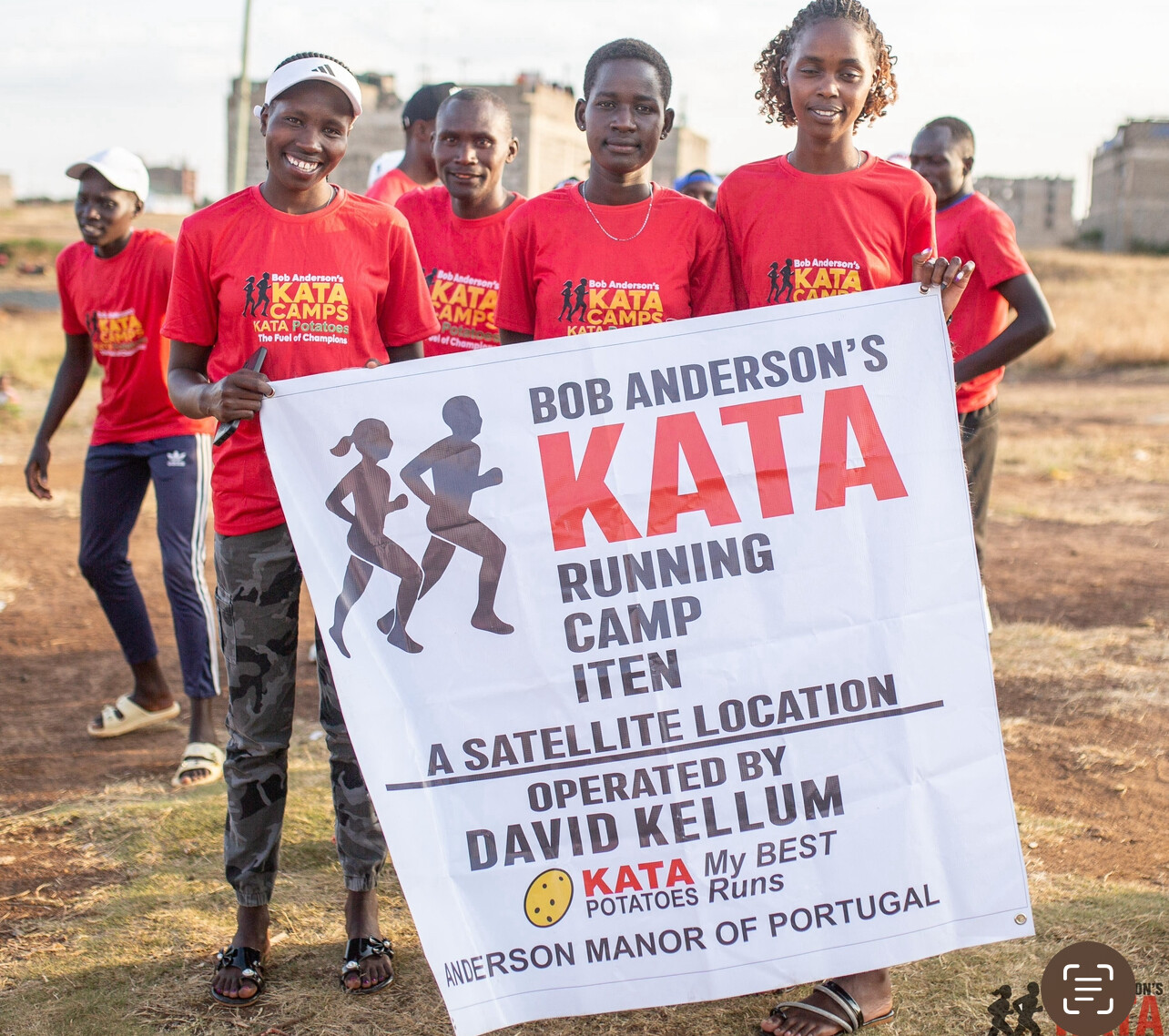
Anderson’s connection to Kenya runs deep. He first visited the country in 1987 and immediately fell in love with its people, culture, and running spirit. Just three years earlier, he had sold the magazine he founded and published for 18 years — Runner’s World, which had grown to a circulation of 2.5 million monthly readers. Runner’s World played a defining role in launching the modern running movement, inspiring millions of runners worldwide.
Although KATA Thika began in 2019, the KATA Running Camps officially launched in May 2025, building upon KATA’s strong foundation in Kenya. Both KATA Thika and KATA Portugal continue to grow as vital pillars in this global vision.
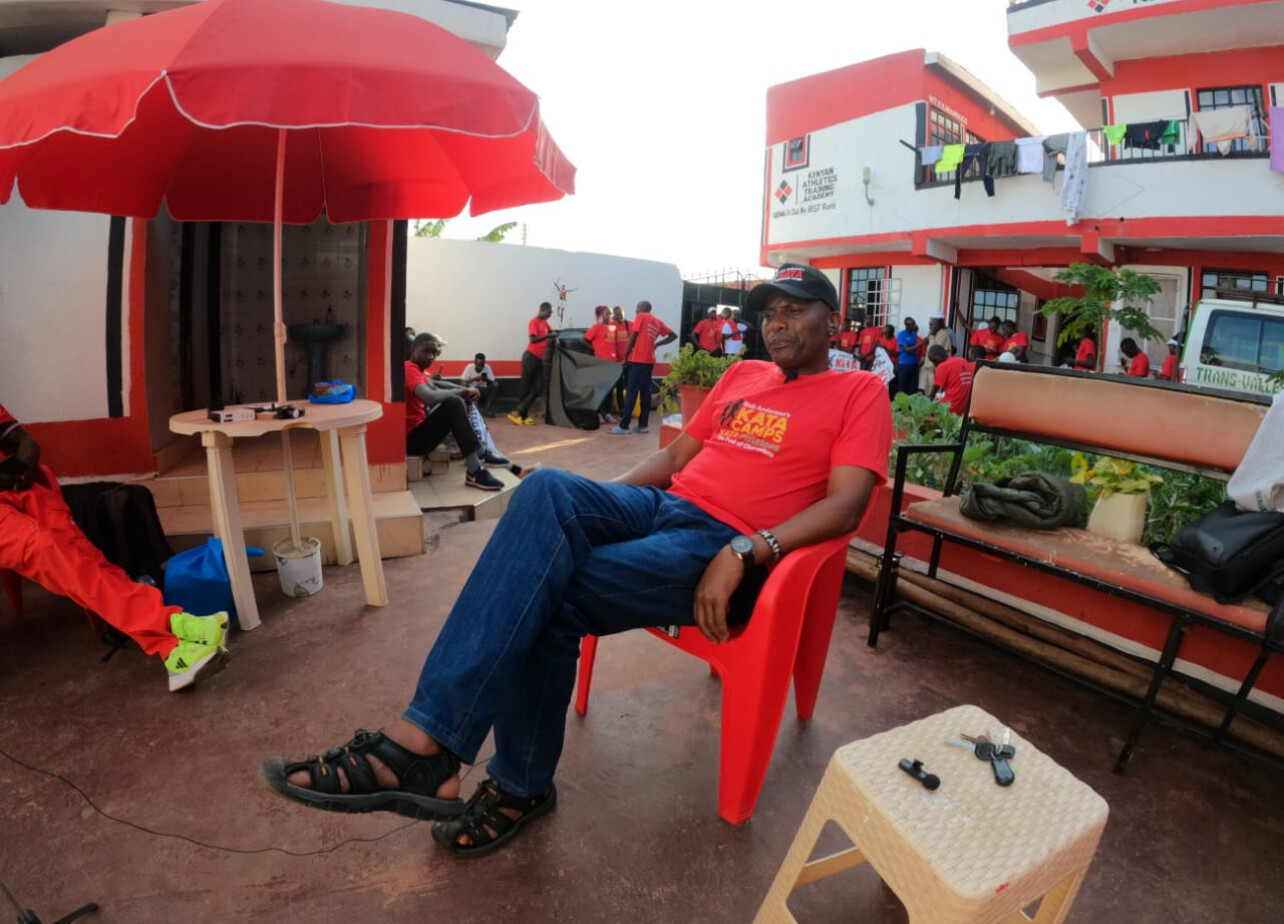
Anderson’s mission is clear: to strengthen the foundation of athletics in Kenya — and after 2026, expand to South Africa, Uganda, Ethiopia, and beyond.
Go KATA — The Fuel of Champions!
by Boris Baron
Login to leave a comment
Nurturing Sprinters Against the Odds: Inside Kenya’s KATA Sprint Camp
KIAMBU, Kenya - On a crisp morning in Kamiti, Kiambu County, 16 miles northeast of Nairobi, the dirt track at Kamiti Maximum Prison comes alive with the rhythm of pounding feet, shrill whistles, and sharp instructions. At the center of the action stands Coach Julius Migwi, eyes locked on the group of young sprinters wearing red shirts with the Kenya Athletics Training Academy (KATA) Sprint Camp logo. Stopwatch in hand, Migwi scans every drill and explosive burst over 100 meters.
A Coach’s Mission
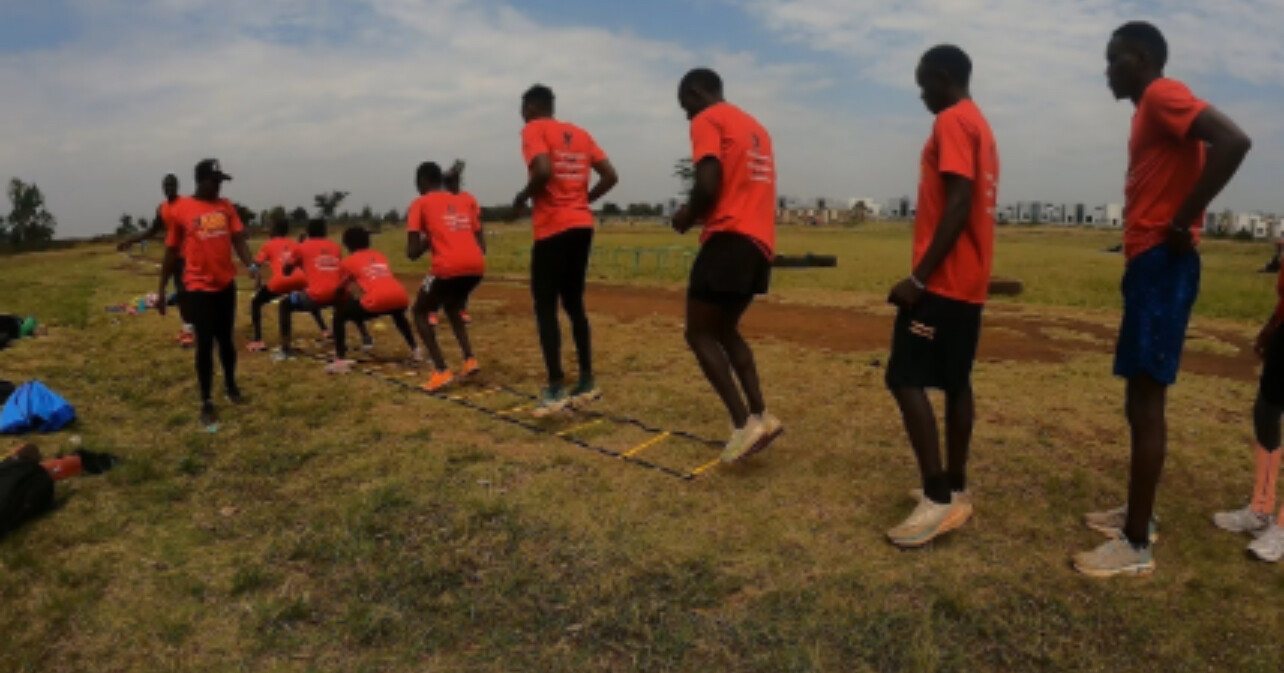
A former sprinter whose career was cut short by a tendon injury in 1998, Migwi recalls the lack of resources in his day. “We had no smart shoes, and sometimes we ran barefoot. There was no science,” he says. His personal best of 11.00 seconds in the 100m left him hungry for more—but instead of walking away, he turned that hunger into a mission: raising sprinters who could go beyond what he achieved.
“This is where we train,” Migwi says, pointing to the uneven murram track. “I focus on athletes between 16 and 20 years old because they have the greatest room to grow. My dream is for them to achieve what I could not.”

That dream has faced hurdles of its own. Their makeshift equipment includes hurdles fashioned from plastic pipes, an old tractor tire for sled work, and just one shared starting block. Inside the camp’s small kit box lie two massage guns, shared by everyone. When rain turns the dirt track unusable, the group must travel to Nyayo Stadium, Ulinzi, or Kasarani.
Yet, passion outweighs the obstacles. “If Kenya supported sprinters the way it supports distance runners, athletes like Doreen Waka, Clinton Aluvi, Omanyala, and so many youngsters would thrive,” Migwi says. “With proper facilities, Kiambu could become the home of Kenyan sprinting.”
Building Athletes from Scratch
Migwi has already unearthed promising talent. Among those he scouted are Fresha Mwangi, Peris Wairimu Chege, hurdler Gladys Ngure, and his current star pupil, Doreen Waka—Kenya’s fastest female sprinter over 100m in 2025.
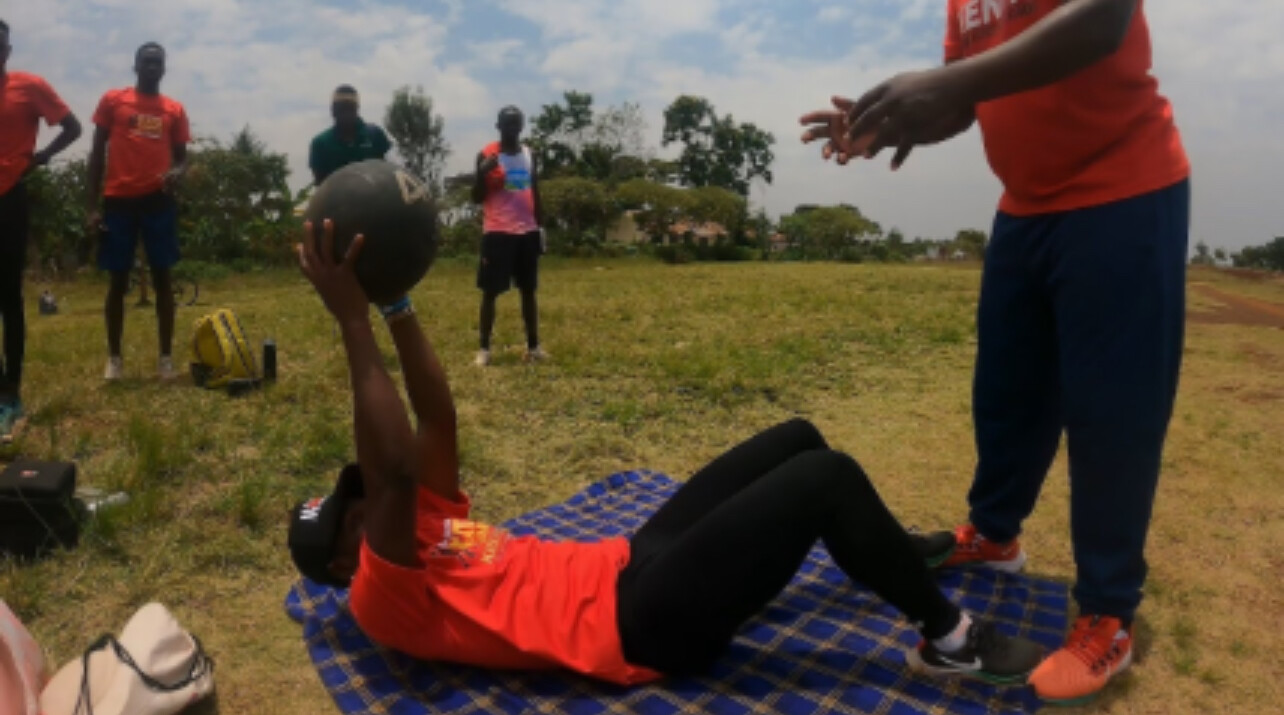
Waka’s determination is unwavering. “Missing the team for the World Championships in Tokyo was disappointing, but I keep my eyes on the Commonwealth Games,” she says. “With the right support, I know I can break 11 seconds.”
Behind the scenes, KATA founder Bob Anderson has played a critical role. Known globally as the American running visionary behind My Best Runs, Anderson covers the camp’s rent, helps provide meals, and funds side projects like potato farming to ensure sustainability. “Rent and daily meals are the biggest setbacks for sprinters,” Migwi explains. “Bob’s support allows the athletes to focus fully on training.”
The impact is clear. Moses Solonka, 20, from the pastoral Maasai community of Kajiado, says: “Without this camp, I’d probably be herding livestock, especially during droughts. Here, we don’t have to worry about food—we can concentrate on training. I see myself representing Kenya soon.”
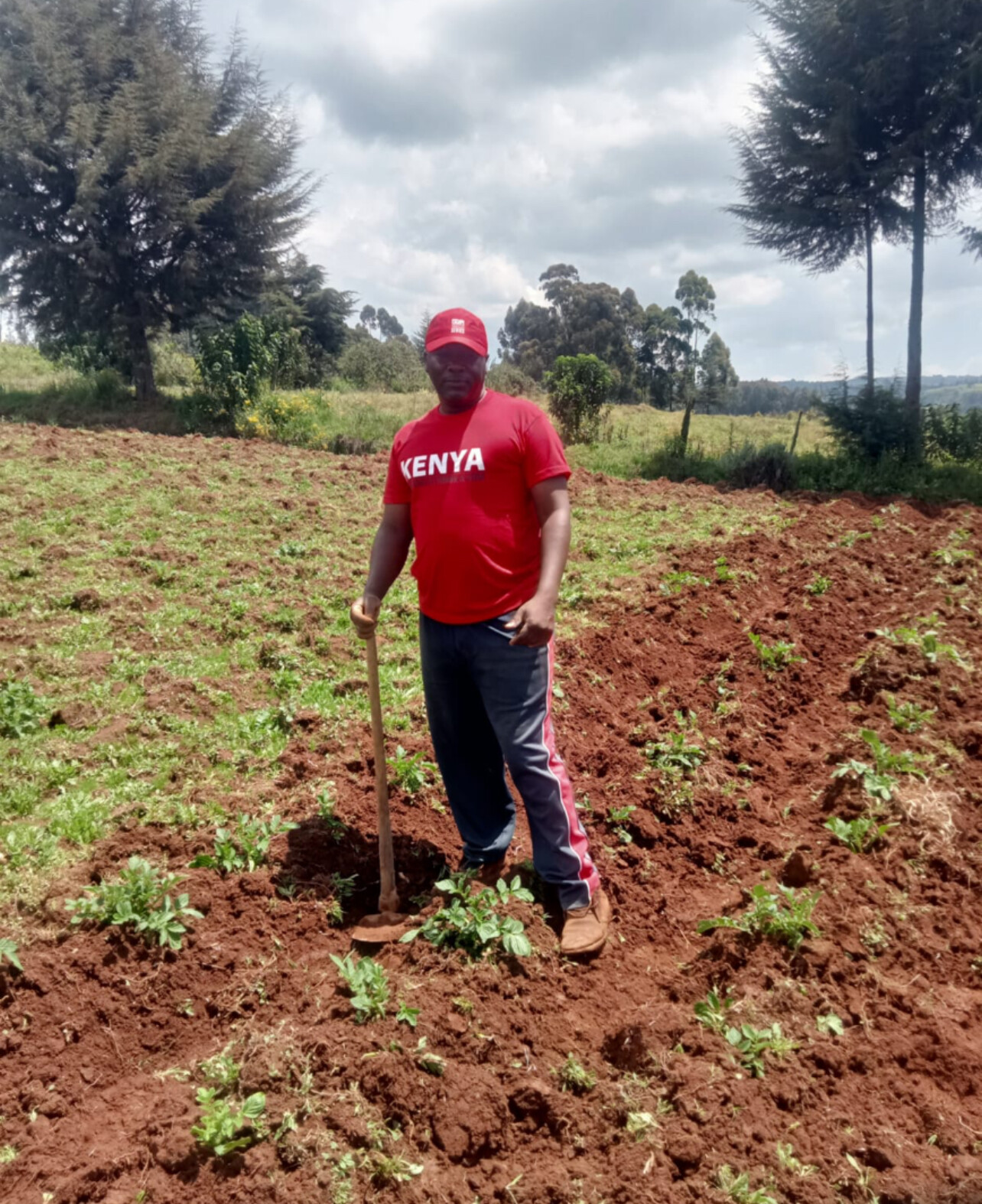
Voices of the Next Generation
The camp is filled with similar stories of transformation.
• Peterson Matu Miano, 20, once devoted to soccer, now says, “With KATA’s system, I’ve improved so much. The discipline and coordination here are amazing. I now want to dedicate myself fully to sprinting.”
• John Kinoo Munguti, 19, discovered his sprinting talent in high school after playing rugby and soccer. “I look up to Zablon Ekwam. My goal is to hit 10.30 in the 100m and make Team Kenya.”
Migwi beams with pride recalling Waka’s appearance at the Kip Keino Classic: “Seeing her on the line with international stars showed me this stage is possible for our athletes.”
A Community Effort
Among the sprinters is Antony Owino, who also serves as an assistant coach. Having endured similar struggles, Owino knows the value of mentorship. “It’s not just about speed. These youngsters need guidance in discipline and mindset,” he says. “We’re shaping athletes both on and off the track.”
The Bigger Picture
Migwi believes Kenya’s sprinting potential has long been overlooked. “We’re celebrated for distance running, but sprinting has the same promise,” he insists. The unfinished Kirigiti Stadium nearby is a constant reminder of what’s lacking. “If county governments completed facilities like this, we’d not only produce champions but also engage more youth positively.”
For now, the KATA Sprint Camp relies on resourcefulness and shared dreams—plastic hurdles, a dusty track, and two massage guns. But Migwi’s vision stretches beyond medals.
“I want to push these youngsters to achieve what I couldn’t,” he says, watching Peterson, John, Moses, and Doreen laugh between sprints. “This is more than training. It’s giving them a future.”
by Robert Kibet
Login to leave a comment
Building Champions, One Race and One Harvest at a Time: The KATA Story
With 31 training camps across Kenya’s altitude zones and 65 thriving potato farms, the Kenya Athletics Training Academy (KATA) is shaping not only resilient athletes but also sustainable livelihoods. Each KATA camp is not just a training base but also cultivates several acres of KATA potatoes, linking athletics directly with farming and ensuring that athletes’ futures are rooted in more than competition alone.
A Morning of Anticipation in Thika
The sun had barely risen over Thika when athletes began streaming into the venue for the 5th Annual KATA Double Road Race. The crisp morning air carried both anticipation and nerves as runners stretched, laced up, and tested the course that would soon bear witness to their grit.
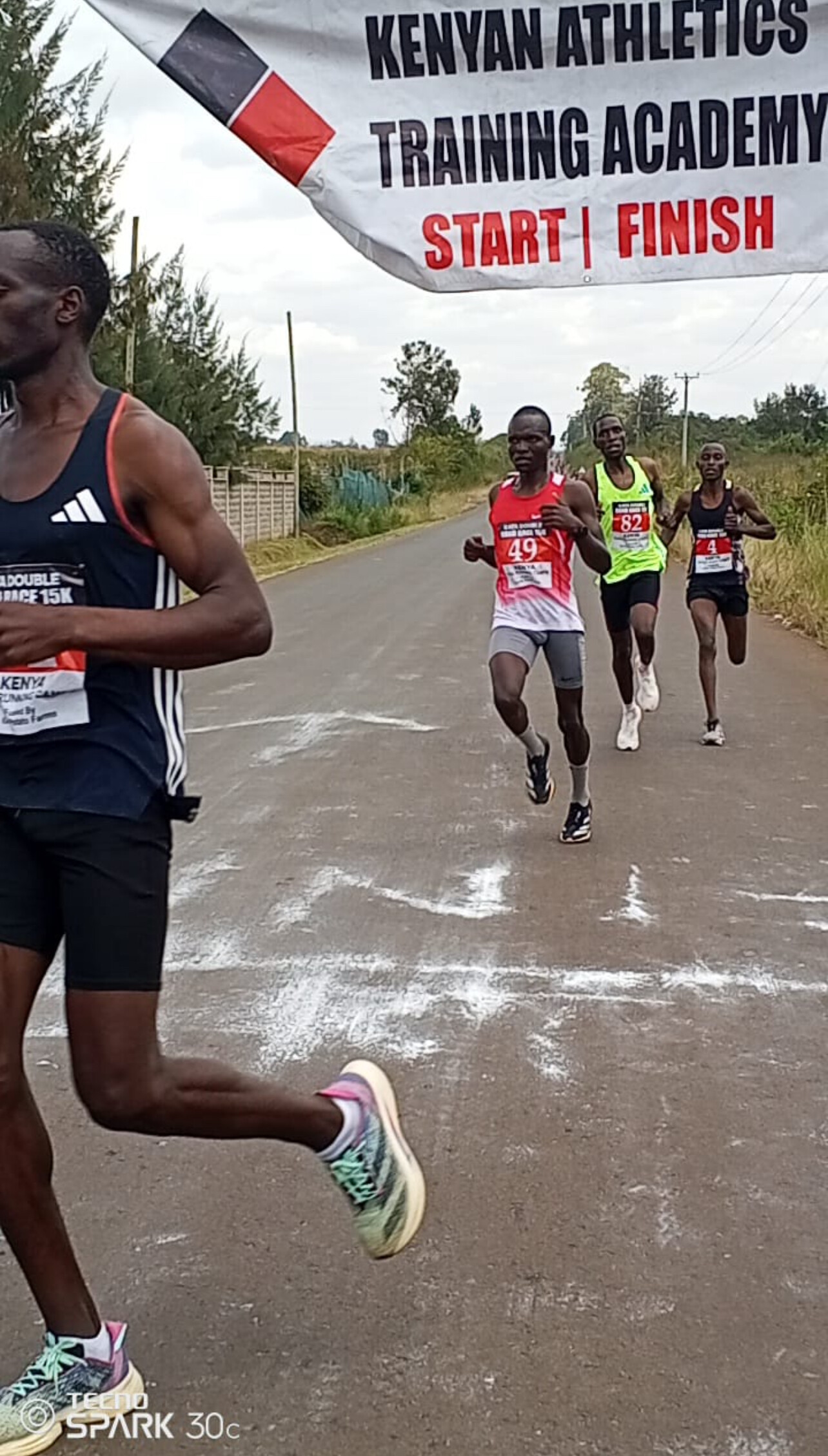
By the time the gun sounded, 97 elite athletes—74 men and 23 women—lined up. For John Matheri, head coach at KATA Thika, the event was more than a competition. It was a lesson in discipline, a test of mental endurance, and a reflection of how far the central region has come in embracing competitive running.
Olympic 5000m medalist and KATA camp operator Edwin Soi emerged as the overall winner, clocking 29:38 for the opening 10K and 14:22 for the final 5K. His combined time of 43:50 was the fifth-fastest ever run for the Double, an event first contested in 2010. On the women’s side, Betty Chesang from the KATA Iten camp was the first across the line in 51:32, marking the sixth-fastest women’s time in Double history.
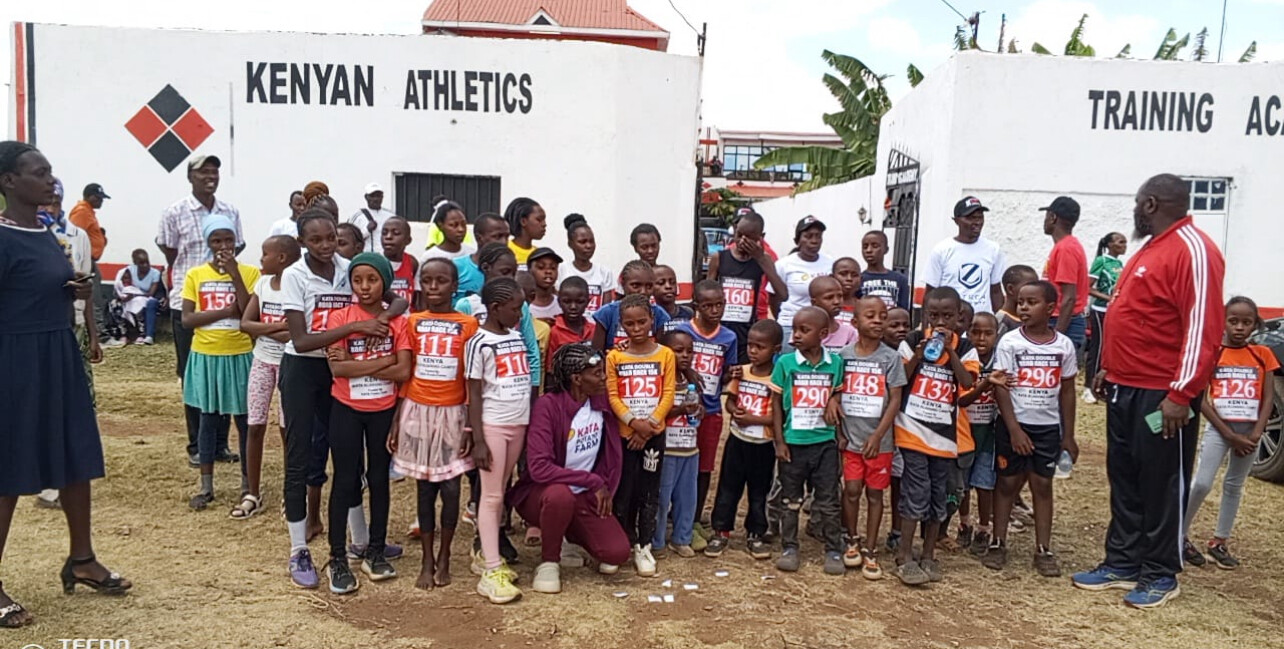
“We concluded the race well, and it was a good one,” Matheri said proudly, watching the exhausted but smiling athletes cross the line. “The turnout was impressive. I want to extend a special thanks to our sponsor, Bob Anderson, for putting together a team of this magnitude. There is no doubt that within the region, KATA has become an icon.”
A Nationwide Network of Camps and Farms
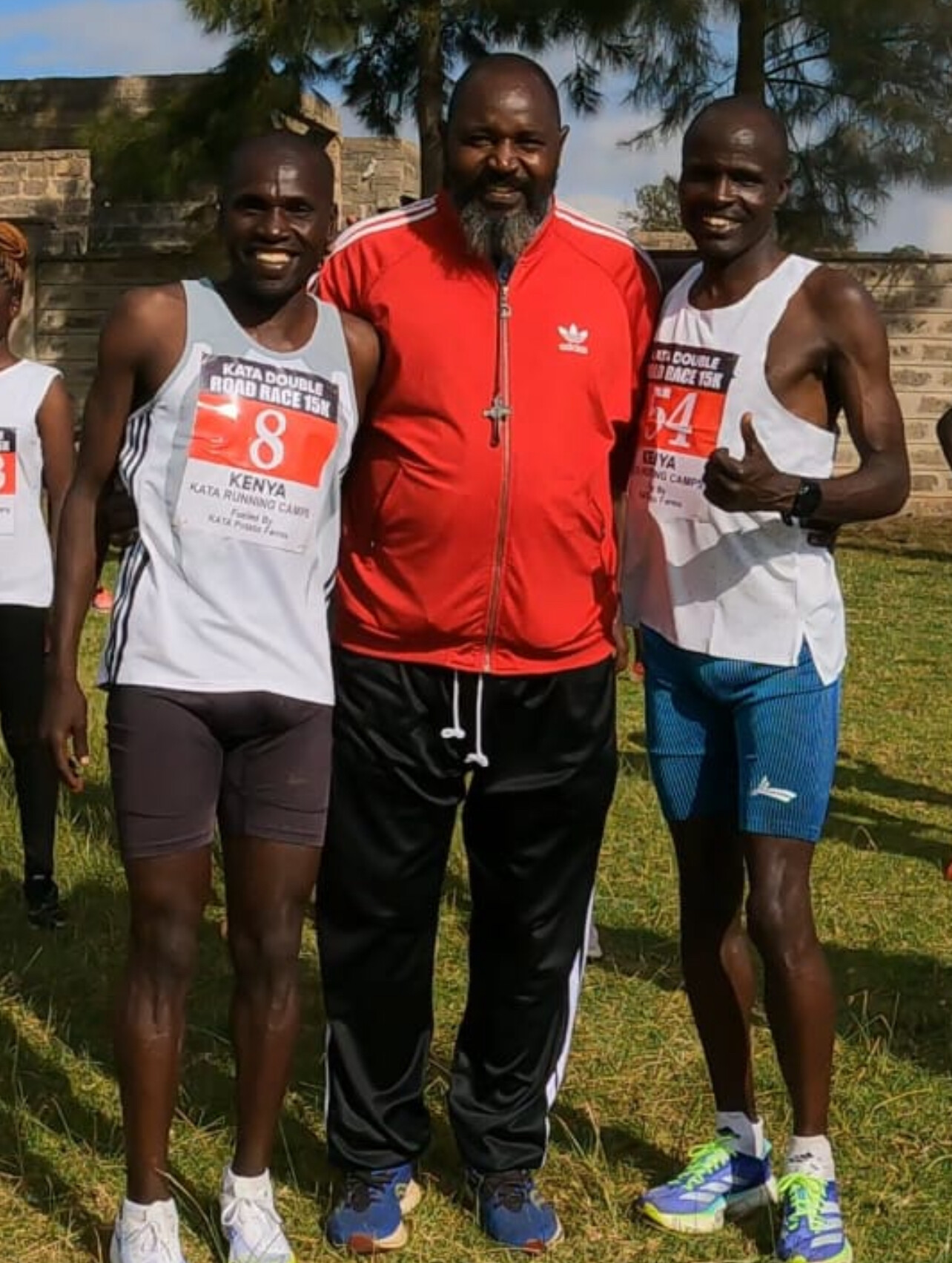
What sets KATA apart is not just its races but the ecosystem it is steadily building for Kenyan athletes. Across the country, 31 KATA-affiliated training camps operate at varying altitudes—from the highlands of the Rift Valley to the mid-altitude base in Thika and lower regions closer to Nairobi. Each camp provides unique conditions that strengthen endurance, adaptability, and competitive edge.
These dual-purpose camps are more than facilities; they are lifelines for athletes dreaming of breaking into the elite ranks. Training at altitude builds strength, while mid-altitude camps prepare runners for race conditions. Together with potato farming, they create a sustainable structure for the future.
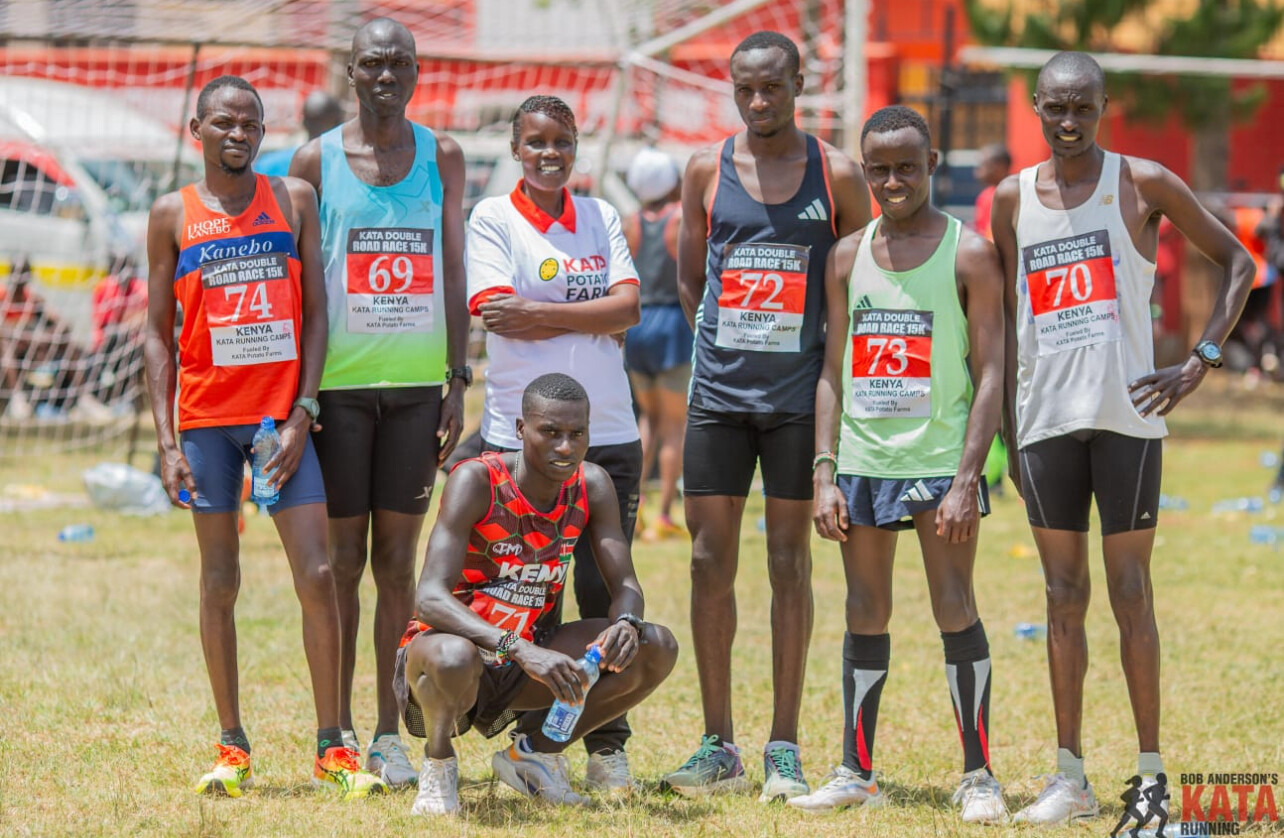
This vision is also embodied in Jimmy Mwangangi Muindi, a five-time Honolulu Marathon champion who famously coached Patrick Makau to the world marathon record in 2011. Having worked at Anderson’s Manor in Portugal, Muindi now leads a KATA satellite camp in Machakos County. For him, KATA is about much more than training.
“KATA is building more than runners,” Muindi reflected. “It is building a family—giving young talents not just training, but exposure, support, and hope. That is how future champions are born.”
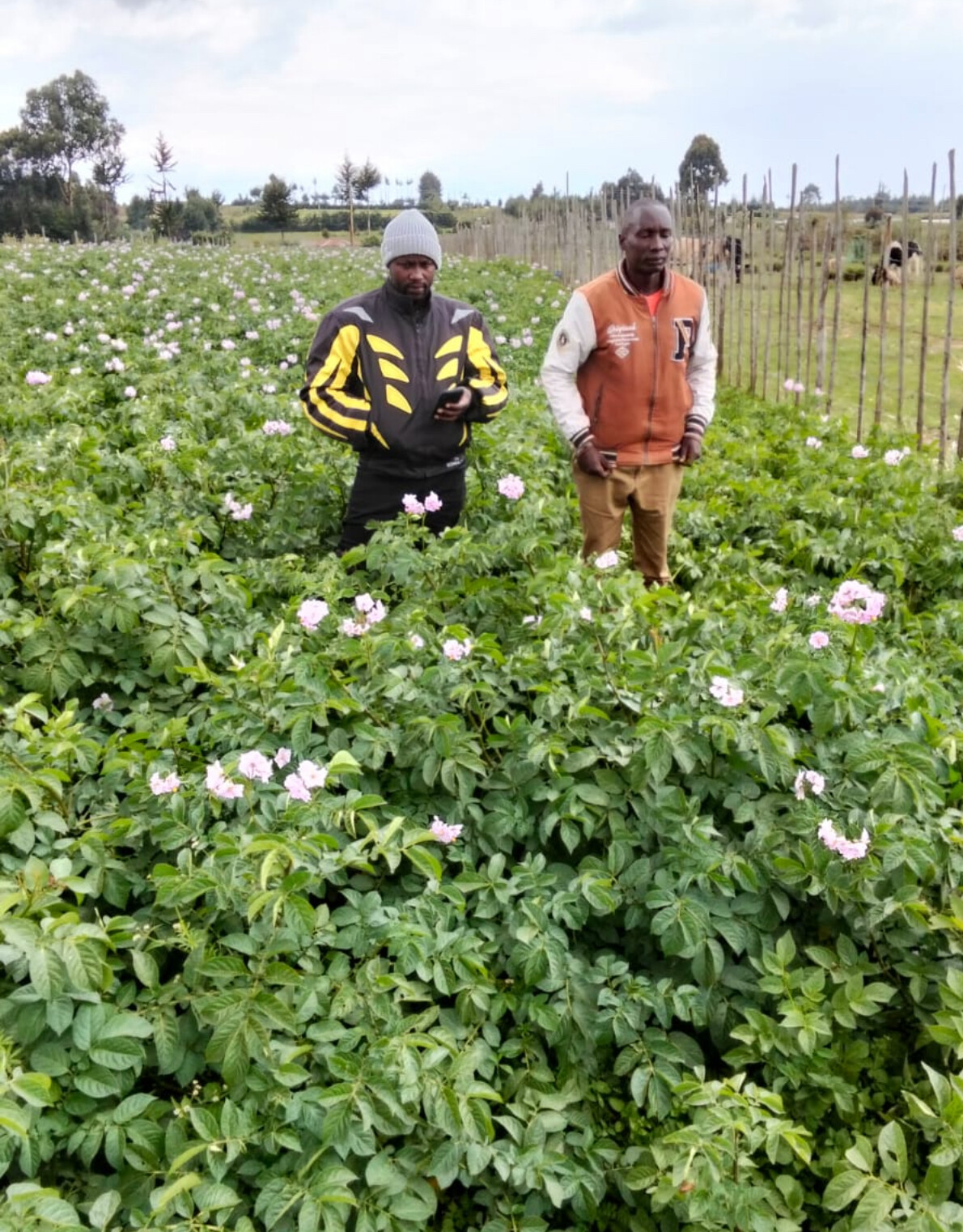
Beyond Running: The Potato Farming Project
KATA’s sustainability model is as innovative as its racing format. Each camp is supported by several acres of potato farming, tying athletes’ success to both training and cultivation. The revenue from potato sales funds the future of the running camps.
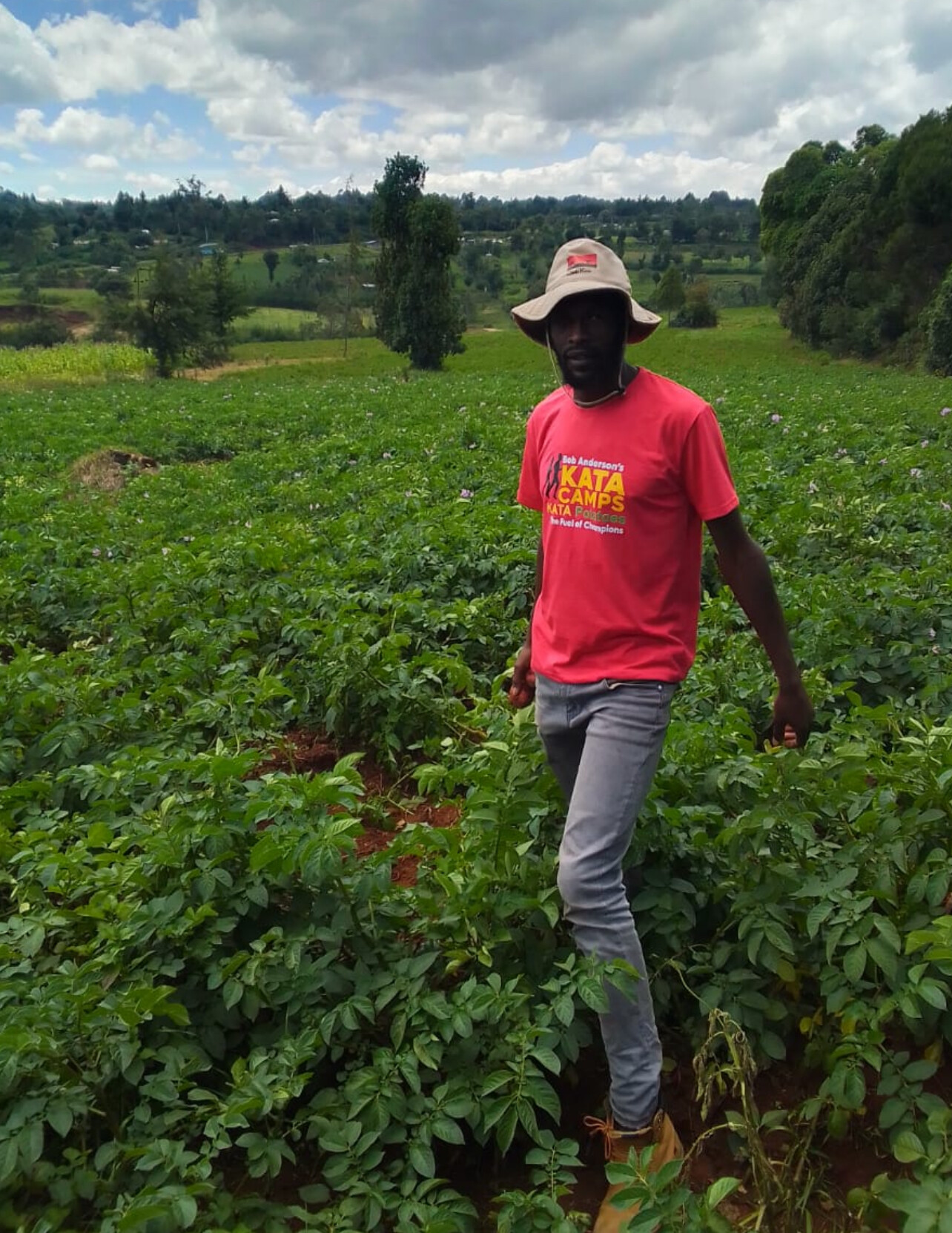
The model is simple but effective. Bob and Catherine Anderson provide an interest-free loan to establish both the camp and its potato farm. From there, the operator and athletes are responsible for managing their acres and securing their own future. KATA continues to provide exposure and guidance, but the responsibility of growth rests with those on the ground.
“The potato project has given us a chance to think beyond running,” Matheri said. “Athletes train hard, but they also need food security and stability. Farming allows them to eat well, earn a little, and stay grounded.”

KATA Chief Technical Officer Denis Musau, who recently returned from Anderson’s Manor House in Portugal, underscored this vision. “KATA is about creating a legacy. By building projects like potato farming, we empower athletes and their camps to sustain themselves financially. That secures their future both on and off the track. I see a very bright future for the KATA family.”
The Spirit of Participation
What stood out most on race day in Thika was the diversity of the field. Athletes from every discipline showed up, while children and enthusiastic spectators cheered from the sidelines. The energy of the crowd became part of the race’s rhythm, fueling the runners through every stride.
Yet the event also highlighted areas for growth. “Our athletes are very strong athletically, but many are missing mental strength,” Matheri observed. Muindi agreed: “Mental resilience is just as vital as physical training. When athletes panic at the sight of big names, they lose focus. Learning to respect the distance is what unleashes true potential.”
For both coaches, raw talent is not enough. Young athletes are like fabric, Muindi often says—materials that must be carefully tailored to become masterpieces.
Inspiration from the Veterans
One of the most inspiring aspects of the Thika Double was the turnout of established athletes—Olympians and medalists—who lined up alongside the next generation. Their presence was not only symbolic but also a powerful motivator for younger runners.
“It is so encouraging, especially here in the central region, to see our elite and professional athletes turning up in big numbers,” Matheri said. “For the young ones, lining up beside Olympians and medalists gives them a sense of what is possible. It gives them hope.”
Building the Future
For the KATA family, the vision remains crystal clear: to prepare a new generation of Kenyan champions while ensuring they have livelihoods beyond running.
“As a family, we are in good hands. We are looking forward to doing great things,” Matheri said with conviction. His final message was one of determination and gratitude: “We promise to use every ounce of our strength to bring change and positivity to the world of sport. We thank our sponsor, Bob Anderson, for the continued support, and we promise to do everything we can to grow this industry. The journey has just begun, but the future is bright.”
Anderson’s Manor in Portugal serves as KATA’s international headquarters, with Bob and Catherine Anderson based there about 50% of the time. It is from this hub that global strategy and support are coordinated, while Kenya remains the main operational location where athletes train, camps thrive, and races like the Double continue to inspire.
As the last athletes packed up and the crowd dispersed, one thing was clear: KATA is more than an academy. It is a movement—blending sport, sustainability, and community to nurture not just athletes, but Kenya’s enduring legacy of running excellence.
by Robert Kibet
Login to leave a comment
Edwin Soi and Betty Chesang Shine at 5th Annual KATA Double Road Race in Thika
THIKA, Kenya - Running at the Kenya Athletics Training Academy (KATA) has become a magnet for athletes and spectators alike, and today’s 5th Annual KATA Double Road Race proved just that. Energy and motivation filled the air as both athletes and coaches gathered to celebrate one of Kenya’s most innovative race formats.
A total of 97 elite athletes—74 men and 23 women—lined up for the two-stage event (10K + 5K), a turnout that highlighted KATA’s growing influence and its role in setting a new competitive standard.
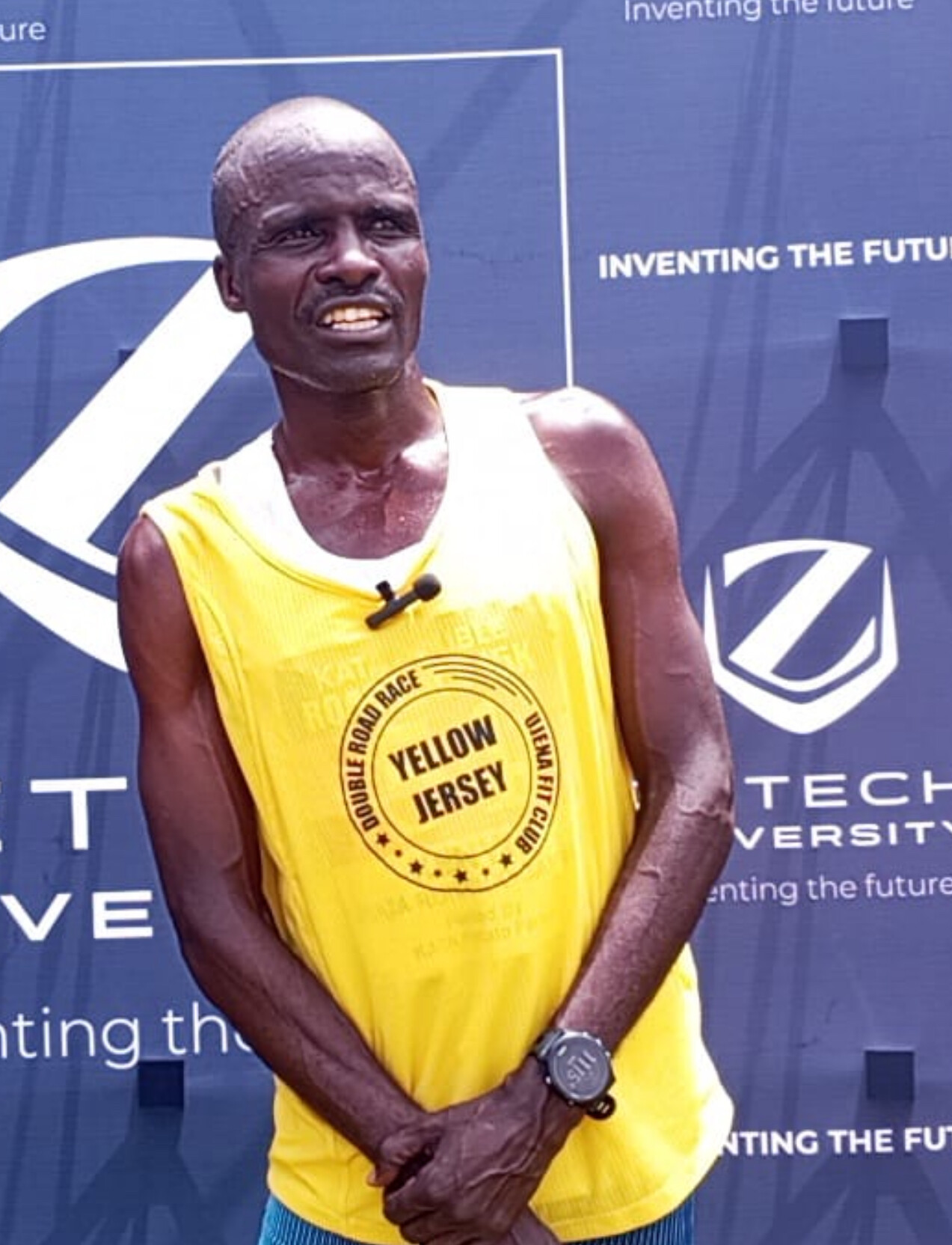
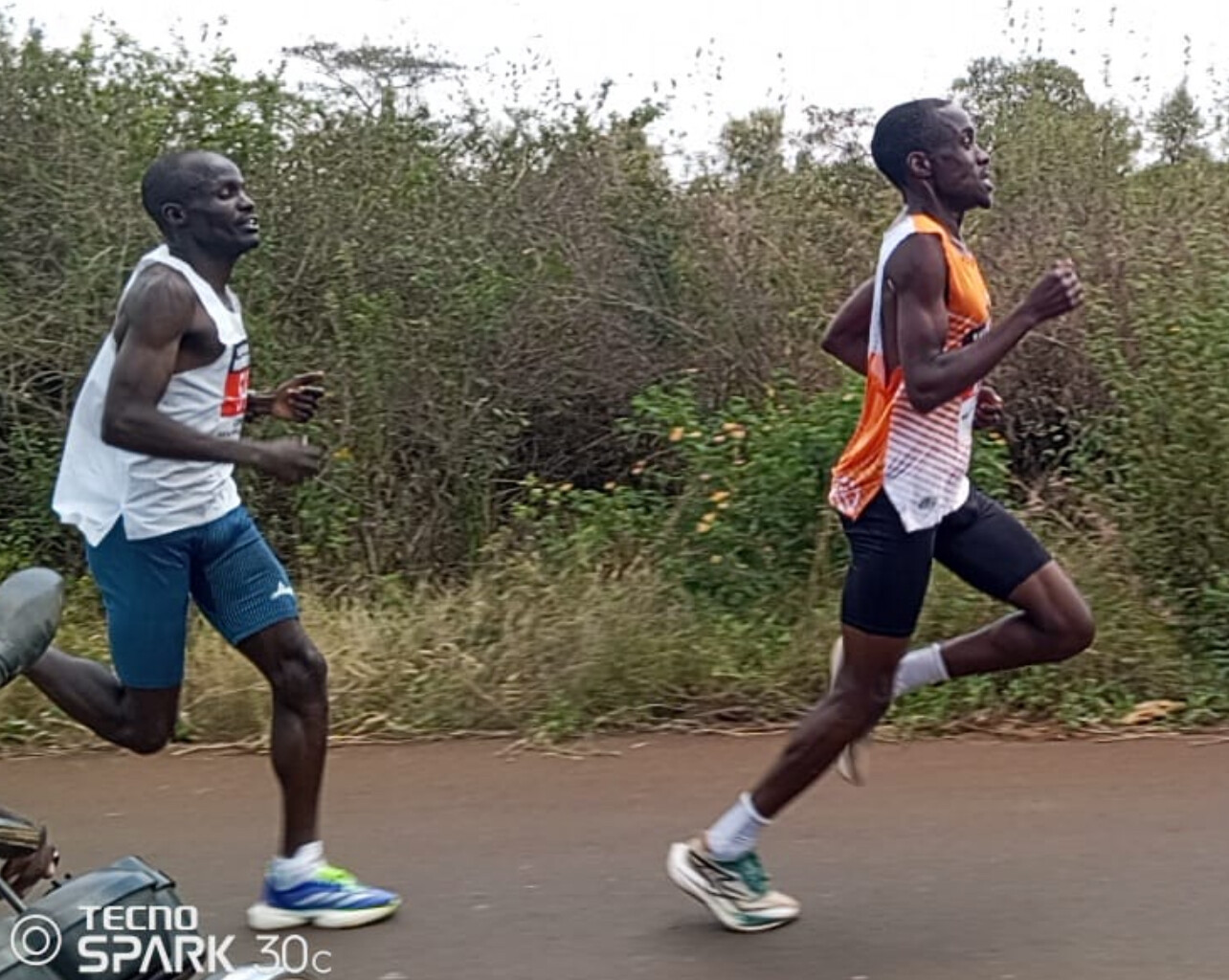
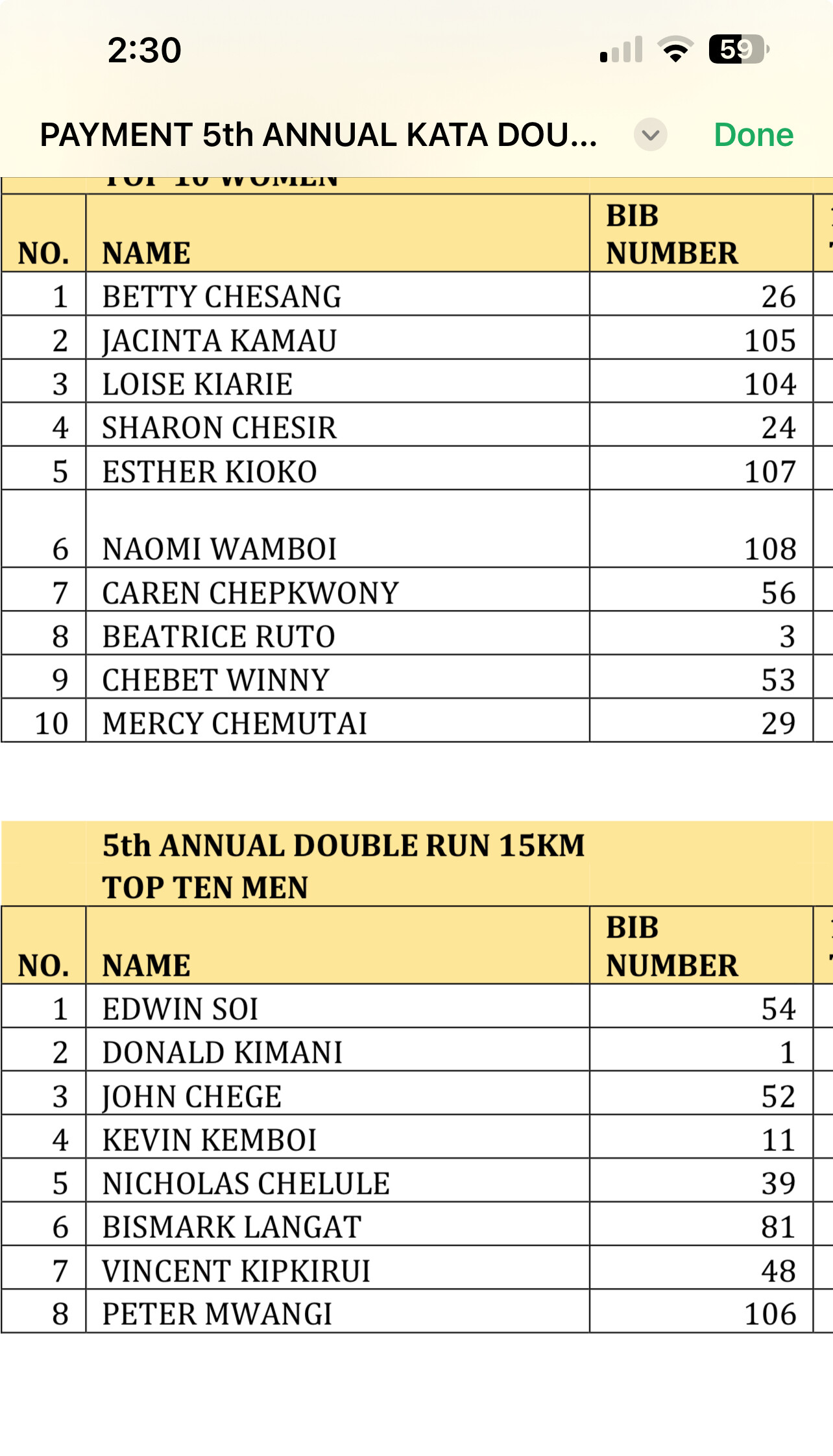


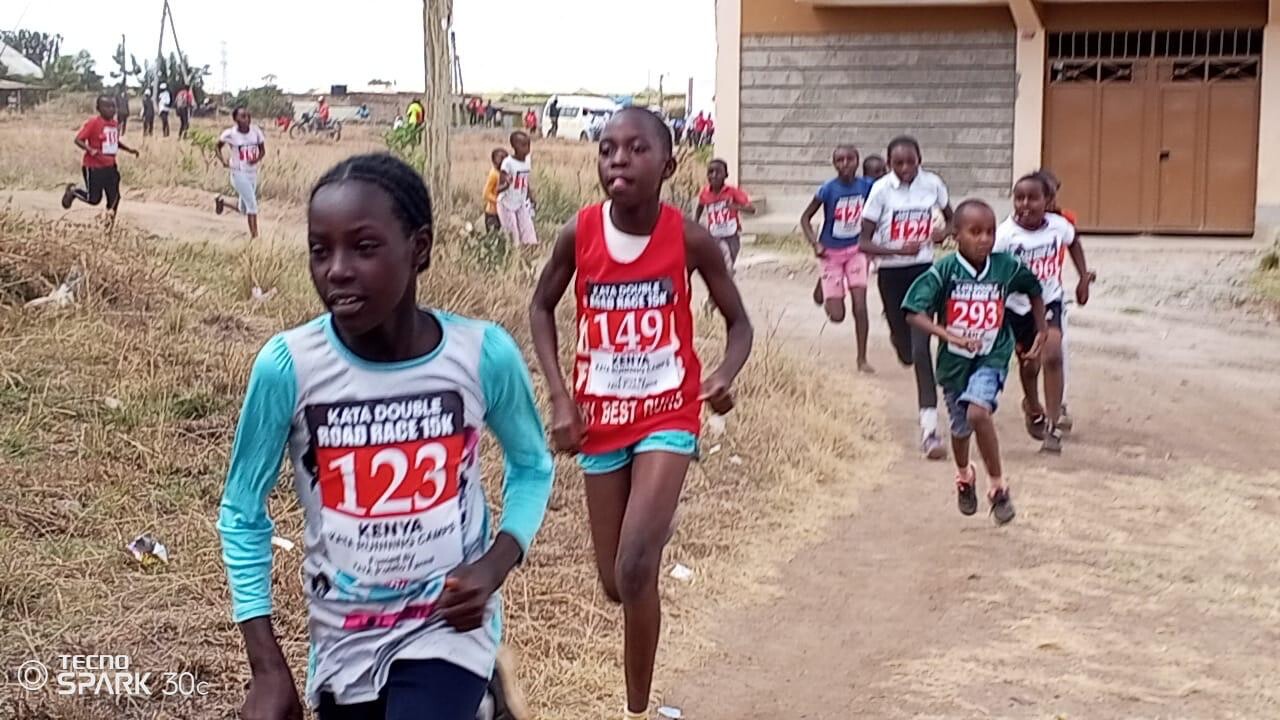
On the men’s side, Beijing 2008 Olympic 5000m bronze medalist Edwin Soi showed his class, taking the overall victory in a combined time of 43:50. He was chased hard by Donald Kimani, who clocked 44:07, while John Chege secured third place in 44:26. Chege, representing KATA Thika, had aimed with his teammates to challenge the world record. However, facing experienced stars like Soi, nerves crept in, and the record attempt slipped away.
The women’s race delivered equal excitement. Betty Chesang claimed the title in 51:32, followed by Jacinta Kamau in 51:50. Loise Kiarie rounded out the podium, finishing in 52:34.
Beyond the results, the day carried an atmosphere of learning and inspiration for KATA’s young and upcoming athletes. With each edition, the Double Road Race continues to grow stronger, reinforcing the KATA spirit: competing hard, learning together, and moving forward.
Also today was the Bob Anderson's Kids Mile and the 5K Run/Walk.
by Coach John and Boris Barron
Login to leave a comment
The fifth annual KATA Double Road Race in the making
The small town of Thika is alive with excitement today. Athletes, coaches, families, and even farmers have gathered at the Kenya Athletics Training Academy (KATA) grounds for the 5th edition of the Double Road Race—a unique competition that, in just five years, has become a symbol of innovation in Kenya’s running culture.
Unlike conventional races, the Double Road Race challenges athletes to complete two segments with a rest break in between. Final standings are determined by combined times. It’s a test of speed, endurance, and resilience that forces runners to rethink race strategy and dig deeper than ever before.
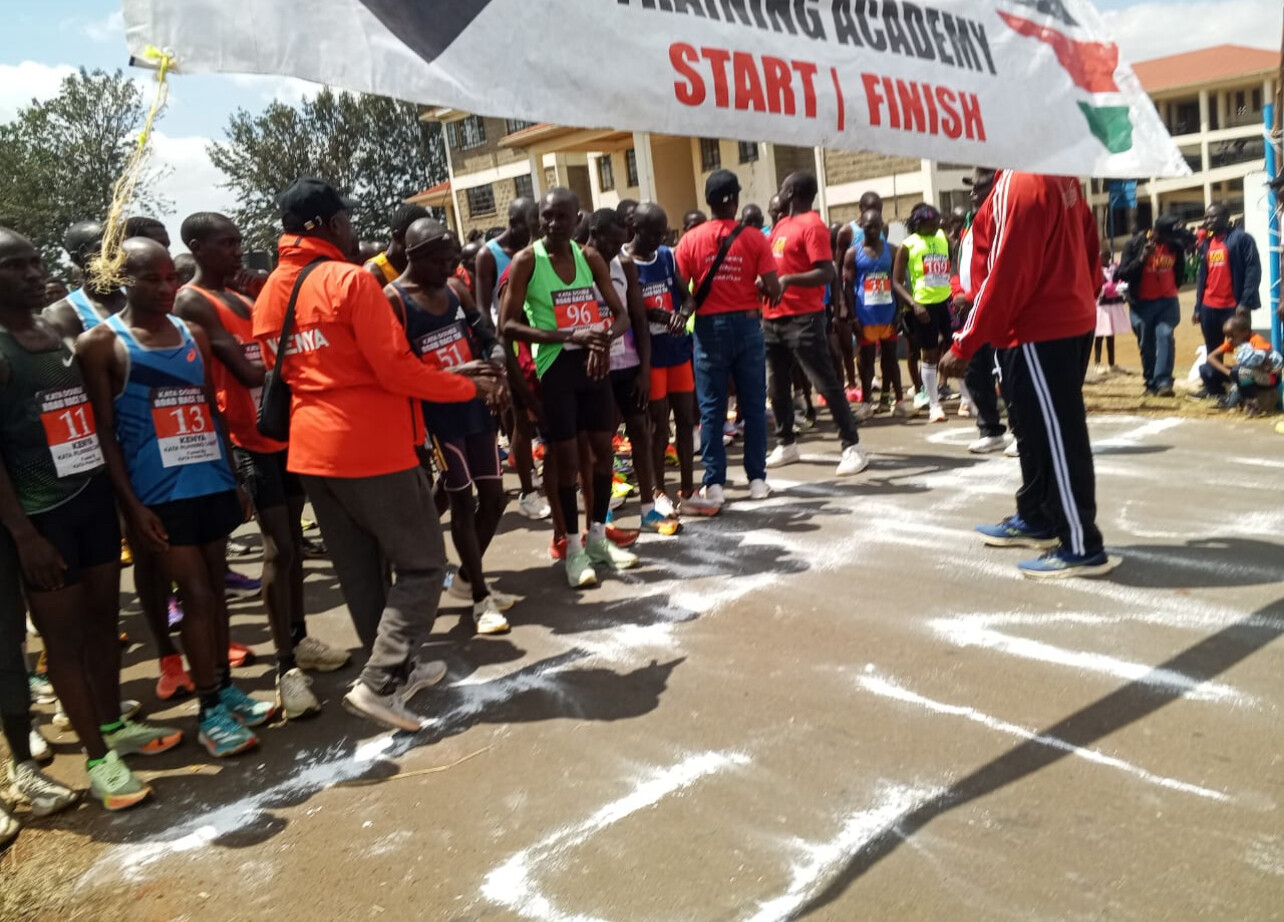
The Birth of a Vision
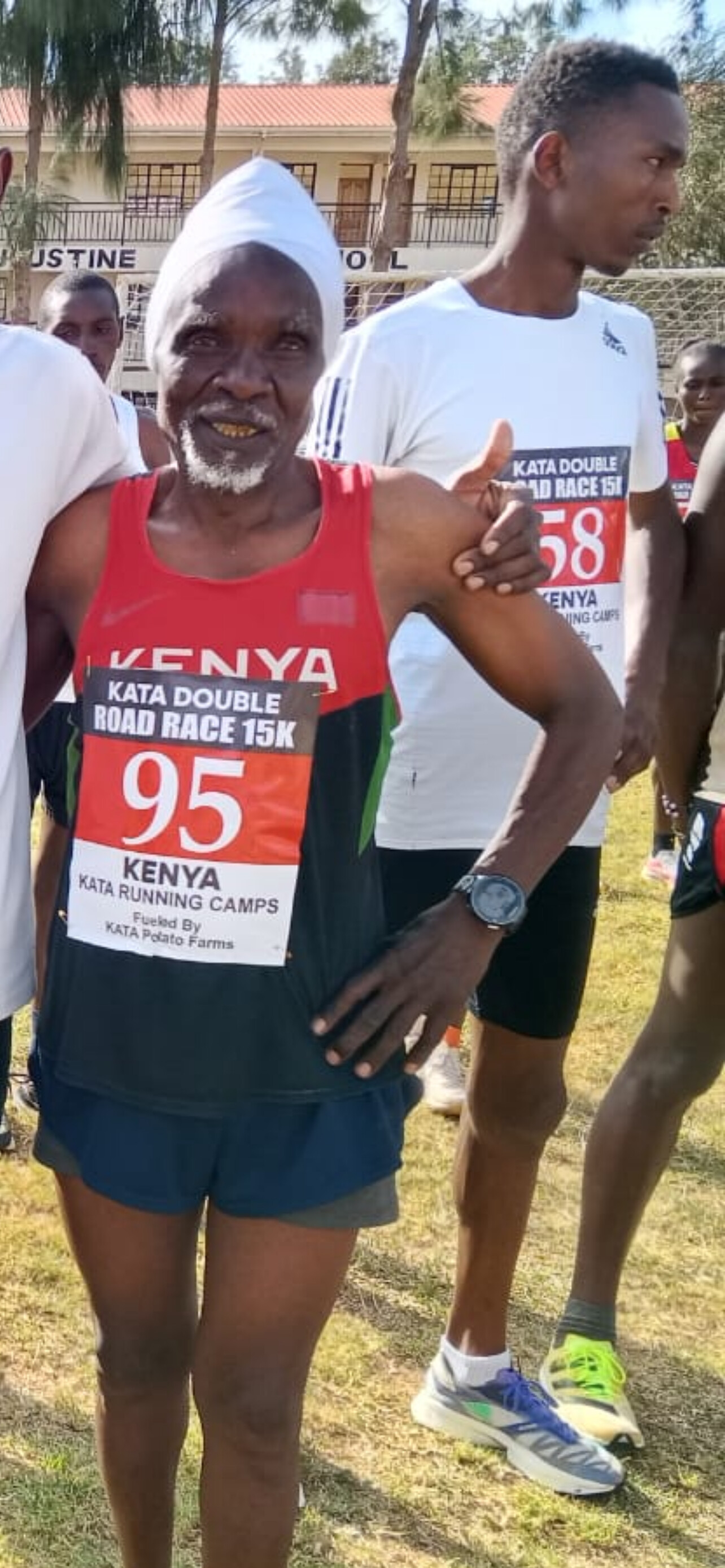
The idea for KATA was born thousands of miles away. Bob Anderson, American publisher and lifelong runner best known as the founder of Runner’s World magazine, was inspired by the immense talent in Kenya but also saw structural gaps that held many athletes back.
Anderson’s vision was radical: create a training academy in Kenya that produced champions while also empowering communities. From this dream, KATA was founded in Thika—and one of its cornerstones was introducing the Double Road Race format to Kenyan soil.
Enter Jimmy Muindi: From Star to Mentor
No story of KATA is complete without Jimmy Muindi. The six-time Houston Marathon champion and former coach of world record holder Patrick Makau embodies the blend of experience and inspiration KATA thrives on.
From steeplechase junior champion at the 1992 World Juniors in Seoul to victories in Rotterdam and Honolulu, Muindi’s career reads like a running epic. As a coach, his highest moment came when Makau broke the marathon world record.
“The double tests body, mind, and spirit,” Muindi says. “It forces athletes to dig deep in ways they are not used to. That is how champions are made.”
Coach John Matheri’s Guiding Hand
While Muindi brought international pedigree, respected Kenyan coach John Matheri rooted the project locally. Known for discovering village talent and molding disciplined athletes, Matheri has helped weave community runners into the Double Road Race fabric.
“Returning for the second run after your body is tired teaches resilience,” Matheri explains. “That is what separates ordinary runners from great champions.”
His philosophy has given countless young runners not only a chance to compete, but also recognition and hope.
The Power of Exposure
One of the Double Road Race’s most innovative features is its commitment to visibility. Every runner’s time—first or last—is posted on the official website. For Kenyan athletes who rarely enjoy digital exposure, this is game-changing.
“Even if you are the last, your time is posted,” Muindi emphasizes. “Managers and sponsors around the world can see it. That exposure is priceless.”
In an age where social media visibility can launch careers, Anderson’s decision to democratize exposure has made the Double Road Race a vital platform.
A Vibrant Turnout in Thika
This year’s participation proves the format’s momentum. Squads from across the region have confirmed attendance, including Kata 1, 3, 4, 7, 9, 10, 13, 14, 15, 16 (with an impressive 16 runners), 17, 18, 20, 23, 24, 25, 29, 30, 31, and 32.
Adding further depth, farmers’ groups F20, F24, and F31 are also present—evidence of KATA’s reach beyond athletics and into the heart of Kenyan communities.
As one organizer shared in a WhatsApp update: “What an amazing turnout we are going to have.”
Beyond Competition: Building a Culture
For runners, today is more than a race. It’s a chance to test themselves, mark progress, and belong to something larger. For KATA, it’s proof of concept: grassroots blending with elite, communities meeting global culture, and tradition reimagined through innovation.
The Double Road Race, once a bold experiment by an American visionary, has now become part of Kenya’s running story.
Looking Ahead
Five editions in, the Double Road Race is no longer a novelty—it’s becoming an institution. Under the Thika sun, young runners, seasoned coaches, and cheering farmers weave together a tapestry of resilience and hope.
Anderson’s ambition, supported by Kenyan mentors like Muindi and Matheri, is for KATA to nurture athletes from primary schools to the world stage. With support from federations, sponsors, and government, the academy could become a model far beyond Kenya.
For now, as the second leg unfolds, Thika celebrates not just a race but the journey of an idea that dared to be different. Kenya’s running legacy isn’t only about medals—it’s about reimagining what running can be, and building a future where every stride counts.
Photo Gallery: https://kata.ke/gallery.php?g=1
by Robert kibet
Login to leave a comment
Running Beyond Limits: How KATA Kapkatet Camp Is Shaping the Future of Kenyan Athletics
In the heart of Kericho County, where rolling tea estates stretch endlessly toward the horizon, the rhythmic sound of pounding feet cuts through the crisp morning air. At 5:30 a.m., long before the first rays of sunlight pierce the mist, a group of young athletes from the KATA Kapkatet Camp gathers for prayer before setting off on their daily run.
The roads they follow—sometimes smooth tarmac, other times rugged murram winding through the tea fields—have become their open-air classroom. Step by step, they are learning resilience, nurturing hope, and chasing dreams that stretch beyond the Rift Valley.
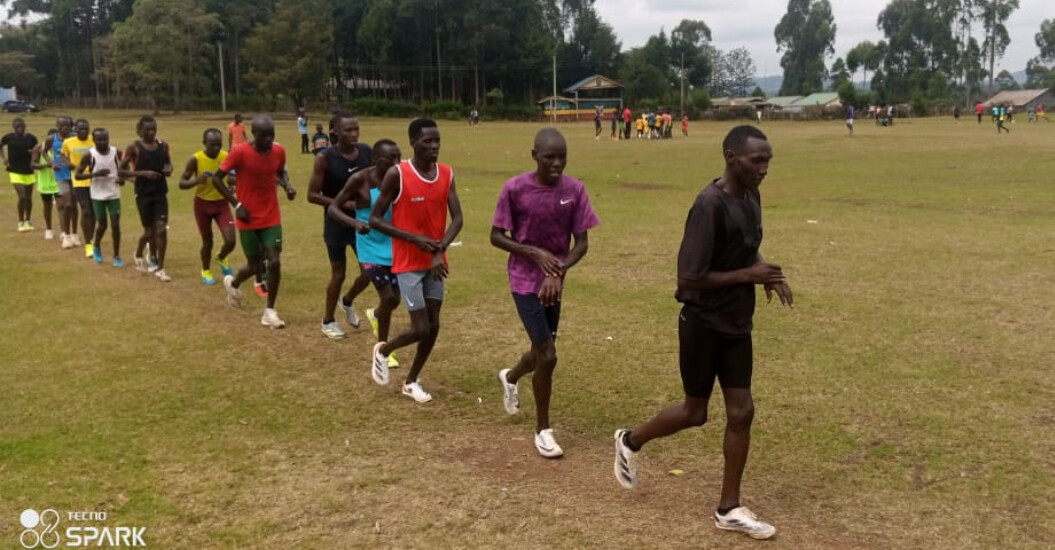
Stories of Rising Talent
Among them is Andrew Oronyi, a 20-year-old sprinter who once dreamed of being a football star. Discovered by a teacher who recognized his speed, Oronyi shifted to athletics, experimenting with the 100m and 200m before finding his stride in the 400m. He now proudly holds a personal best of 47.57 seconds and has set his sights on breaking the 44-second barrier to secure a place on Kenya’s global championship team.
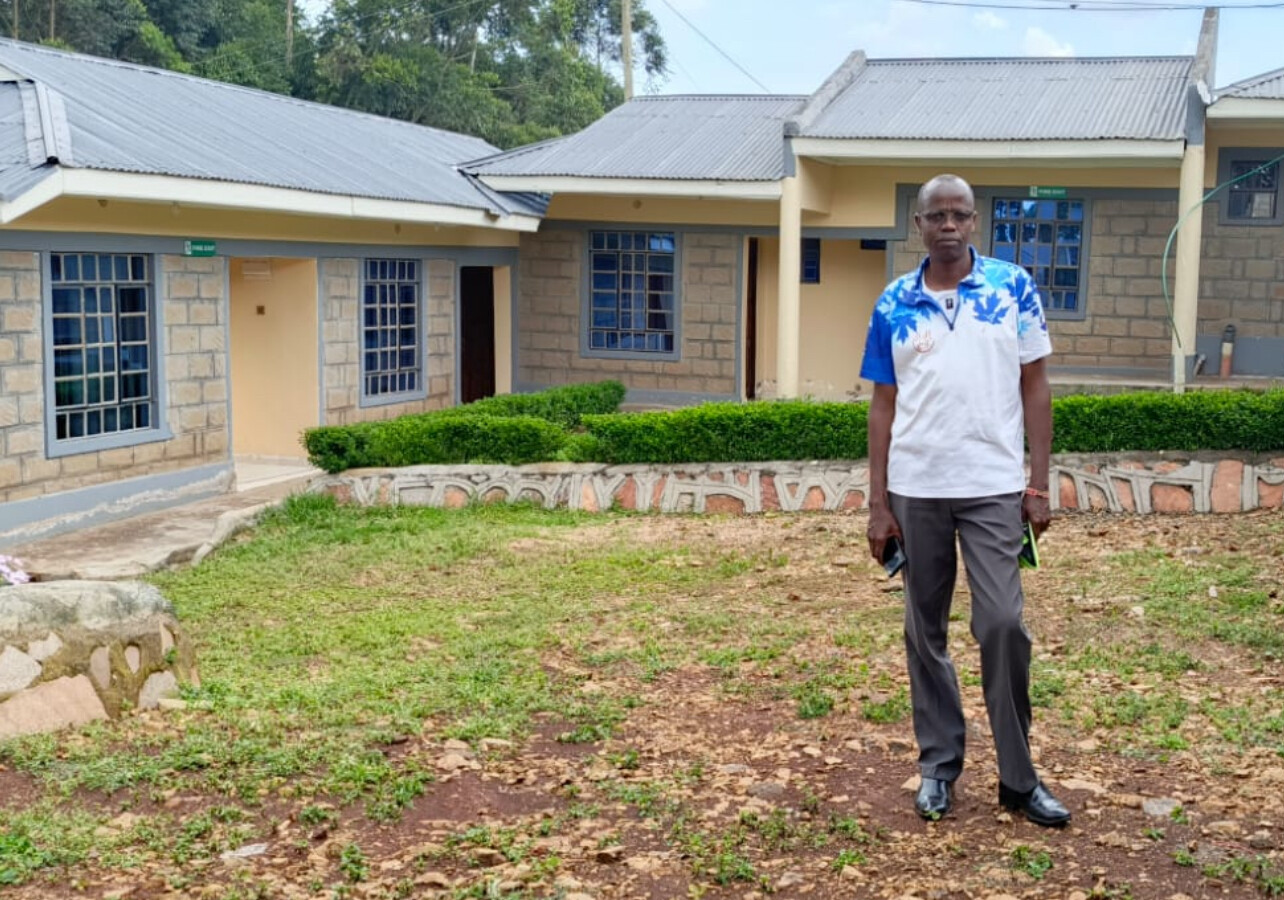
“Training under KATA has given me hope for a brighter future,” Oronyi says. “Here, I can focus on running while also contributing through manual work in the camp. This programme is helping athletes shine beyond the usual struggles.”
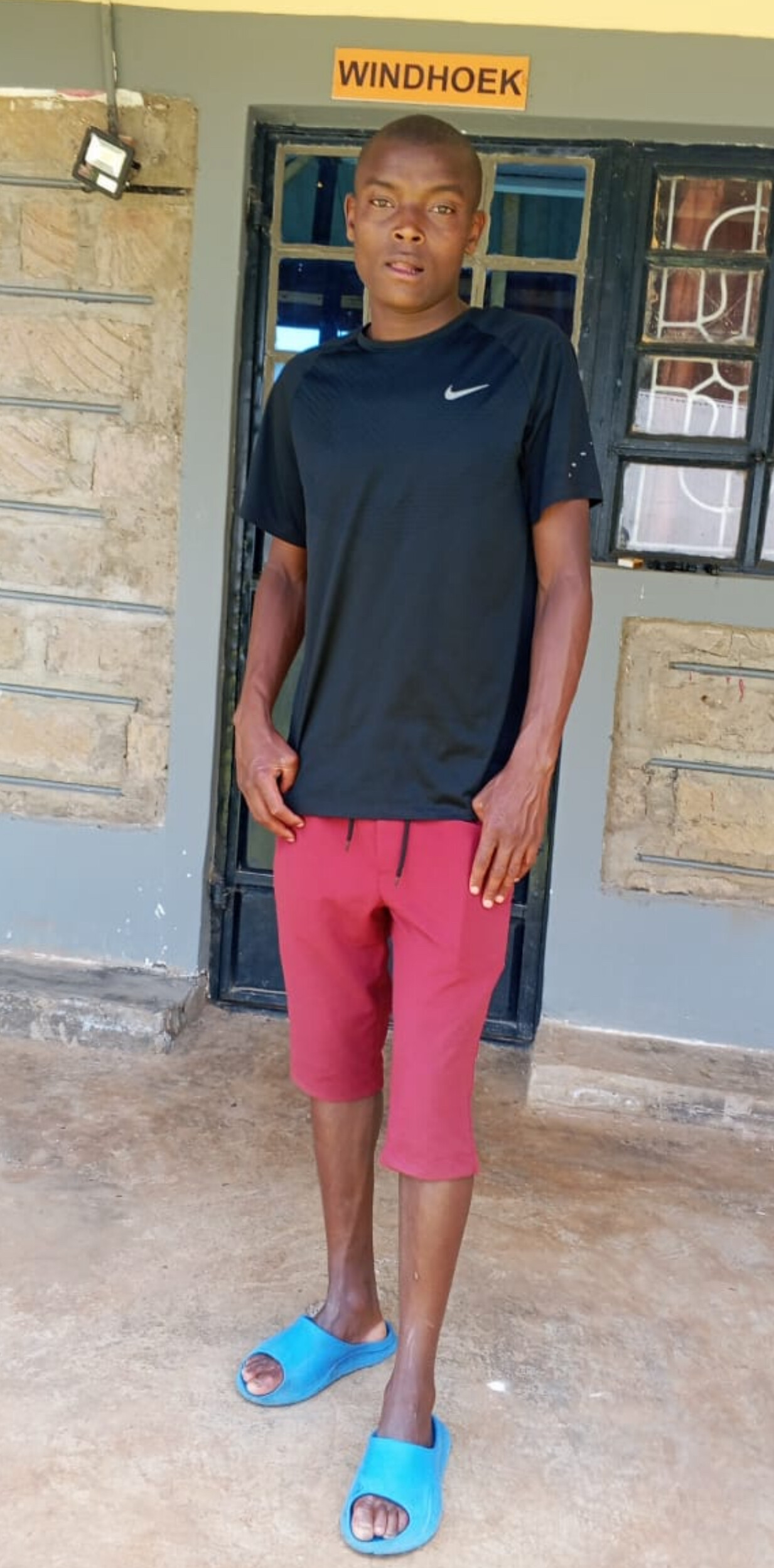
For Victor Kiprotich, just 16 and fresh out of high school in Kuresoi North, the KATA initiative has been transformative. Encouraged by his coach, Christopher Rono, he joined the camp in 2024 after completing Form Four. Specializing in the 1500m, Victor made headlines at the Bomet County Cross Country Championships, finishing second in the junior men’s 8km in 11:26.
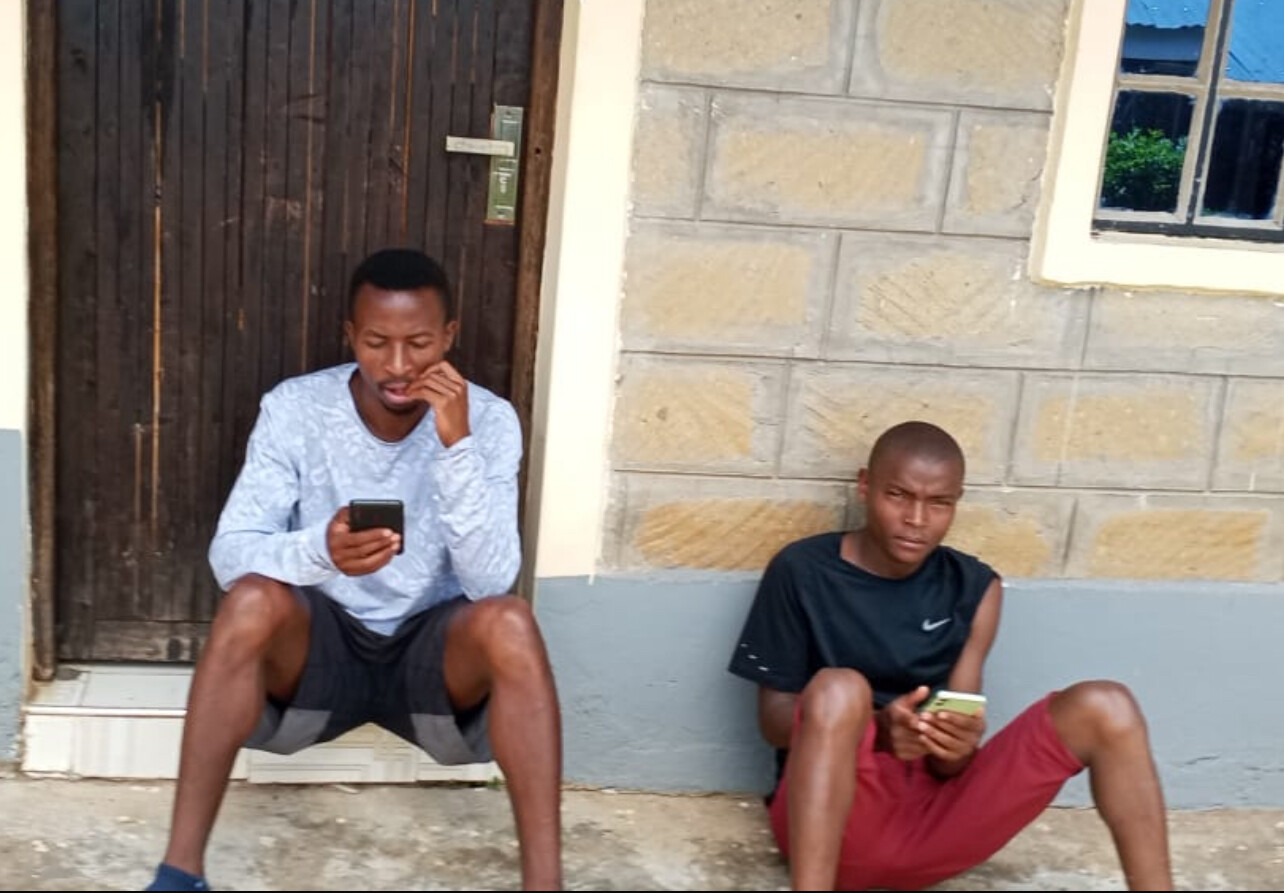
“When I ran that race, I realized that with the right support, I can make it in this career,” he reflects. His gratitude is clear: “I thank Bob Anderson for this initiative. It will help camps become stable and sustainable. We usually begin our morning runs at 5:30 a.m. with prayers—it gives us strength and unity.”
Then there is Festus Kemboi, 18, from Chepalal village in Konoin. Introduced to athletics in Class 7, he began with the 5000m and steeplechase before focusing on the 3000m steeplechase and cross country in high school. Recently, he ran his first senior men’s 10km at Bomet, finishing eighth in 31 minutes. “I know I can bring that down to 30 minutes if I stay consistent,” he says. For him, KATA has been more than training: “This programme is a game changer. Many athletes struggle with rent, food, and daily survival. KATA gives us the structure and support to focus purely on running.”
Leadership and Vision
At the center of it all is Coach Christopher Rono, who operates the KATA Kapkatet Camp and sees immense promise in his athletes.
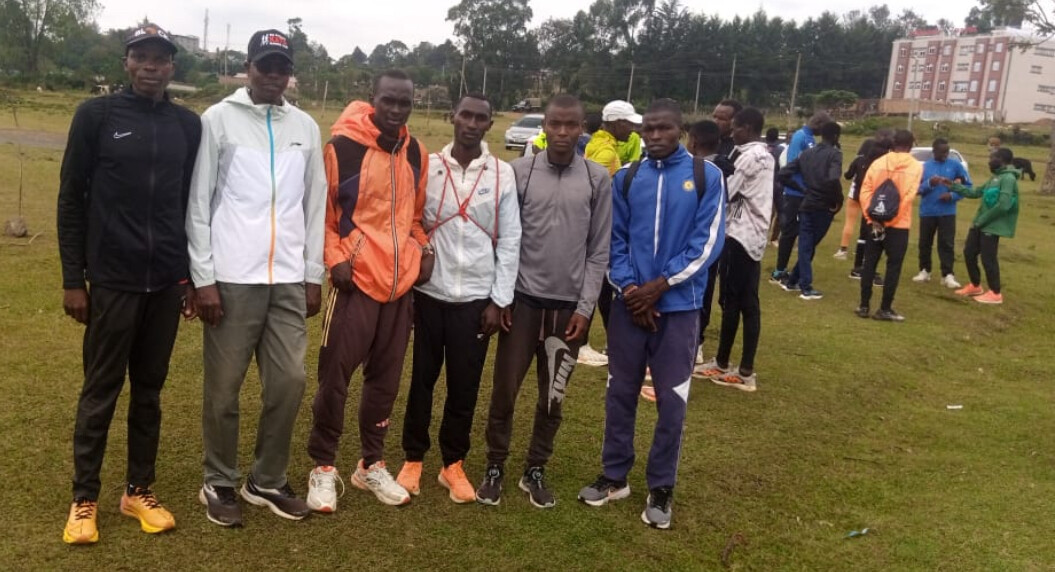
“Kemboi has shown real potential in cross country, while Kiprotich is a young talent with the ability to excel in the 1500m. Oronyi, though a sprinter, could even transition to the 800m in the future. Their determination excites me,” Rono says.
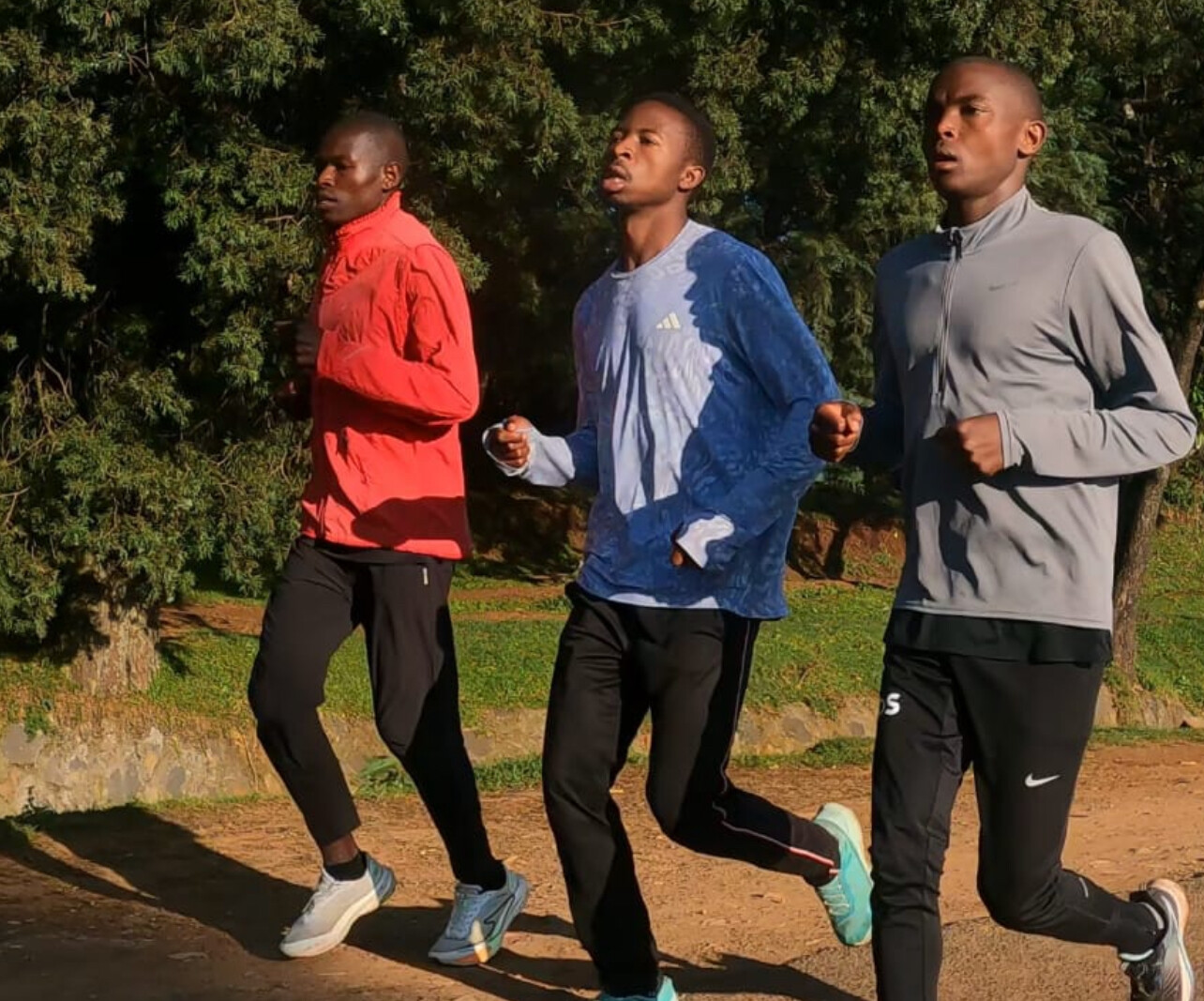
He also highlights Bob Anderson’s vision: “The potato farming project and the Double Road Race are not just creative but sustainable ideas. Athletics Kenya itself has recognized the KATA programme, encouraging camp leaders and support staff to align with it.”
Building More Than Champions
KATA’s message is spreading widely across the Rift Valley. Interest is surging, and several athletes have even begun renting houses near Kapkatet to be part of the training environment. With more than 30 KATA camps now running across Kenya, Bob Anderson’s vision is reshaping athletics management by ensuring athletes are supported both on and off the track.
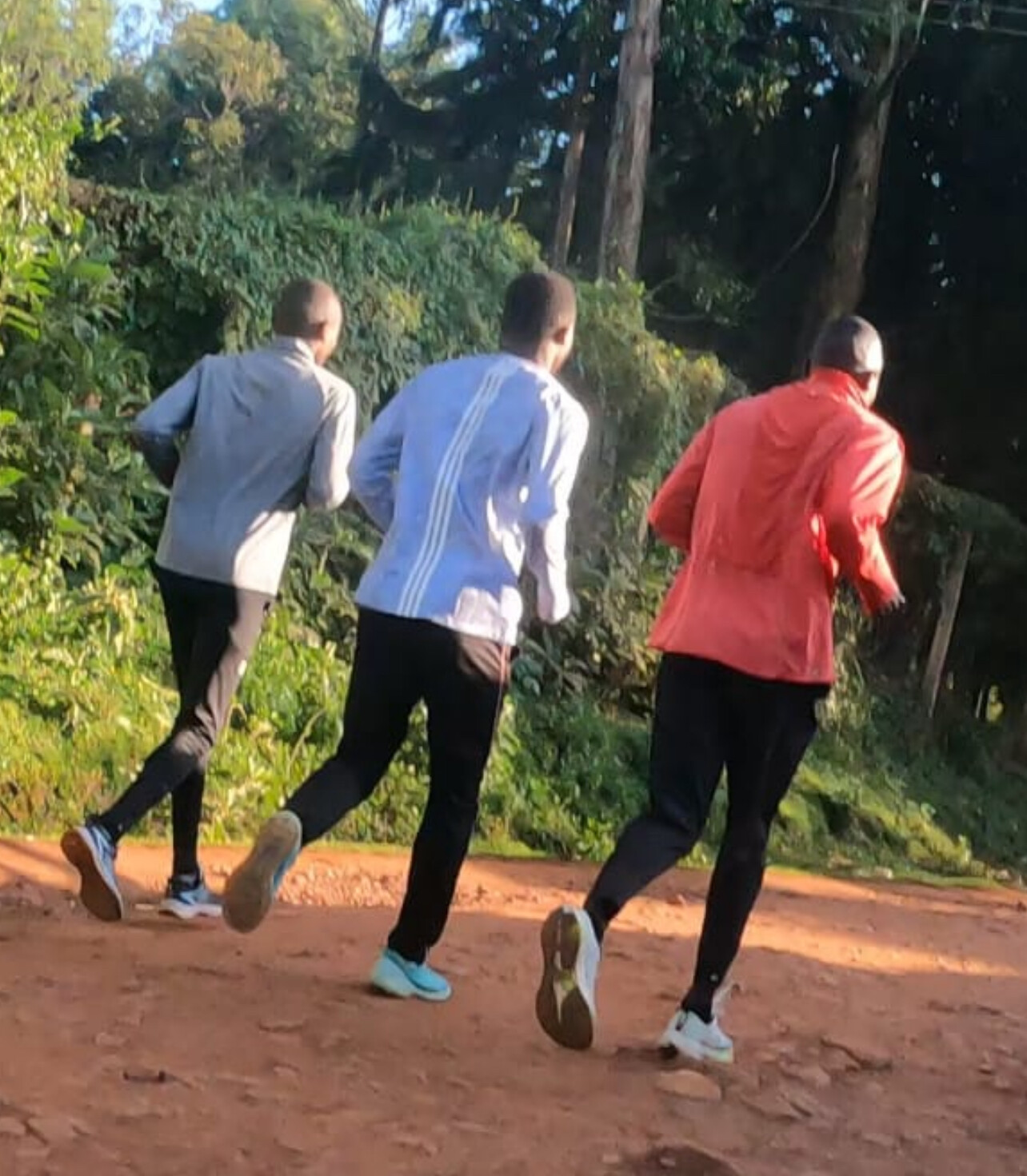
As Coach Rono looks ahead to this year’s Double Road Race, he is confident: “We are ready to deliver, and this edition will be bigger and better.”
But beyond medals and times, the true story is told in Kapkatet’s misty mornings—young athletes running shoulder to shoulder through tea plantations, beginning each day with whispered prayers. This is where Kenya’s next champions are being molded. Here, sport and sustainability walk hand in hand, and hope runs free.
by Robert Kibet
Login to leave a comment
Edwin Soi Going After the World Record at the 5th Annual KATA Double Road Race in Thika Kenya
Over 130 KATA athletes will compete alongside many other runners in a field expected to be the deepest yet, all chasing glory and a share of 100,000 KES in prize money.
When the 5th Annual KATA Double Road Race returns to Thika on September 20, it will not be just another date on the calendar. It will be a celebration of endurance, strategy, and Kenyan running tradition. And at the heart of it all will be Edwin Soi, the Olympic bronze medalist whose longevity and tactical brilliance have made him one of Kenya’s most respected distance runners.
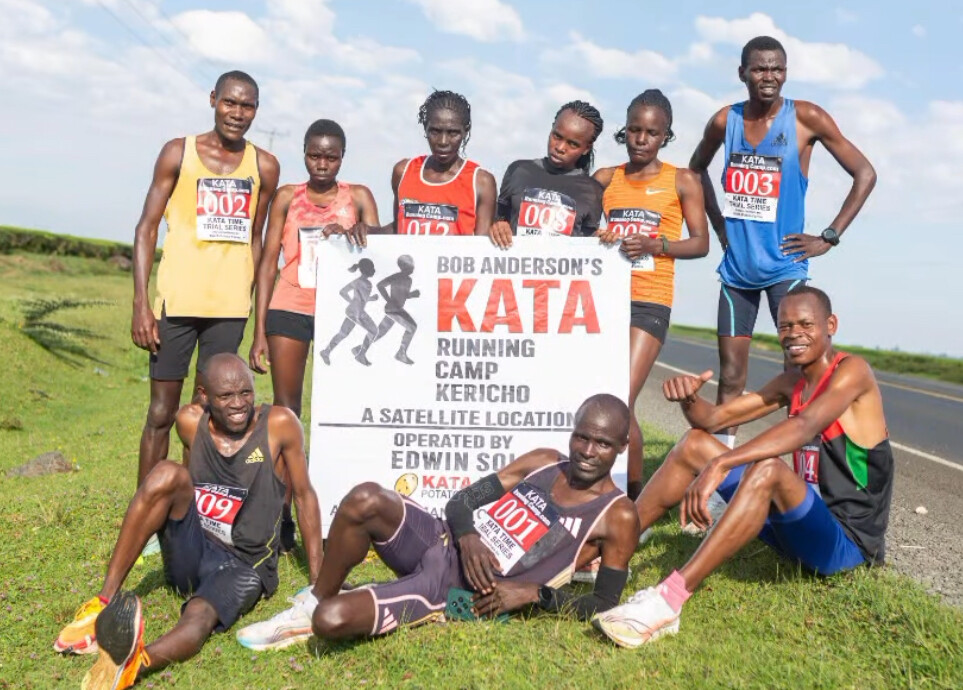
This year’s event also offers a prize purse of 100,000 KES, making the stakes even higher.
“Over 130 KATA athletes are expected to be on the line, joined by many more competitors from across the country and beyond,” says KATA founder Bob Anderson. “I am so proud of our KATA family and what we are building. This is just the beginning—athletics fueled by hard work and growing KATA potatoes.”
The Challenge of the Double
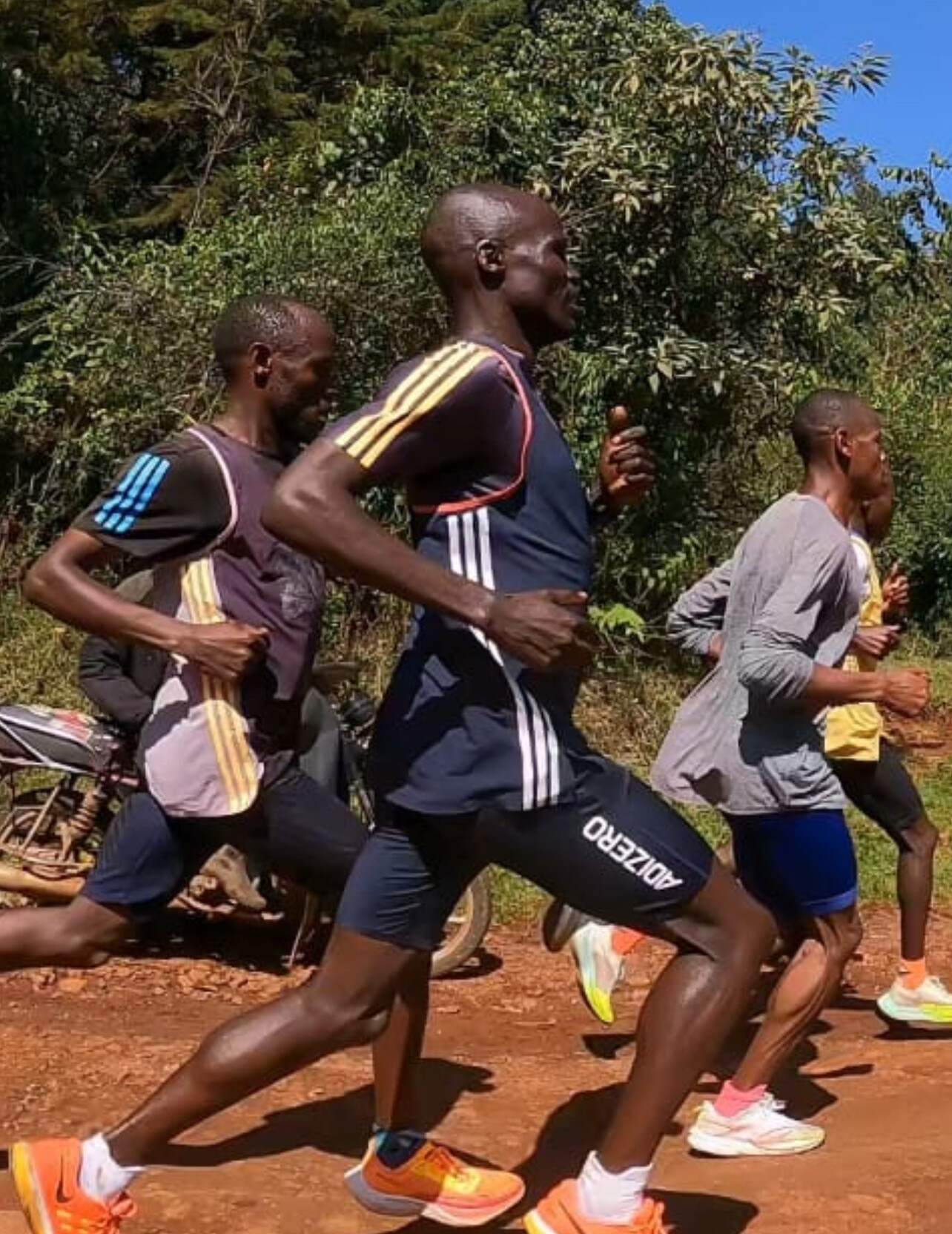
The Double is unlike any other race. Athletes first run a 10K, then take a halftime break where food and drink are provided as they prepare for the second leg. They return to the start line for a 5K. This is a two-leg event, and the times from each leg are added together for the final score.
For Soi—still formidable with career bests of 27:14 (10,000m) and 12:51 (5,000m)—the race is as much about mental strength as physical preparation.
“While others might wonder if they can even start the second race, my mind is already on pacing, form, and tactics,” Soi says. “Years of hard training and the right mental approach make a world record achievable.”
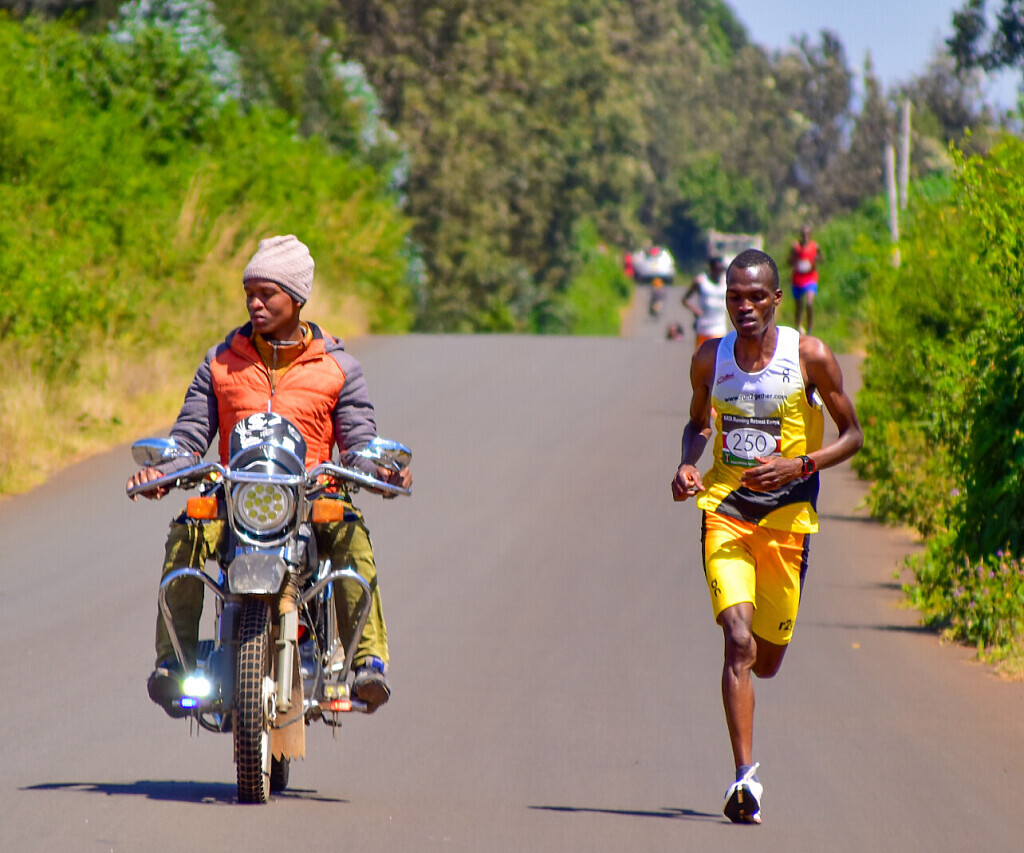
A Visionary Race with Kenyan Roots
The Double Road Race was created by Bob Anderson, founder of Runner’s World, to combine endurance with strategy. After pilot events in Mexico, the first official Double took place in Pleasanton, California, in 2012 with nearly 1,400 runners (5th photo).
Kenya quickly became a natural home. In 2014, races in Thika and Nyahururu introduced the longer Double 21K. By 2021, the Kenyan Athletics Training Academy (KATA)—also founded by Anderson—hosted Africa’s first Double 15K. Last year, Shadrack Kenduiywo (4th photo) set the world best of 42:34 on the Thika course, cementing Kenya’s place as the epicenter of the Double.
Soi’s Enduring Fire
At 39, Soi has experienced the full arc of an elite career. His defining moment remains the 2008 Beijing Olympics, where he won bronze in the 5,000m behind Ethiopia’s Kenenisa Bekele.
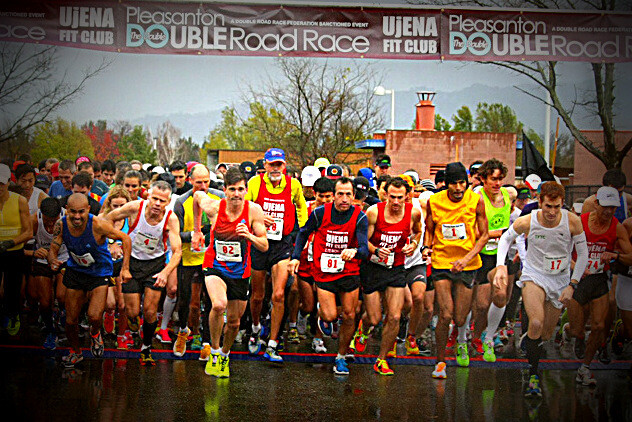
“Just making the Kenyan Olympic team drove me to push beyond limits,” Soi recalls. “I carried the hopes of more than 30 million Kenyans on my shoulders, and that choice ultimately led to my Olympic medal. My life changed—and my legacy changed.”
Since then, Soi has collected world championship medals and road titles worldwide. But today, what sets him apart is not only his victories but also his willingness to mentor and build the future.
Building Futures at KATA
Soi now heads the Kuresoi training camp under the KATA umbrella, guiding a new generation of athletes. His mentorship blends running discipline with life lessons, extending beyond training sessions.
KATA supports athletes with housing, nutrition, and income from sustainable farming projects like potato cultivation—ensuring both food security and financial independence. For Soi, this holistic model is crucial.
“I was fortunate to be mentored, and I feel a deep responsibility to pass that on. My victory will be in their success,” he says.
He also stresses integrity. With doping controversies tarnishing Kenyan athletics, Soi is determined to show that excellence can come from discipline, clean sport, and mentorship.
Why Thika Matters
The Thika Double has become more than a race; it is a stage where Kenyan athletes showcase strategy and resilience to the world. For the community, it is a festival of pride. For Soi, it is a chance to extend his legacy—competing for the clock, for his athletes, and for the values he believes in.
When the starter’s gun sounds on September 20, Soi will not only be racing 10K, resting, and running 5K. He will be carrying with him the arc of his career—from Olympic glory to mentorship—and the hopes of a new generation ready to follow in his footsteps.
The Double demands more than speed. It asks for resilience, intelligence, and composure. And with Edwin Soi on the line in Thika, chasing the world record, it promises to be a race—and a story—that inspires far beyond the finish.
by Robert Kibet
Login to leave a comment
KATA Double Road Race 15K
5th Annual KATA Double Road Race 15K Set for September 20, 2025, at KATA Thika The 5th Annual KATA Double Road Race 15K will be held on September 20, 2025, at the Kenyan Athletics Training Academy (KATA) in Thika, Kenya. The event includes a 10K leg, a break, followed by a 5K leg — a format designed to challenge runners...
more...Dreams in Motion, Roots in the Soil: Emmanuel Kiptoo Langat, the Runner Behind Potato Farming Projects
KERICHO, Kenya - At dawn in Kericho’s highlands, the red dirt roads echo with the rhythmic sound of running feet. Among the lean silhouettes slicing through the mist is Emmanuel Kiptoo Langat (Manuu), a 33-year-old road runner whose journey began in the rugged terrain of Chorwa, a small village in Nakuru County bordering Kenya’s vast Mau Forest. His story is not just about chasing personal bests but also about cultivating resilience—both on the track and in his community.
Roots in Chorwa
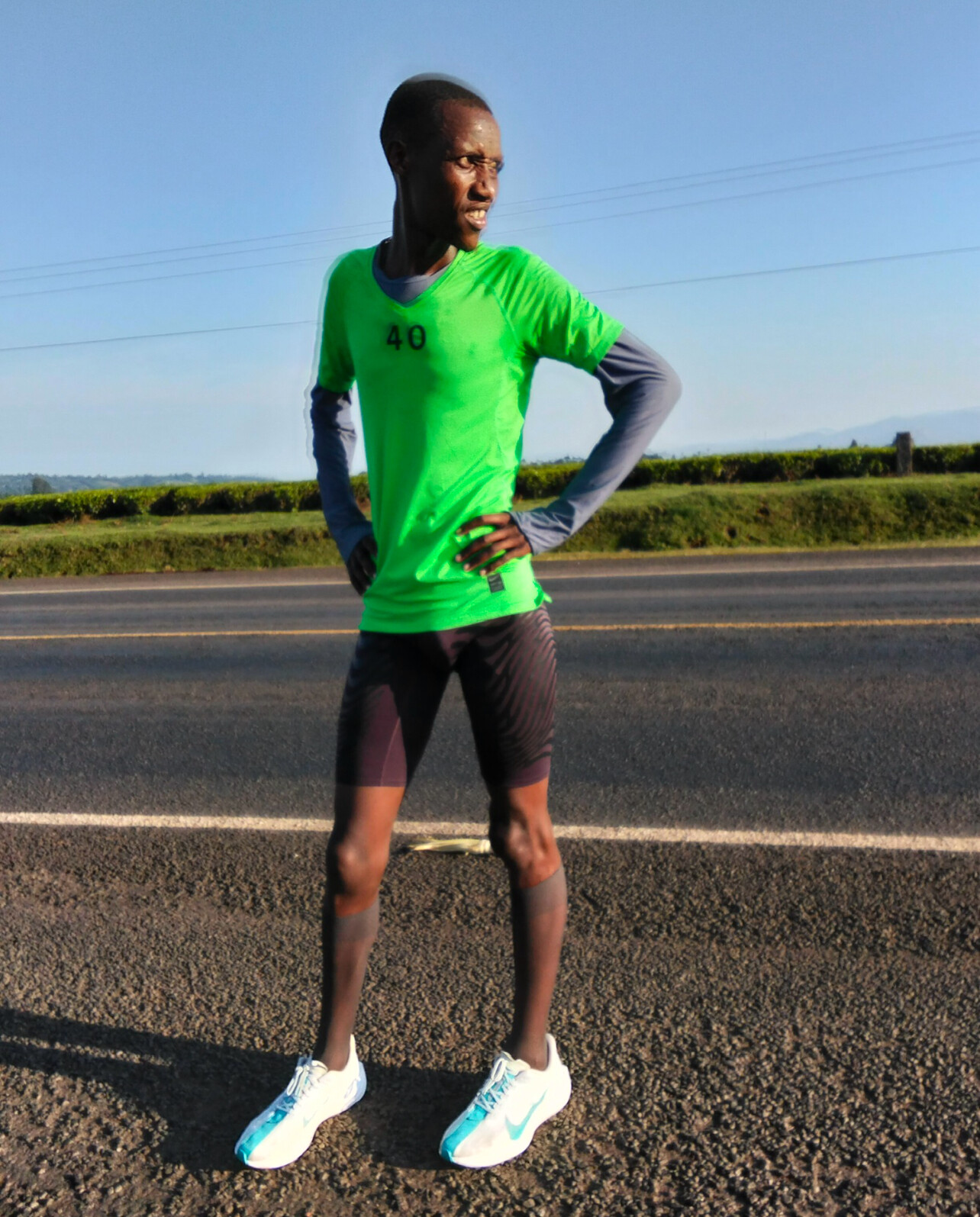
Chorwa is a remote village in Kuresoi, where life is as harsh as it is beautiful. The nearby Mau Forest shelters wildlife and rivers that feed the Rift Valley, but daily survival was a struggle.
“Life there was very hard—even getting food was a problem,” Emmanuel recalls. School added its own challenges: he often ran 10 kilometers each way just to attend class. What began as necessity became passion. “On sports day, I ran all the way to the national level. That’s when I knew I could run.”

His spark was fueled by Olympian Edwin Cheruiyot Soi, who runs a training camp in Kuresoi with support from the Kenya Athletics Training Academy (KATA). “He motivated me to believe running could change my life,” Emmanuel says.
First Strides in Athletics
In 2016, encouraged by a friend, Emmanuel joined a training camp in Kericho. His breakthrough came at a 10,000m race in Kisumu County. “That race gave me hope,” he says. A highlight followed at Nairobi’s Kasarani Stadium in a 5km race: “I enjoyed it so much. I will never forget that day.”
Challenges were constant. Running shoes were scarce, and he often relied on friends for gear. Yet his times speak volumes: 13:20 for 5000m, 28:04 for 10km, and 63:00 for the half marathon—marks that confirm his talent in Kenya’s deep distance-running field.
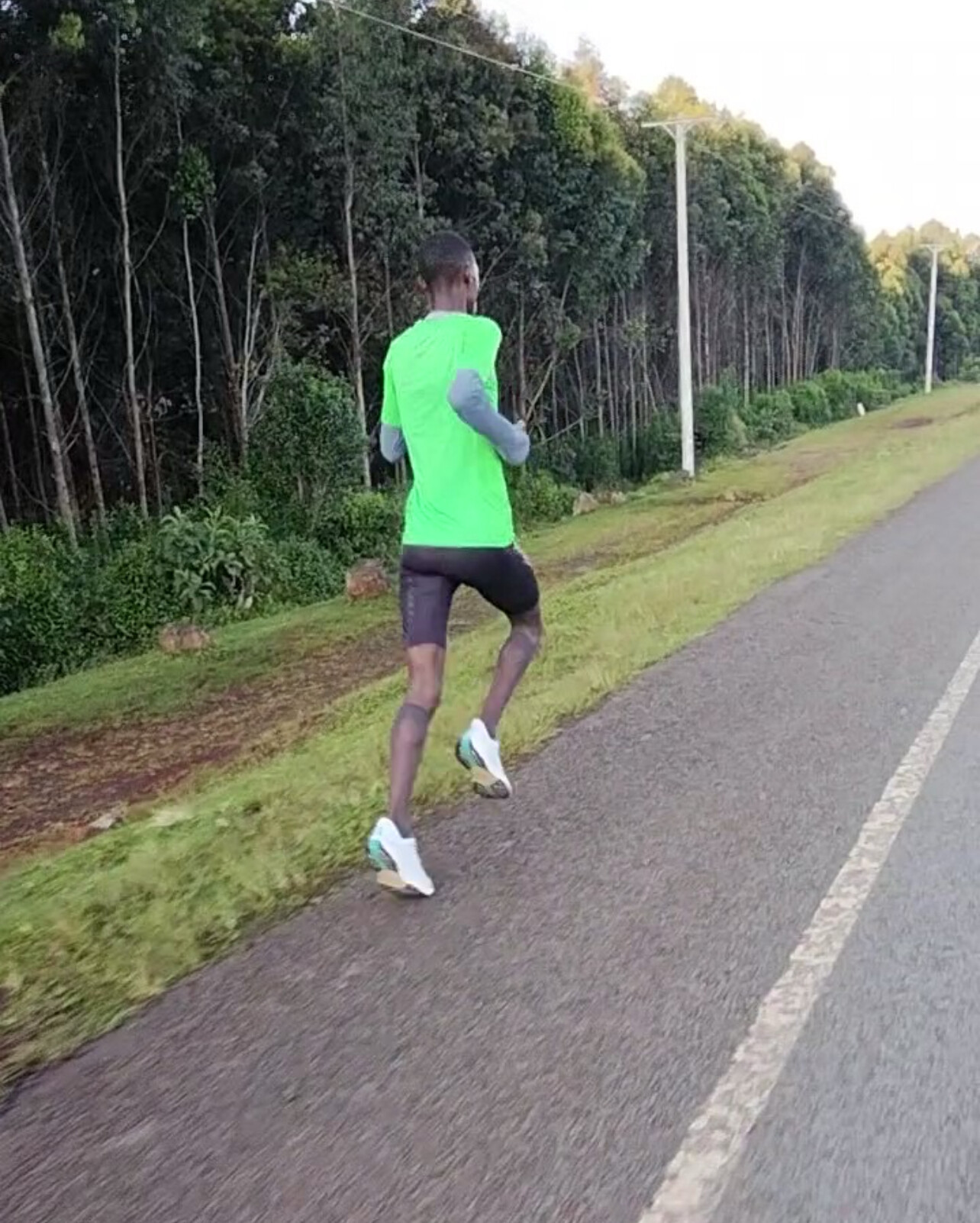
Balancing Running and Farming
While pursuing his running dreams, Emmanuel also supervises the KATA potato farming initiative, a project led by Bob Anderson, founder of Runner’s World magazine and the Kenya Athletics Training Academy.
“When I saw this project, I was happy because it could support many athletes,” he says. Emmanuel oversees planting, harvesting, and distribution—work that helps athletes cover food and camp needs. “It’s unique because it gives us stability, letting us focus more on training and performance.”
For him, farming mirrors running: “From athletics I’ve learned discipline and patience. From farming I’ve learned resilience and the value of hard work.”
A Bridge Between Sport and Sustainability
The synergy between running and agriculture provides athletes with more than meals—it provides a safety net. “Farming gives us a stable source of income beyond running. It offers security for the future,” Emmanuel says.
Transformation Through Running
Running has given Emmanuel confidence, friendships, and economic stability. His family, once burdened by poverty, now supports him wholeheartedly. “They see athletics and farming giving me direction and stability,” he explains.
Giving Back and Inspiring Others
In Chorwa, young runners now look up to Emmanuel as he once looked up to Edwin Soi. His message is simple: “Be disciplined, patient, and never give up, because success in running takes time.”
He hopes to mentor future athletes and be remembered not only as a runner but also as “a supervisor who supported others and a role model who uplifted the community.”
Life Beyond the Track
When not training or supervising farms, Emmanuel relaxes by watching football—he is a devoted Manchester United fan. Yet his heart remains tied to running, each stride reminding him of the Mau Forest, his beginnings, and the community he represents.
The Road Ahea
Emmanuel’s eyes are fixed on improving his half marathon and marathon times. His journey reflects more than athletics—it embodies resilience, sustainability, and shared success.
“Running is not just about speed or endurance,” he says. “It’s about rising from hardship, cultivating dreams like potatoes in the soil, and sharing the harvest with others.”
As the sun sets over Kericho’s hills, Emmanuel prepares for another early morning run—carrying not only his ambitions but also the hopes of a community where sport and sustainability run side by side.
by Robert Kibet
Login to leave a comment
Brock Hinzmann Partners with KATA Running Camp in Eldoret
KATA Running Camp 10 in Eldoret, operated by Ruth Chumo, has a new partner—Brock Hinzmann, a lifelong runner and visionary thinker.
“I told Brock about our KATA Running Camp and Potato Farm project in Kenya,” says Bob Anderson. “He liked that the program is sustainable and wanted to get involved. Not only did his contribution establish a new KATA Running Camp, but he will also share in the sales of KATA potatoes.”
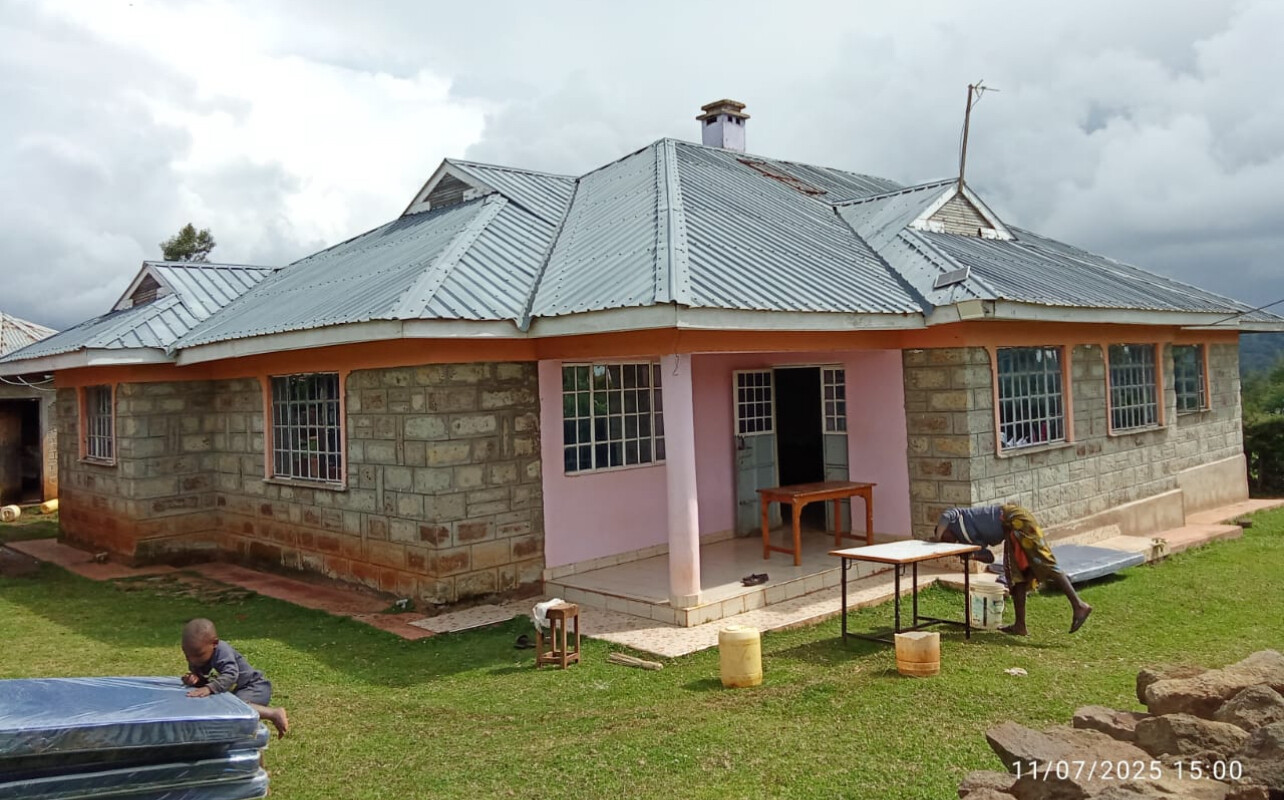
Brock Hinzmann is chairperson for the Silicon Valley Node of The Millennium Project, an international think tank that monitors global trends and helps plan for sustainable alternative futures.
Brock began running in the late 1960s in Oregon’s Willamette Valley—then a hub of U.S. distance running—just as Kenyan athletes were emerging on the world stage. At 16, he ran his first marathon in 2:44:52. His career highlights include a 6th-place finish at the 1983 Honolulu Marathon and his fastest time of 2:19:15 at the Boston Marathon in 1984 (21st place). He continued to run competitively throughout his career, representing his company’s track team and running wherever his international travels took him.
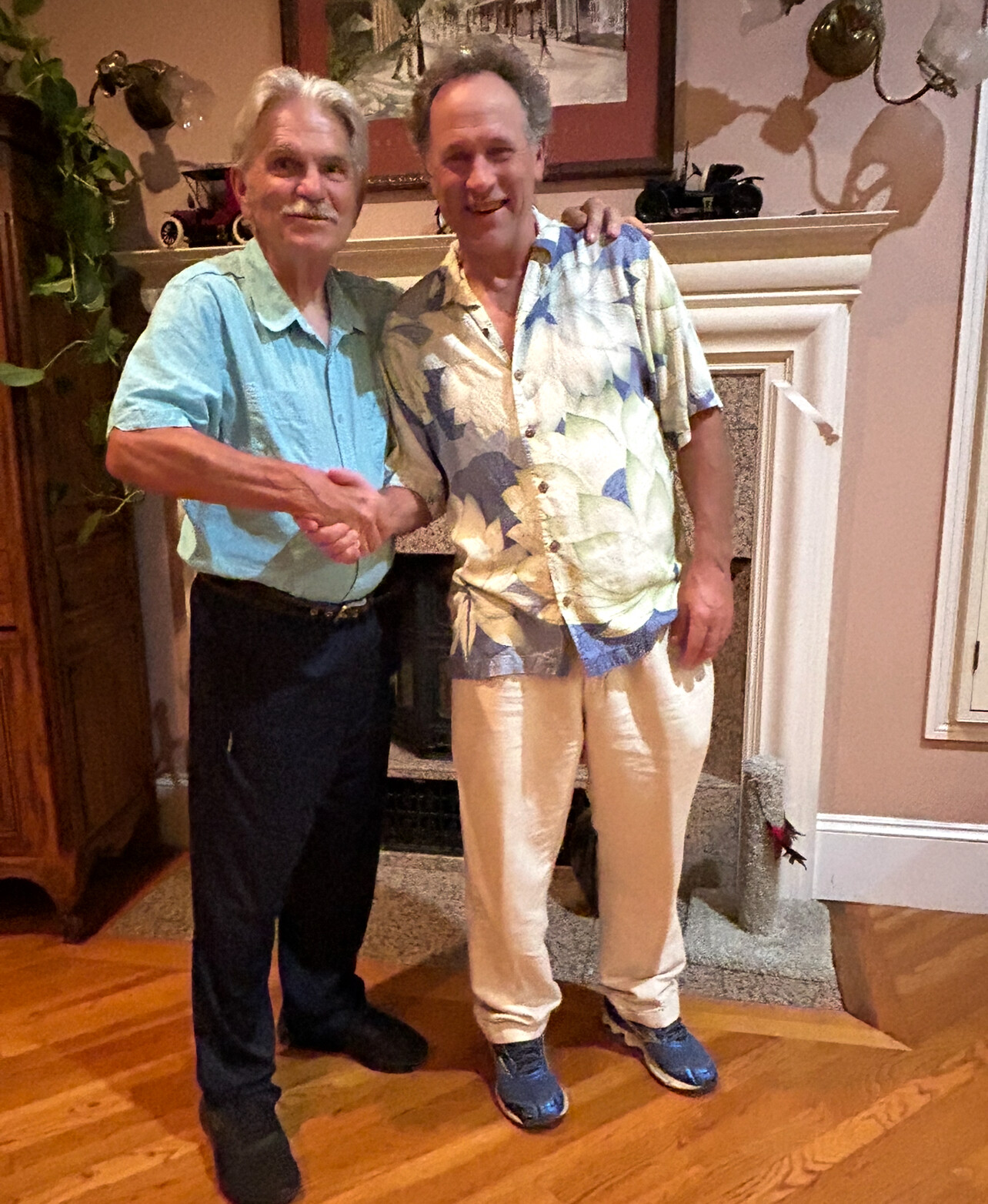
He completed his last marathon in 2018 at age 65, but at 71, running is still part of his life. “I’ve always found runners around the world to be like a tribe—accepting and supportive of each other,” Brock reflects.
For Brock, investing in KATA is more than financial. It is a way of giving back to the running community that inspired him. He encourages everyone to keep running and to travel widely—two passions that continue to guide his life.
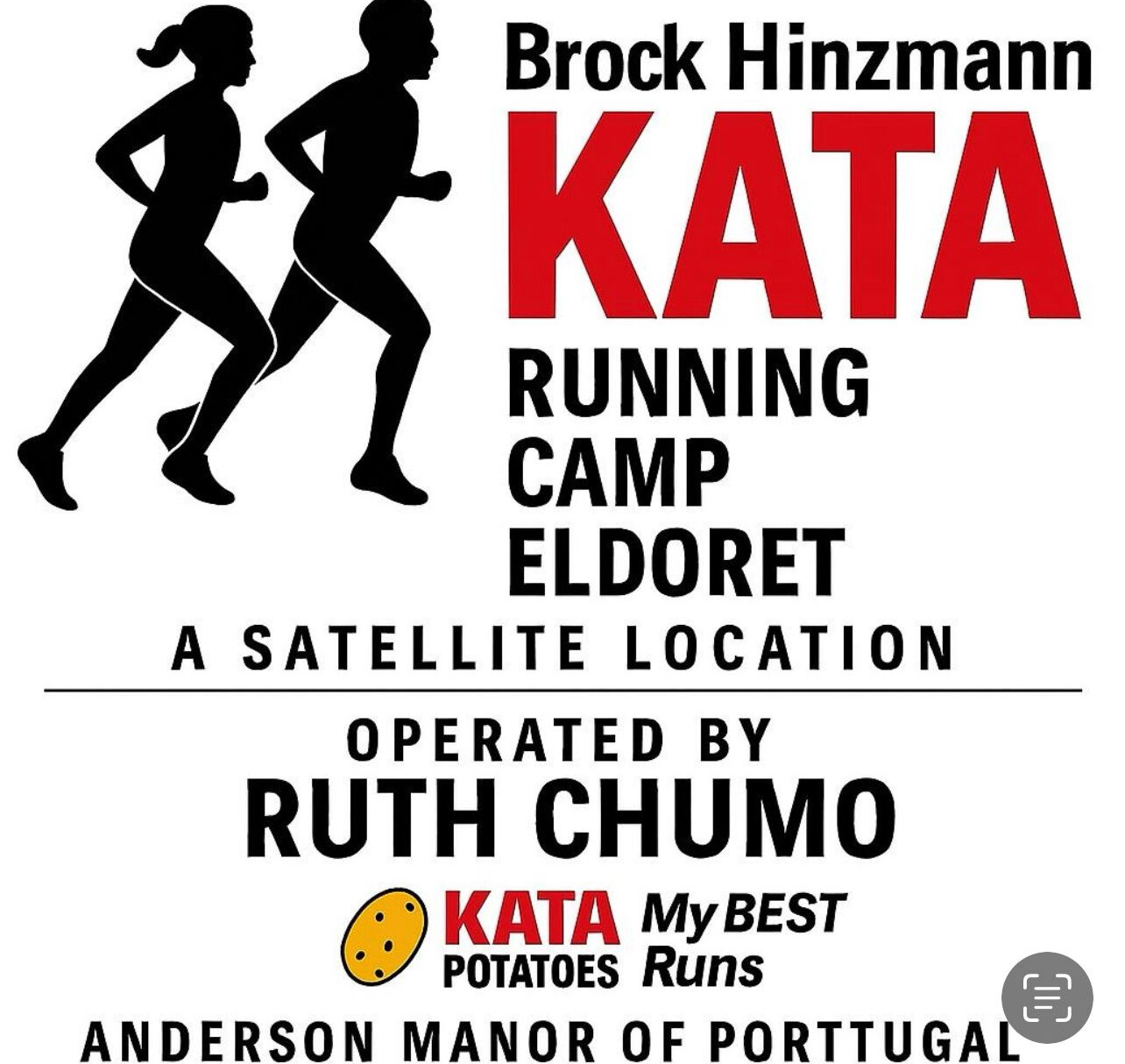
by Boris Baron
Login to leave a comment
Remembering Carl Brandt: A Pillar of the Running Community
The running world lost a true friend and supporter this past week with the passing of Carl Brandt. Surrounded by his family, Carl passed peacefully, leaving behind a legacy of love, encouragement, and dedication that touched countless lives.
His sons Noah and Peter shared the news, expressing gratitude for the support their father gave throughout their lives and acknowledging the wide impact he had on the community. Plans for a celebration of life memorial will be announced soon.
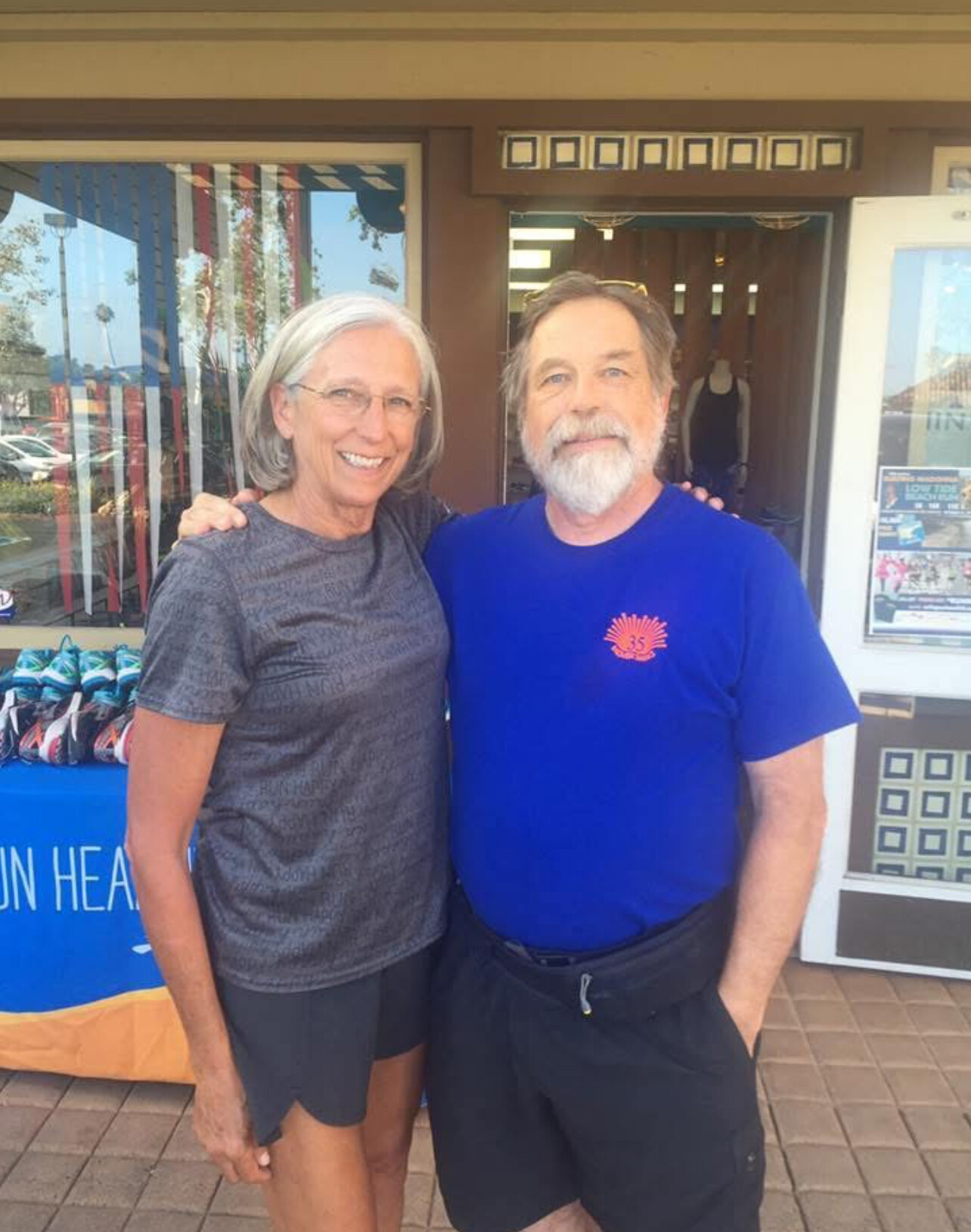
“He was one amazing guy and was someone who helped running become what it is today,” says Bob Anderson, founder of Runner’s World and lifelong advocate for the sport.
Carl’s influence extended far beyond his own circle—he gave time, energy, and care to uplift runners at all levels. Whether through his presence at events, his support of friends and athletes, or his consistent belief in the positive power of running, he left an enduring mark on the sport.
As the running community reflects on his passing, many will remember Carl not just for what he did, but for who he was: a kind, generous, and steadfast supporter of others. His impact will live on in the lives he touched and the sport he helped shape.
by Boris Baron
Login to leave a comment
KATA Running Camp Kapsait Hosts Competitive Time Trial
The KATA Running Camp in Kapsait, operated by Fredrick Kiprotich, staged an exciting time trial today featuring both 10 km and 5 km races. The athletes, representing Bob Anderson’s KATA program, delivered strong performances on the challenging high-altitude course.
10 KM RESULTS
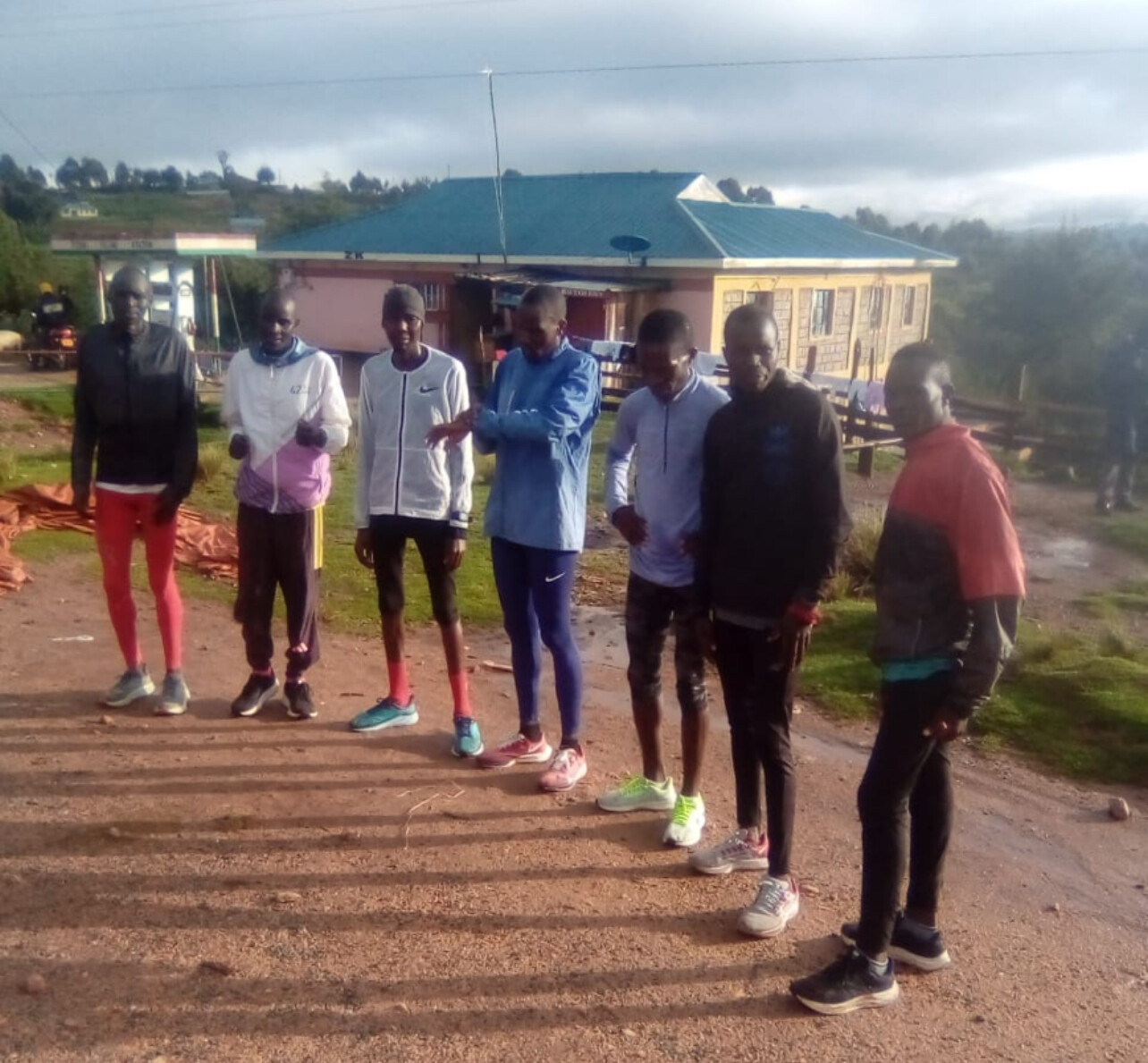
The men’s 10 km race came down to a thrilling finish, with Evans Kipruto edging out Cornelius Chepkok by just two hundredths of a second. Kipruto clocked 29:42.01, with Chepkok right behind in 29:42.03.
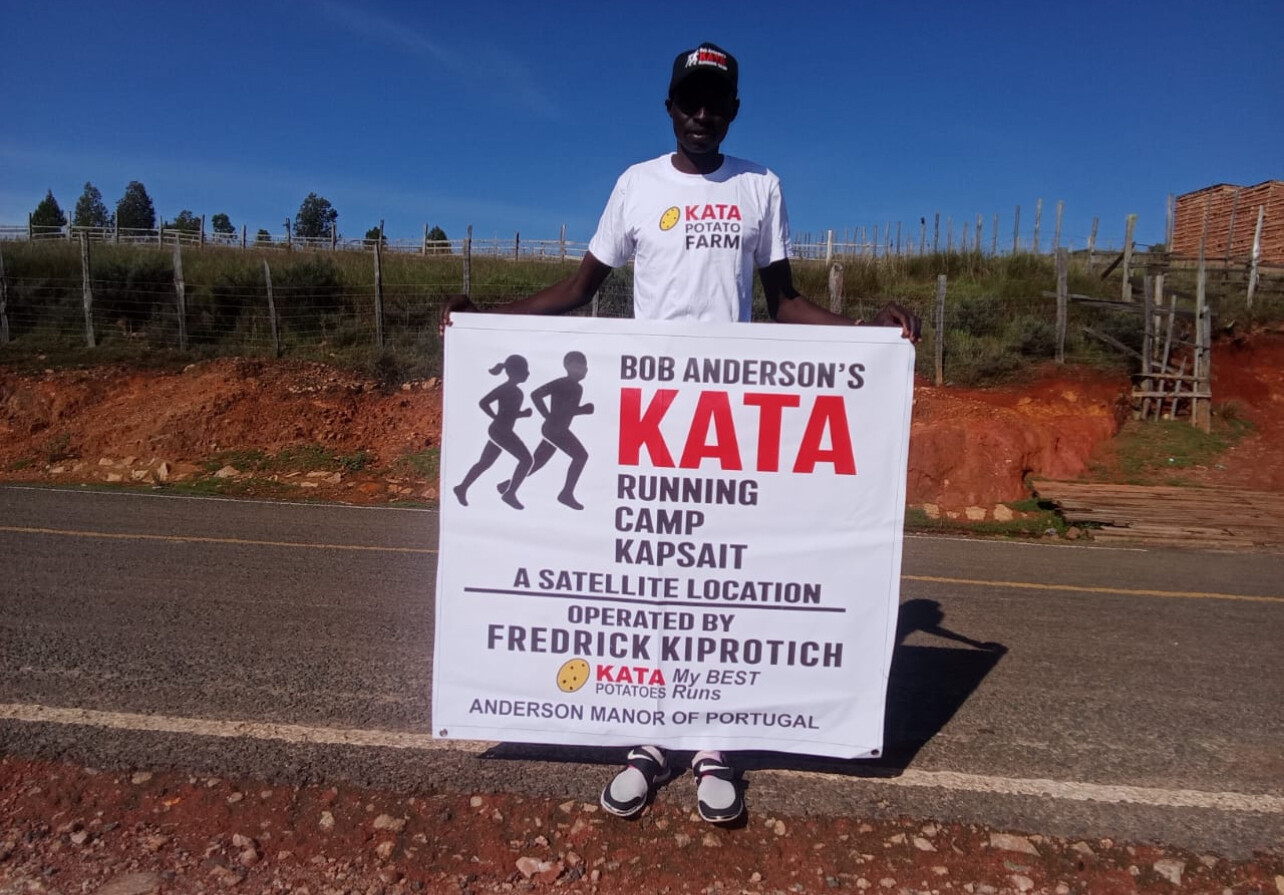
• Kenneth Rono secured third in 31:15.14, followed by Charles Lonyang’ngro in 31:16.28.
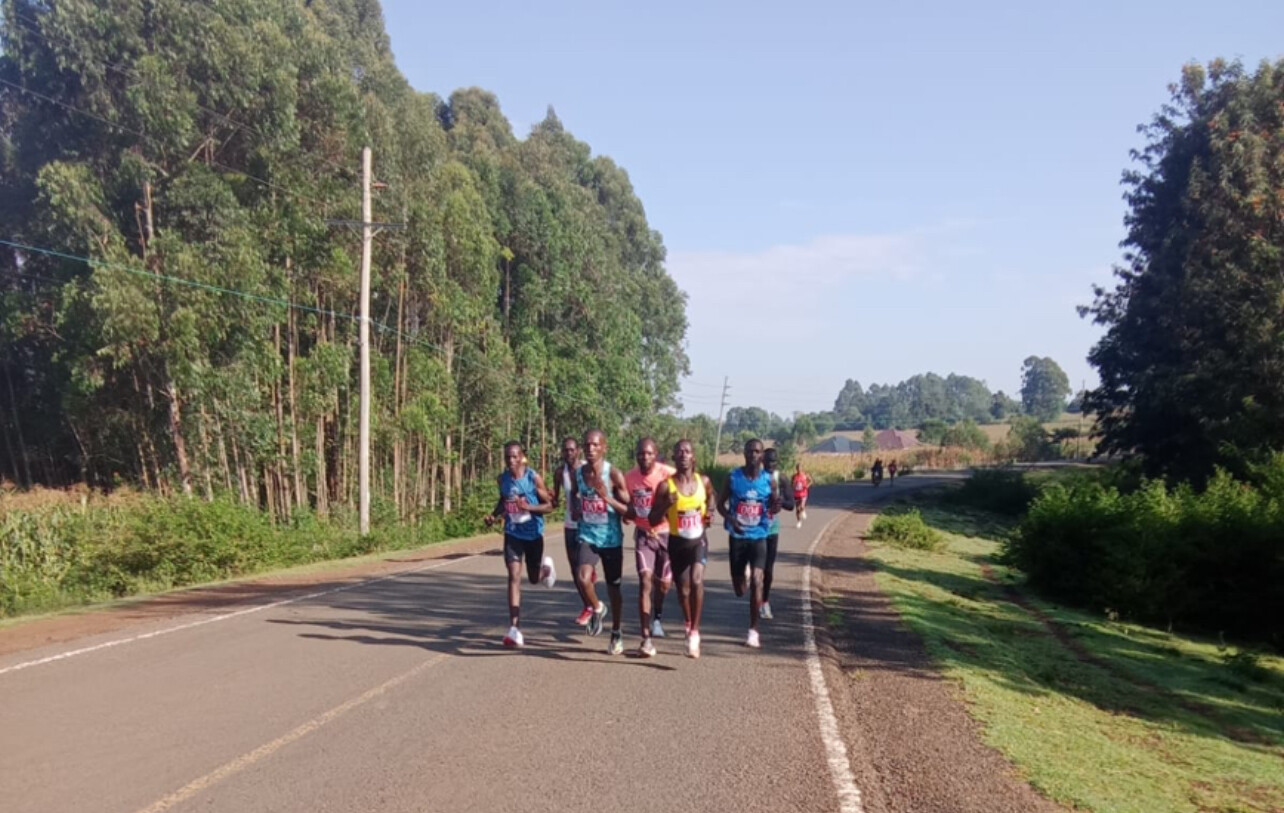
• Silas Maiyo ran 31:48.35, and Evans Bowen rounded out the top six in 32:00.42.
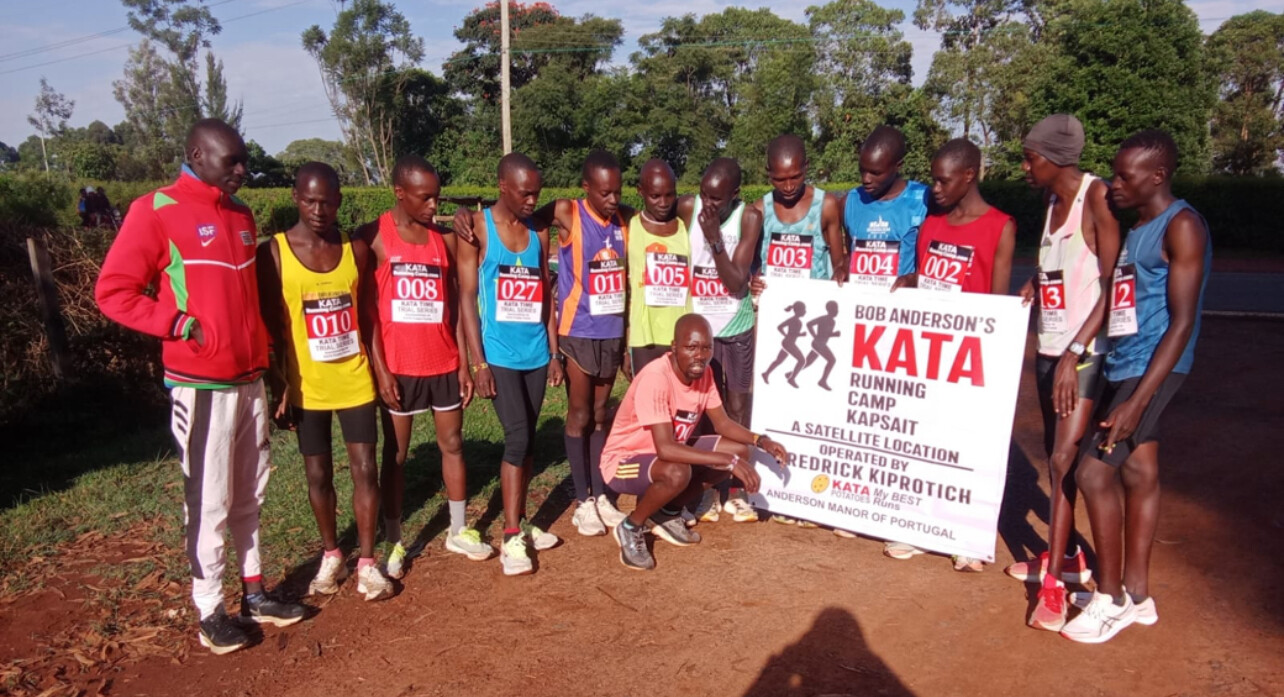
5 KM RESULTS
The 5 km event showcased the camp’s emerging young talent. Collins Kimutai led the field with an impressive 14:30.00, followed by Timothy Kibet in 14:41.04 and Titus Kiprop in 14:48.50.
• Dennis Kpsgei finished fourth in 14:54.55, while Leinius Kosgei crossed in 14:59.58.
• Noel Kibet rounded out the group in 15:30.45.
Building the Future of Distance Running
These results highlight the growing strength of the KATA Running Camp program, which combines world-class training with the support of KATA Potato Farms to sustain the athletes. Bob Anderson’s vision—uniting athletics with agriculture—is fueling opportunities for runners across Kenya, including satellite locations like Kapsait.
“Time trials like today’s are an important part of our program,” said camp operator Fredrick Kiprotich. “They allow athletes to test themselves against one another, build confidence, and prepare for upcoming competitions.”
From Kapsait to camps across Kenya, the KATA initiative continues to empower athletes and develop the next generation of champions.
by Boris Baron
Login to leave a comment
KATA Thika to Host Annual Double Road Race: A Celebration of Athletics and Sustainability
THIKA, Kenya – August 21, 2025: Thika is preparing to host one of Kenya’s most unique running events—the annual Double Road Race, set for September 20 at the Kenya Athletics Training Academy (KATA) headquarters.
Unlike any traditional race, the Double Road Race is contested in two stages. Athletes first run 10 kilometers, take a short recovery break, and then return to the course for a 5-kilometer dash. The winners are determined by their combined times, making the race a true test of speed, stamina, recovery, and mental toughness.
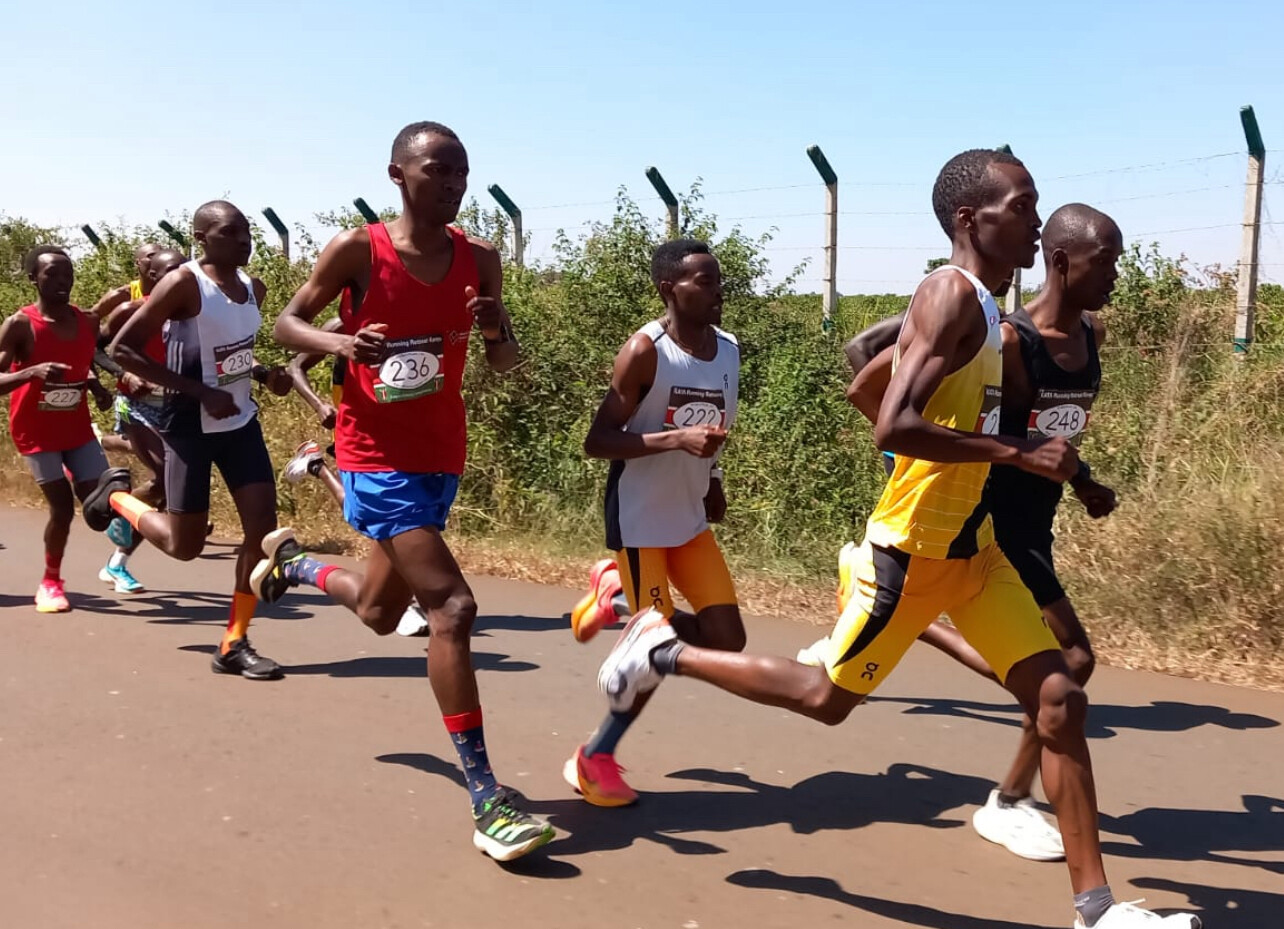
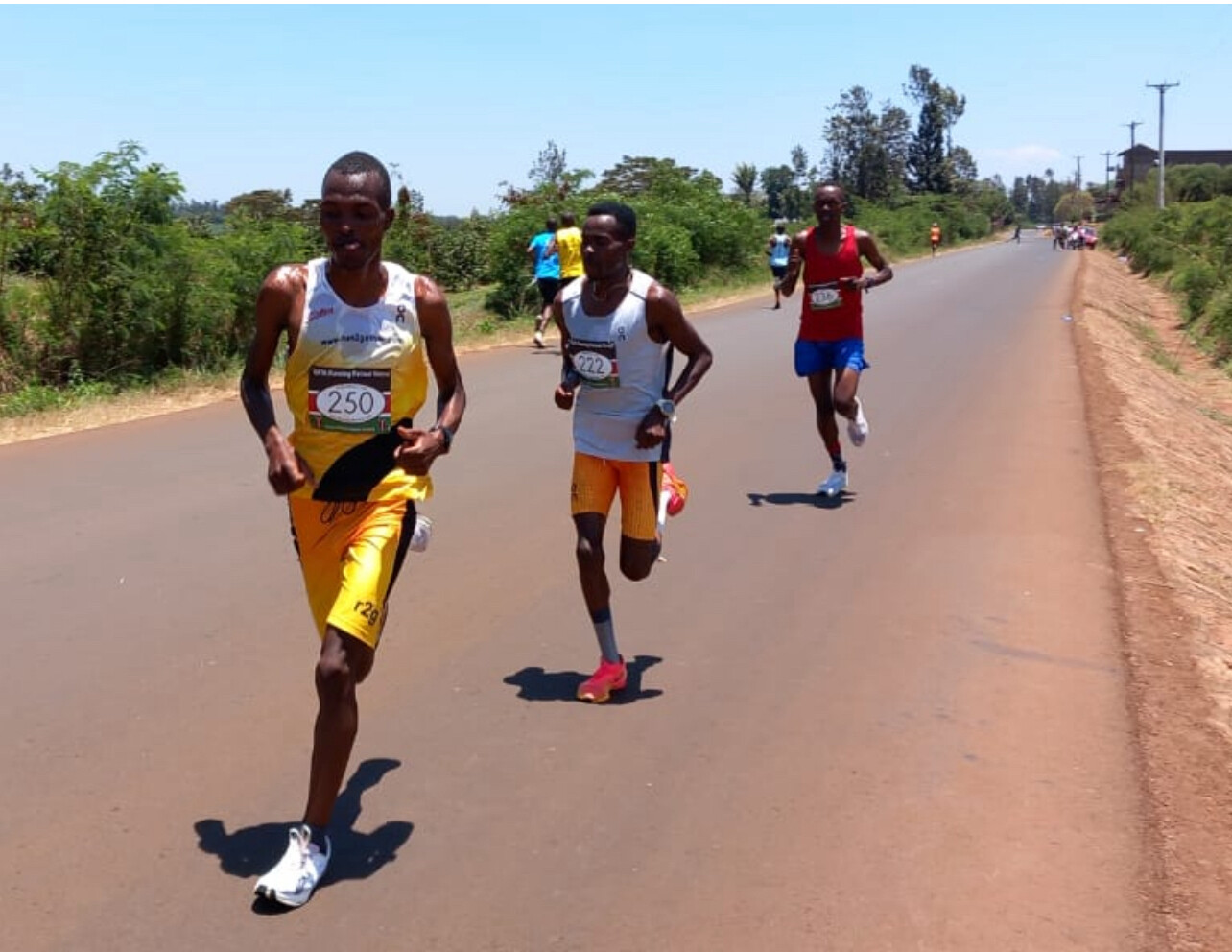
This innovative format has drawn athletes of all levels—juniors, elites, and masters—creating an inclusive competition with more than 100,000 KES in prize money, co-sponsored by Bob Anderson, founder of My Best Runs and creator of the Double Road Race.
The event’s roots go back more than a decade when Anderson envisioned a new kind of challenge that would push runners beyond traditional limits while giving young talent a chance to shine. Since then, the Double Road Race has become a signature event for KATA, which is led in Kenya by manager Christopher Muiruri.
“This race was started to provide a platform where athletes could test themselves differently,” Muiruri explains. “It has grown into a hallmark of KATA’s calendar, attracting runners from across the country.”
Beyond the racing, the event highlights KATA’s pioneering model of sustainable athletics development. Under Anderson’s vision, more than 30 KATA camps across Kenya have been supported to grow potatoes, creating a revenue stream to sustain training environments. At KATA Thika, athletes themselves manage the farm, producing crops that help fund camp operations.
“This initiative ensures that camps can sustain themselves long-term without relying solely on external funding,” says Muiruri. “It also teaches athletes the value of hard work both on and off the track.”
Head coach John Matheri emphasizes that the Double Road Race is more than just a competition. “It allows juniors, elites, and masters to showcase their talent. Results are posted globally on My Best Runs, giving athletes exposure and opportunities for sponsorships or coaching.”
The unique two-stage format makes strategy critical. Athletes must pace themselves in the 10K, recover quickly, and then summon every ounce of energy for the 5K. (the 5k starts one hour and 45 minutes after the start of the 10k.) Few races demand such balance of endurance and resilience, making the Double Road Race one of the toughest—and most rewarding—events in Kenya.
For Muiruri, the event embodies KATA’s broader mission. “We are creating a platform where athletics and sustainability meet. Our athletes not only excel on the track but also contribute to a model that ensures our camps thrive for years to come.”
As the September 20 date nears, anticipation is building for a day that will bring together athletes, coaches, and running fans in Thika. With its unique format, community spirit, and connection to sustainable farming, the Double Road Race at KATA Thika promises to be a celebration of innovation and Kenyan running at its finest.
At the the event last year a world record was broken. Shadrack (bib 250) clocked 28:33 for the 10k leg and then came back and ran 14:01 for the 5k leg. Total time 42:34 is the time to beat.
Whether competing for victory or cheering on emerging talent, this event is sure to leave a lasting impression on everyone involved.
by Robert Kibet.
Login to leave a comment
KATA Double Road Race 15K
5th Annual KATA Double Road Race 15K Set for September 20, 2025, at KATA Thika The 5th Annual KATA Double Road Race 15K will be held on September 20, 2025, at the Kenyan Athletics Training Academy (KATA) in Thika, Kenya. The event includes a 10K leg, a break, followed by a 5K leg — a format designed to challenge runners...
more...Emmanuel Rotich Joins KATA as Camp Manager
KATA has announced the appointment of Emmanuel Rotich as its new Camp Manager.
“KATA is based in central Portugal, housed at the Anderson Manor of Portugal, with offices in Thika, Kenya, and Los Altos, California. From these three locations, we coordinate all aspects of our camps and potato farms, making KATA a truly global initiative.”
“Emmanuel has a strong athletic background, was educated at Tulane University in New Orleans, and most importantly, after speaking with him, I was impressed with his passion for the sport we love and for tying in potato farming to support our mission.”
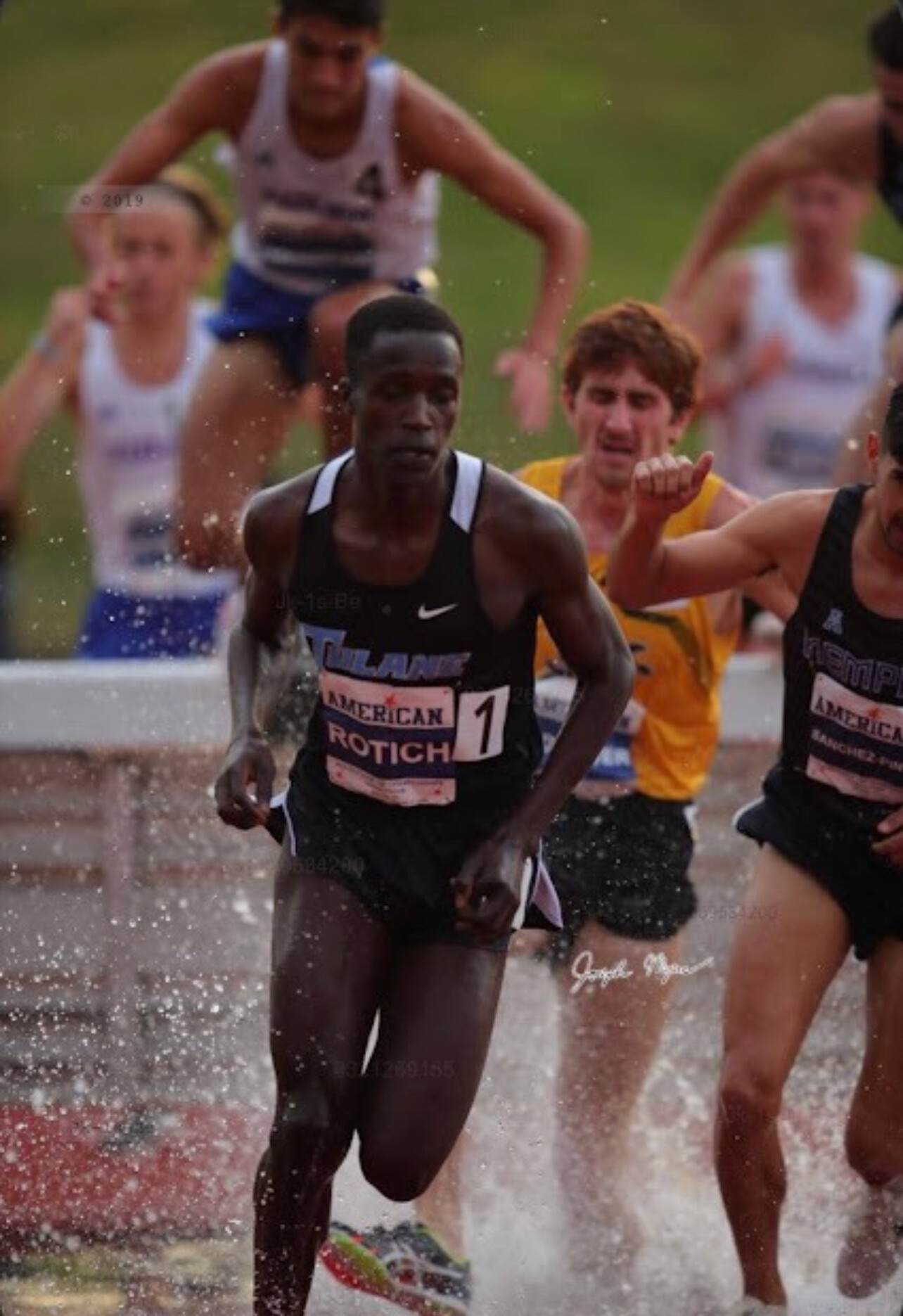
A Unique Mission: Athletics and Agriculture
In just 90 days, KATA has grown into a movement unlike anything else in the world. The program now operates 30 KATA Running Camps across Kenya, along with 20 additional KATA Potato Farms, bringing the total to 50 KATA farms. These farms provide both food security and revenue streams while directly supporting the athletes who train under the KATA banner.
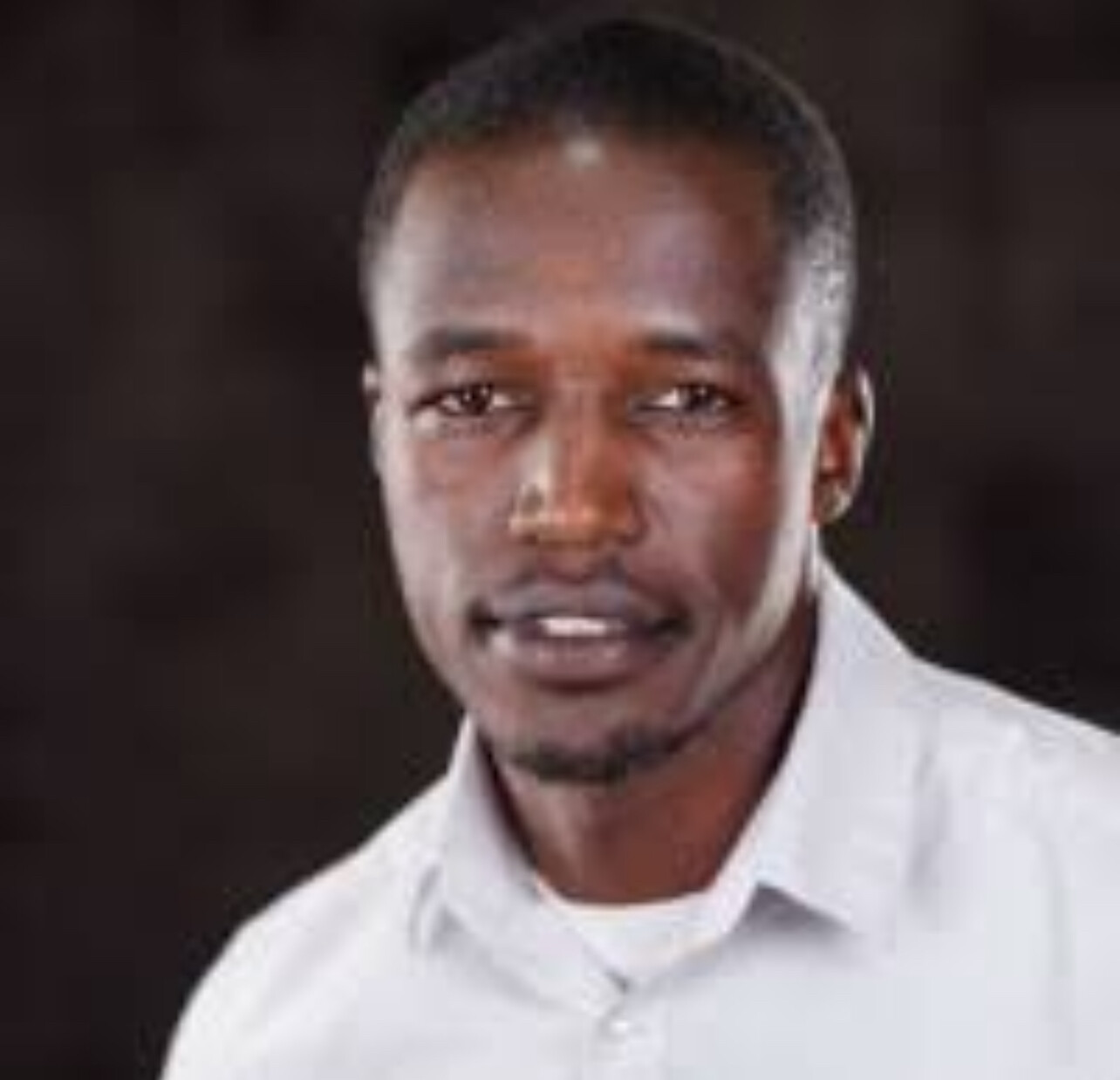
“There is nothing like this in the world,” said Emmanuel. “When Paul Kipsiele Koech, one of the 30 camp operators and an Olympic medalist, suggested I reach out to Bob—a person I had followed for years on Facebook—I hoped I would be selected to become part of the KATA family.”
Emmanuel Rotich: A Global Perspective
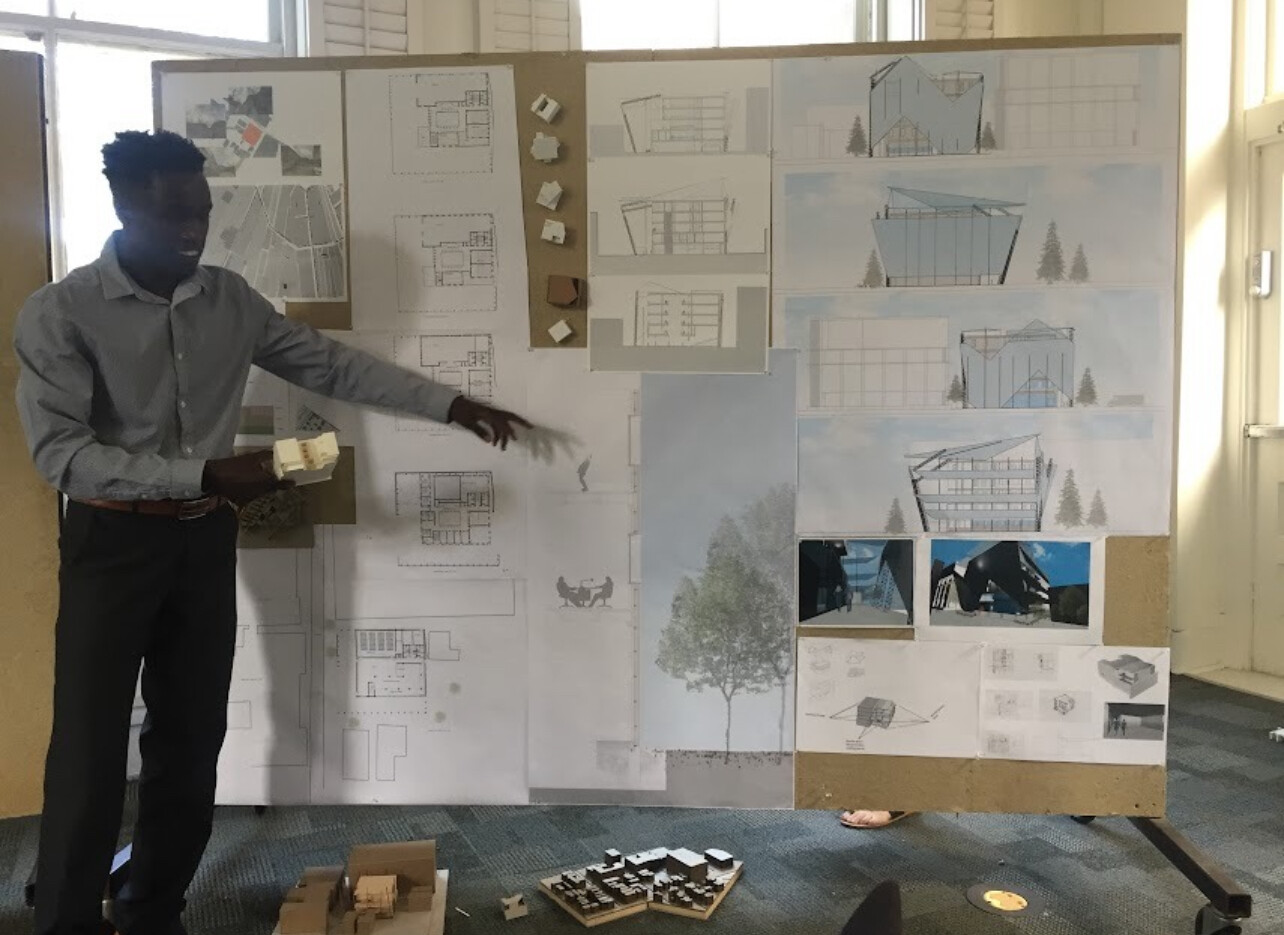
Born and raised in Kenya, Emmanuel Rotich brings an impressive mix of athletic, academic, and professional experience to KATA.
As a former student-athlete at Tulane University in New Orleans, he balanced competitive running with academics, earning a Bachelor’s degree in Architecture and a Master’s degree in Sustainable Real Estate Development. That journey instilled discipline, resilience, and a commitment to excellence—qualities he now carries into his professional career.
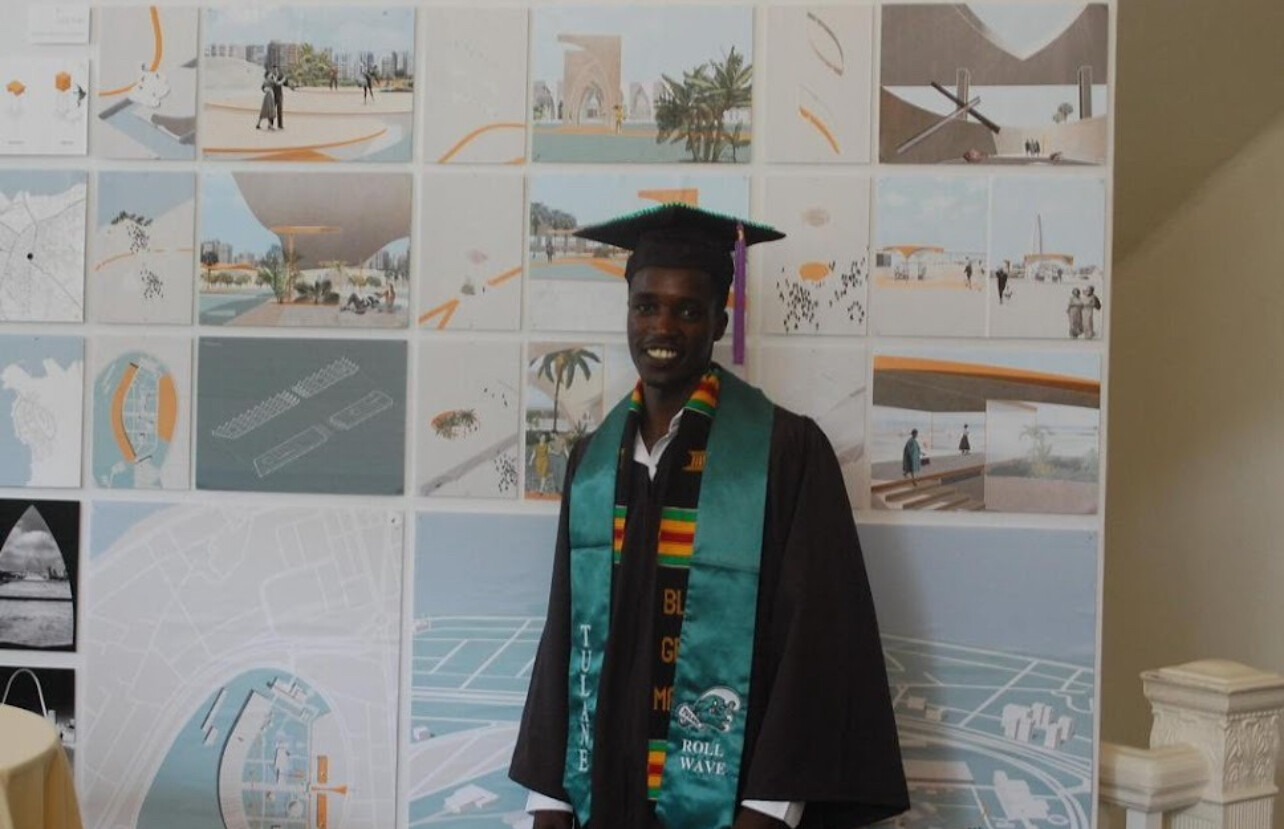
“I chose KATA because of its innovative approach to combining athletics with sustainable agriculture,” Emmanuel explained. “This dual focus reflects my values of personal development, community growth, and environmental responsibility.”
Vision for KATA
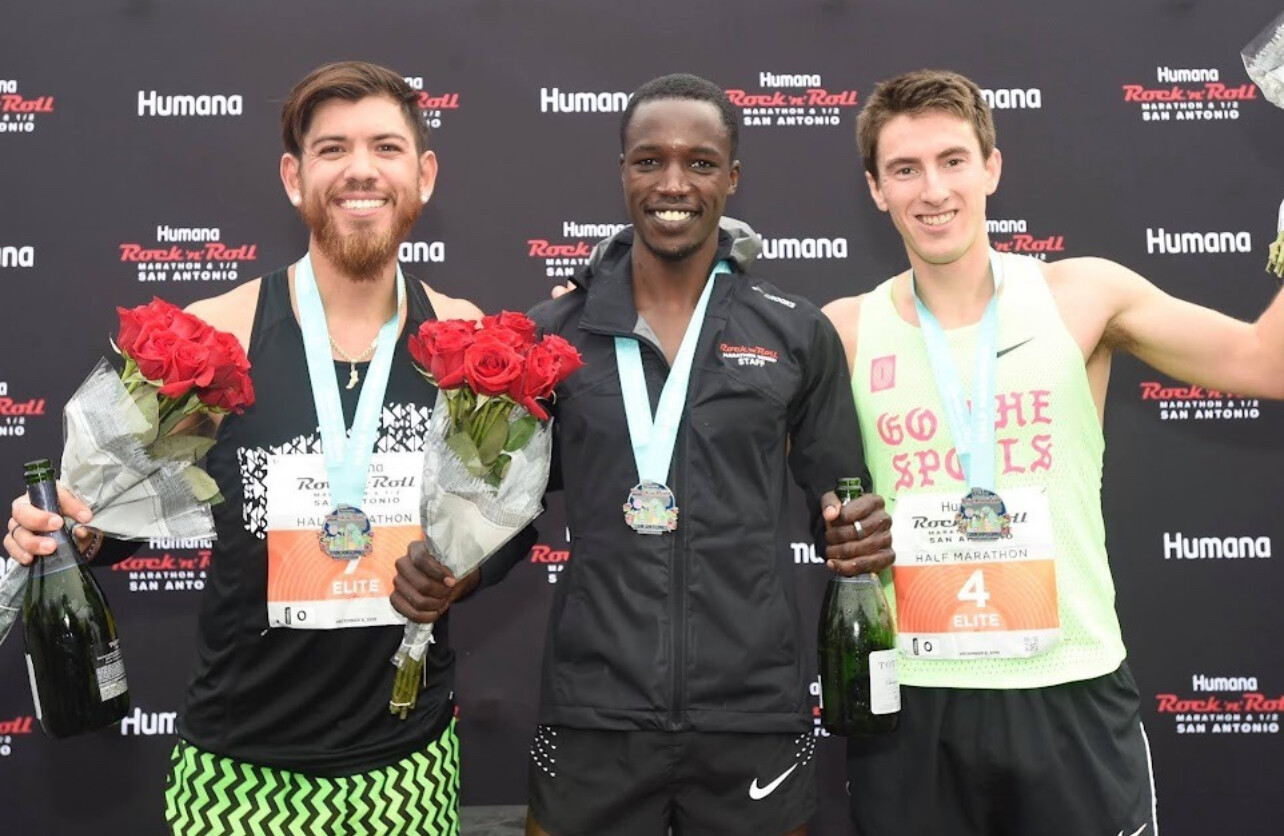
As International Manager, Emmanuel has outlined three clear goals:
1. Drive Business Growth – Build partnerships and expand KATA’s global influence.
2. Enhance Athlete Development – Ensure that runners in KATA Running Camps have the resources and opportunities they need to thrive.
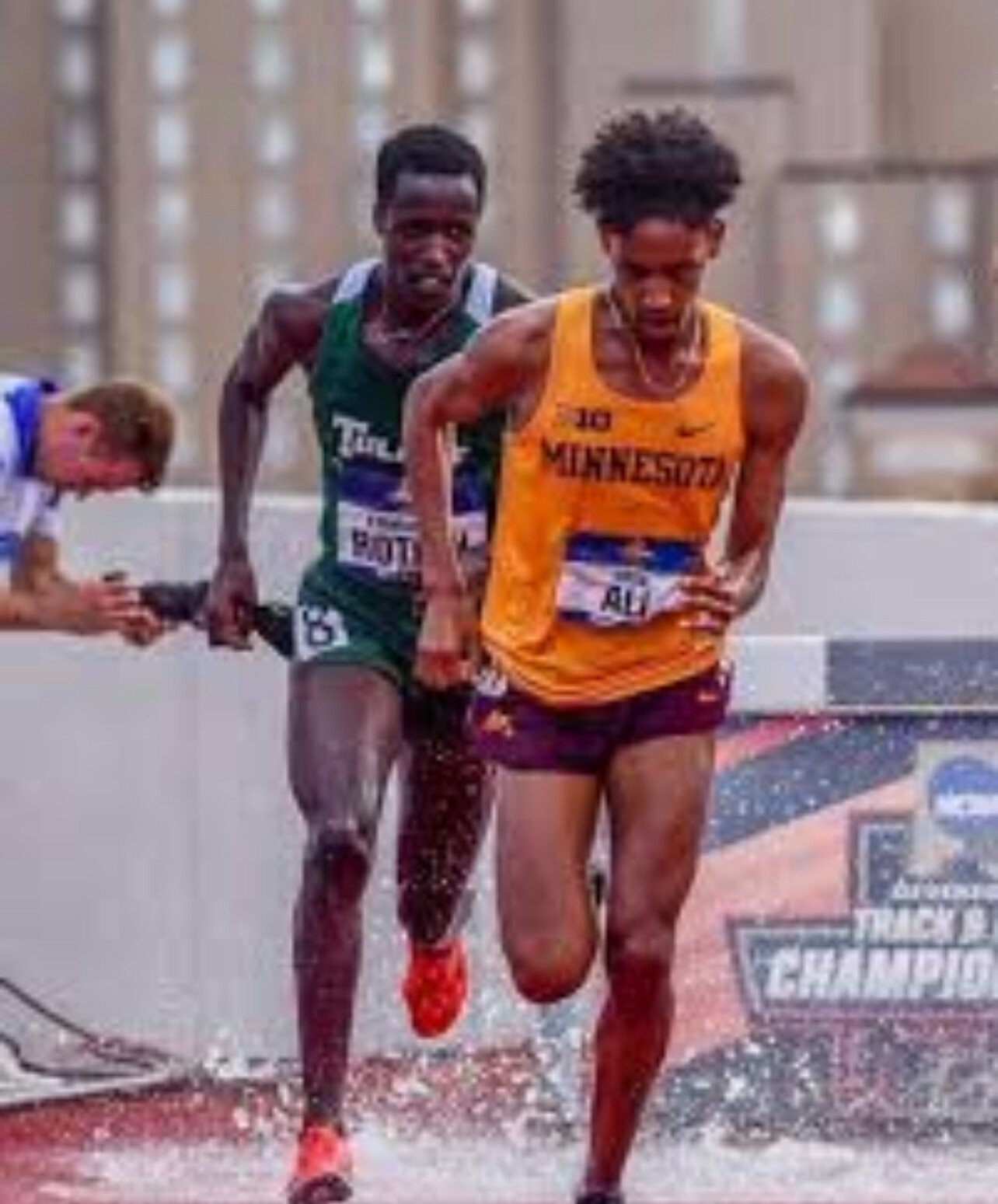
3. Promote Sustainable Agriculture – Strengthen and grow KATA Potato Farms, which underpin the program’s long-term sustainability.
His professional background spans architecture, sustainable development, logistics, and operations management, combined with the firsthand perspective of an athlete. This balance of skills positions him uniquely to guide KATA into its next phase of growth.
Looking Ahead
“I see KATA not just as an academy but as a movement that integrates sports and sustainability,” Emmanuel said. “By combining athlete development with agricultural innovation, KATA creates a model that benefits individuals, communities, and the environment. I am inspired by Bob Anderson’s leadership and excited to contribute to this vision on both local and international levels.”
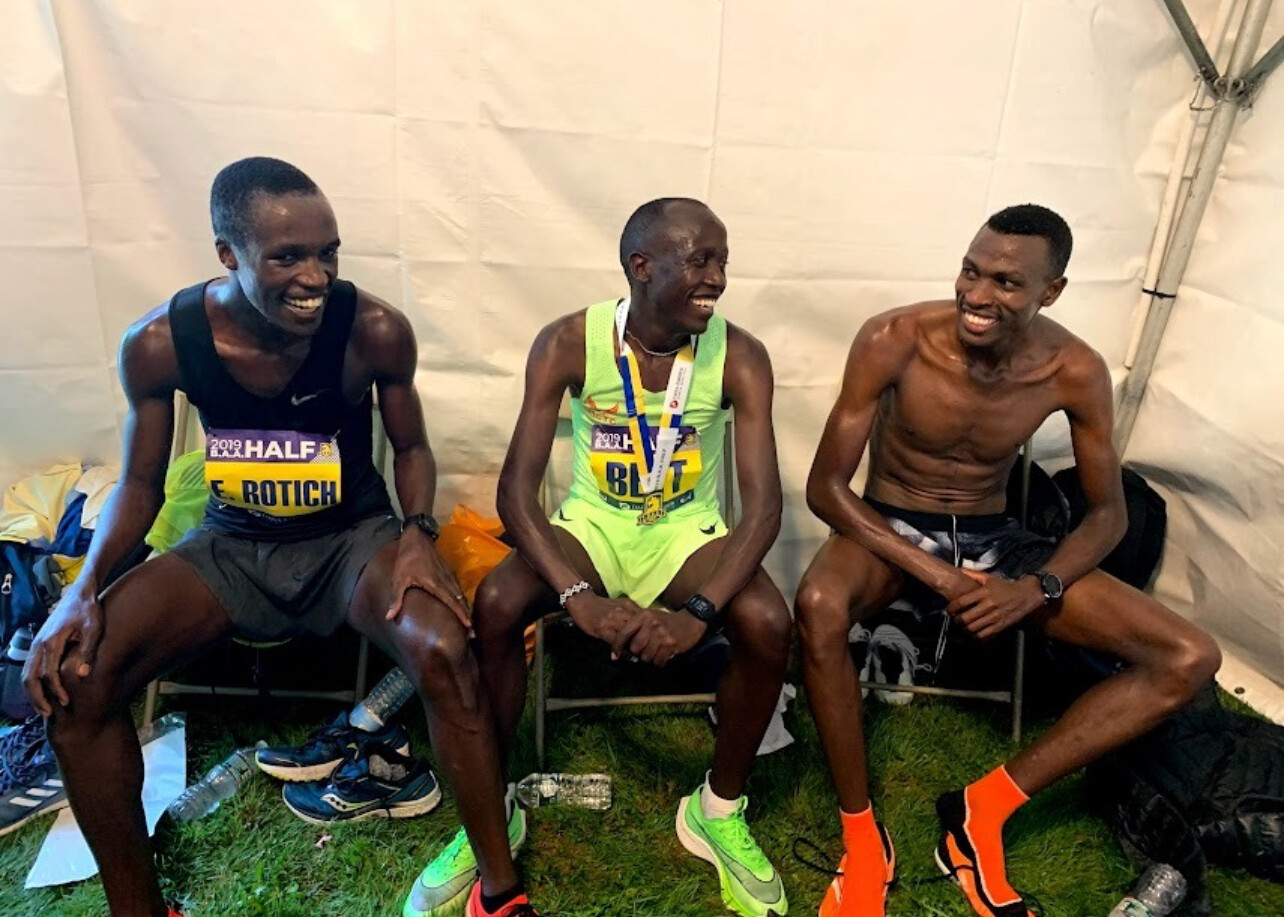
With Emmanuel Rotich stepping in as International Manager, KATA continues to gain momentum as a pioneering force in athletics and agriculture. What began as an idea just three months ago has already blossomed into a transformative program with global reach—and Emmanuel’s appointment signals that this is only the beginning.
by Boris Baron
Login to leave a comment
Battling the Elements: KATA Running Camp No. 29 Time Trials in Sirikwa
SIRIKWA, Kenya – August 18, 2025 – At nearly 2,600 meters above sea level, training is never easy—but that’s exactly the point. Athletes at KATA Running Camp No. 29, under the guidance of operator and coach Christopher Ronoh, tested their limits in the camp’s latest 10km time trial.
With steady rainfall, unforgiving hills, and the thin air of Kenya’s high-altitude highlands, the course demanded not only fitness but also courage and resilience. The results reflected that determination.
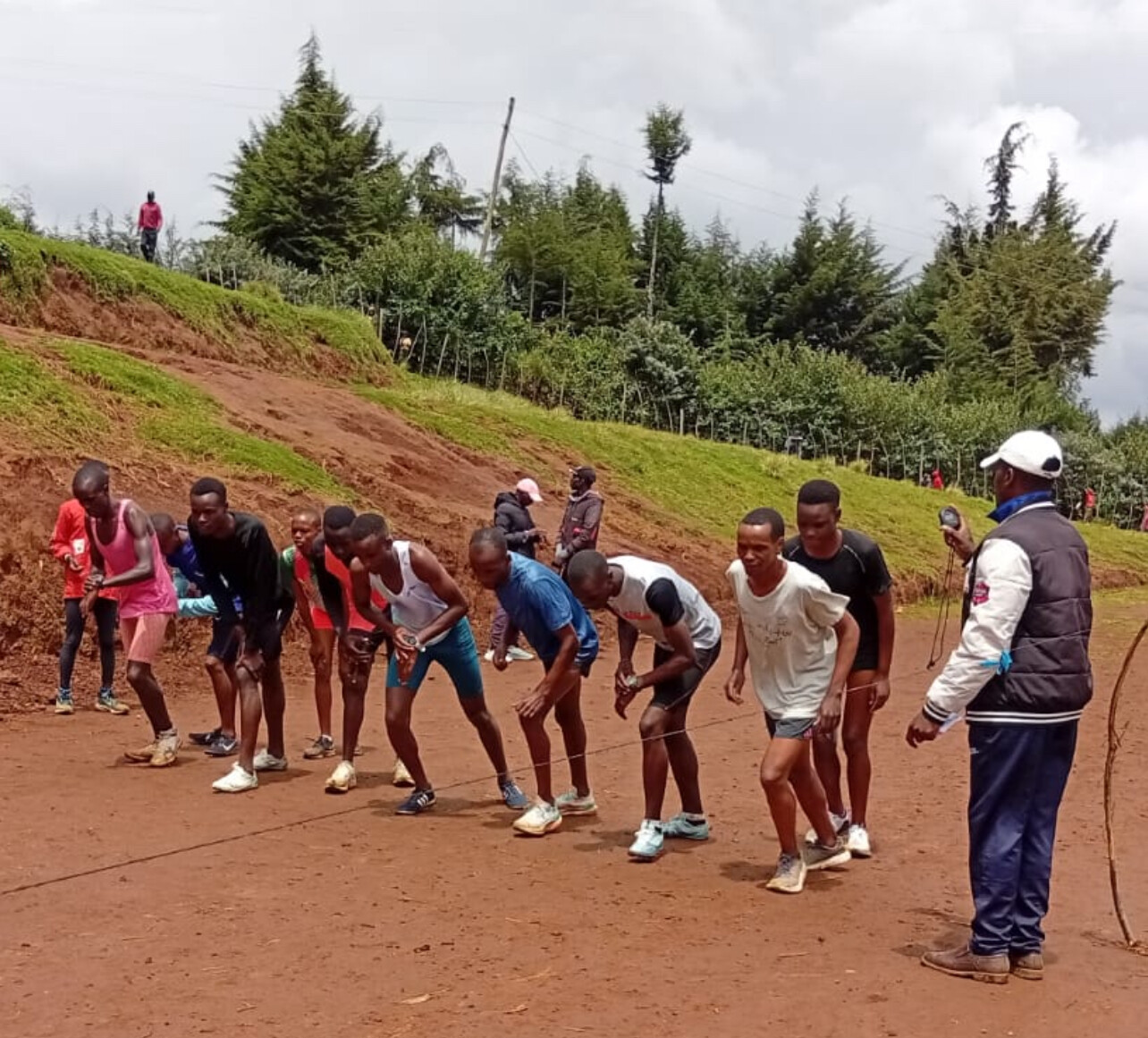
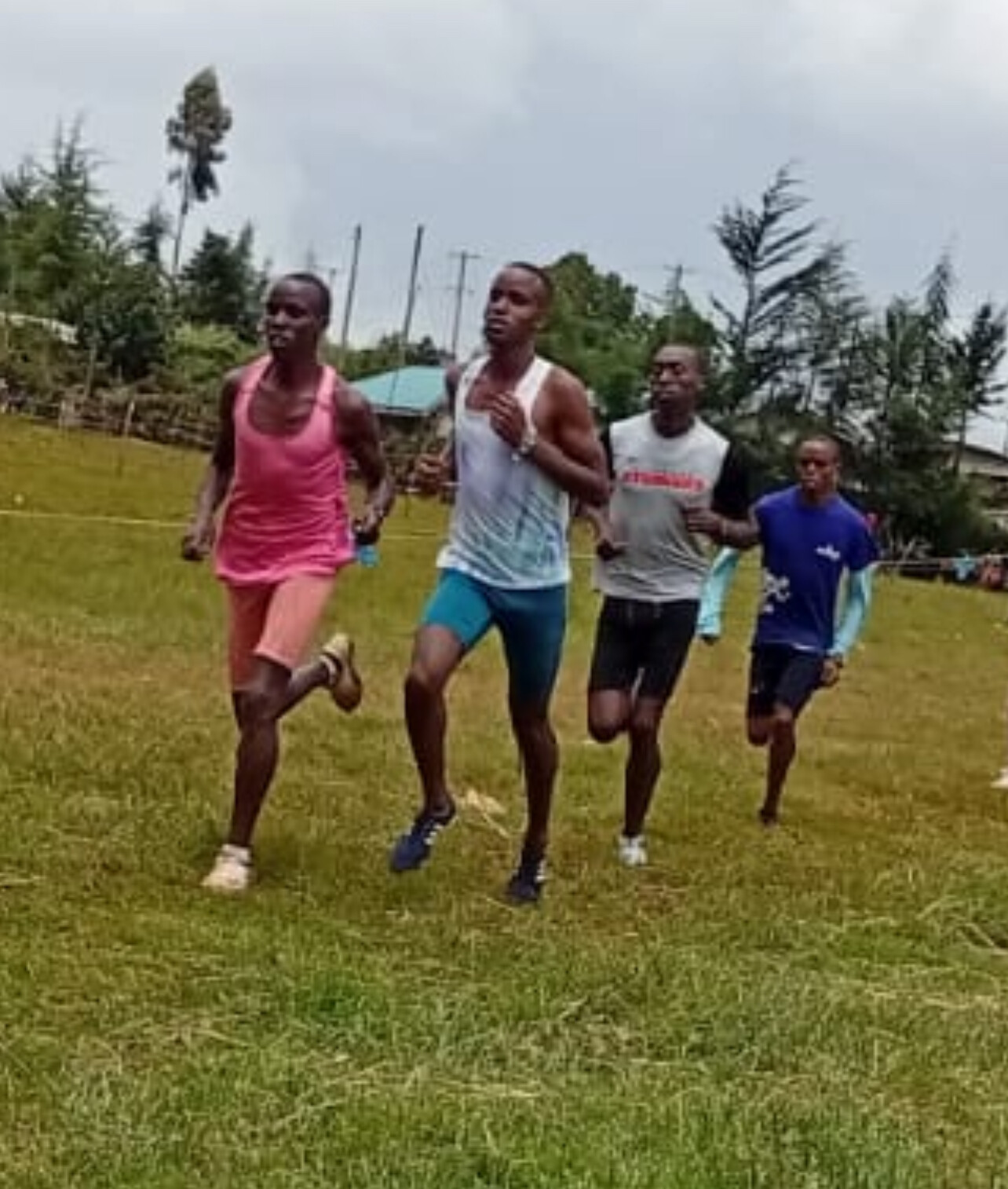
Men’s 10km Results
1. Nickson Kipkemoi – 31:05
2. Evans Langat – 31:20
3. Collins Bett – 31:32
4. Nickson Kiprotich – 31:49
5. Vincent Rono – 31:55
6. Shadrack Kiprotich Yego – 32:02
“These time trials are about more than finishing times,” said Coach Ronoh. “They teach athletes how to endure, how to handle pressure, and how to race in conditions that mirror what they’ll face internationally.”
Building Champions Through Challenge
The 10km effort was as much a mental test as a physical one. The rolling Sirikwa terrain combined with altitude pushed runners to dig deep—yet they rose to the challenge, showing the toughness that has long defined Kenyan distance running.
Kipkemoi’s 31:05 win on such a demanding course set the tone, but every athlete who crossed the line proved the strength of the camp’s training program.
Part of a Bigger Vision
KATA Running Camps, founded and directed by Bob Anderson, have rapidly grown to more than 30 locations across Kenya. Each camp provides structured training, coaching, food, and community support, with the long-term goal of preparing athletes for international success.
Time trials like this one are central to the program’s mission: sharpening athletes, building confidence, and shaping the next generation of Kenyan champions.
by Boris Baron
Login to leave a comment
Brothers From the UK Reconnect With Roots Through Running at KATA Thika Retreat
THIKA, Kenya, August 18, 2025 – When Amit and Mitul Pankhania landed in Kenya this August, it was more than a family visit. The brothers, both based in the United Kingdom, had come to see their parents, but they also sought something deeper—a chance to immerse themselves in the heartbeat of Kenyan running.
Their week-long stay at the Kenyan Athletics Training Academy (KATA) Thika Retreat, founded and directed by long-distance running enthusiast and My Best Runs publisher Bob Anderson, blended cultural reconnection with athletic discovery. It all culminated in their participation in the retreat’s monthly time trials, a hallmark of KATA’s training culture that attracts both local and international athletes.
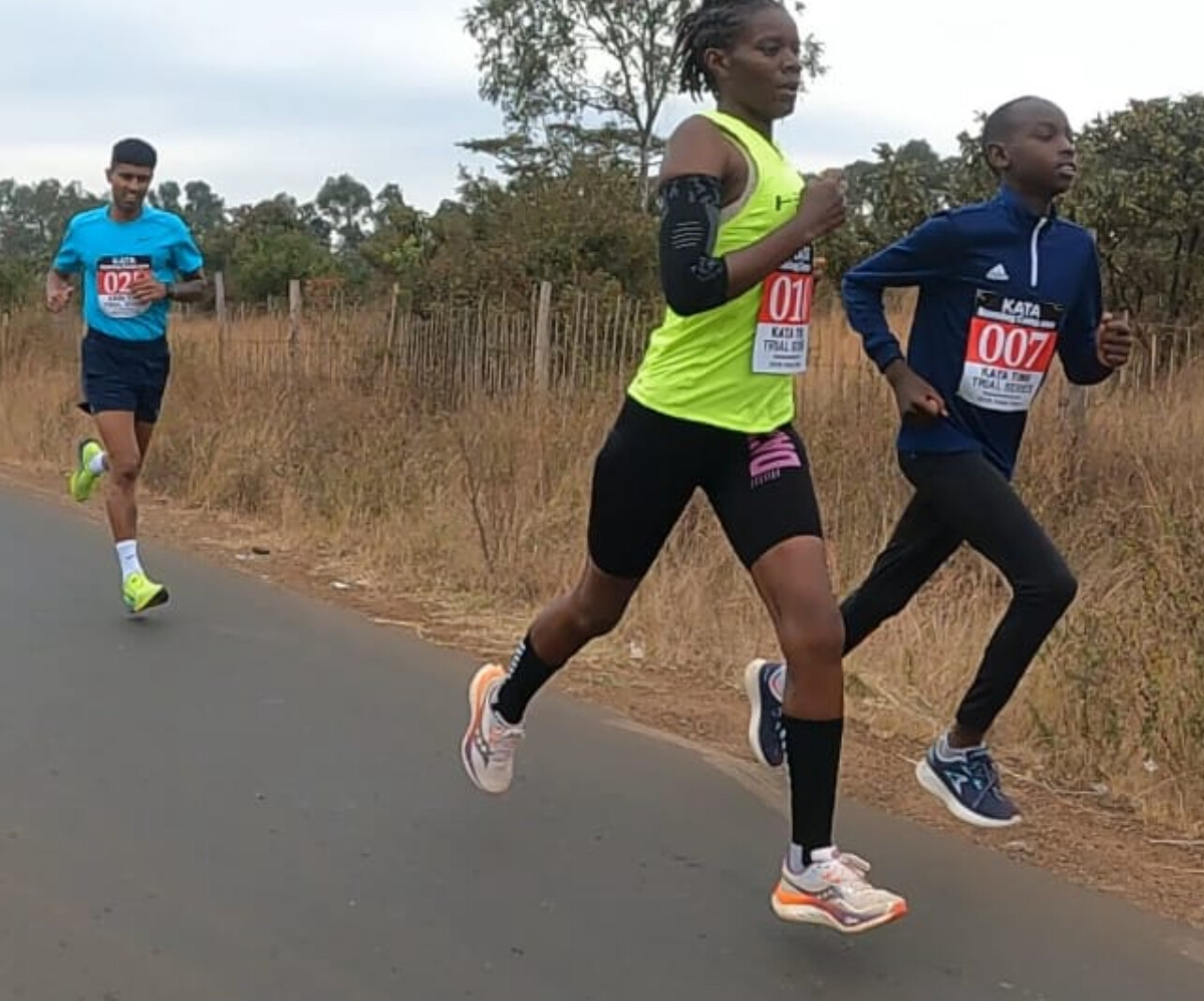
A Shared Passion for Running
Though both hold demanding professional careers in the UK, Amit and Mitul share a love for fitness and recreational running. For them, the sport is about more than paces and splits—it’s about discipline, resilience, and connection.
“Kenya has always been close to our hearts,” Amit said after completing the time trial. “This time, instead of just visiting family, we wanted to experience what makes Kenyan athletes the best in the world. Staying at KATA Thika gave us that chance.”
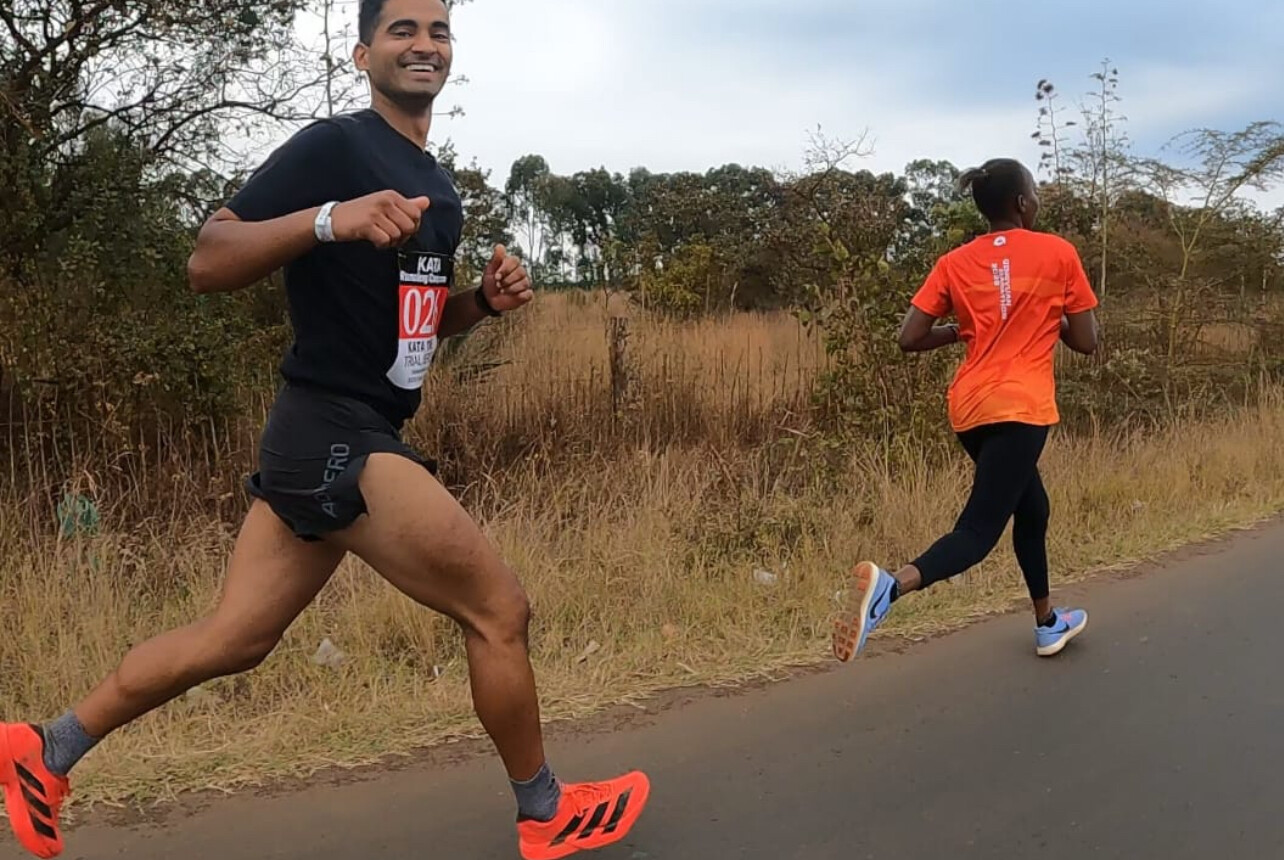
“It was inspiring to see the level of dedication here. Athletes wake up early, train hard, and push each other in ways you don’t often see back in the UK. Being part of that environment, even briefly, was eye-opening.”
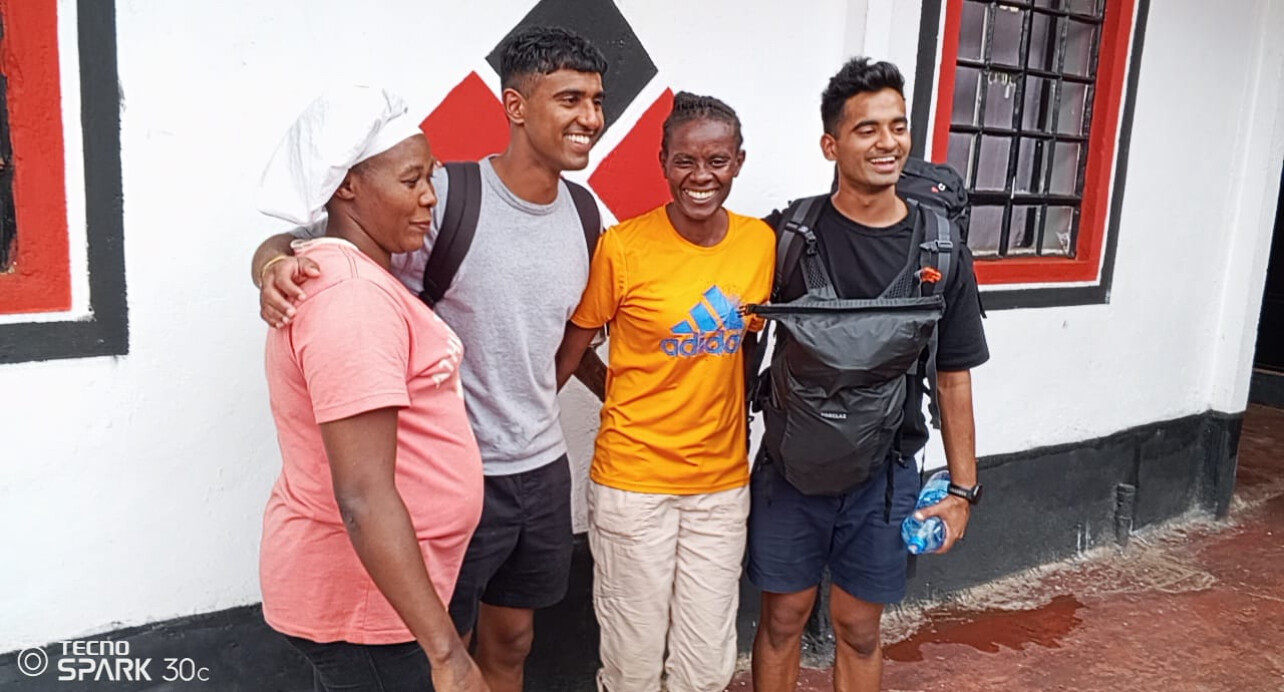
Training the Kenyan Way
For seven days, the brothers lived like KATA athletes. Mornings began with runs along Thika’s rolling hills, afternoons were spent on drills and strength work, and evenings turned into conversations about races, goals, and sacrifices.
“They didn’t come just as guests—they trained with us, ate with us, and encouraged everyone,” said Coach John, who leads training at the Thika Retreat. “That kind of interaction is important. Our athletes see how running connects people across continents.”
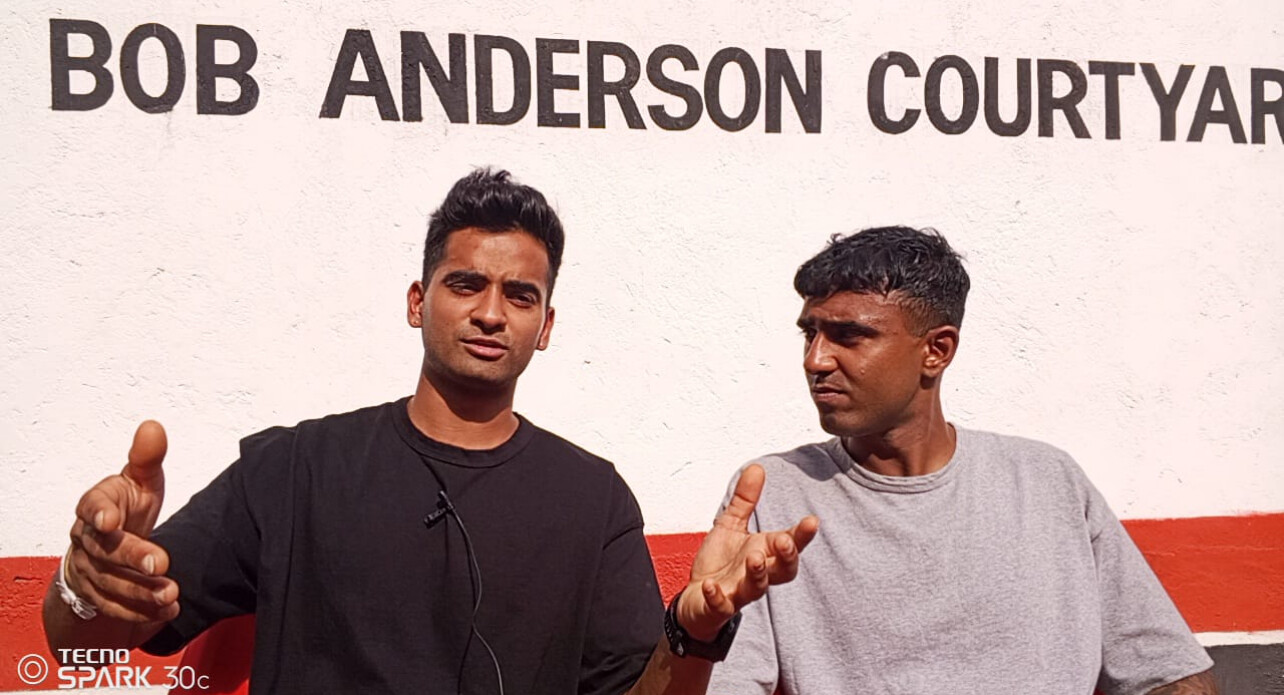
The Monthly Time Trials
The highlight of their visit came on Wednesday, August 13, at the retreat’s 5K and 10K time trials. On Thika’s undulating roads, the brothers lined up alongside dozens of local athletes, from young up-and-comers to seasoned competitors.
They weren’t there to chase podiums but to soak in the atmosphere. With nerves giving way to rhythm, Amit and Mitul pushed through the course, greeted at the finish line with cheers and applause.
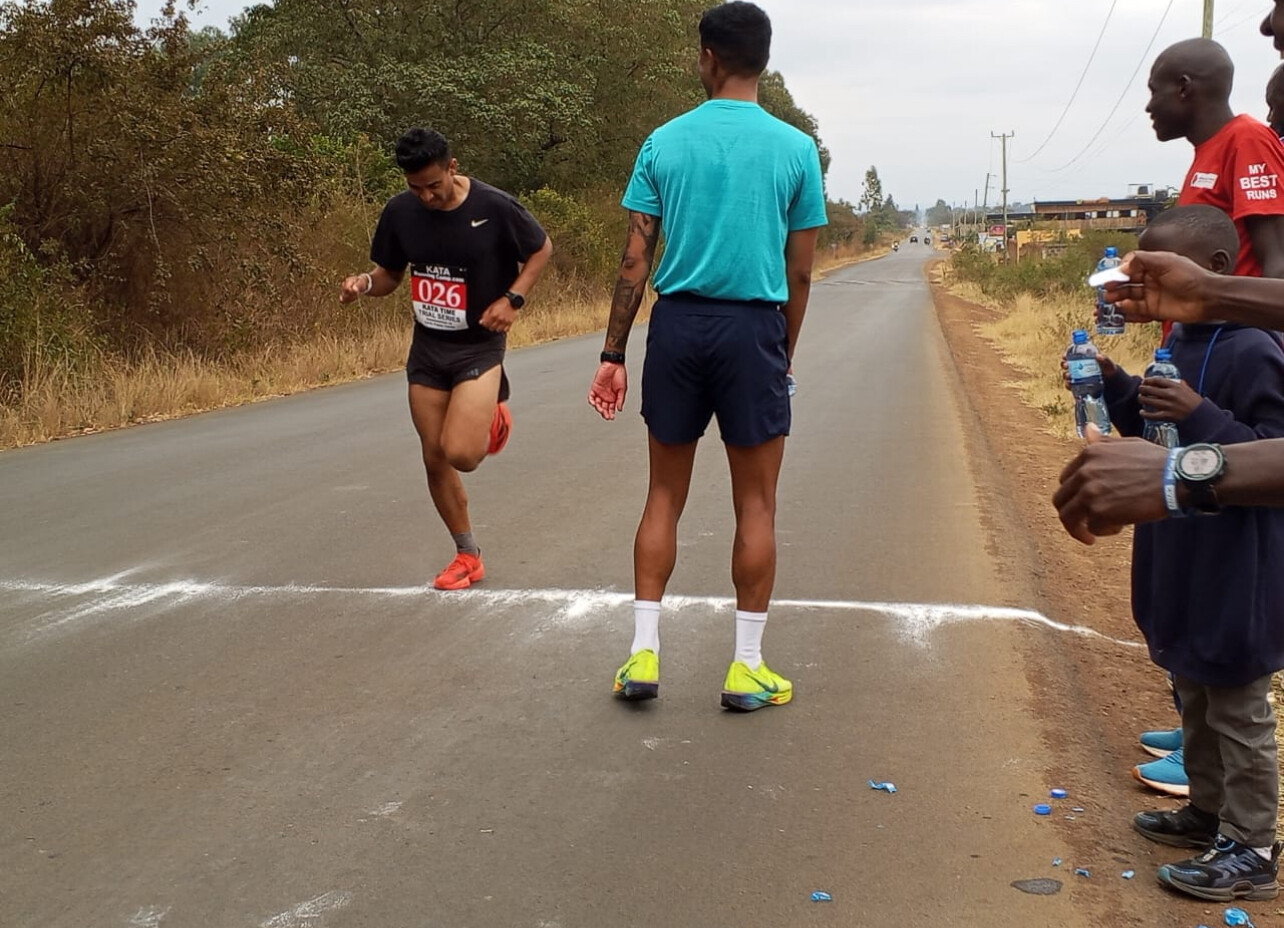
“The time trial was unforgettable,” Amit said. “It wasn’t about beating anyone—it was about being part of something bigger, a tradition that has shaped champions.”
Family, Roots, and Identity
Beyond training, the trip carried a personal weight. Visiting their parents in Kenya has always been a return to family roots. But staying at KATA Thika Retreat gave the journey new meaning.
“We grew up hearing about Kenyan running legends,” Mitul explained. “Being here, training in the same environment, made us proud of our heritage. Kenya isn’t just where our parents live—it’s a place of inspiration.”
Their parents, who visited the retreat one evening, were moved to see how athletics had deepened their sons’ connection to Kenya. It was a bridge across generations and cultures.
A Global Running Village
For Christopher Muiruri, who manages KATA Thika Retreat, stories like Amit and Mitul’s reflect its mission.
“When runners from abroad come here, it’s not just about training—it’s about learning, sharing, and inspiring,” he said. “The Pankhania brothers brought incredible enthusiasm, and they left with memories that will last a lifetime.”
Indeed, their journey underscored how running transcends borders. Whether on the streets of London or the roads of Thika, the sport continues to connect people in powerful ways.
Looking Ahead
As they return to the UK, Amit and Mitul carry more than memories. They take with them the rhythm of early-morning runs, the camaraderie of shared meals, and the spirit of Kenyan running that has inspired athletes worldwide.
“We’ll be back,” Amit promised. “And next time, we’ll bring friends to share this magic.”
Mitul added with a smile, “Running brought us closer to our heritage on this trip. That’s something you can’t put a price on.”
For KATA Thika Retreat, the visit was a reminder that athletics isn’t only about producing champions—it’s about building bridges. And for the Pankhania brothers, it was a journey that blended family, fitness, and the enduring heartbeat of Kenyan running.
by Robert Kibet
Login to leave a comment
KATA Camp Olenguruone/Nakuru Time Trials Deliver Thrilling 5km Races
Olenguruone/Nakuru, Kenya – August 17, 2025 – The KATA Camp Olenguruone Satellite, operated by Coach Charles Ngeno in partnership with KATA Nakuru Camp, hosted highly competitive 5km time trials that showcased the depth of rising Kenyan talent across both men’s and women’s races.
Men’s 5km Race

The men’s event was a tightly contested battle from the start, with the lead pack pushing a relentless pace. In the end, it was Vincent Sang (Bib 019) who surged to victory, clocking 13:42.00. He was closely followed by Wonder Kipngeno (Bib 006) in 13:45.03, with Clinton Kimutai (Bib 001)rounding out the podium in 13:50.07.
Just seconds behind, Robert Sigei (Bib 002) finished in 13:53.12, while Jasis Cheruiyot (Bib 021)and Aron Rutto (Bib 023) crossed almost shoulder-to-shoulder in 13:57.06 and 13:57.21respectively. The depth of the field was evident, with all top ten men finishing under 14:11.
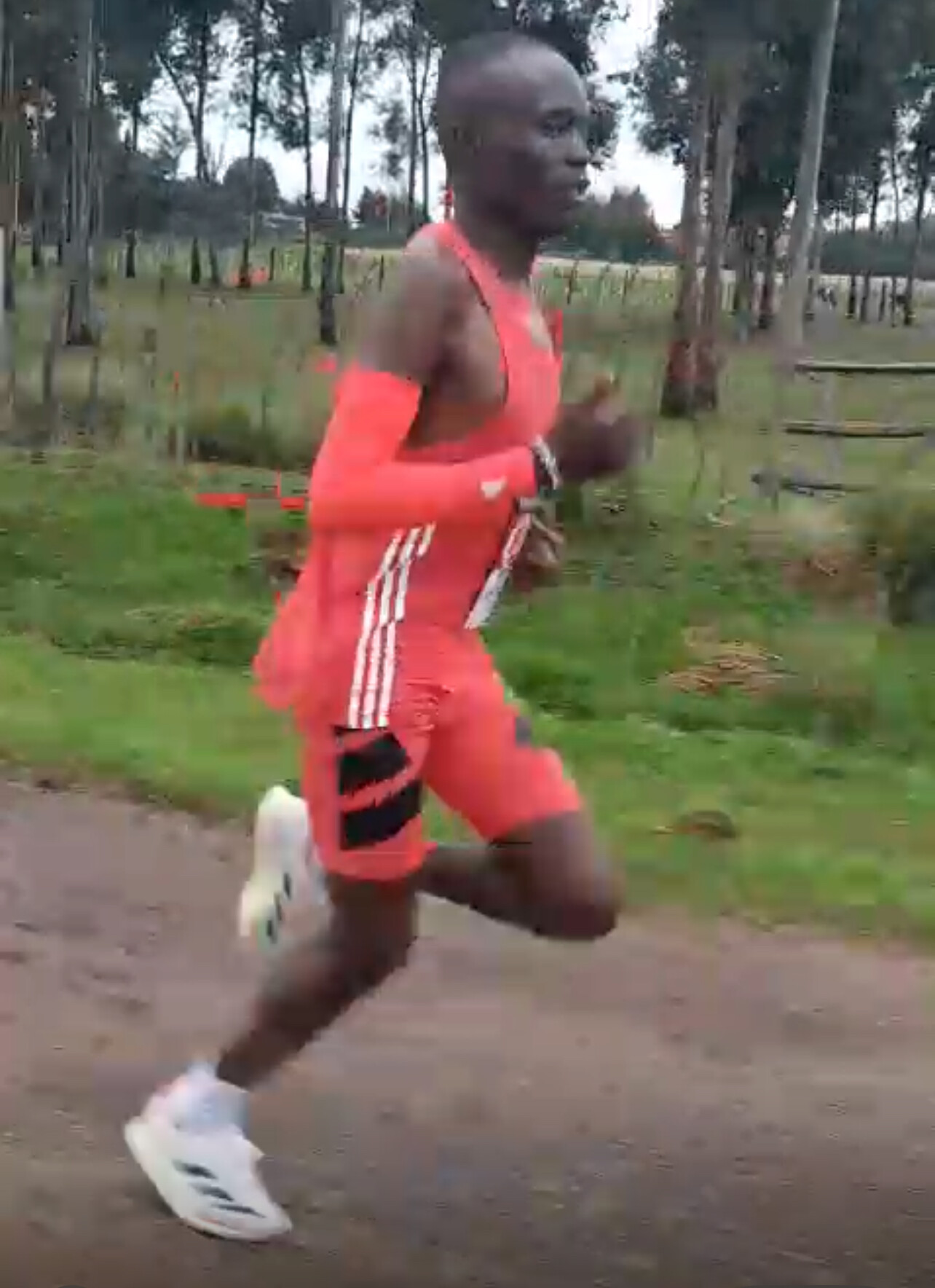
Top 10 Men’s Results (5km)
1. Vincent Sang – 13:42.00
2. Wonder Kipngeno – 13:45.03
3. Clinton Kimutai – 13:50.07
4. Robert Sigei – 13:53.12
5. Jasis Cheruiyot – 13:57.06
6. Aron Rutto – 13:57.21
7. Clinton Kipkurui – 13:58.11
8. Emmanuel Kiprotich – 13:59.36
9. Collins Kiplui – 14:06.07
10. Kelvin Kipkorir – 14:10.04
Women’s 5km Race
The women’s race was equally fierce, with the top three athletes finishing within just three seconds of each other. Mary Chepkoech (Bib 028) took the win in 15:57.01, edging out Ida Chepkoech (Bib 027), who clocked 15:59.11. Faith Chepluru (Bib 026) secured third with 15:59.36, only fractions of a second behind.
Close on their heels, Tabitha Cheropgeitch (Bib 039) finished in 16:00.10, while Deborah Chepkoech (Bib 030) and Abigael Chelanga (Bib 024) battled through in 16:04.22 and 16:05.07. With nearly the entire top 10 within 13 seconds, the women’s field proved both deep and competitive.
Top 9 Women’s Results (5km)
1. Mary Chepkoech – 15:57.01
2. Ida Chepkoech – 15:59.11
3. Faith Chepluru – 15:59.36
4. Tabitha Cheropgeitch – 16:00.10
5. Deborah Chepkoech – 16:04.22
6. Abigael Chelanga – 16:05.07
7. Brenda Cherotich – 16:07.13
8. Irvine Chepkolir – 16:08.01
9. Duti Chemytai – 16:10.09
Building the KATA Legacy
The Olenguruone/Nakuru trial is part of the fast-growing KATA Running Camp initiative, founded by Bob Anderson, which has now launched 30 camps across Kenya. Each camp blends elite training with community support, providing athletes with opportunities to develop their potential while also contributing to KATA’s innovative potato farming model – fueling both champions and local livelihoods.
by Boris Baron
Login to leave a comment
KATA Time Trial at Kangundo Camp 17 Showcases Rising Talent
Kangundo, Kenya – August 2025 – The KATA Running Camp 17, operated by legendary marathoner Jimmy Muindi, hosted a competitive 10km time trial that highlighted both established runners and emerging young talent.
The event saw Thomas Mutua take command of the race, finishing first in a sharp 30:35, closely followed by Francis Kioko, who crossed the line just ten seconds later in 30:45. The battle for third was claimed by Joshua Maingi in 31:40, holding off Daniel Kilonzo (32:30).
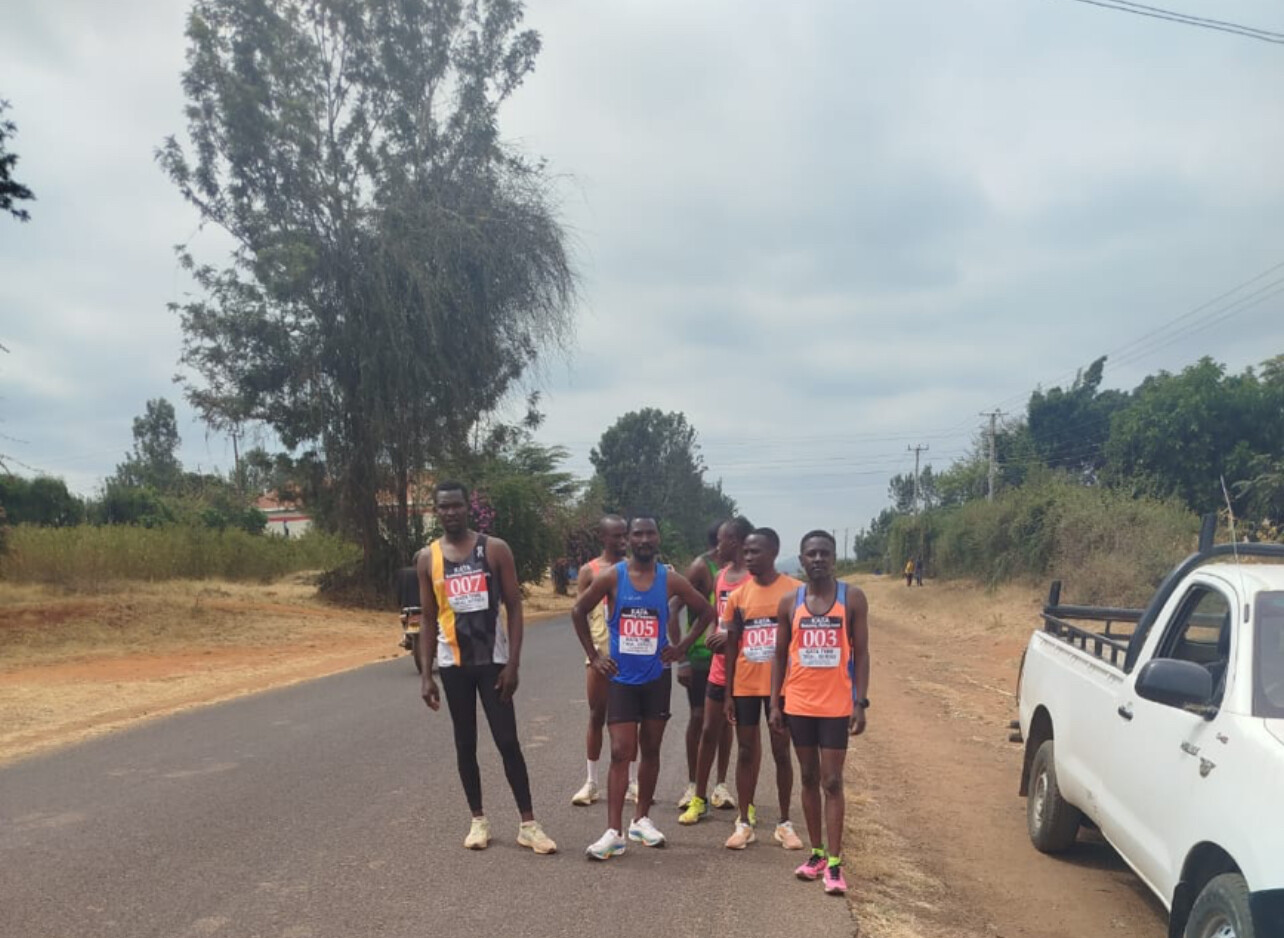
Further down the field, Charles Ndunda clocked 35:25, while the standout performance of the day came from 14-year-old Stephen Kioko, who impressed the camp with a determined 37:20 over the challenging 10km distance. Maingi Mutisya rounded out the results with 37:40.
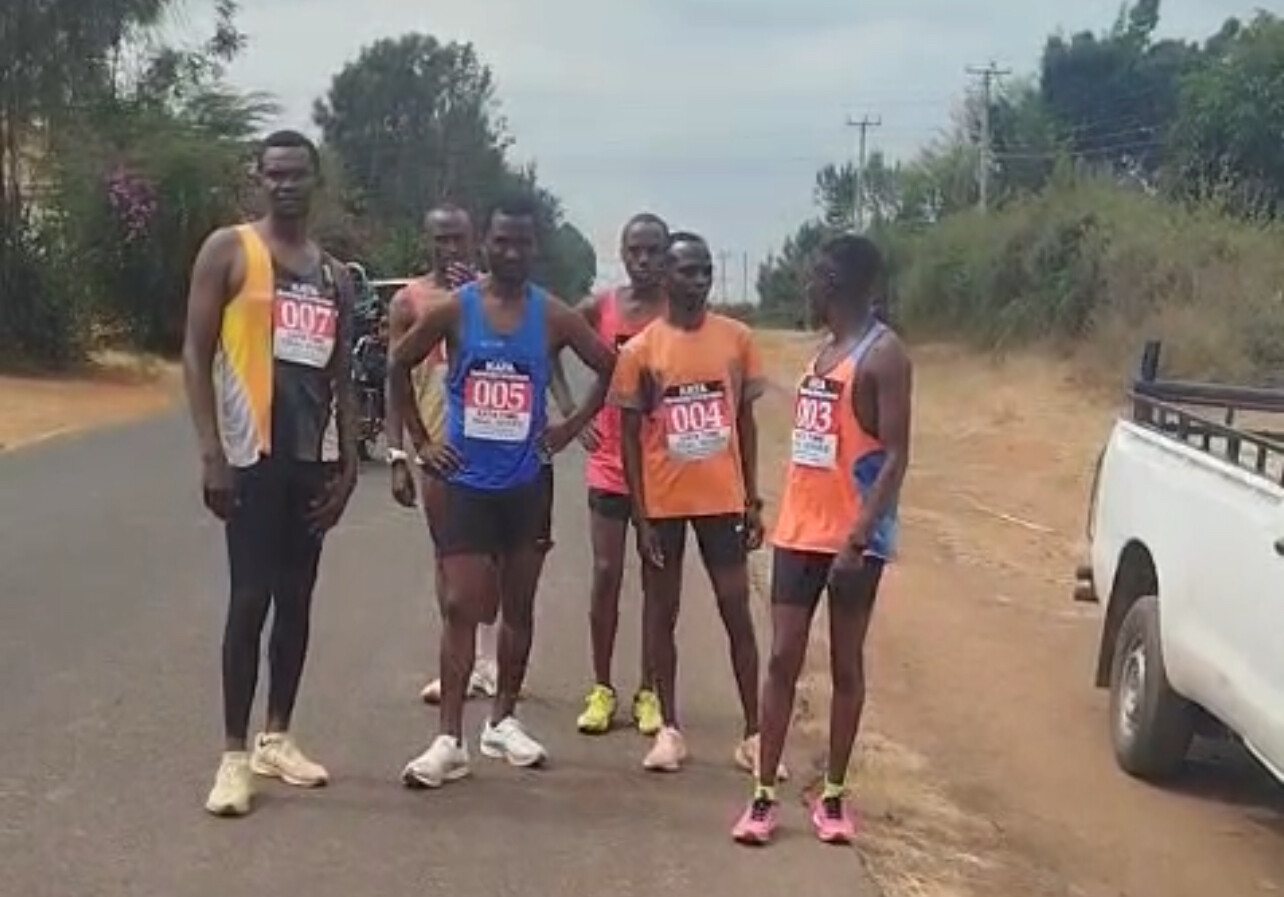
Results – KATA Kangundo Camp 17, 10km
1. Thomas Mutua – 30:35
2. Francis Kioko – 30:45
3. Joshua Maingi – 31:40
4. Daniel Kilonzo – 32:30
5. Charles Ndunda – 35:25
6. Stephen Kioko (14 yrs) – 37:20
7. Maingi Mutisya – 37:40
Camp 17 continues to build momentum under the guidance of Muindi, a six-time Honolulu Marathon champion and one of Kenya’s most respected road runners. The Kangundo group is part of the expanding KATA program, founded by Bob Anderson, which has now established 30 KATA Running Camps across Kenya. Each camp pairs elite-level training with a sustainable farming model, creating opportunities for athletes to chase their running dreams while supporting local communities.
by Boris Baron
Login to leave a comment
Stong Performances at KATA 30 Tulwet Athletics Training 10K Time Trials
Tulwet, Kenya – August 2025 – The KATA Tulwet Athletics Training Camp hosted its latest 10K time trials, with a competitive field delivering strong performances under the guidance of Coach Alfred Ngeno.
In the Men’s 10K, Vincent Kipkirui led the charge, clocking an impressive 28:53 to secure first place. He was closely followed by Kipkorir Birir, who crossed the line in 28:57, and Moses Tanui, who recorded 28:59. Robert Bowen rounded out the top four with a solid 29:10.
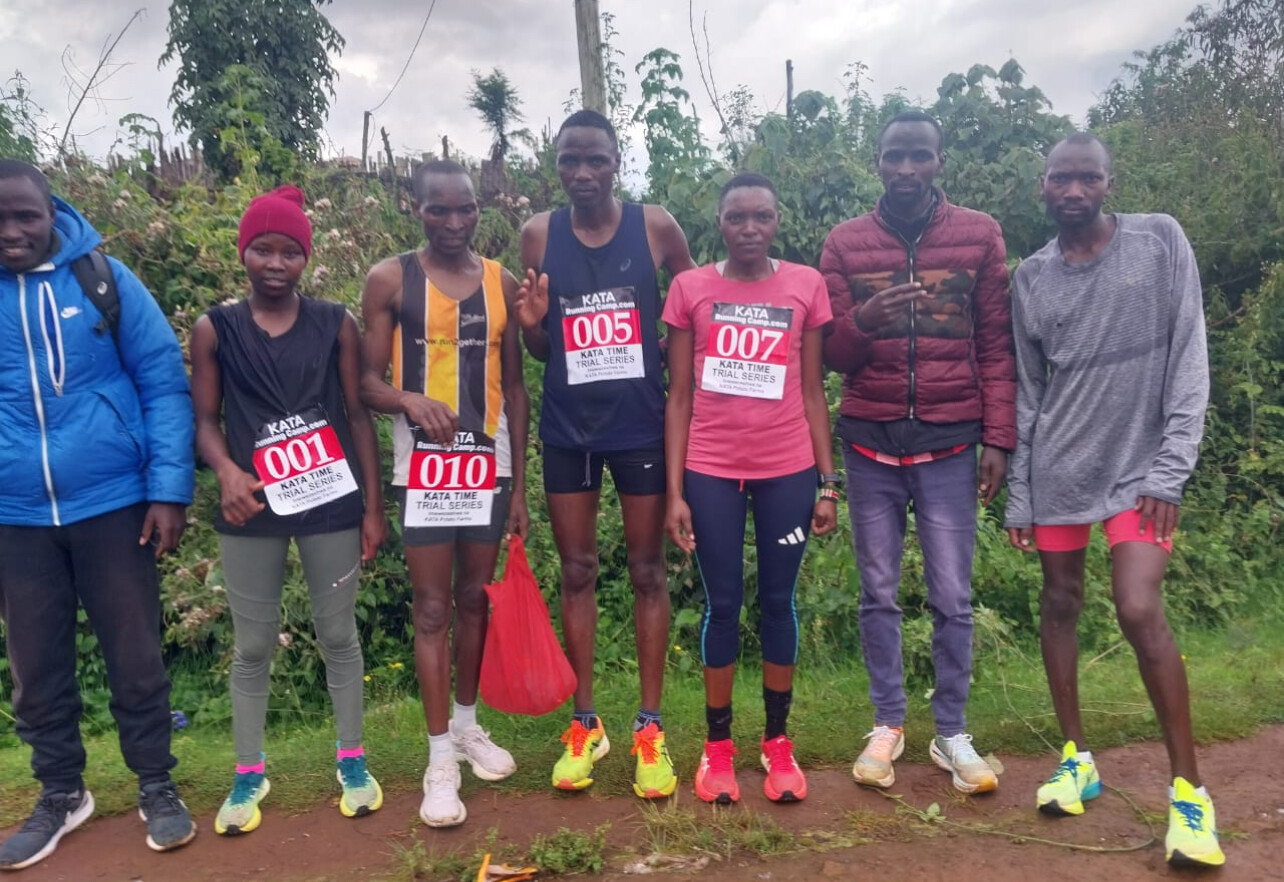
In the Women’s 10K, Milka Chepkirui delivered a determined performance, finishing in 34:26 to take the top spot in her category.
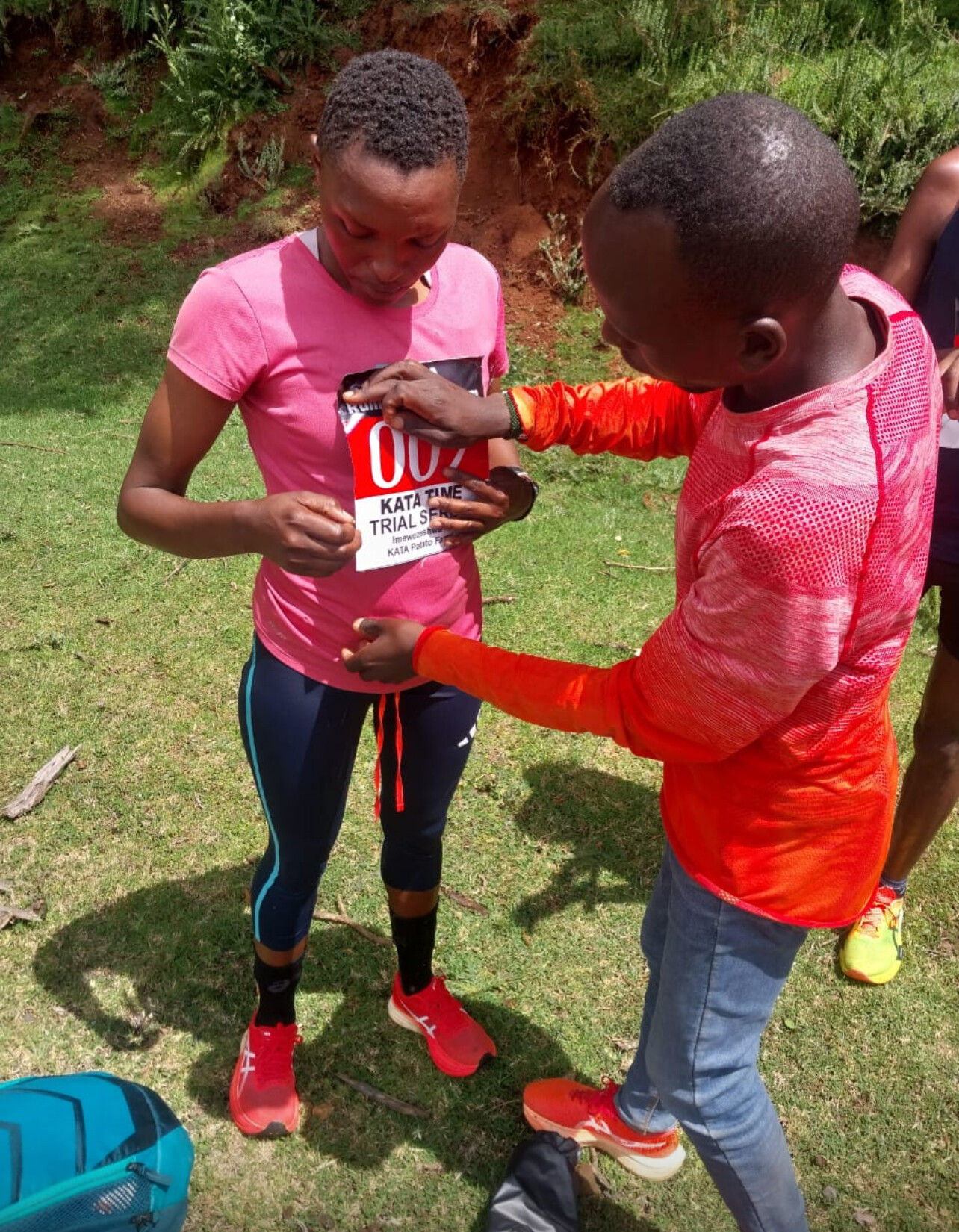
Coach Alfred Ngeno praised the athletes’ efforts, noting that these times reflect the camp’s dedication to consistent training and the high altitude advantages of Tulwet.
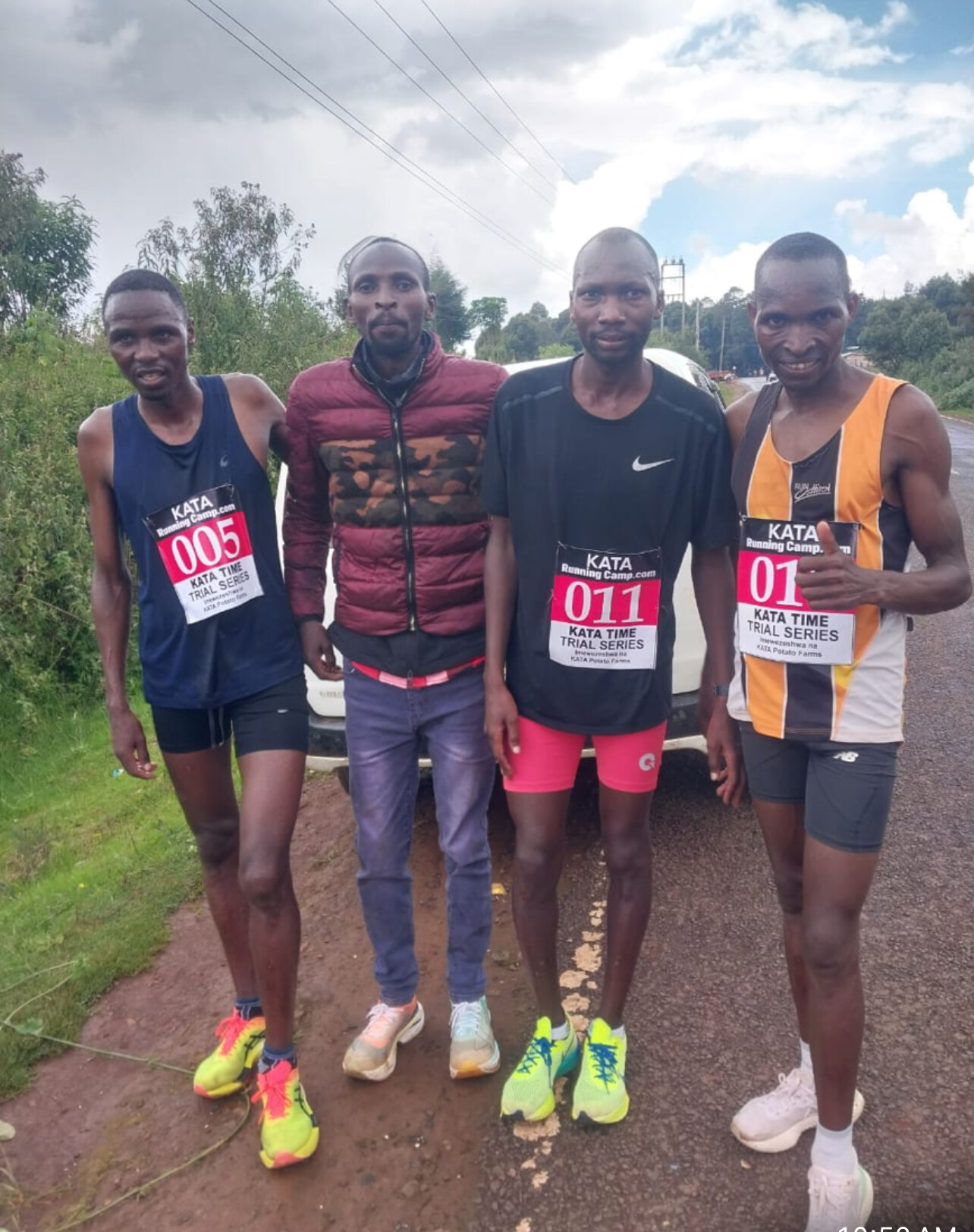
The KATA Running Camp and KATA potato Farm program, founded by Bob Anderson, continues to expand across Kenya, integrating athletics training with its innovative KATA Potato Farm initiative. With camps like Tulwet producing sub-29-minute 10K runners, the program is proving to be a vital platform for developing world-class talent.
by Boris Baron
Login to leave a comment
Kiambu KATA Running Camp 16 Showcases Sprint Power and Potato Farm Progress
Camp ID: 16. Location: Kiambu, Kenya | Coach: Julius Gacheru Migwi. Date: August 13, 2025
The Kiambu KATA Running Camp 16, one of Kenya’s premier sprint training bases, hosted a cold-weather time trial that delivered a strong build-up for its athletes. Despite the chilly conditions, all races finished on time and the atmosphere was boosted by a visit from Frida, who praised the sprinters’ form—especially camp star Doreen Waka.
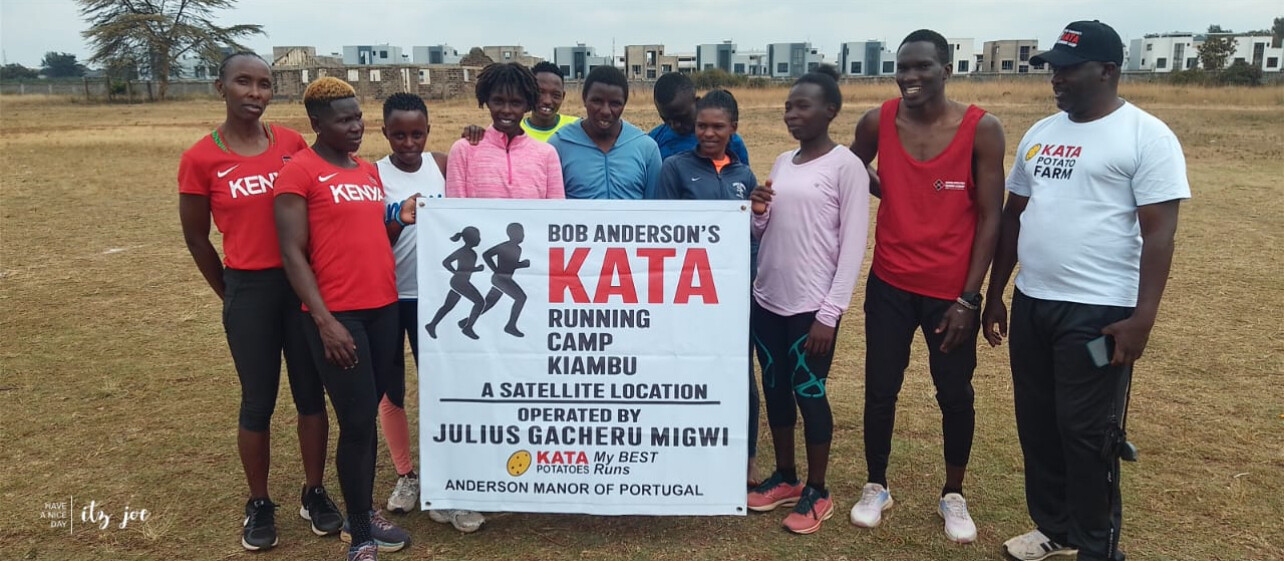
Under the leadership of Coach Julius Migwi, the camp continues to produce elite-level sprinters while also embracing the KATA Potato Farms initiative. The Kiambu potato farm has already planted two acres, providing an additional income stream to support the athletes.
Results
Men’s 600m
Moses Solonka (Age 20, Bib 003) – 1:24
Antony Owino (Age 33, Bib 001) – 1:36
Women’s 600m
Emma Wavinya (Age 23, Bib 007) – 1:42
Sheila Mayenze (Age 23, Bib 011) – 1:47
Peris Chege (Age 36, Bib 005) – 1:53
Men’s 400m
Edwin Mutuma (Age 25, Bib 008) – 56.9
Joseph Kamau (Age 24, Bib 002) – 58.1
Chris Mutahi (Age 26, Bib 006) – 58.3
Women’s 400m
Doreen Waka (Age 30, Bib 010) – 67.4
Jesinta Kibathi (Age 22, Bib 004) – 67.7
Ruth Mumbe (Age 29, Bib 009) – 69.1
Quote from the Camp:
“We are grateful to Bob Anderson for sponsoring the camp. More than that, Bob has helped us start potato farming, which is doing very well. Long live the KATA Family, and may God bless Bob and Catherine.”
by Boris Baron
Login to leave a comment
First-Ever Time Trial at KATA Running Camp Keringet Showcases Talent and High-Altitude Potential
Location: Keringet, Kenya | Camp ID: 03 Lead by Sammy Dismas
Elevation: ~2,500–2,600m
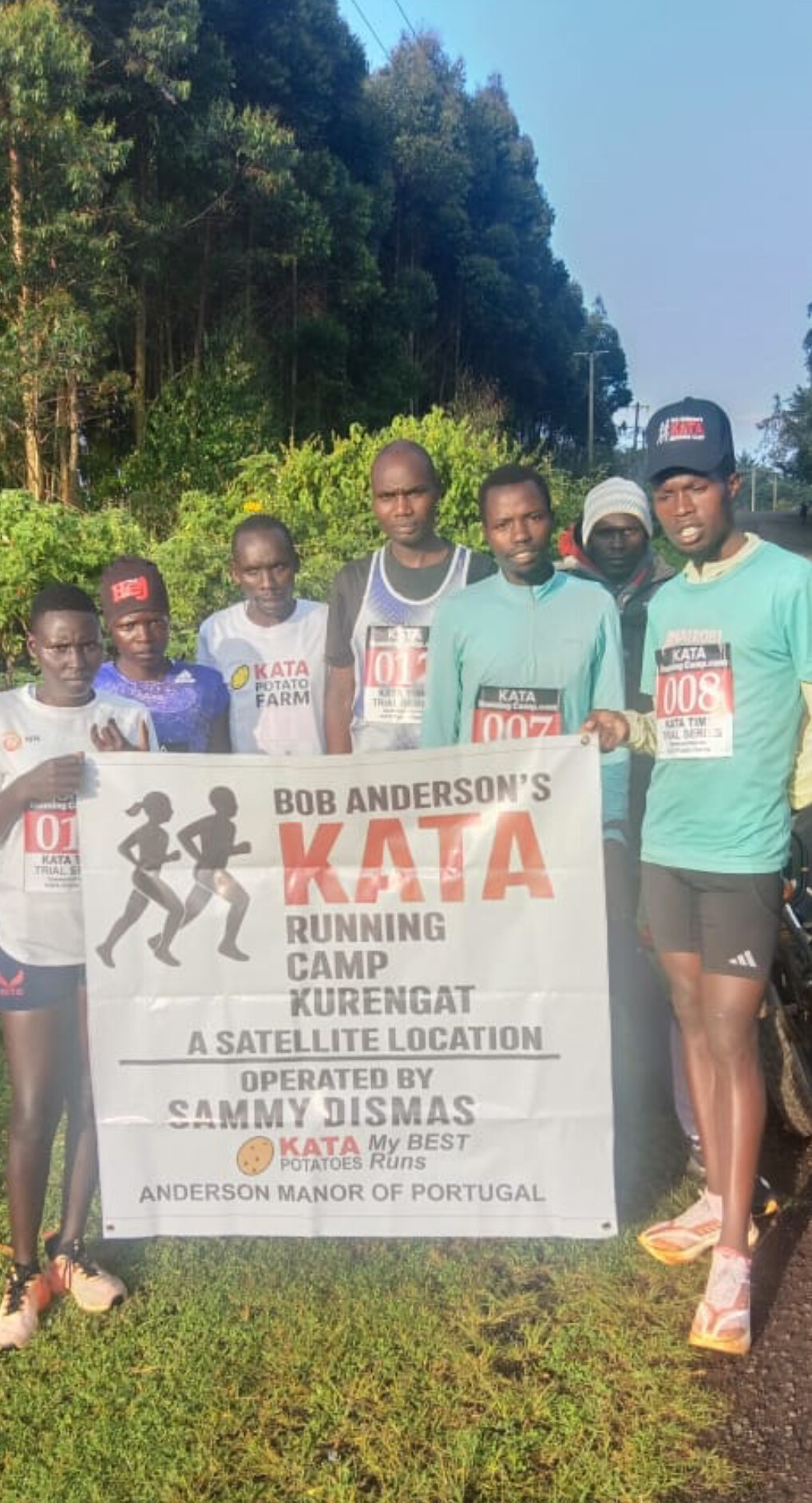
The KATA Running Camp Keringet, located in the historic athletics town of Keringet, hosted its first-ever time trial—a major milestone for the camp and its athletes.
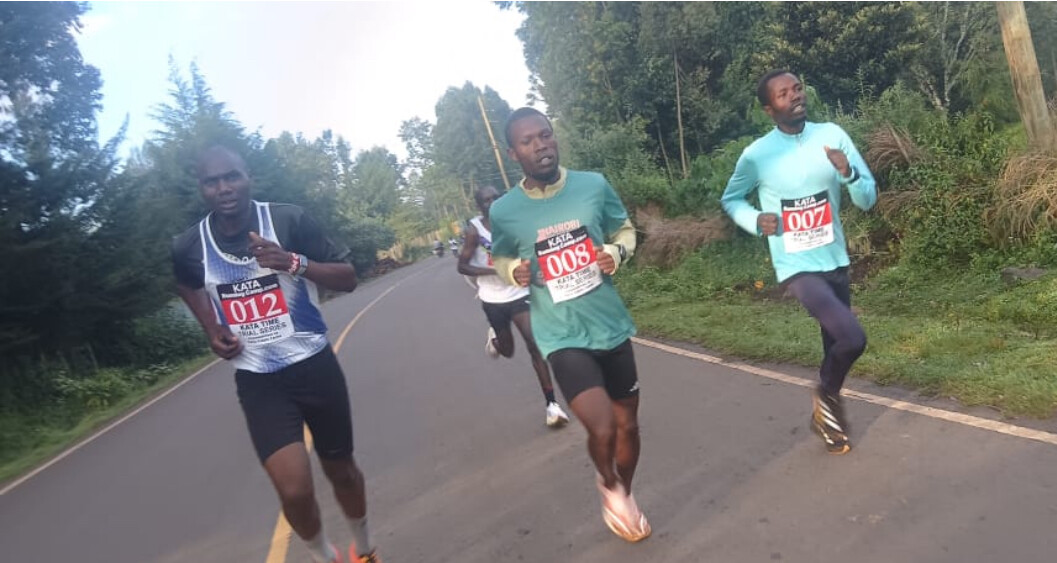
Keringet is renowned for its rich history in athletics, producing top-level runners for decades. Its high-altitude location (2,500–2,600m) offers ideal weather and terrain for endurance training. The area is also well-suited for potato farming, making it a perfect fit for KATA’s dual mission of elite training and agricultural sustainability.
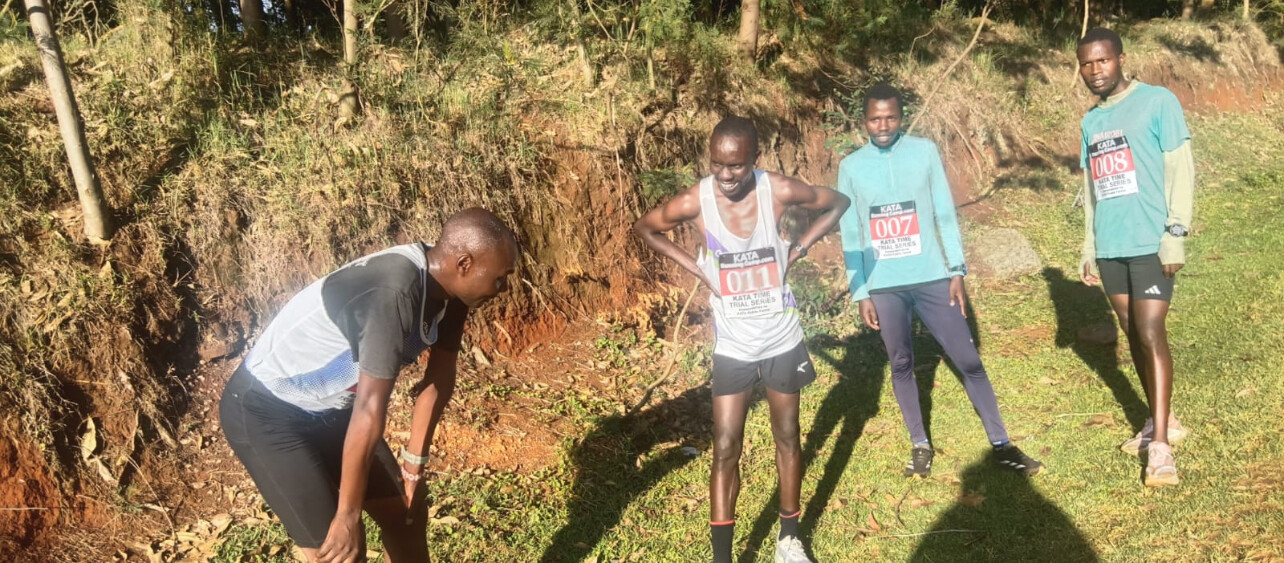
A Strong Debut
This debut time trial was met with enthusiasm and determination from both athletes and the community. Despite it being the camp’s first official event, the organization and performances were impressive, signaling a bright future for Keringet within the KATA Family.
Camp leaders expressed gratitude to Mr. Bob Anderson and the KATA network for their support and guidance, vowing to build on this momentum.
Quote from the Camp:
“This time trial being our first ever event, I conclude it was very successful as we did our best to make it happen. We are going to grow as a KATA Family. Thank you, Mr. Bob, and all KATA Family for making this possible.”
Results
10km Men
1. Cosmas Kipkoech (Bib 008) – 30:25
2. Amos Kirui (Bib 007) – 30:29
3. Sammy Nyokaye (Bib 011) – 30:35
4. Shem Tolu (Bib 012) – 30:50
10km Women
1. Mercy Chepng’eno (Bib 009) – 34:30
2. Clementine Chebiwot (Bib 010) – 35:05
by Boris Baron
Login to leave a comment
KATA Running Camp 01: Building Champions from Teen Talent to Marathon Veterans
At the KATA Running Camp and KATA Potato Farm's first official running camp, KATA 01 in Kapcherop, Coach Philemon Kipruto is leading a dynamic mix of rising teenage talent, competitive middle-distance athletes, and seasoned marathoners. Training programs are carefully balanced between speed, endurance, and tactical racing skills, ensuring that every athlete—whether 16 or 38—continues to progress.
Philemon also operates KATA 09 in Tenden, just a few kilometers away, giving him the unique advantage of managing two high-performance training groups within close proximity. Together, these two camps not only produce top-level athletes but also farm six acres of KATA potatoes, directly contributing to the program’s sustainability and providing the “Fuel of Champions”.
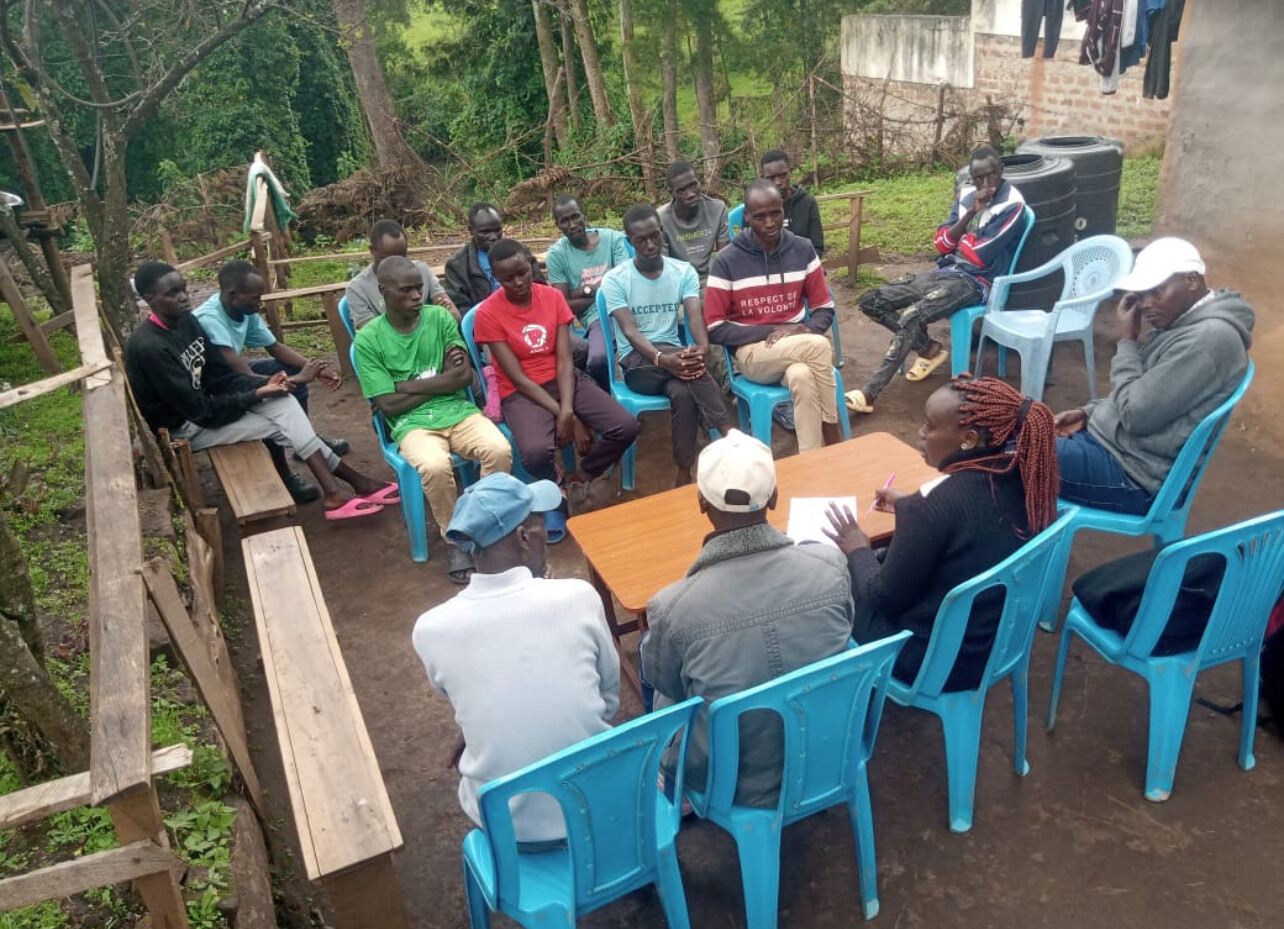
What is KATA?
The Kenya Athletics Training Academy (KATA) was founded by Bob Anderson in Thika, Kenya, in 2019 as a hub for developing elite Kenyan runners. The program has since grown into a nationwide network, uniquely combining world-class training camps with sustainable agriculture.
Since May 16, 2025, KATA has launched 30 mrunning camps across Kenya, plus 20 independent KATA Potato Farms not directly attached to camps. This brings the total to 50 KATA potato farms—the backbone of the program’s long-term sustainability.
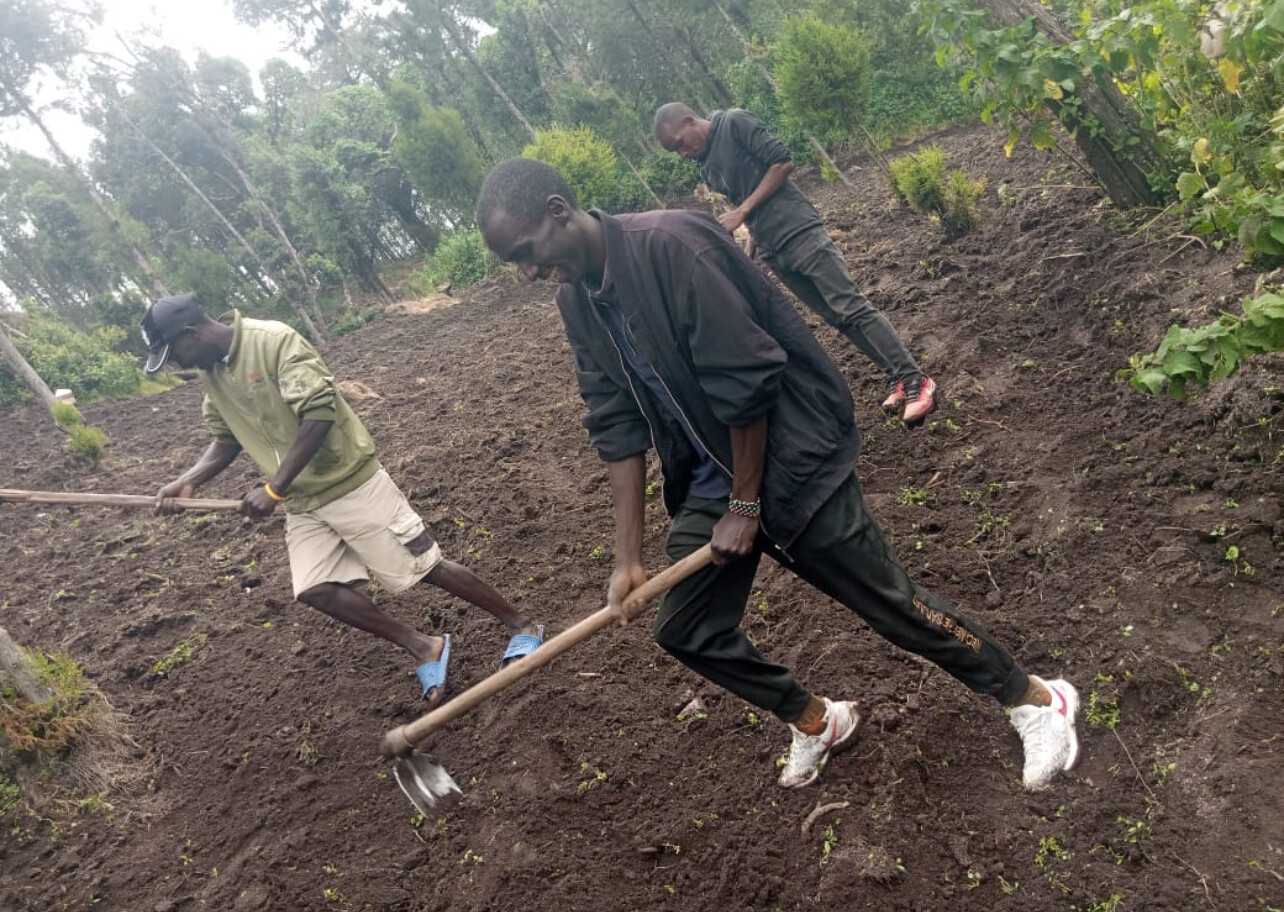
Known as “The Fuel of Champions”, KATA potatoes provide both nutrition for athletes and revenue to support training operations. As of today, there are 108 acres of KATA potatoes planted or being planted, directly supporting more than 400 KATA athletes across the country.
KATA’s mission is clear: produce champions who can succeed locally and internationally while building a self-sustaining model that benefits athletes, communities, and the Kenyan running legacy.
Standout Athletes & Performances
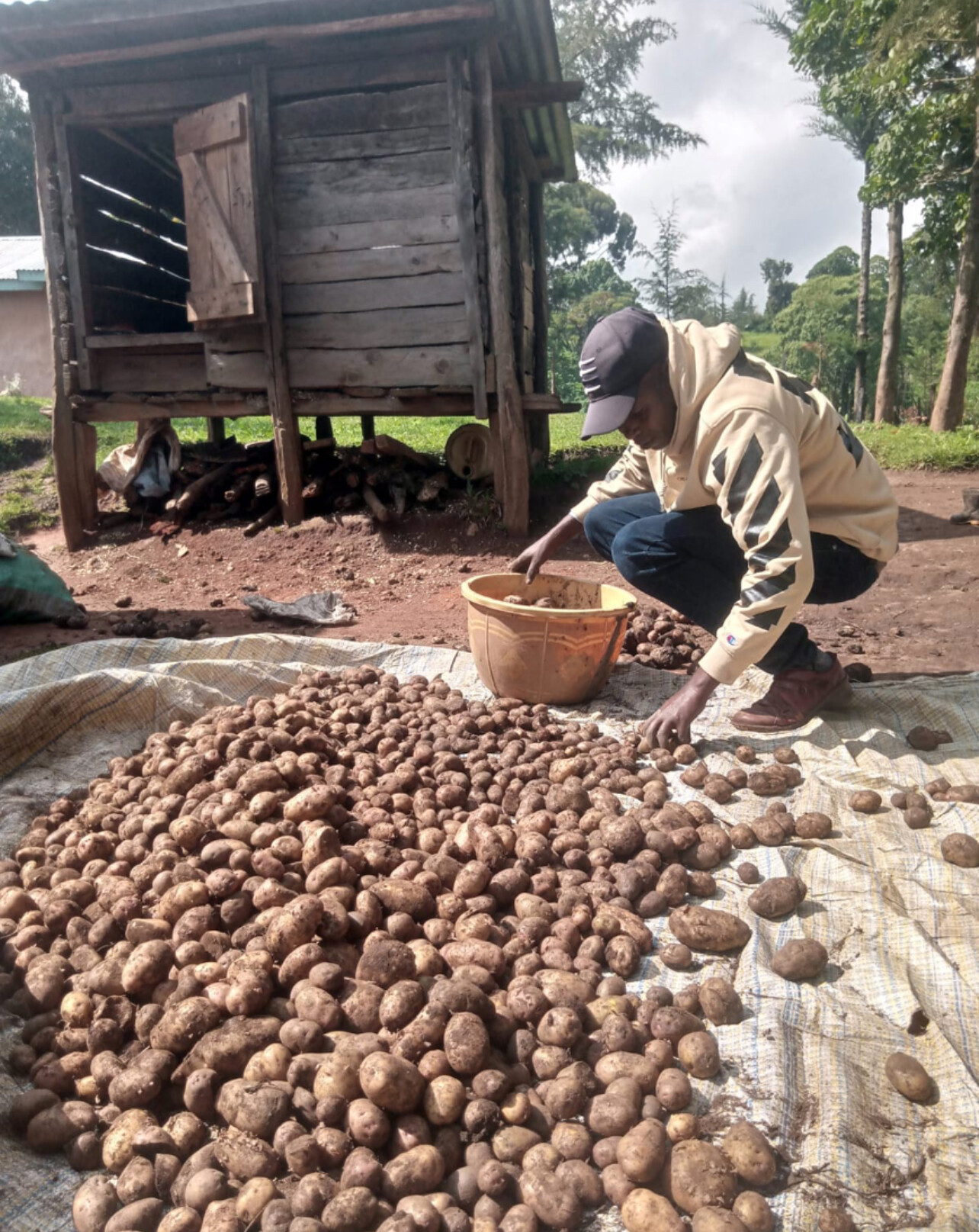
Men:
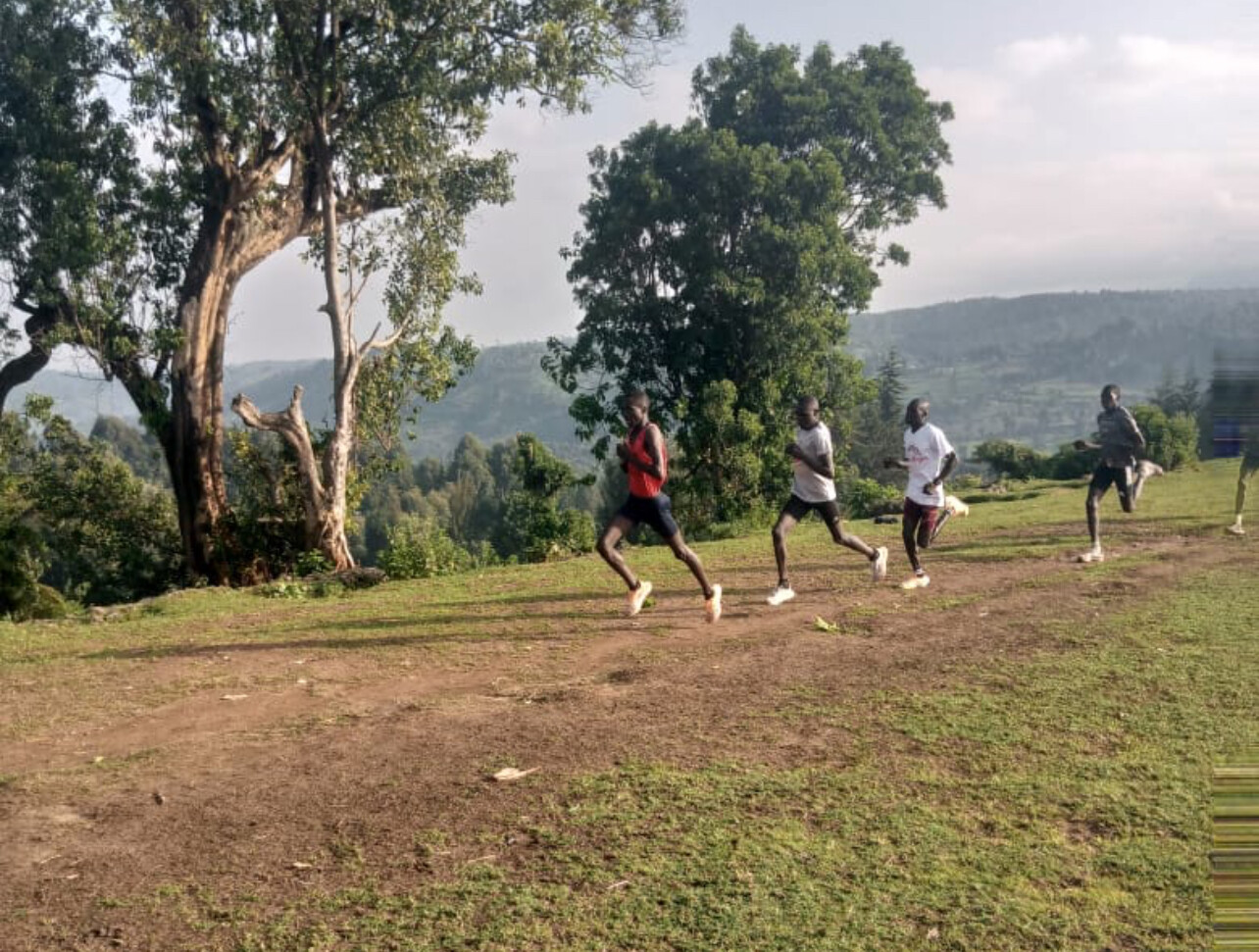
• Leonard Pkorir (19) – 10km: 29:11 – Emerging as a formidable road racer with a strong endurance base.
• Enock Tanui (16) – 3000m Steeplechase: 9:02 – Exceptional hurdle technique with early signs of national team potential.
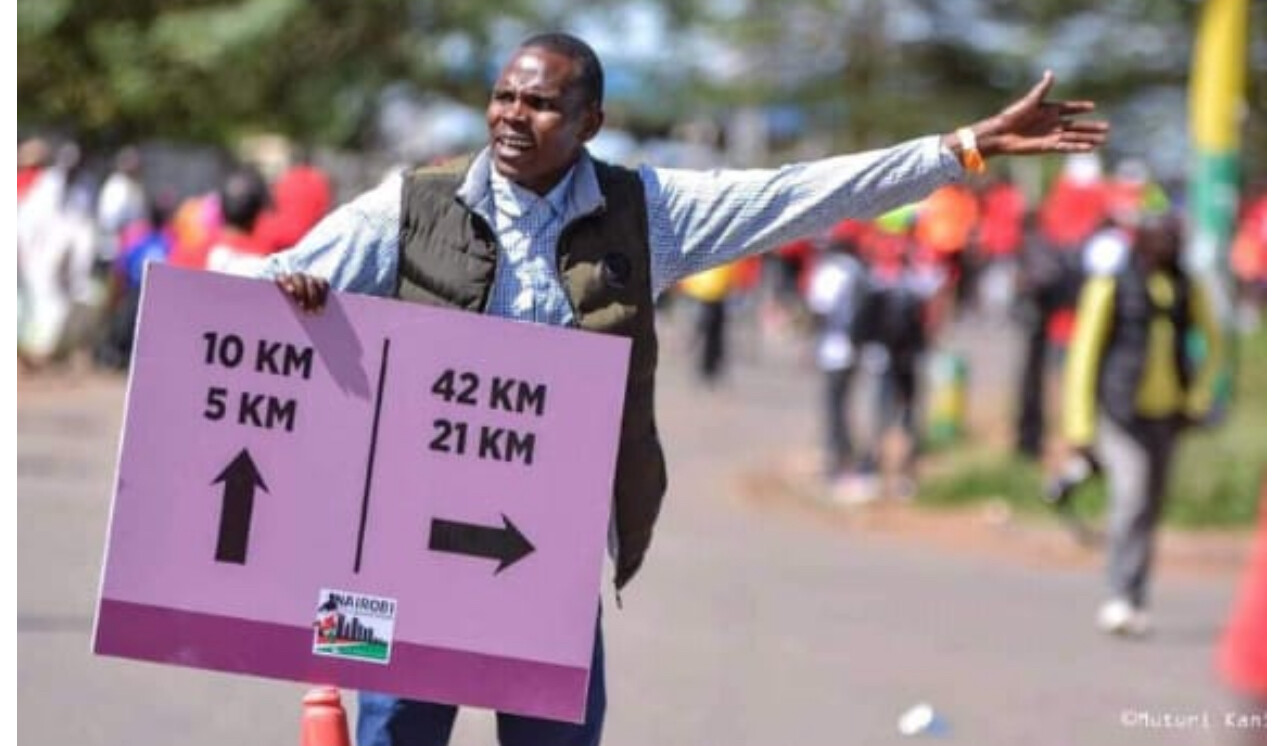
• Alan Mwetich (22) – 21km: 65:12 – Balanced speed and stamina for half marathon success.
• Shadrack Plimo (19) – 1500m: 3:54 – Targeting a sub-3:50 at the next meet.
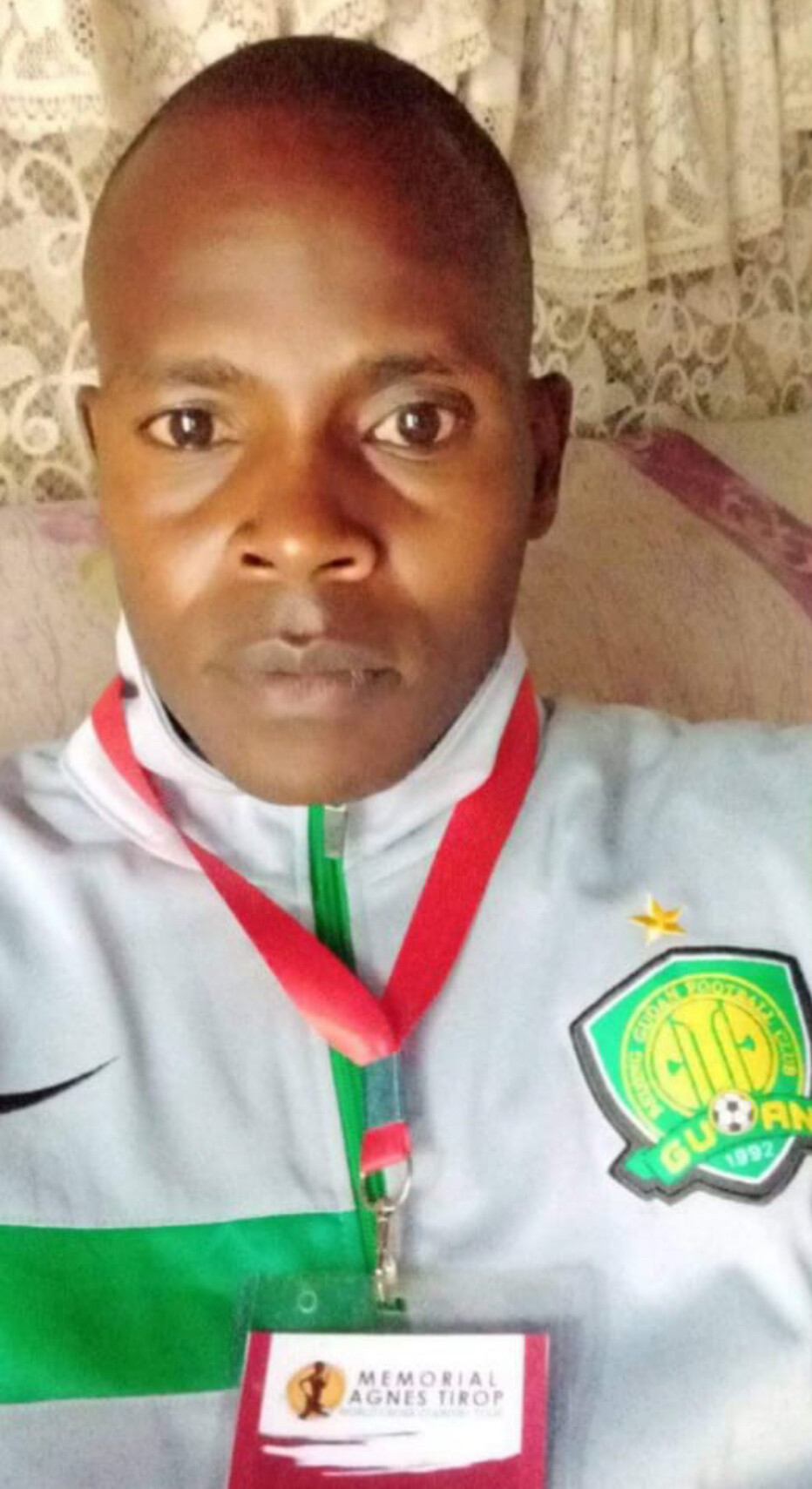
• Kelvin Kibiwott (20) – 5000m: 15:20 – Building speed endurance ahead of cross-country season.
• Dennis Kosgei (23) – 21km: 64:53 – Looking to sharpen his closing kick in the half marathon.
• Evans Kemboi (23) – 3000m: 9:24 – Solid short-to-mid distance competitor.
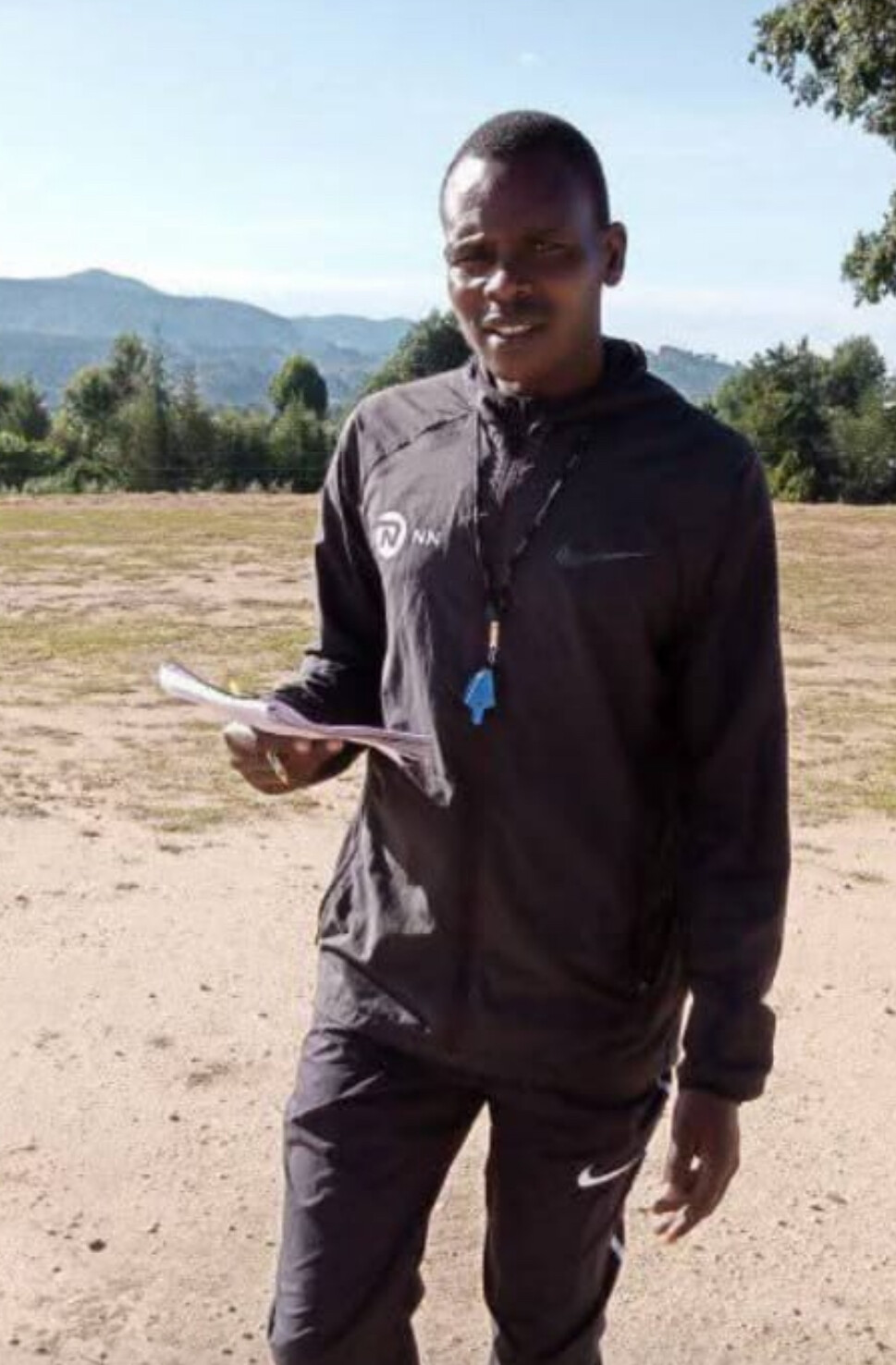
• Alex Kimutai (22) – 10km: 30:47 – On track to break 30 minutes soon.
• Doland Kimaru (29) – 42km: 2:17:50 – Pushing for a sub-2:15 marathon.
• Denis Kipchirchir (22) – 1500m: 4:08 – Focused on tactical improvements.
• Hosea Kiplagat (38) – 42km: 2:12 – Veteran leader bringing discipline and race strategy to the group.
Ladies:
• Mercy Jebichie (24) – 10km: 36:04 – Strong road race specialist, consistently targeting podiums.
• Sarah Chepkemoi (24) – 5000m: 18:16 – Improving strength and lap consistency.
• Mercy Jepchumba (23) – 10km: 37:31 – Steady improvement with better pacing strategies.
• Joan Jepchirchir (27) – 21km: 86:18 – Determined to drop her half marathon time through endurance gains.
KATA 01 exemplifies the Academy’s mission: developing champions through structured training, mentorship, and a team-first culture—backed by the sustainable support of KATA Potato Farms. With more than 400 athletes, 108 acres of potatoes, and two camps farming six acres between them, KATA is proving that sport and agriculture can grow champions together.
by Fridah Terry
Login to leave a comment
“This program should never have been phased out in the first place,” says Bob Anderson — a look at the return of the Presidential Fitness Test
For generations, the Presidential Fitness Test was more than just a schoolyard routine—it was a nationwide measure of athletic prowess, a call to personal excellence that challenged millions of youth to run a mile, do push-ups, and outperform their own expectations.
Former President Dwight D. Eisenhower launched the testing program in the late 1950s, framing physical fitness as an issue of national security and civic pride amid Cold War anxieties. Over the following decades, it grew into a rite of passage in American public schools known for its badges, awards, and medals .
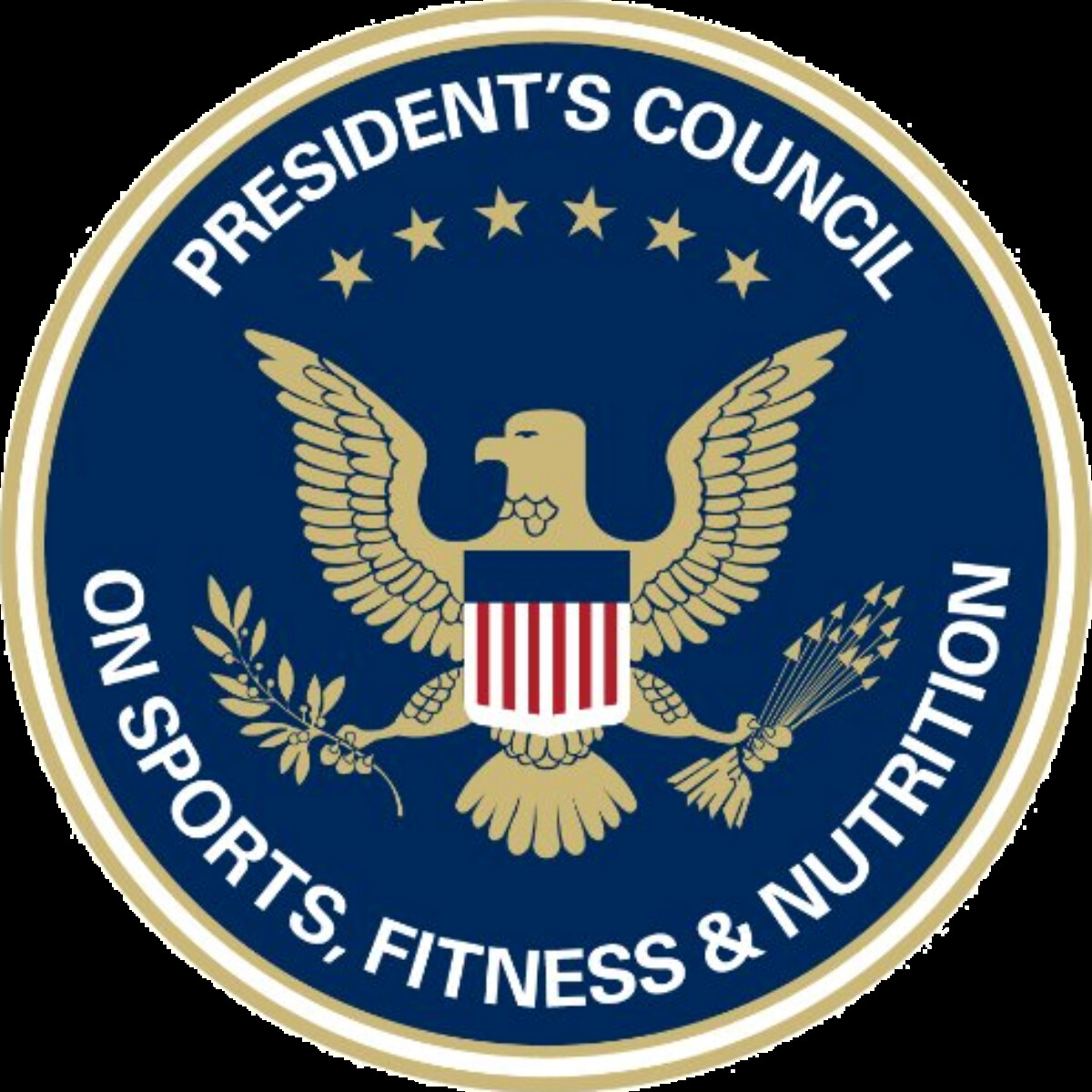
Why Was It Discontinued?
In 2012–2013, under the Obama administration, the program was officially phased out and replaced by the Presidential Youth Fitness Program. This shift came in response to growing concerns that the traditional test — which emphasized athletic performance and ranking students — risked discouraging less athletic children and fueling body‑image issues. The new program instead focused on personal progress and holistic health, encouraging lifelong fitness over competition .
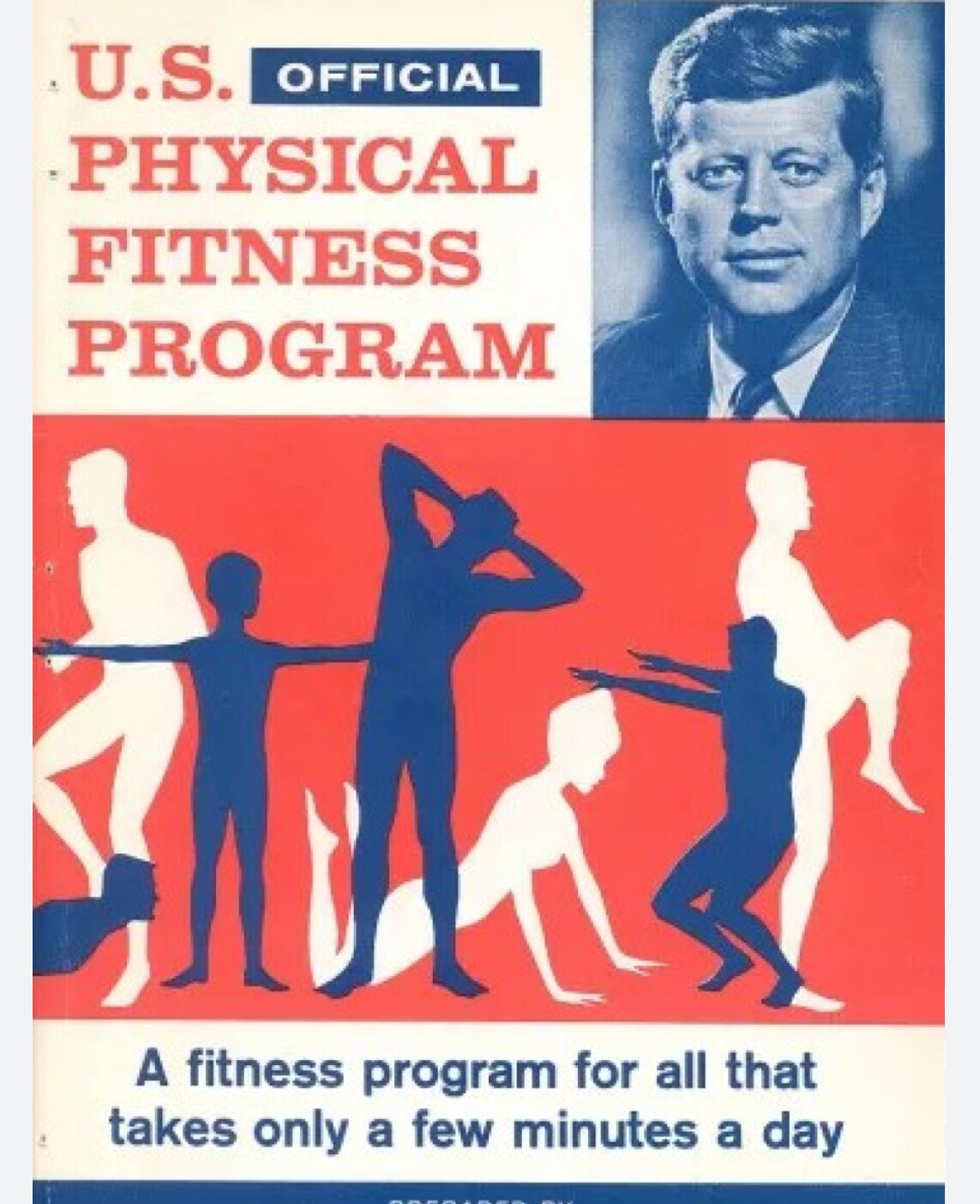
And Now, It’s Back
On July 31, 2025, President Donald Trump signed an executive order reviving the Presidential Fitness Test, reinstating not only the physical challenges but also the competitive spirit that came with them. The initiative was framed as a key part of the “Make America Fit Again” campaign and included the re-establishment of the President’s Council on Sports, Fitness and Nutrition, staffed by high-profile athletes .
Critics argue that this nostalgic swing back to rigorous testing fails to address today’s youth health challenges more comprehensively. A recent opinion piece in The Washington Post characterizes the revival as reminiscent of outdated masculine ideals that may neglect broader wellness and emotional impacts .
Still, supporters see it differently. As Bob Anderson puts it: “This program should never have been phased out in the first place.” For him, the Test symbolizes a lost opportunity for youth to learn discipline, resilience, and competitive spirit at an early age.
by Boris Baron
Login to leave a comment
KATA Welcomes Coach Dennis Musau as Chief Technical Officer
KATA is excited to announce the appointment of Dennis Musau, also known as Coach Dennis, as Chief Technical Officer (CTO), reporting directly to KATA founder Bob Anderson. His official start date is Monday, August 11, 2025.
Coach Dennis (first photo: out for a few miles this morning with Bob Anderson and Anderson Manor project manager Alberto near KATA Portugal) has been working with Bob and Catherine Anderson since 2021 and is currently completing his second three-month term at KATA Portugal, housed at Anderson Manor in Monforte da Beira. In his new role, he will be working full-time from both Portugal and KATA Thika in Kenya.
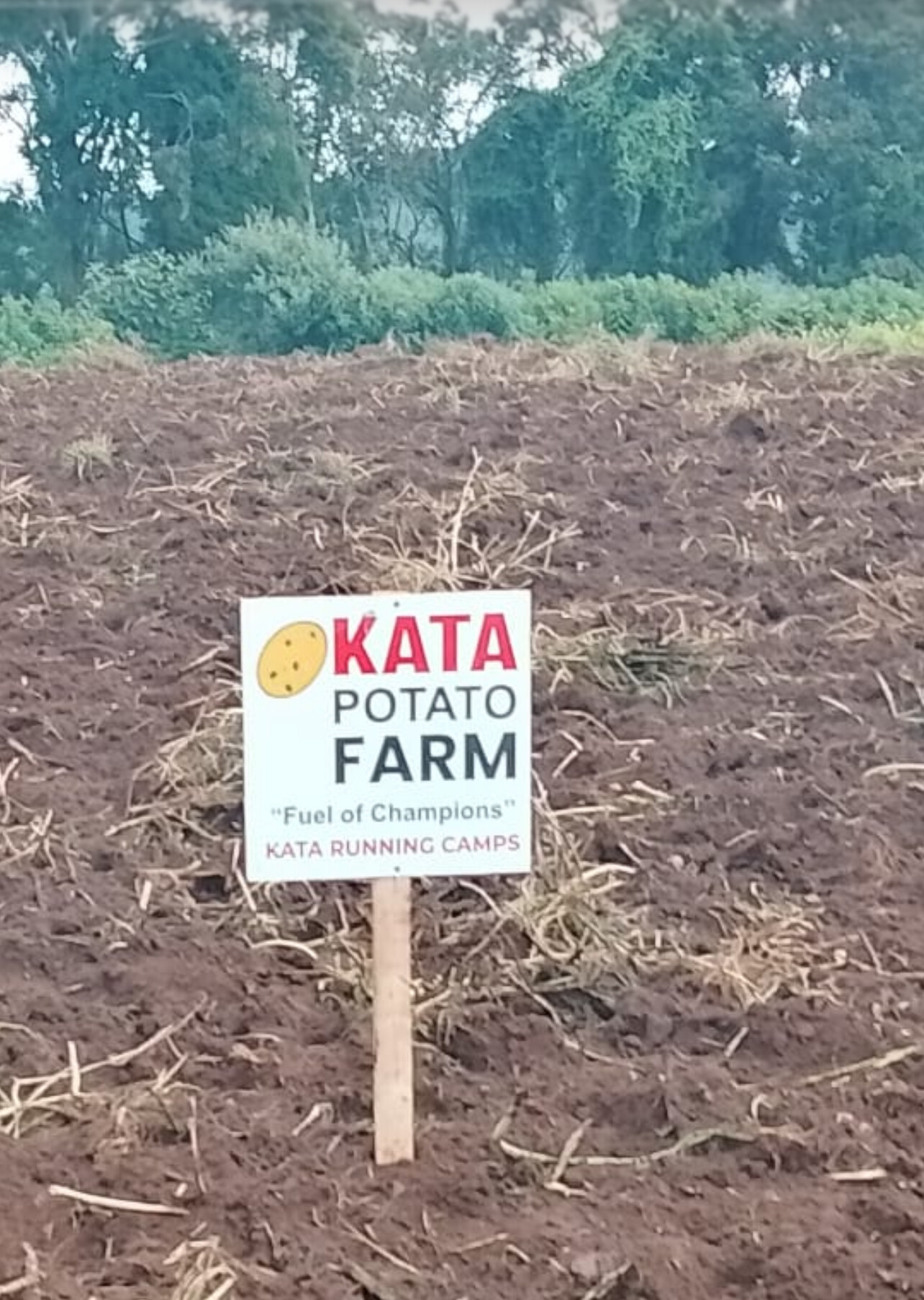
“I am so excited about our KATA project—both our KATA Running Camps and KATA Potato Farm projects,” says Coach Dennis.
“Bob Anderson has truly come up with a unique idea that is growing like wildfire throughout Kenya. Bob signed up our first camp on May 16, 2025, and already we’ve attracted Olympic-level runners and coaches to operate them. We have opened 30 KATA Running Camps and an additional 20 stand-alone farms, most growing two or more acres of KATA potatoes. This means we now have 30 KATA Running Camps, 20 KATA Farms, plus our KATA Thika and KATA Portugal Running Retreats training guests year-round.”
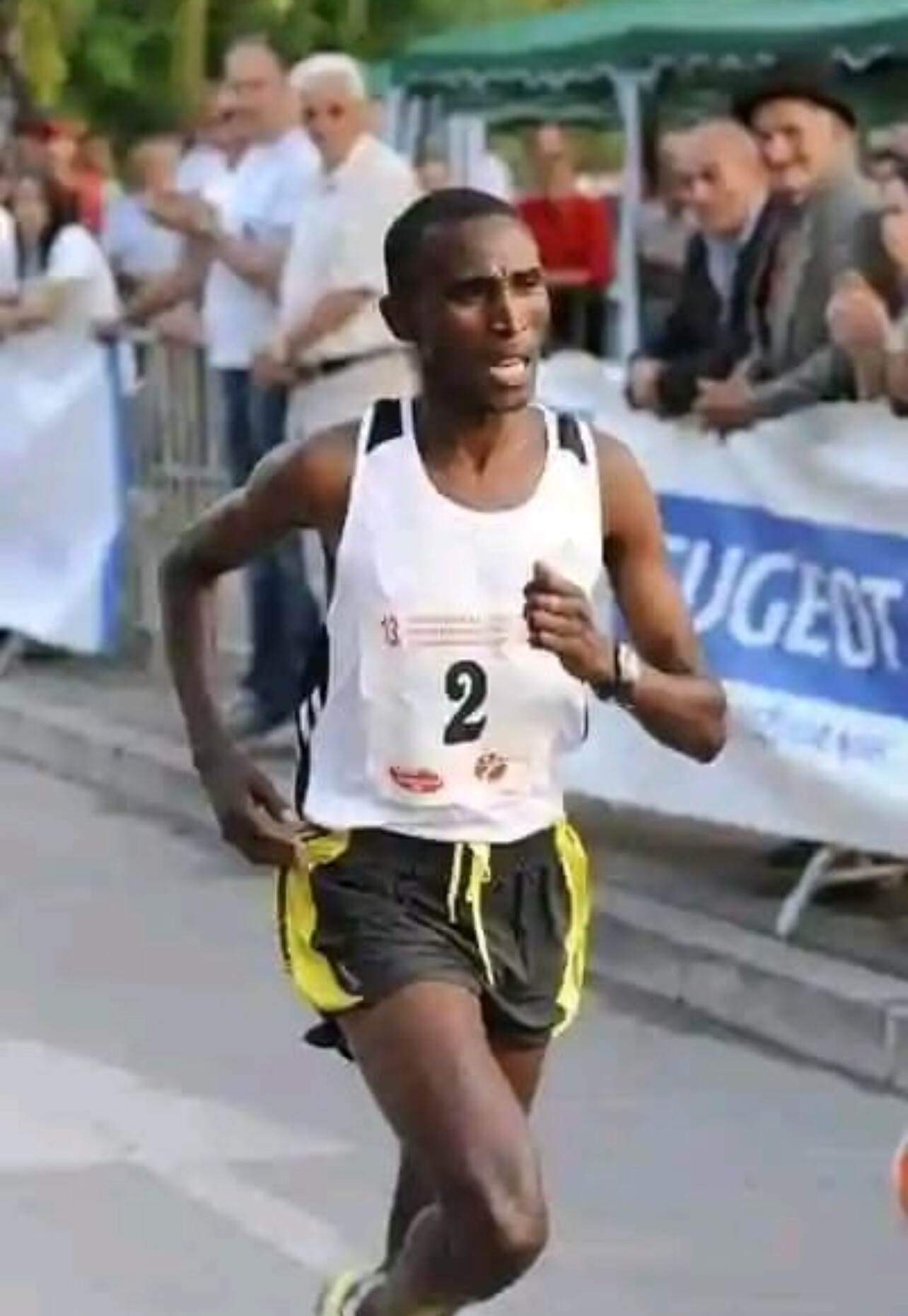
About Coach Dennis
Dennis graduated as a mathematics teacher in 1998 before shifting his career to athletics. Over the years, he has competed worldwide in a wide range of events, including the 3,000m steeplechase, 5,000m, 10,000m, 15km, half marathon (21km), and marathon (42km). His athletic journey began in high school as a 400m hurdles runner before a teacher encouraged him to move into long-distance events. He transitioned to the 3,000m steeplechase, then later to the 5,000m and 10,000m, achieving success across multiple distances.
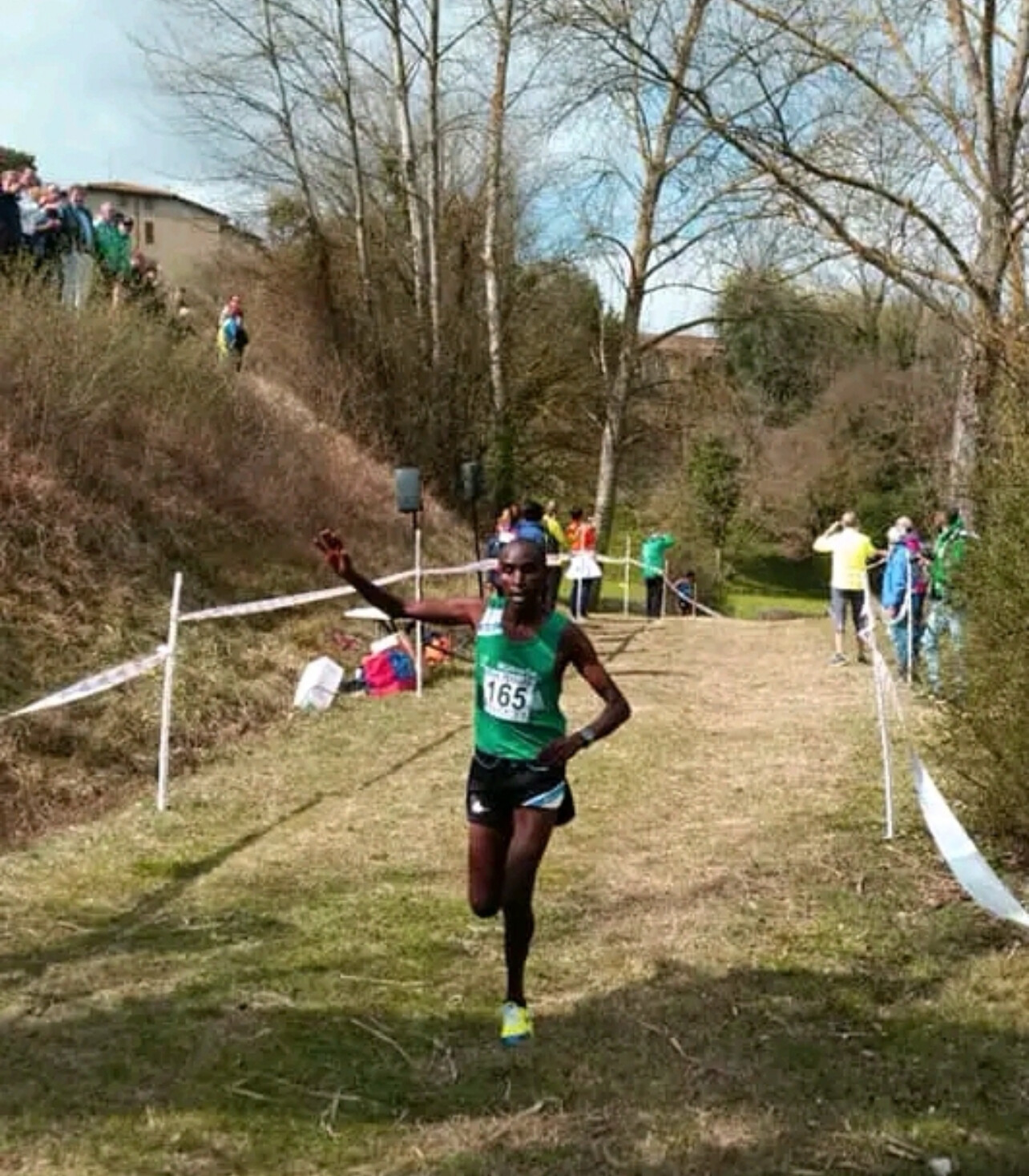
With decades of experience in both competitive running and coaching, Dennis brings a unique blend of technical expertise, leadership, and passion to help guide KATA’s growth in Kenya and beyond.
by Boris Baron
Login to leave a comment
KATA 20: Baraget Milimet Camp Combines Elite Training and Farming to Fuel Success
In the heart of Baraget Milimet, KATA 20 stands as a powerful example of the Kenya Athletics Training Academy’s innovative approach — blending world-class running with sustainable agriculture. Under the leadership of Coach Newton Cheruiyot, the camp not only develops top-tier athletes but also operates a three-acre KATA potato farm, providing a reliable source of financial support and nutrition for the team.
KATA 20 is part of a rapidly growing network of 30 KATA camps and farms launched just 10 weeks ago by KATA founder Bob Anderson. The program was designed to give athletes the resources they need to train at an elite level while creating a sustainable economic model through potato farming.
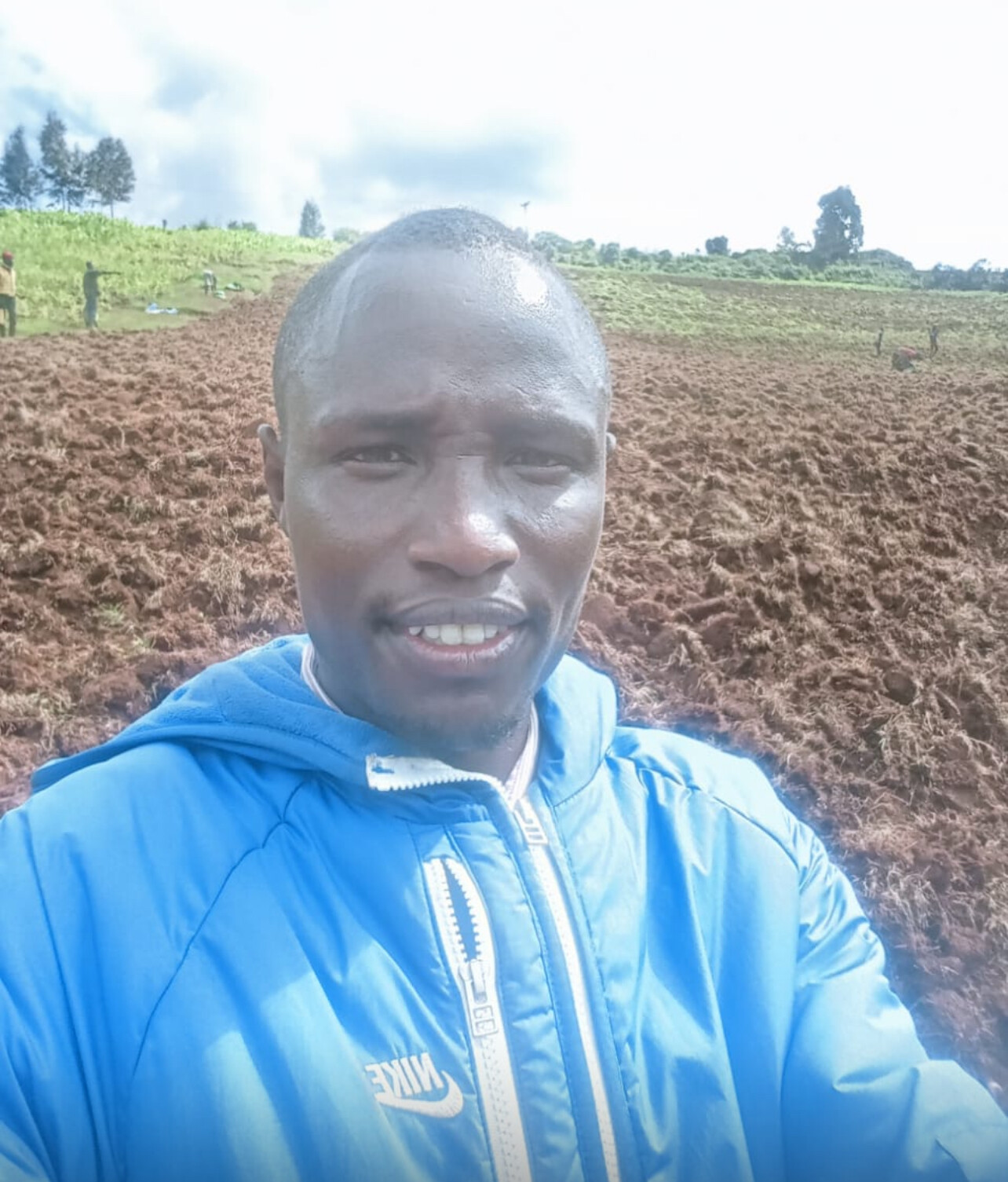
A Balanced Roster of Experience and Potential
KATA 20’s lineup includes both seasoned racers and rising stars, creating an environment where experience and ambition fuel one another.
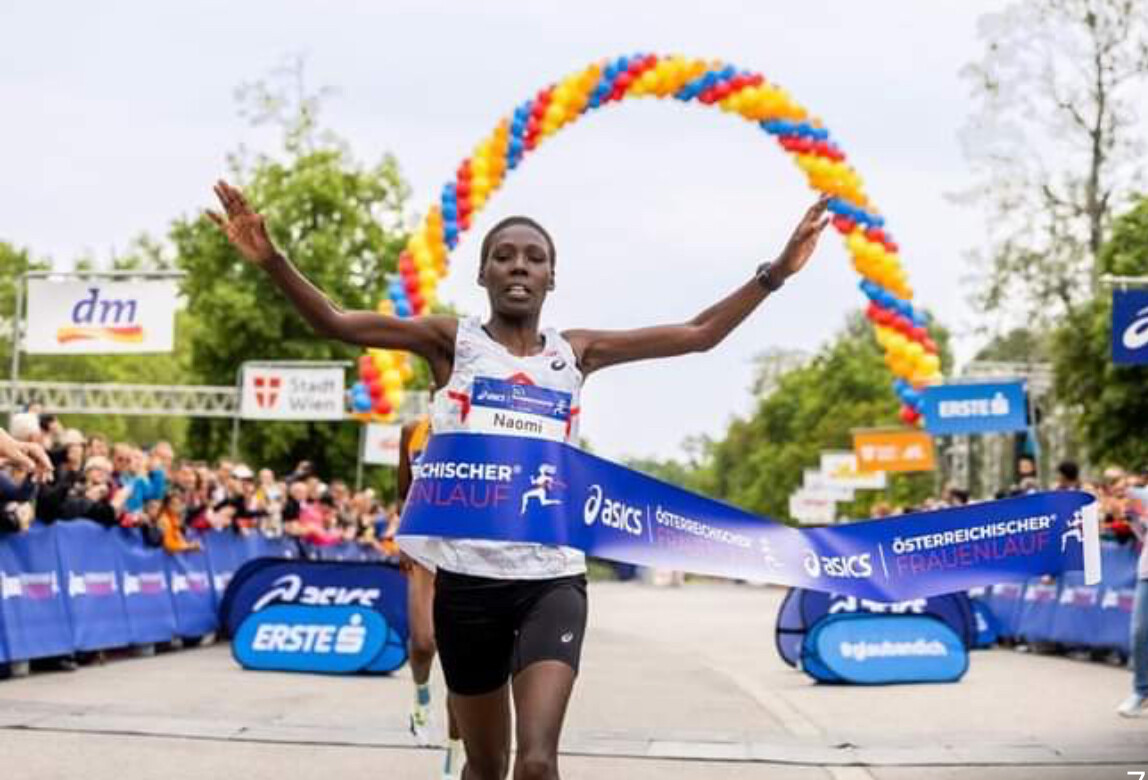
Men:
• Newton Cheruiyot – 25 – 5000m – 13:36
Elite-level runner and coach, setting the standard in both training and competition.
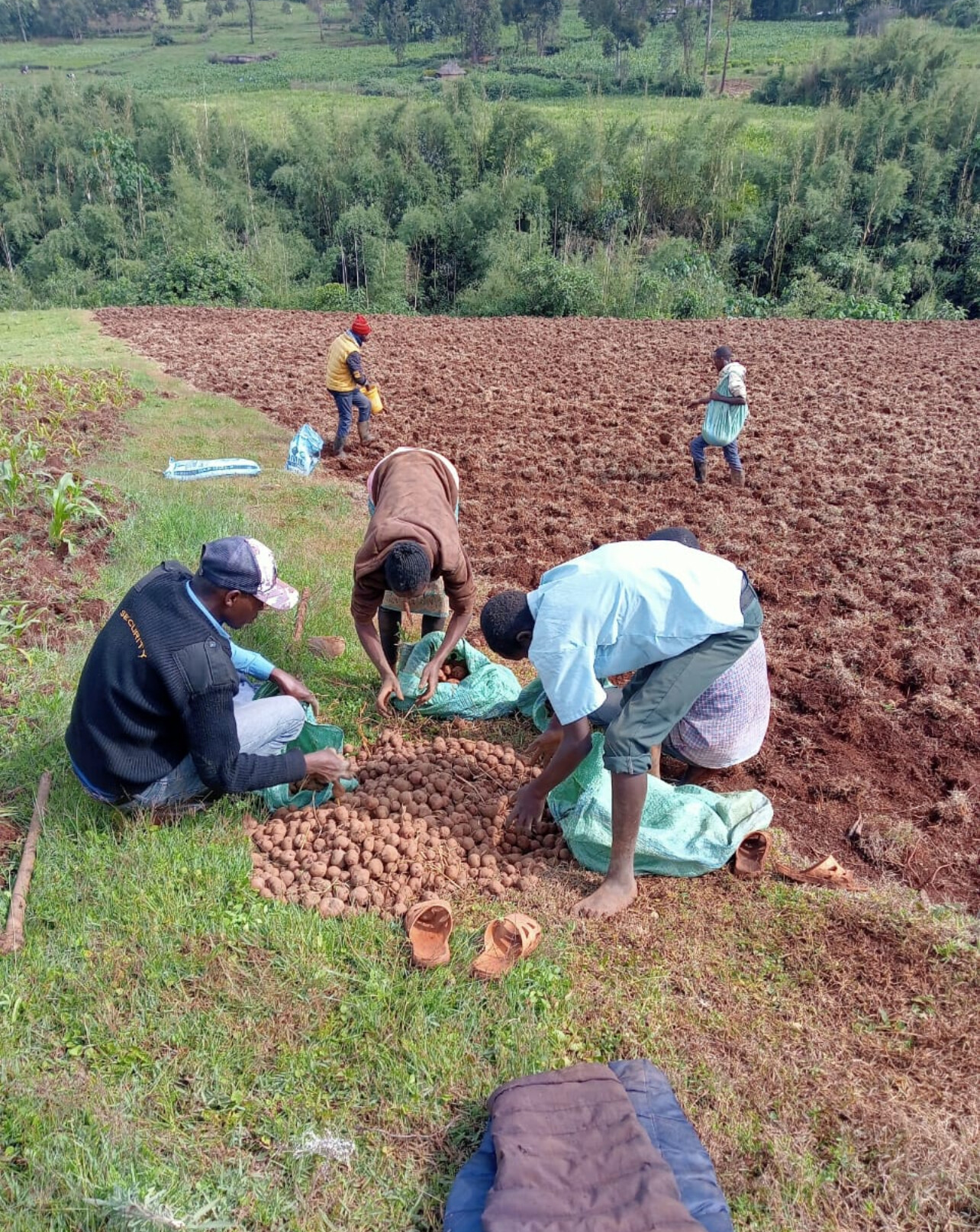
• Lawi Kiplangat – 17 – 1500m – 3:43
Young middle-distance prodigy with international potential.
• Samson Bii – 25 – Half Marathon – 64:05
Strong road racer capable of excelling locally and abroad.
• Kiprono Benson – 33 – 10,000m – 29:31
Experienced and consistent over long-distance track events.
• Emmanuel Bett – 22 – Half Marathon – 64:25
On the cusp of elite performance, showing steady improvement.
Women:
• Cheptoo Rono – 34 – 5000m – 16:46
Veteran competitor with strong track credentials.
• Daisy Cherono – 17 – Upcoming Athlete
Young prospect transitioning into competitive racing.
• Joan Chepkemoi – 17 – Upcoming Athlete
Developing talent with versatility across distances.
• Bendaline Chepchumba – 18 – Upcoming Athlete
Early in her journey but demonstrating discipline and dedication.
The Road Ahead
With its combination of elite coaching, proven performers, and promising youth, KATA 20 is positioned for continued success. As part of Bob Anderson’s ambitious KATA program, the camp’s three-acre potato farm not only sustains operations but also reflects a growing movement that empowers athletes both on and off the track.
by Fridah Terry
Login to leave a comment
KATA 30: New Camp Blends Elite Training with Potato Power
The Kenya Athletics Training Academy (KATA) is proving that the road to greatness can start in two places—the track and the farm. Since Bob Anderson launched the KATA Potato Farm Program on May 16, 2025, the initiative has paired high-performance running camps with sustainable agriculture, creating a unique funding model for athlete development.
One of the newest members of this growing network is KATA 30, based in Tulwet, Kenya, and officially launched on July 25, 2025 under the leadership of Coach Alfred Ngeno. Tulwet is a small, scenic community in Kenya’s highlands, known for its fertile red soil, cool climate, and strong agricultural tradition. The area’s rolling terrain and quiet rural roads make it an ideal location for endurance training, while its supportive community provides a welcoming home for athletes.
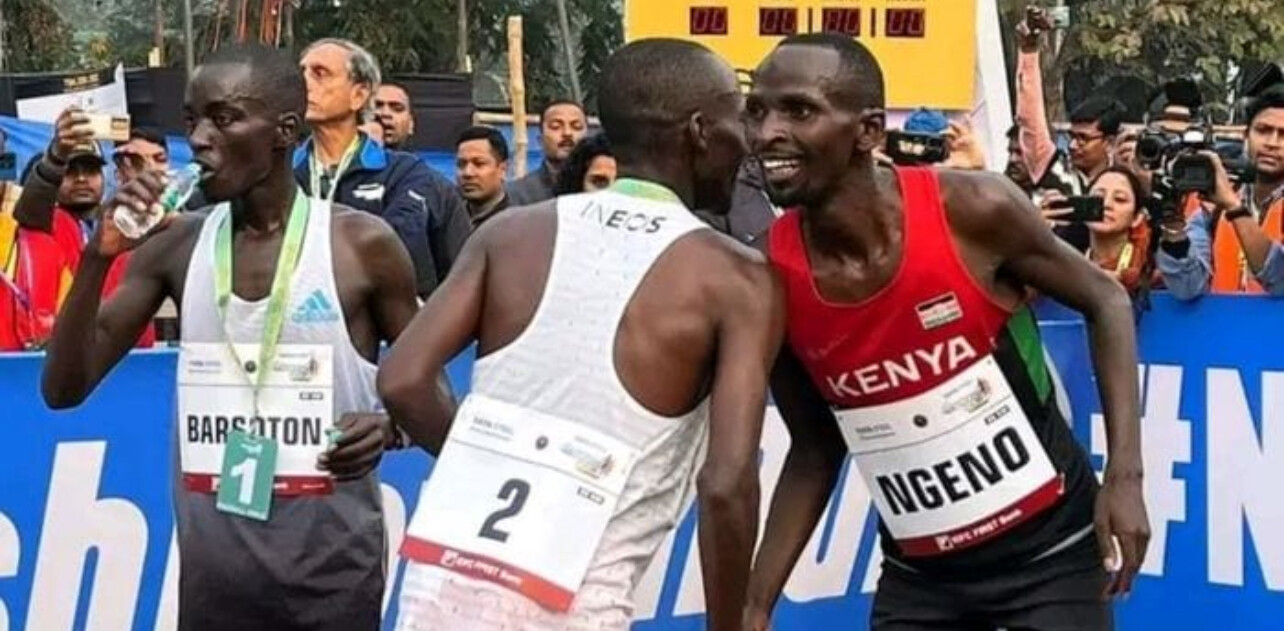
This camp is not just about running fast—it’s about running smart. A dedicated one-acre KATA potato farm will help finance training needs, with plans to expand both the farm and the camp’s resources as success grows.
Rising Stars and Proven Performers
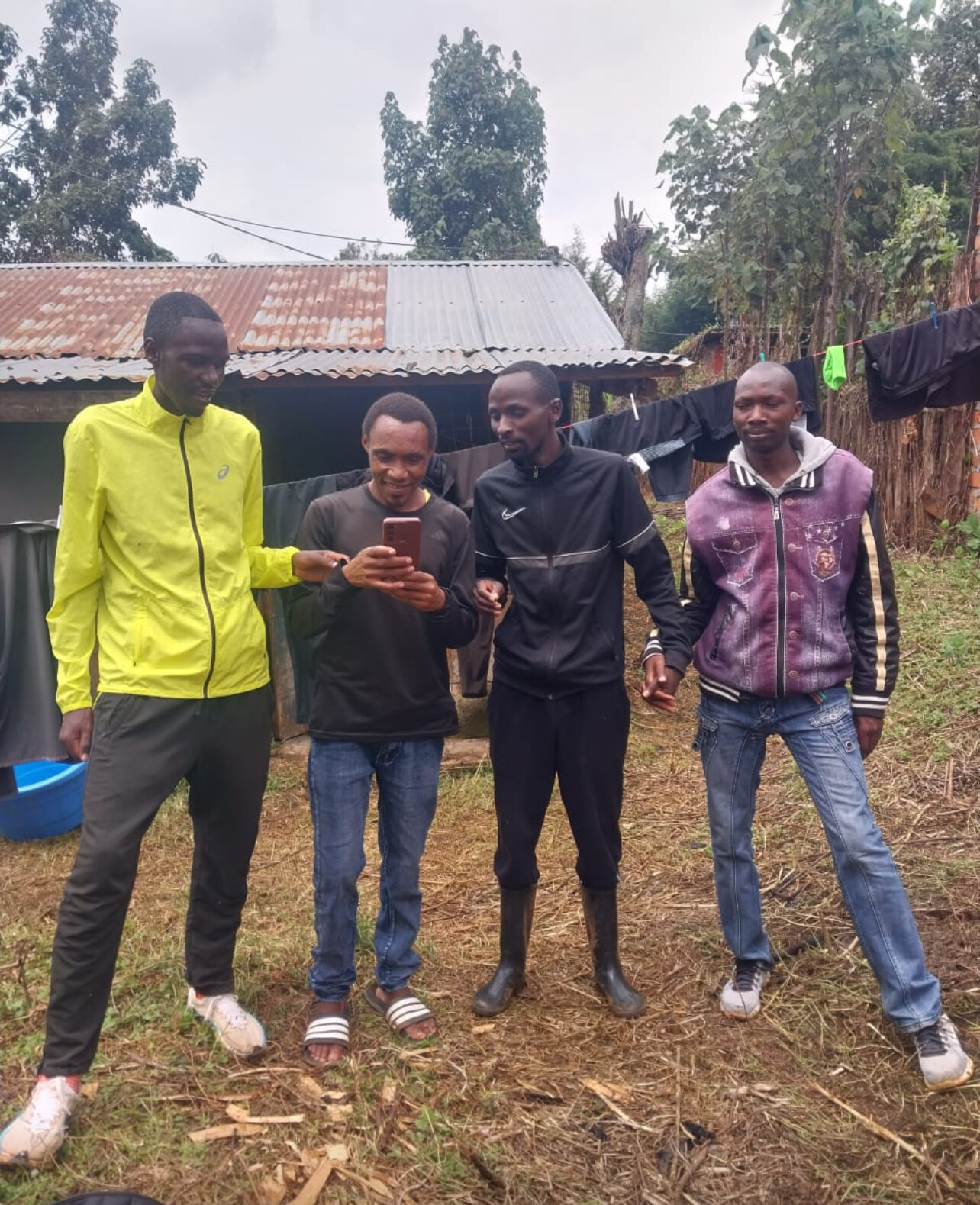
Moses Tonui – 19 years, 1500m
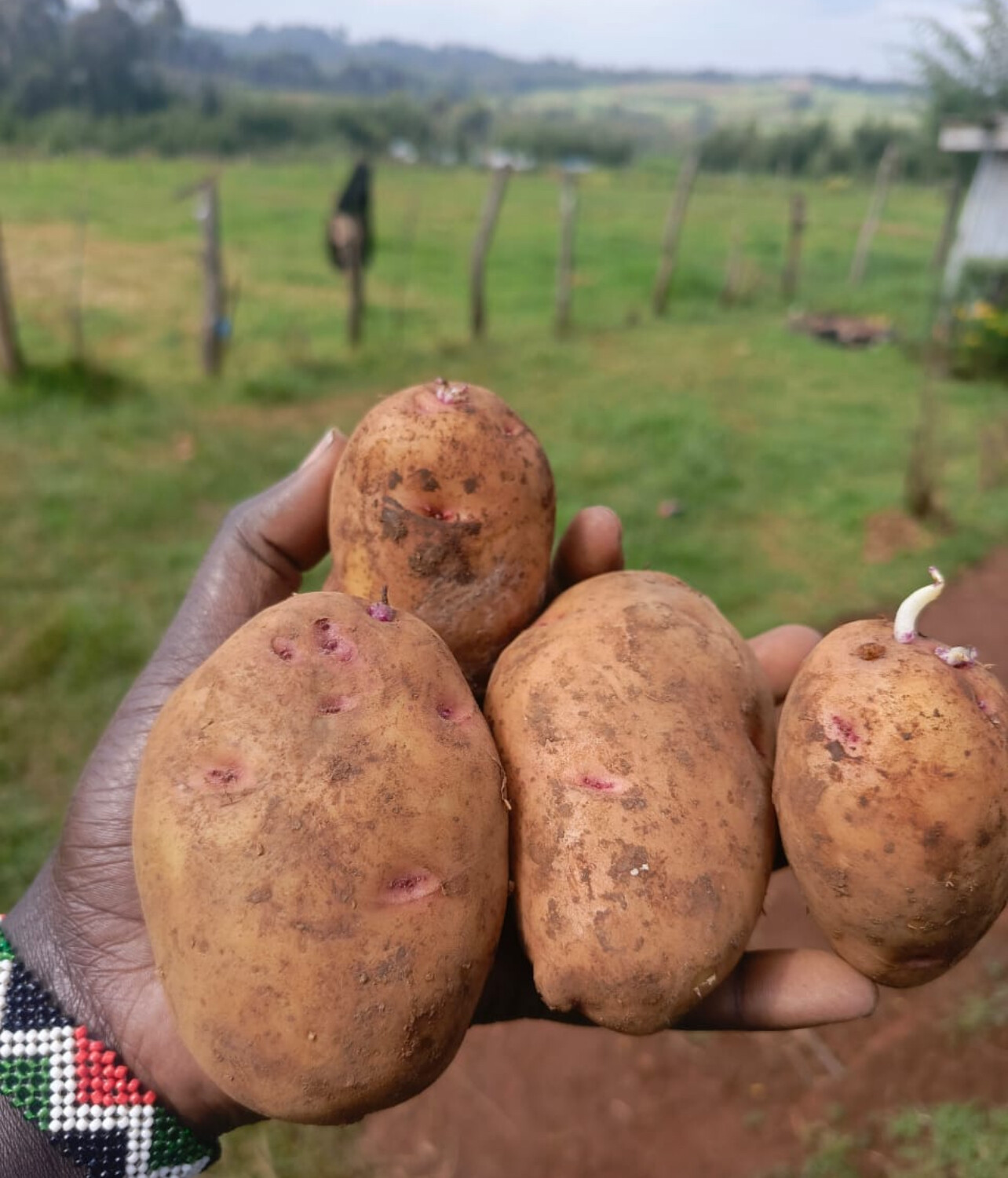
Already clocking 3:49, Moses is a rising middle-distance talent with a mix of speed and endurance that points to a bright future.
Robert Kibowen – 26 years, 10,000m
A 29:06 man over 10,000m, Robert’s pace control and racing strategy make him a serious contender in big events.
Vincent Kipkirui – 25 years, Half Marathon
With a 62:20 best, Vincent’s combination of strength and finishing speed makes him a threat in any half marathon.
Kipkorir Birir – 33 years, Half Marathon
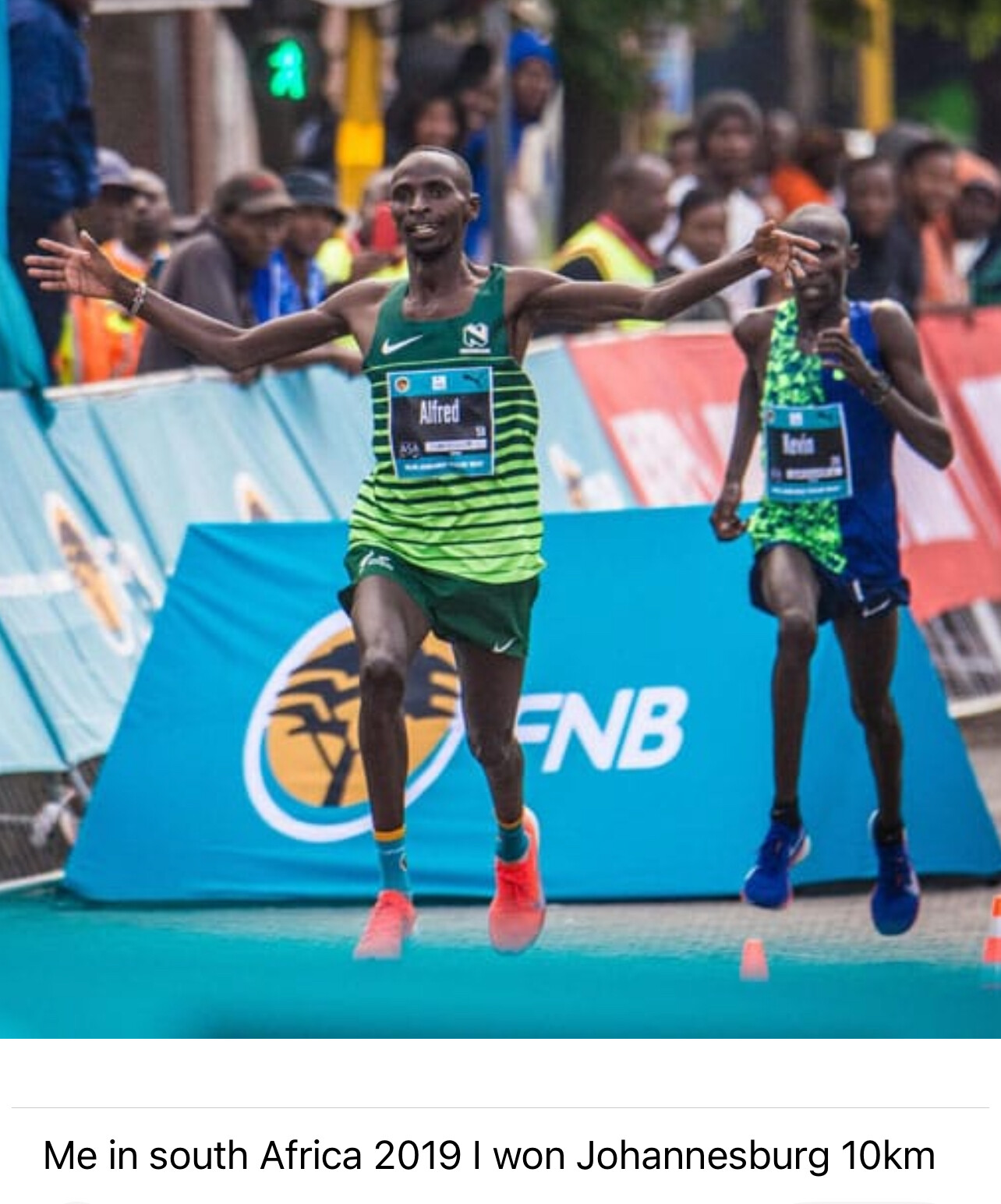
A veteran presence with a 62:42 personal best, Kipkorir brings both experience and consistency to the team.
Alfred Ngeno – 28 years, Half Marathon
Leading from the front, the head coach boasts an impressive 61:00 personal best, inspiring his athletes through action as well as guidance.
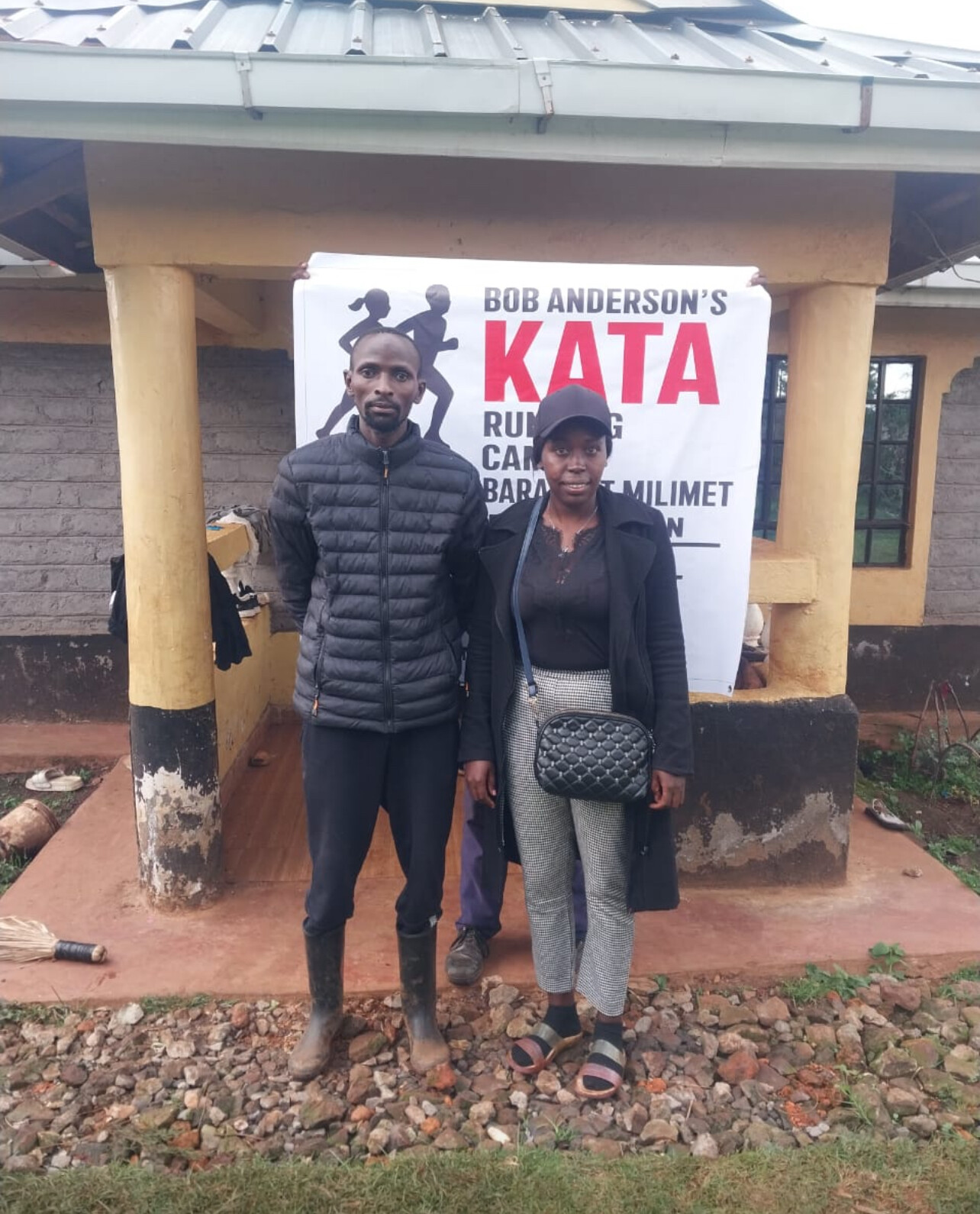
Milka Chepkirui – 28 years, 800m
Milka’s 2:20 in the 800m is just the beginning for this determined middle-distance specialist.
Life at KATA 30
In just its first month, KATA 30 has already established a disciplined, supportive environment. Athletes train hard, push each other to improve, and know that the farm’s harvest will directly fuel their dreams. This model not only sustains the camp but also teaches valuable life skills.
Part of a Bigger Movement
KATA 30 is one of 30 KATA camps operating across Kenya, all committed to producing world-class athletes while building financial independence through farming. It’s a program that blends tradition, innovation, and community—ensuring athletes have the resources they need to succeed.
With its mix of promising young stars, seasoned competitors, and a sustainable support system, KATA 30 is set to make noise on both the racing circuit and in the potato fields. The seeds have been planted—now it’s time to watch them grow.
by Fridah Terry
Login to leave a comment
More Than a Medal: How Olympian Edwin Soi is Shaping the Future of Kenyan Running - KATA 05
In the misty highlands of Kuresoi, nestled at a staggering 2,700 meters above sea level, an elite training camp quietly hums with the sounds of determination — rhythmic footfalls, laboured breaths, and the occasional cheer of encouragement.
Along reddish-brown murram trails, sandwiched between dense trees of the Mau Forest, young athletes glide through the early morning fog. This is no ordinary running camp. It is the dream and daily labour of Edwin Cheruiyot Soi, one of Kenya’s most decorated long-distance runners, now turned mentor, marathoner, and coach.
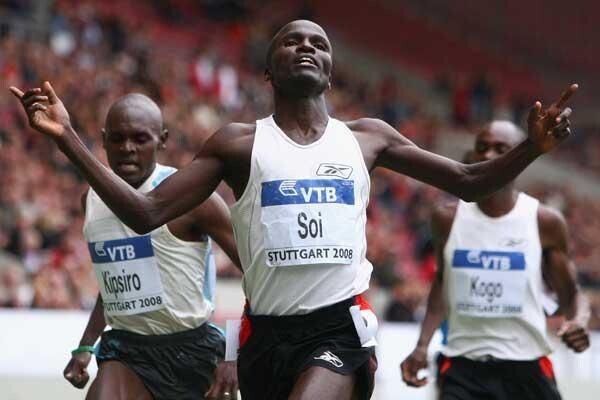
Soi, known for his Olympic bronze medal in the 5000m at the 2008 Beijing Olympics and a glittering career on the track, hasn’t slowed down. While many of his peers have moved on from competition, Soi remains actively racing marathons, coaching, and living side by side with a rising generation of athletes.
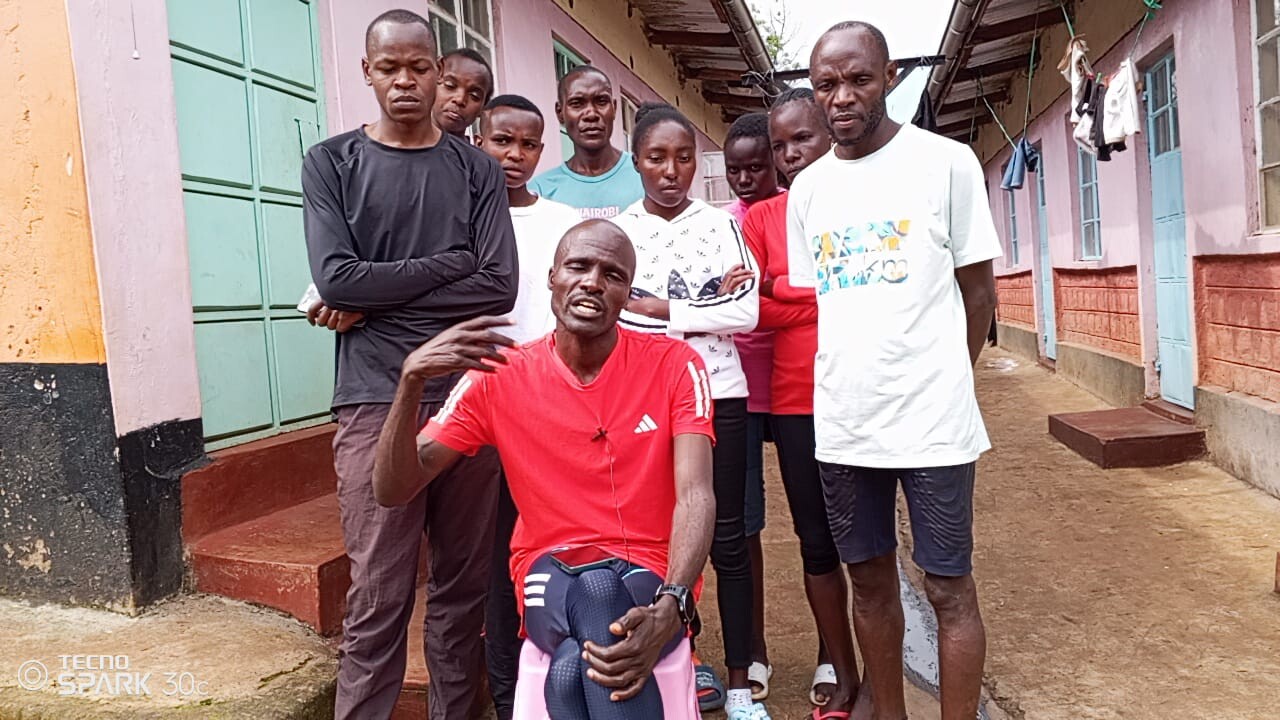
“I have run for long, from World Championships and World Indoors to the Olympics,” Soi says after a long training session. “With all that experience, I saw it wise to share my expertise — not just with young athletes, but with anyone willing to train with discipline.”
Still Racing, Still Leading
Every morning, Soi joins his athletes in their rigorous routines. From tempo runs along the forested trails to fartlek and speedwork sessions, he leads by example.
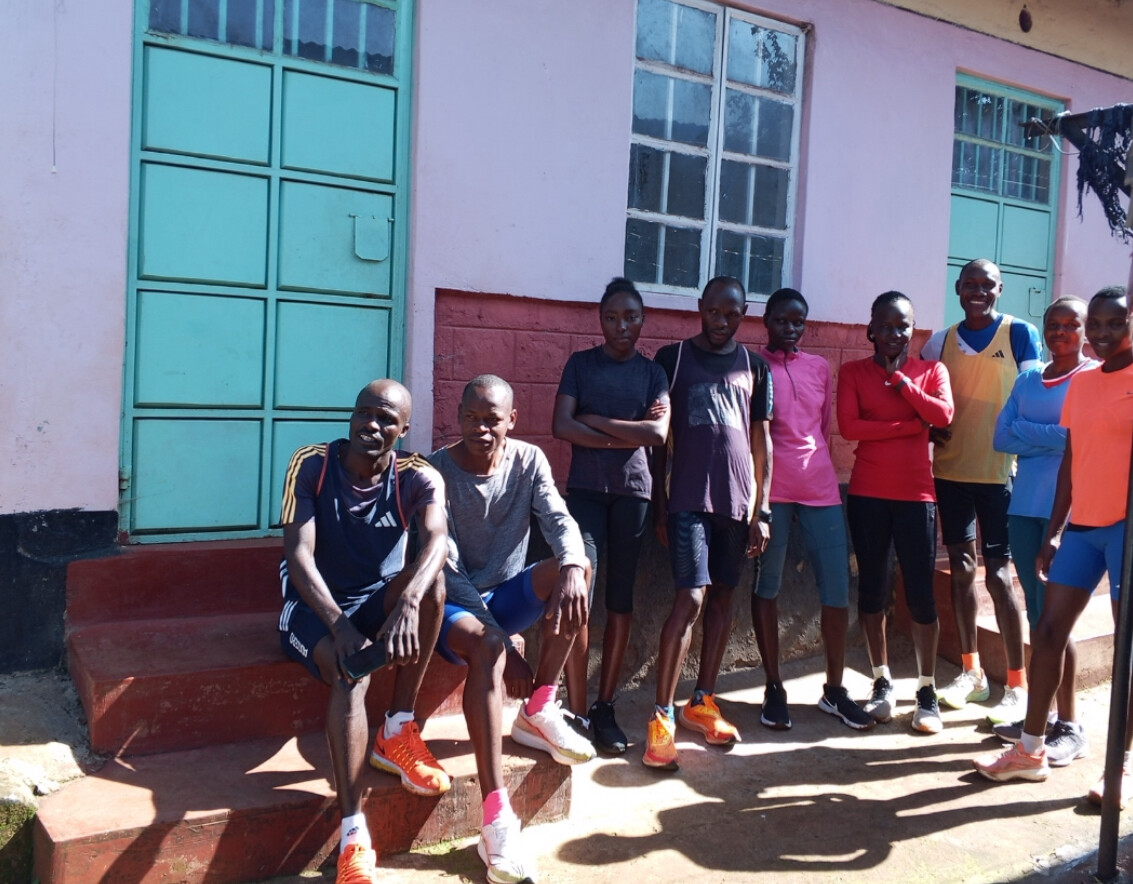
“My athletes don’t just see me as a coach — I run beside them,” he says. “They learn from how I train, rest, and carry myself. That’s leadership by presence.”
For the athletes, it’s not only inspirational — it’s transformational.
Margaret Ndirangu, a promising athlete from Central Kenya, beams with gratitude:
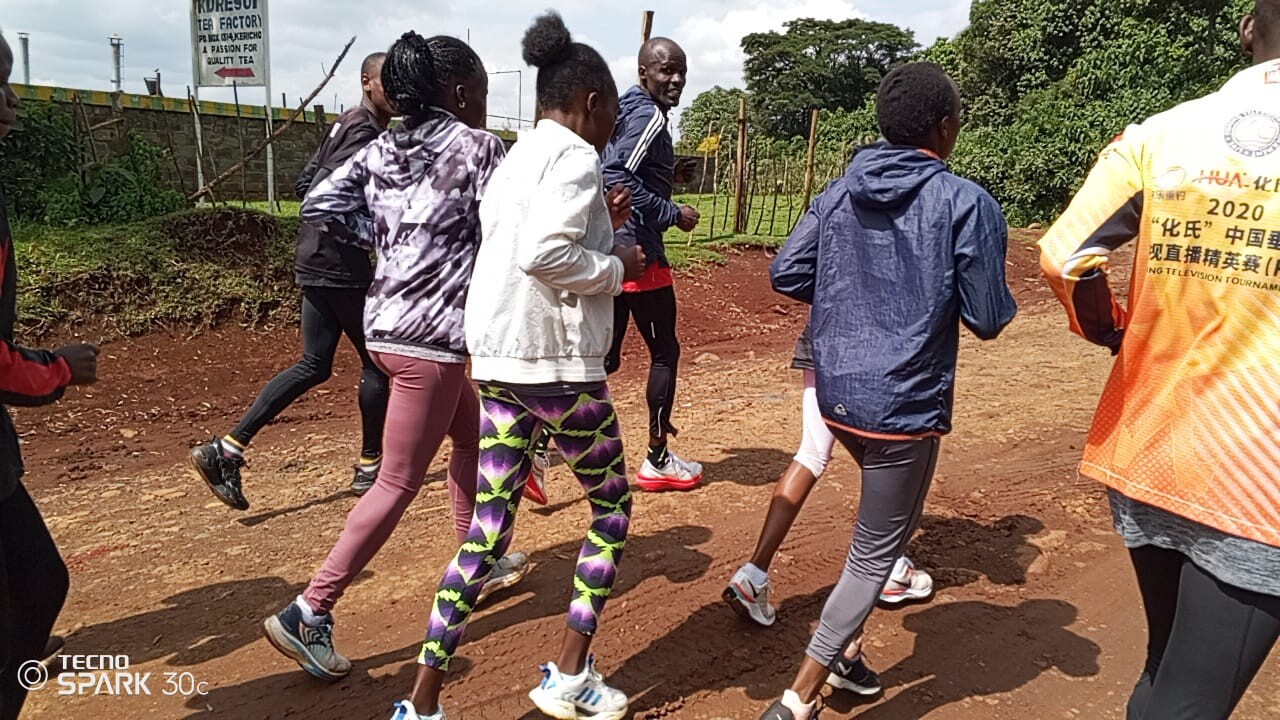
“I have nothing more than joy. Being at Soi’s camp is more than home to me. We eat well, sleep well, and train well. Running alongside an Olympian like Edwin Soi is a huge motivation.”
Gilbert Kenduiywo, a full marathon runner, agrees:
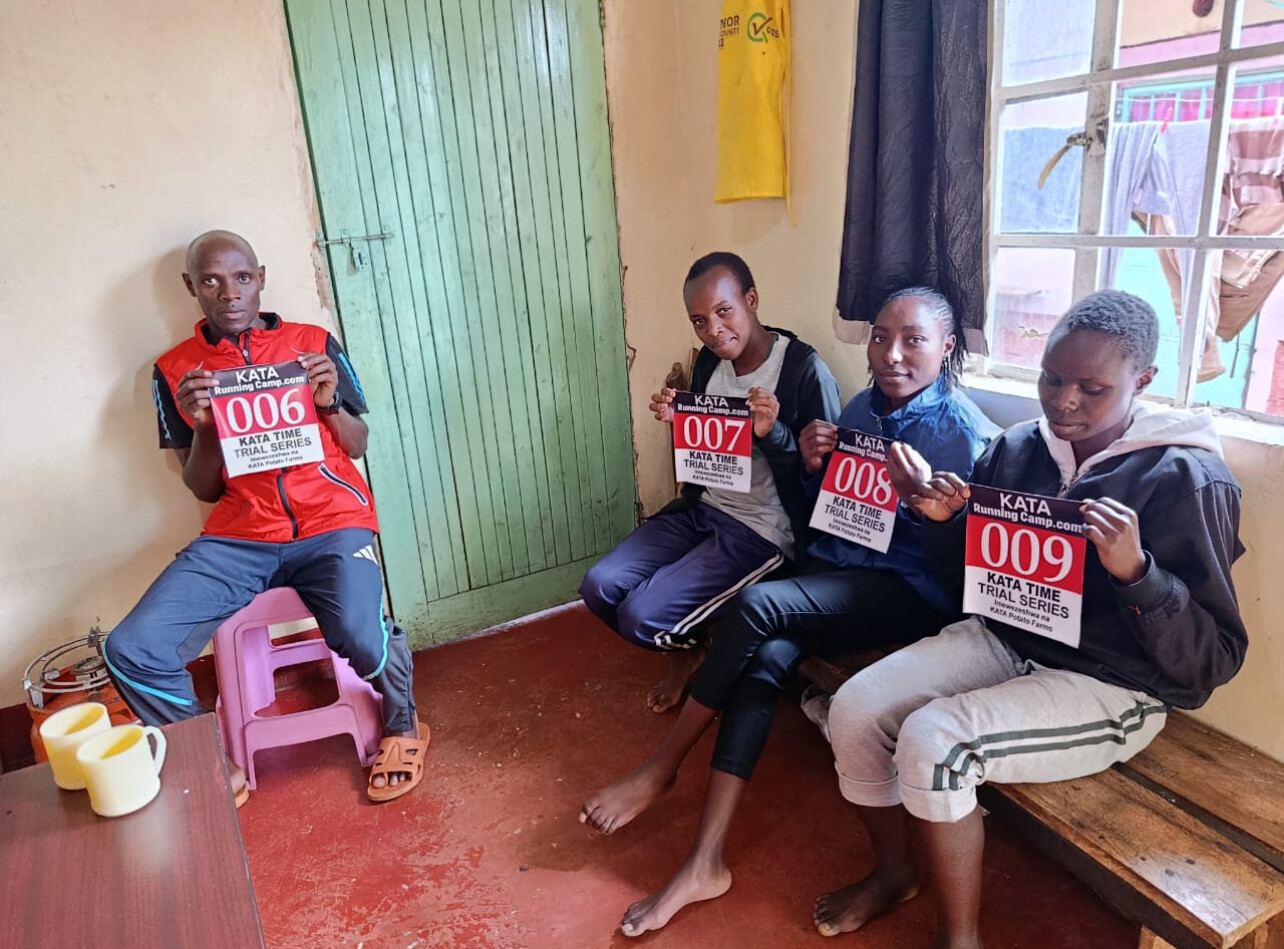
“I thank Soi because he has brought us from where we were, courtesy of Bob Anderson. Running involves dedication, and it is through this that we now have a place to live, eat, and train. I also thank Bob Anderson for the noble idea. Engaging in farming as an income-generating activity after training means a lot to us.”
Kuresoi: Nature’s Perfect Stadium
The rugged beauty of Kuresoi is more than just scenery; it's a natural high-performance lab. The red-earth trails, the crisp mountain air, and the altitude of 2,700 meters form the ideal foundation for endurance athletes.
“Our routes weave through Mau Forest,” Soi says, pointing to a distant hill where runners disappear into the mist. “These aren’t just trails. They’re tests of character.”
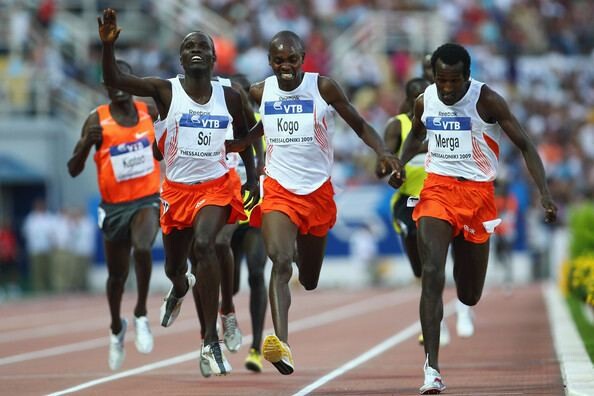
The KATA Vision: Running with Purpose
Soi’s training camp is backed by the Kenyan Athletics Training Academy (KATA), founded by Bob Anderson, the visionary behind Runner’s World magazine. But what makes this camp stand out isn’t just the training — it’s the fusion of sport and sustainability.
With support from KATA, Soi and his athletes engage in agricultural projects, most notably the Potato Project. When they’re not clocking miles, runners plant, harvest, and manage farming plots — gaining not only a source of income but vital life skills.
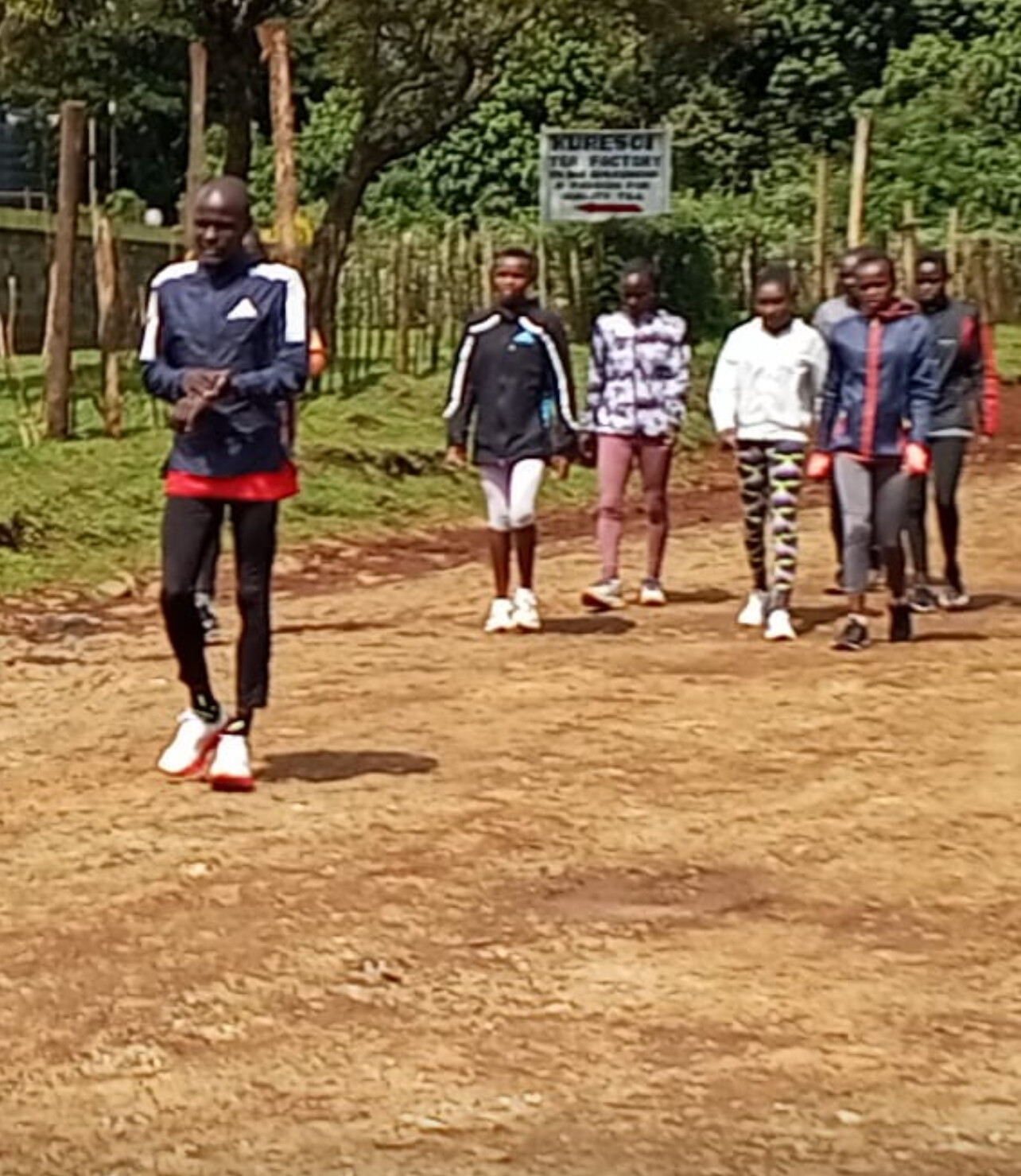
“No one else had thought of supporting athletes this way — giving them both a place to grow athletically and financially,” says Soi. “Bob’s idea came at the perfect time.”
Athletes echo this gratitude.
Edmond Rono, a distance runner from Sotik, shares:
“I used to train in Sotik, but after joining Soi's camp—supported by KATA—I’ve experienced a complete transformation. We stay comfortably and enjoy everything from training, meals, to accommodation. My future now looks bright.”
Isaiah Kipkurui, a road runner, adds:
“The support from KATA through Edwin Soi has meant a lot to us as athletes. Since joining the camp, we’ve seen remarkable improvement in our performance and lifestyle.”
Cheptoo, a 3000m specialist with a personal best of 9:30, also credits the camp for her progress:
“Coming from Sotik and joining Soi’s camp has been a turning point. Accessing proper meals and accommodation as an athlete is a great opportunity. I’m now preparing for the upcoming cross-country races this month.”
And Winny Chebet, a determined 10,000m runner, shares:
“The opportunity given to me through Soi’s camp, supported by KATA, has made me optimistic. I believe my future is bright, and I will be able to hit my running targets.”
Running Clean, Running Proud
While training and farming form the physical and economic backbone of the camp, discipline and integrity shape its soul. Soi is fiercely committed to clean sport — a principle he insists every athlete lives by.
“My athletes know I’m strict,” he says. “There’s no shortcut in this sport. I do not support doping, and I never will. If you want to enjoy the fruits of your labor, you must do it right.”
In a time when Kenyan athletics has been shaken by doping scandals, Soi’s stance is both timely and bold. His camp stands as a model of ethical training, and his leadership provides athletes with more than a place to train — it gives them a moral compass.
Beyond the Finish Line
Soi knows his racing clock is ticking. Though still active in marathons, he estimates he has two or three years left of elite racing. But that doesn’t worry him. His eyes are fixed on the future — one that includes hundreds of young athletes inspired and supported through his camp.
“I’m not just training runners,” he says. “I’m building people. Strong, disciplined people who will take Kenyan running to the next level.”
He acknowledges the crucial role of Athletics Kenya and the Ministry of Sports in establishing youth training camps nationwide. “Their efforts align perfectly with our vision here,” he says. “We’re all working toward the same goal — to empower youth through athletics.”
A Legacy Written in Footsteps
As the sun rises over the Mau Forest and the last runner finishes the morning loop, Soi jogs back toward camp with his group, his figure still strong, still focused. Around him are the dreams of others — a living tribute to his journey.
He’s a man who knows the podium. But today, Soi’s greatest pride isn’t in medals or titles. It’s in the smiles, strength, and discipline of those who now run beside him.
“Running gave me everything,” he says. “Now, I give back — through sweat, through sacrifice, and through the soil we farm together.”
In Kuresoi, the second wind of Edwin Soi is not a comeback — it’s a new beginning, and it’s lifting others with every stride.
by Robert Kibet
Login to leave a comment
Galen Rupp Set for Comeback at Wharf to Wharf 6-Miler After 1.5-Year Hiatus
Four-time Olympian and two-time Olympic medalist Galen Rupp is officially back on the starting line.
After being sidelined for the past 18 months due to a lingering hip issue, Rupp is set to make his long-awaited return to racing this Sunday at the iconic Wharf to Wharf 6-Mile race in Santa Cruz, California.
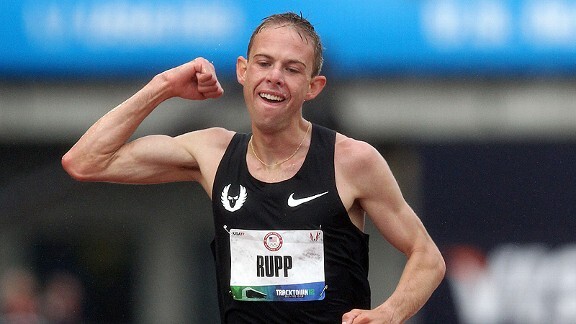
This will be his first race since early 2024—and one that fans and fellow runners alike have been waiting for.
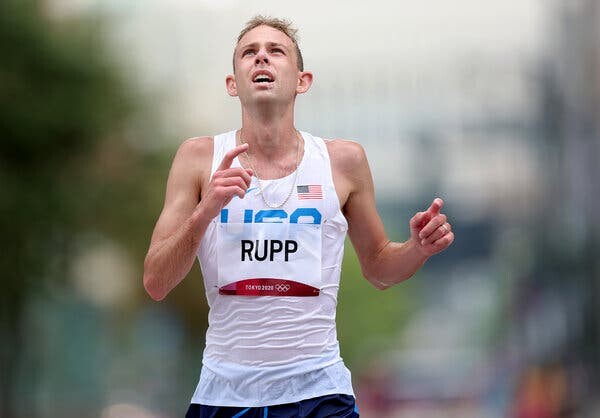
“I’ve missed the rhythm of race day,” Rupp shared earlier this week. “This is just the first step, but I’m excited to be out there again, doing what I love.”
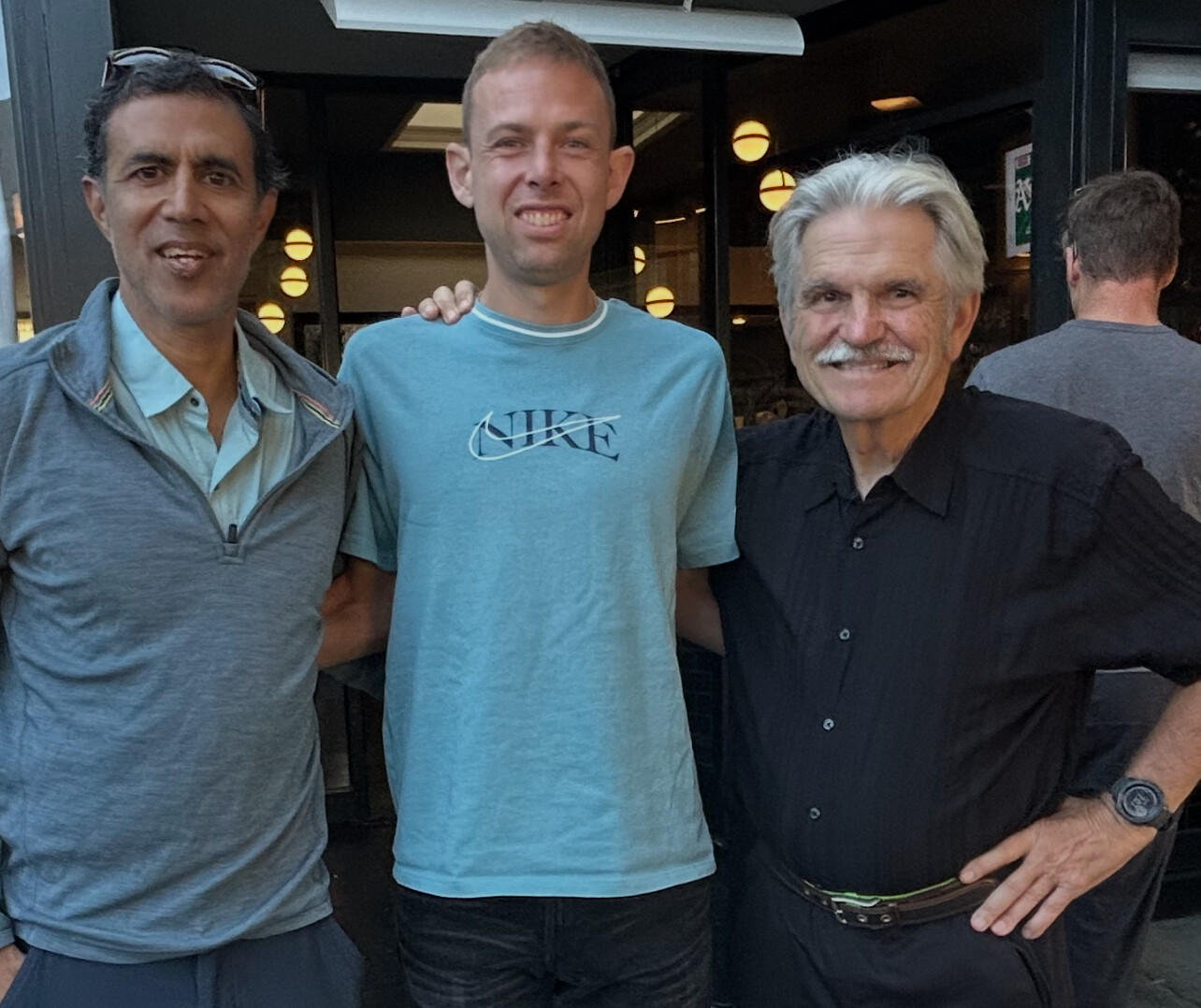
The Wharf to Wharf, a scenic and fast six-mile race from Santa Cruz to Capitola, draws a mix of elite and recreational runners each year. With limited spots and a festive coastal atmosphere, it has long been a summer staple on the West Coast running calendar.
Rupp’s entry was a quiet one, but it didn’t take long for word to spread. The 38-year-old American distance legend hasn’t raced since suffering a setback in his bid to qualify for another Olympic team in early 2024. Ongoing hip complications forced him to the sidelines for rehabilitation and recovery.
Now, with months of solid training behind him and the injury finally in the rearview, he’s ready to test himself in a competitive setting once again.
“We had dinner tonight with Galen,” said Bob Anderson, founder of My Best Runs. “I asked him if he was ready to take the win, and he just gave me that smile that said it all.”
According to Anderson, Rupp’s training has gone well, the hip is no longer an issue, and with favorable weather conditions expected Sunday morning, everything is lining up for a strong showing. “He had a good pasta dinner,” Anderson added. “He’s ready to do it.”
While no one expects a record-breaking performance—Rupp himself cautioned he’s still working back into full form—his participation alone marks a significant moment for American distance running.
Few runners have accomplished as much as Galen Rupp:
• Olympic Silver Medal (10,000m, London 2012)
• Olympic Bronze Medal (Marathon, Rio 2016)
• Multiple U.S. Titles across the 10,000m and marathon
• 2:06:07 personal best in the marathon
His return signals hope that one of America’s greatest distance talents still has more to give.
“He could’ve quietly stepped away,” one local runner said. “But the fact he’s toeing the line in Santa Cruz shows he’s not done yet.”
The race begins at 8:00 am. on Sunday, with Rupp expected to line up alongside a strong field. Whether it’s a win, a top-10, or just crossing the finish line, this race marks an emotional and meaningful return for one of the sport’s most decorated runners.
last photo Galen with Amol and Bob after dinner in Palo Alto the night before his comeback race.
by Boris Baron
Login to leave a comment
He finished 5th clocking 28 minutes flat for six miles. Solid come back! - Bob Anderson 7/31 11:42 am |
Wharf to Wharf
Each year, on the fourth Sunday in July, thousands of runners from across America and around the globe return to Santa Cruz, California for the annual six-mile race to Capitola-by-the-Sea. First run in 1973 by a handful of locals, the Wharf to Wharf Race today enjoys a gourmet reputation in running circles worldwide. Its scenic, seaside setting, perfect weather, and...
more...Doreen Waka Is Sprinting Toward History—If Kenya Will Let Her
At the 2025 Athletics Kenya Trials held at Nairobi’s Ulinzi Sports Complex, Doreen Waka blasted out of the blocks and powered through a stiff -2.0 m/s headwind, crossing the finish line in 12.02 seconds to win the women’s 100m final. The performance not only secured her a gold medal but also earned her a coveted spot on Team Kenya for the upcoming World Championships in Tokyo.
She defeated a talented field, including Loice Nyanchoka Morara (12.09), South Sudan’s Lucia William Moris (12.10), and Delisha Atyang (12.14), while veterans like Monica Safania and Eunice Kadogo did not start. But for Waka, the win was about more than medals. It marked a defining moment in a career built on resilience, sacrifice, and an unshakable belief in her sprinting potential.
Running Barefoot, Dreaming Without Limits
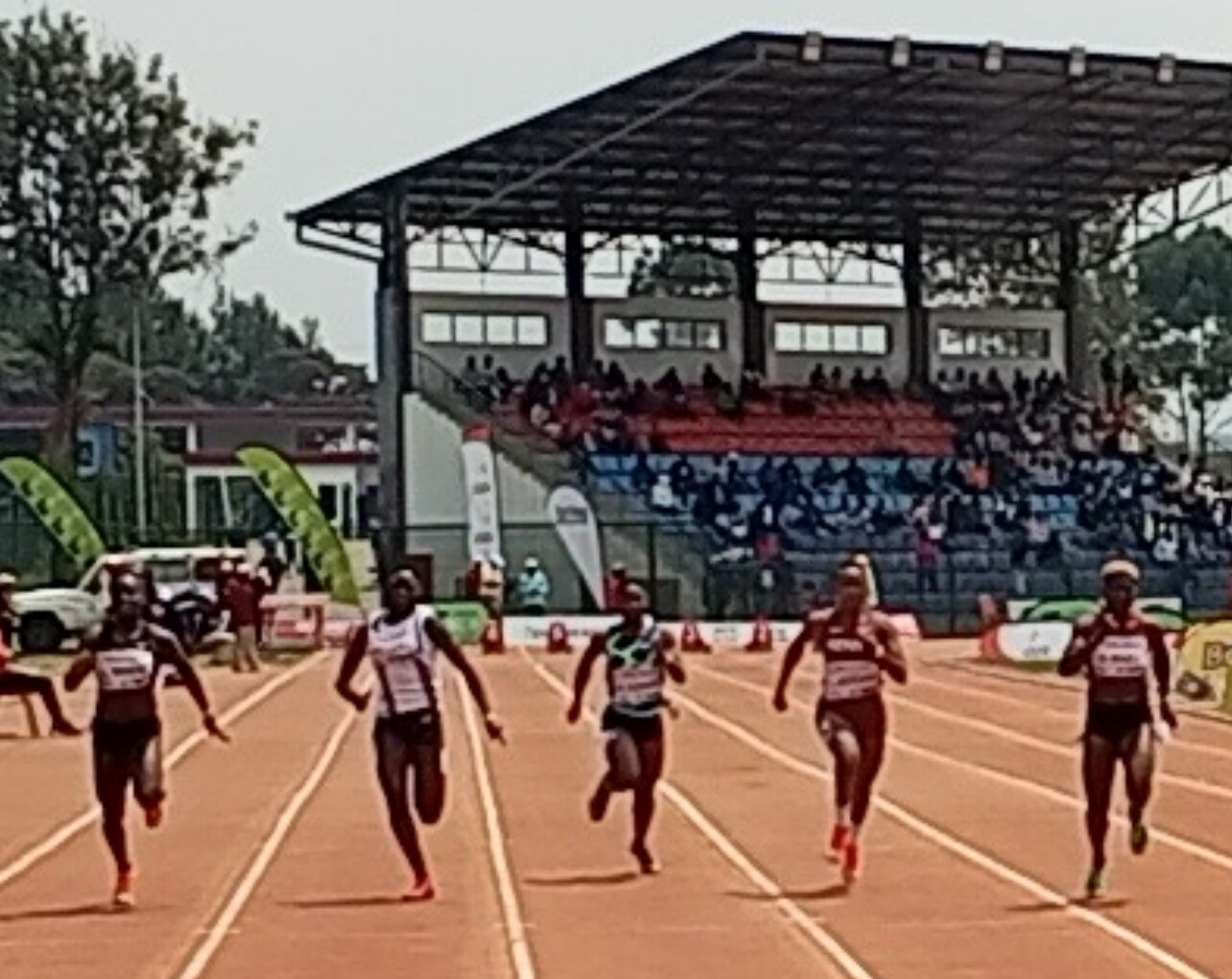
When Doreen takes to the track, what you see is explosive speed. What you don’t see are the barefoot years spent training on gravel roads, the financial struggles, or the countless setbacks that nearly derailed her dream.
Born on November 13, 1994, in Kiambu County, Doreen discovered her athletic talent in primary school. She ran the 400m in Standard Four but didn’t qualify for competition—she was too young. A perceptive teacher, however, encouraged her to shift focus to the 100m and 200m, a piece of advice that changed her life.
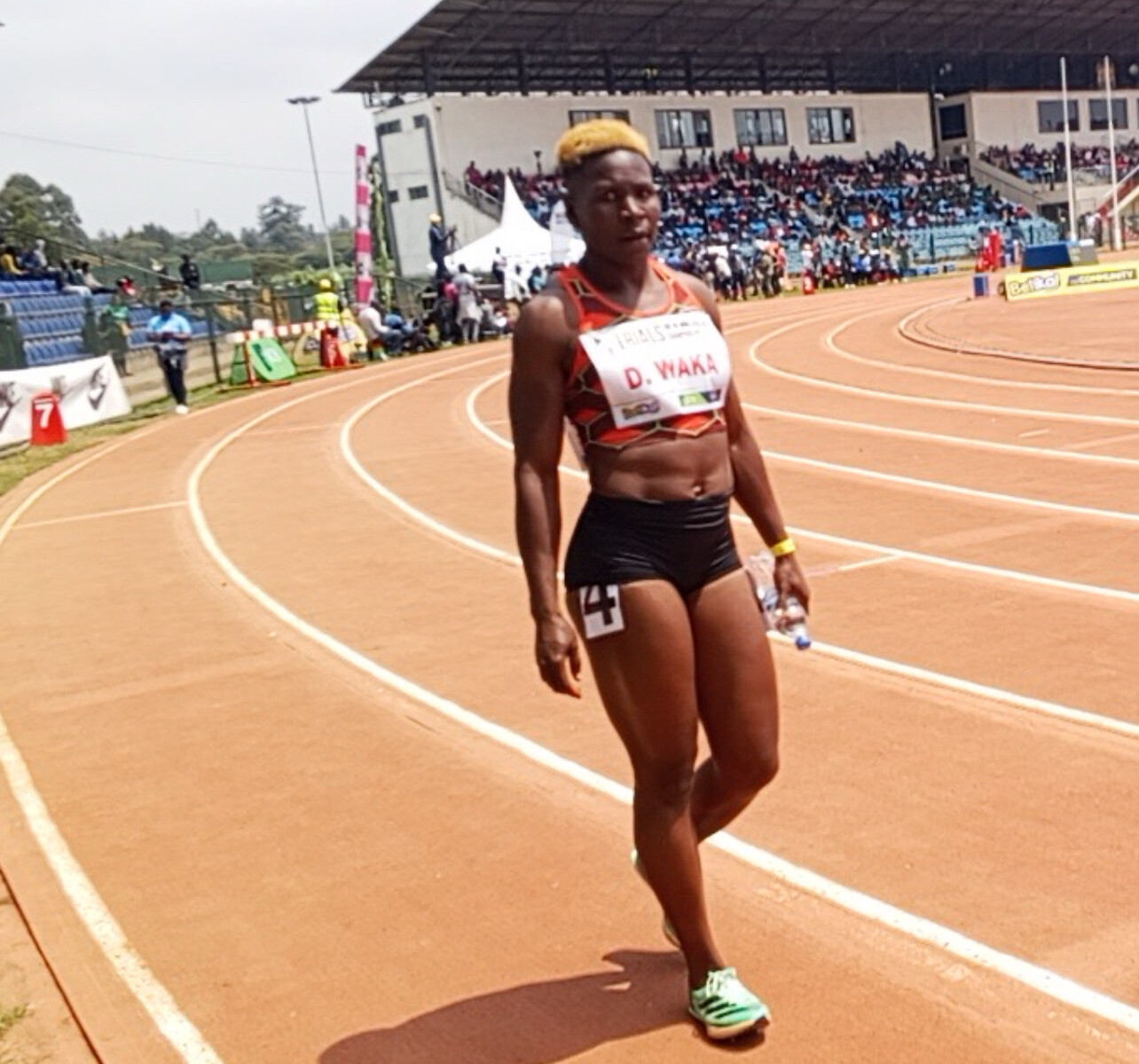
By Class Five, she had qualified for the national primary school championships in Nyahururu, placing 4th in the 100m and 3rd in the 200m. A year later, she won silver in the 100m at an East African schools meet in Kampala, Uganda.
Despite early success, life at home was difficult. Her family lacked the resources to support her athletics career. After finishing Class Eight, a well-wisher helped her join Brokhurst Senior School in Machakos County, where she again reached the national stage in Form Three. But in Form Four, she was barred from sports in order to focus on final exams—just when she needed exposure the most.
A Coach, a Believer, a Lifeline
In 2017, everything changed. Doreen met sprinter Kalewi Awange, who introduced her to Coach Julius Migwi (often called Coach Julious). At the time, she was living in Githurai, Nairobi, with her mother.
“When I told my mom I wanted to train, she hesitated,” Doreen recalls. “Coach Migwi had to come home and explain everything. Eventually, she gave me her blessing: ‘You’re the one who will help me.’”
Coach Julious remembers their first meeting clearly.
“She had no shoes. No passport. No real support. We took her in like family,” he says. “I’ve been acting as her parent ever since.”
Since then, Coach Julious has supported her with food, rent, transport, and training costs—often from his own pocket. Despite the challenges, Doreen has never wavered. Most days, she trains without proper spikes or access to a gym, using rough murram fields instead of tracks.
“If she had the facilities athletes in Botswana or South Africa have,” Julius says, “she’d already be running 10.9.”
A Boost from KATA—and a Call to Bob Anderson
Though resources remain limited, Doreen has received small but meaningful support from the Kenya Athletics Training Academy (KATA), founded by Bob Anderson, the American entrepreneur and lifelong runner who created Runner’s World magazine.
“KATA has helped in important ways,” says Julius. “Bob understands athlete development. Now we’re appealing to him directly: please consider supporting Doreen with gear, gym access, and small financial support so she can focus fully on her training.”
Doreen echoes the plea:
“I’m not looking for a shortcut. Just a chance. Bob, give me one international race, one opportunity—and I will make you and Kenya proud.”
Denied, But Never Defeated
Doreen’s path has been lined with near-misses and painful exclusions. In 2019, she qualified for the World Relays during trials in Iten—but couldn’t travel. She didn’t have a passport.
Later that year, during the COVID-19 lockdowns, she trained inside the grounds of Kamiti Prison, staying with a friend near the facility. Her perseverance finally paid off in 2021, when she represented Kenya in the 4x200m relay at the World Relays in Poland. She returned home and won the national 100m title.
Yet again in 2023, after qualifying for the African Championships in Ghana, she was left off the final team list.
“It didn’t kill my spirit,” she says. “This year I qualified again. But they didn’t take a women’s 4x100m team.”
A Voice for the Overlooked
Now 29, Doreen Waka is more than just a sprinter—she’s a voice for the many under-supported female sprinters across Kenya.
“Athletics Kenya should not conclude that Kenyan women can’t sprint. We just need the opportunity.”
Coach Julious adds:
“She’s already inspiring others. Hurdler Gladys Ngure, who ran 14.05 at nationals, joined our camp because of Doreen. These girls are training in KSh 50 gyms. Imagine what they could do with real support.”
A Camp Like No Other
In a bold move, Coach Julius recently established a KATA Running Camp and KATA Potato Farm, part of a larger initiative spearheaded by Bob Anderson, who has now launched 25 KATA camps across Kenya since May 25.
“I think my camp is the only running camp that exclusively trains sprinters in all of Kenya,” says Julius. "Thanks, Bob, for listening and helping Doreen go after her goals.”
This unique camp not only nurtures sprinters like Doreen but also provides food and economic support through potato farming, helping athletes stay focused on training while building a more stable future.
The Goal: Sub-11 and a Global Stage
Doreen Waka’s goal is clear: run 10.8 or 10.9 and place Kenyan women’s sprinting on the global map. With the right shoes, coaching, nutrition, and gym access, she believes it’s within reach.
“I believe in myself. I just need one solid chance.”
And with people like Coach Julius KATA, and Bob Anderson behind her, that chance may finally be coming.
Doreen Waka At a Glance
• Born: November 13, 1994 – Kiambu County, Kenya
• 2024 Trials: 1st in 100m (12.02s, -2.0 m/s headwind)
• International Debut: 2021 World Relays, Poland (4x200m)
• Coach: Julius Migwi
• Goal: Sub-11 in 100m and a global podium finish
• Camp: KATA Running Camp for Sprinters – the only sprint-exclusive KATA camp in Kenya
by Robert Kibet
Login to leave a comment
From Karate to 27:00: Zachariah Kirika’s Rise from Village Fighter to Road Racing Star
On a misty July morning in Nairobi, as thousands of runners pounded the city’s tarmac in the 10km race at the Nairobi City Marathon, one name quietly cut through the noise — Zachariah Kirika, 24, who stormed to a third-place finish in 27:00 flat.
But for Kirika, this wasn’t just a race. It was the culmination of years marked by struggle, sacrifice, and a relentless pursuit of purpose — a journey that began not on the running track, but in a quiet Kenyan village and later, in the disciplined world of karate.
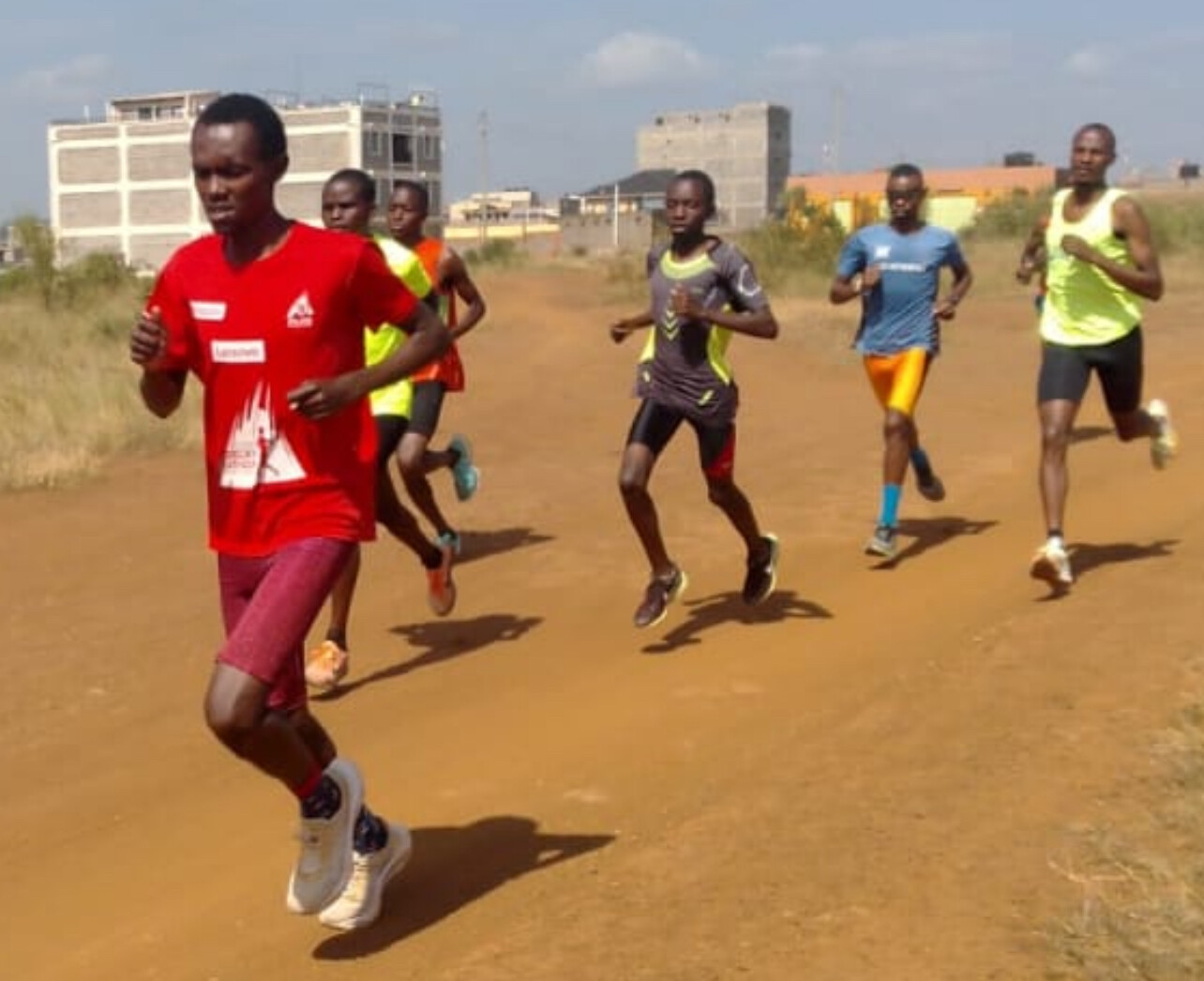
“I was born in Muthara village, a quiet place in Murang’a County,” Kirika says, now seated at the Kenya Athletics Training Academy (KATA) in Thika, where he trains. “We didn’t have much, but my parents gave me everything they could.”
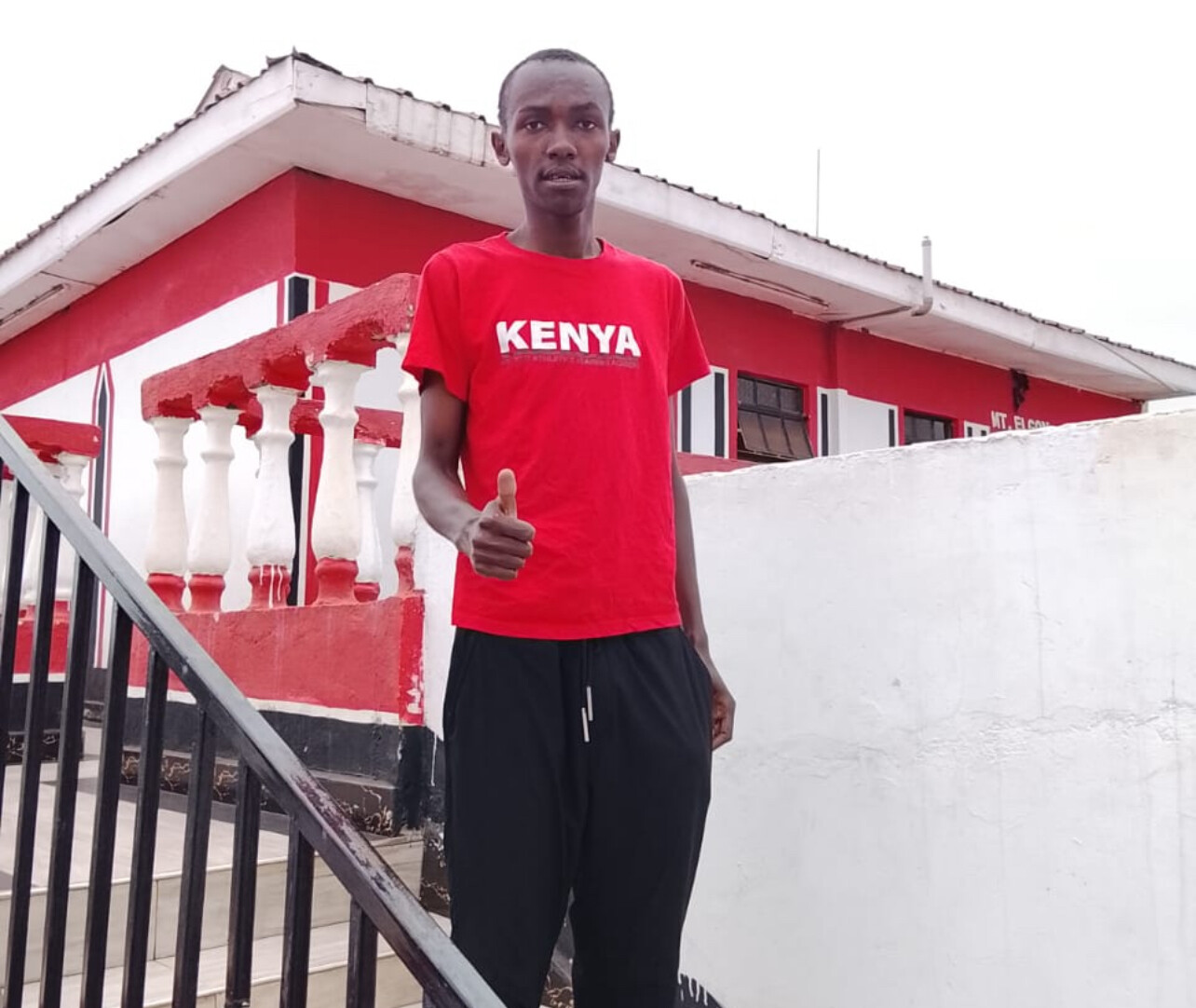
Karate Roots and Early Responsibility

As the eldest child in a modest family — his father a carpenter and his mother a homemaker — Kirika learned discipline early. When he wasn’t helping on the farm or tending goats, he was dreaming beyond the hills of Murang’a.
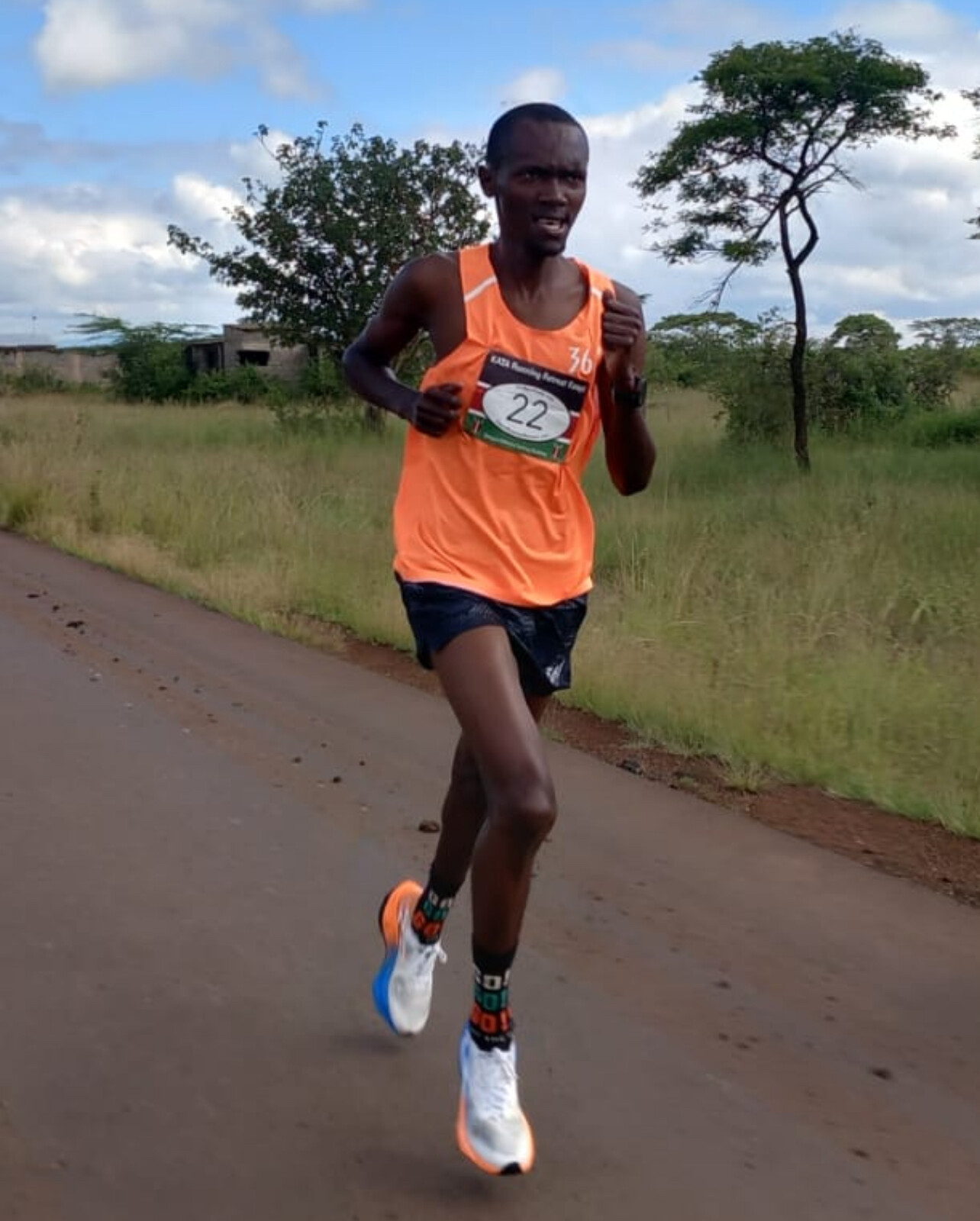
That dream took shape through karate, of all things.
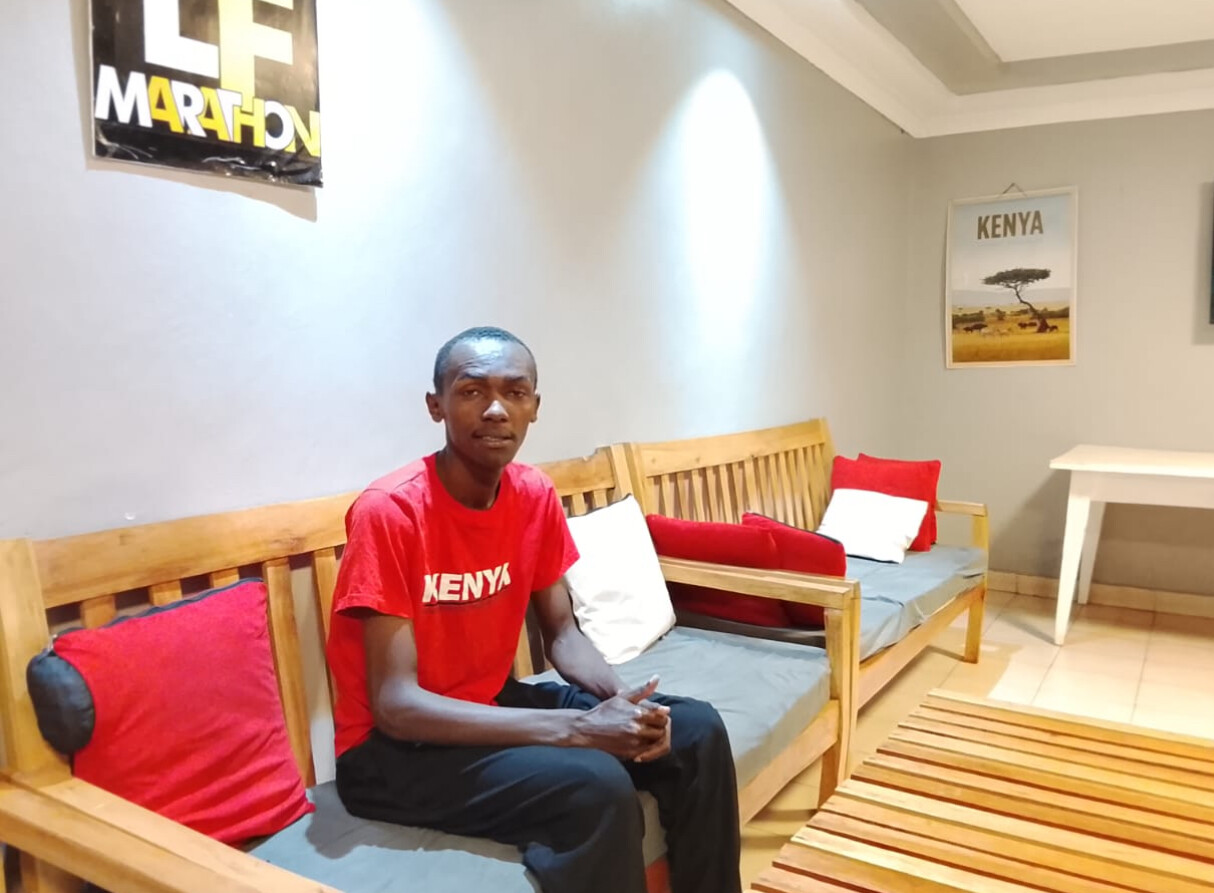
“At around 13, I started following a group of boys training in Maraba. They had no dojo, no gear — just heart. I joined them, and I trained every day, barefoot sometimes. Karate taught me control, focus, and resilience.”
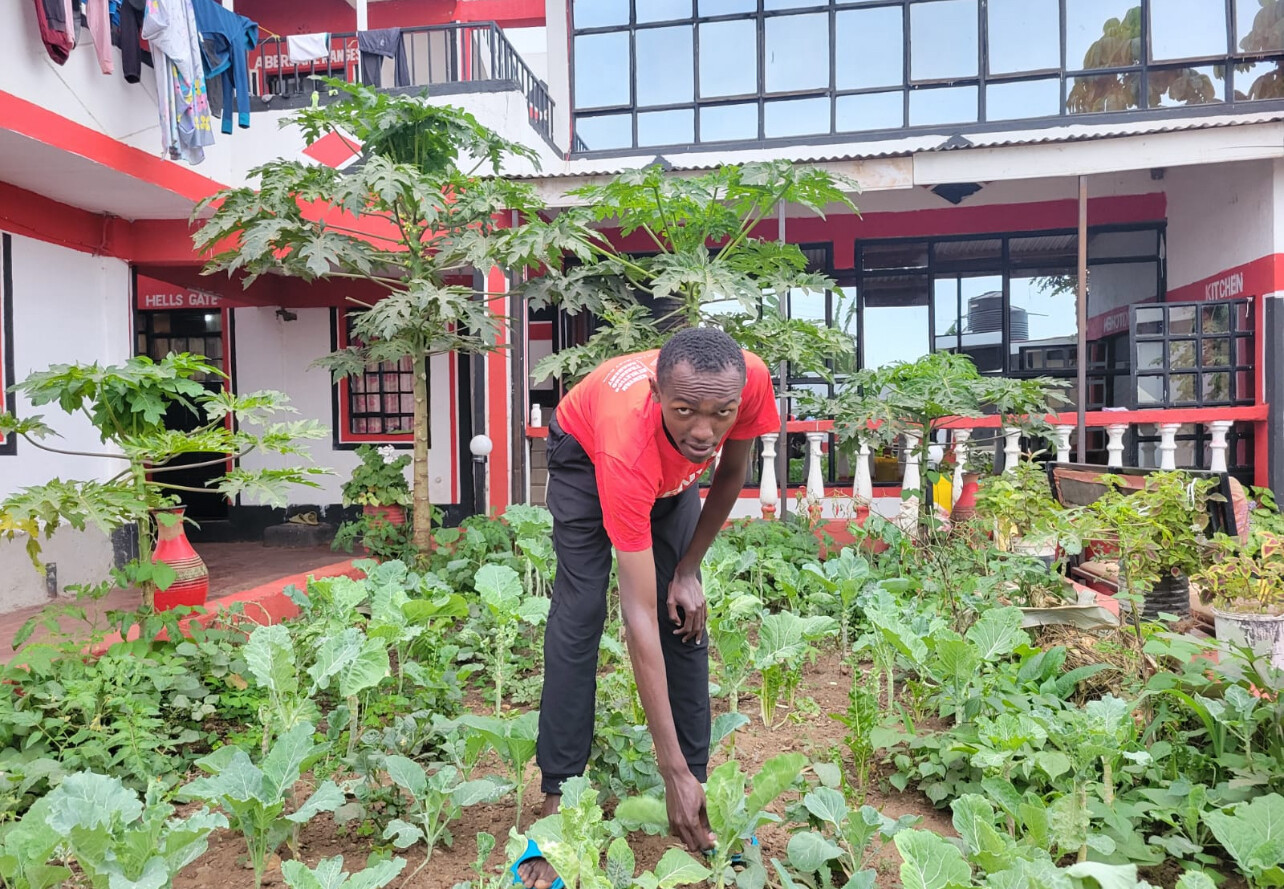
He carried that mindset through high school, juggling academics, martial arts, and odd jobs to support his family. By 2020, after finishing school, college wasn’t an option. He needed something more — something that could change his life.
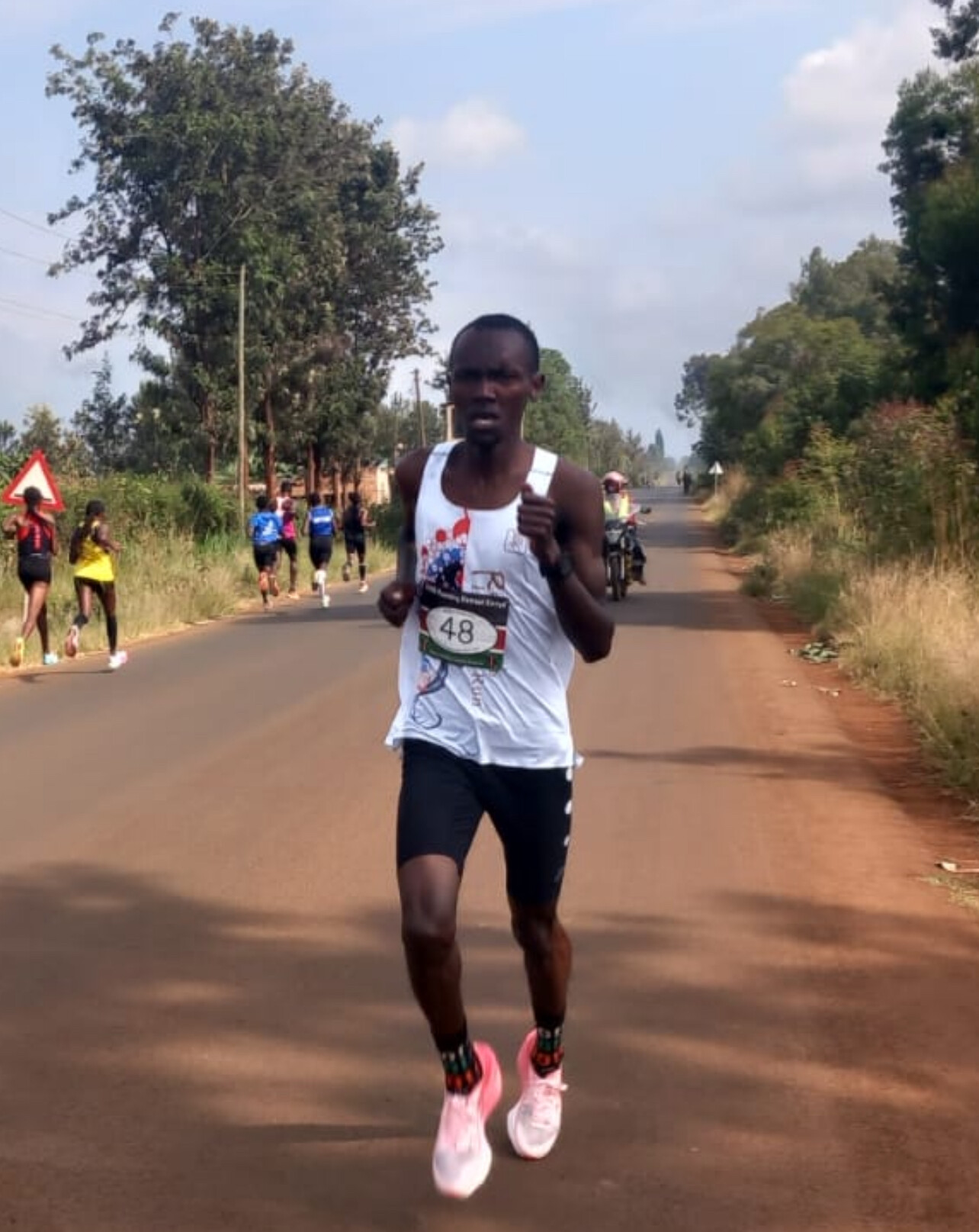
A New Path: Running
Initially, running was just fitness for karate. But a spontaneous entry into a local 5K fun run changed everything.
“I finished in the top 10 and people started telling me, ‘You have potential.’ That was the first time I saw a new path.”
The transition wasn’t easy. Kirika trained alone, without coaching or proper nutrition. But then came a life-changing opportunity: a spot at KATA, the training academy founded by American running pioneer Bob Anderson.
“KATA gave me structure, food, housing — but most importantly, belief.”
At KATA, Kirika began serious training under experienced coaches. He swapped kata routines for hill repeats, and sparring for speedwork. It wasn’t long before his times began to drop.
Nairobi Breakthrough
By early 2025, he had built momentum through smaller races, gaining confidence and sharpening his speed. But the Nairobi City Marathon 10K would be his biggest test yet.
“I was nervous, but I kept telling myself — just hold on.”
He did more than that. He surged with the lead pack, stayed composed through the rolling course, and finished third overall in 27:00, his first official sub-28 performance.
“That race changed everything,” he says. “It proved that you don’t need fancy gear or a big name to compete. You just need heart, and a team that believes in you.”
What Comes Next
Kirika now has his sights set on the half marathon, and eventually, the full 42.2 km. The KATA team is already working with him on long-run preparation, nutrition, and mental strategy for the next phase of his career.
“I know this is just the beginning,” he says with a quiet fire. “There’s still a long way to go.”
Still humble, still grounded, Kirika hasn’t forgotten his roots.
“Tell my parents I’m doing something meaningful. Tell them thank you. And tell them I haven’t forgotten where I came from.”
A Star on the Rise
As the sun sets over Thika’s training trails, Zachariah Kirika laces up his shoes. Behind him lies the path of a barefoot boy who once threw punches in dusty lanes. Ahead of him lies a road filled with potential, podiums, and purpose.
In a country bursting with undiscovered talent, Kirika’s story is a powerful reminder: with discipline, support, and belief, even the most unlikely runners can rise to greatness.
All photos were taken in and around KATA in Thika where Kirika lives, eat, train and works around the place. The racing photos were taken at KATA's monthly time trial.
by Robert Kibet
Login to leave a comment


